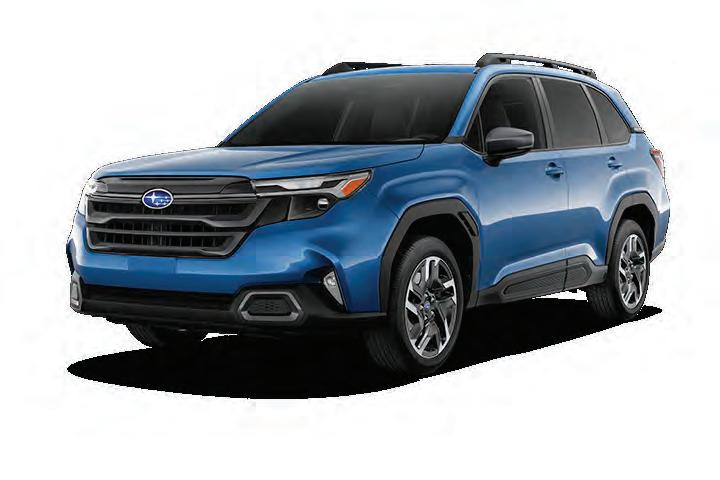








We believe in the human spirit and that anything is possible. We believe in building strong relationships and creating innovative customized solutions. As an industry leader in commercial and government contact center operations, our team of experts leverages world-class technology with an omnichannel, people-centric approach to telecommunications for our clients around the globe.
North End Teleservices deepens connections that allow our clients to succeed and our community to thrive. We foster our passion for our industry and community through job creation that has channeled more than $377M in economic impact right here in the heartland.
It’s not about doing better for just one person. We exist to make our community better by Creating Jobs and Changing Lives
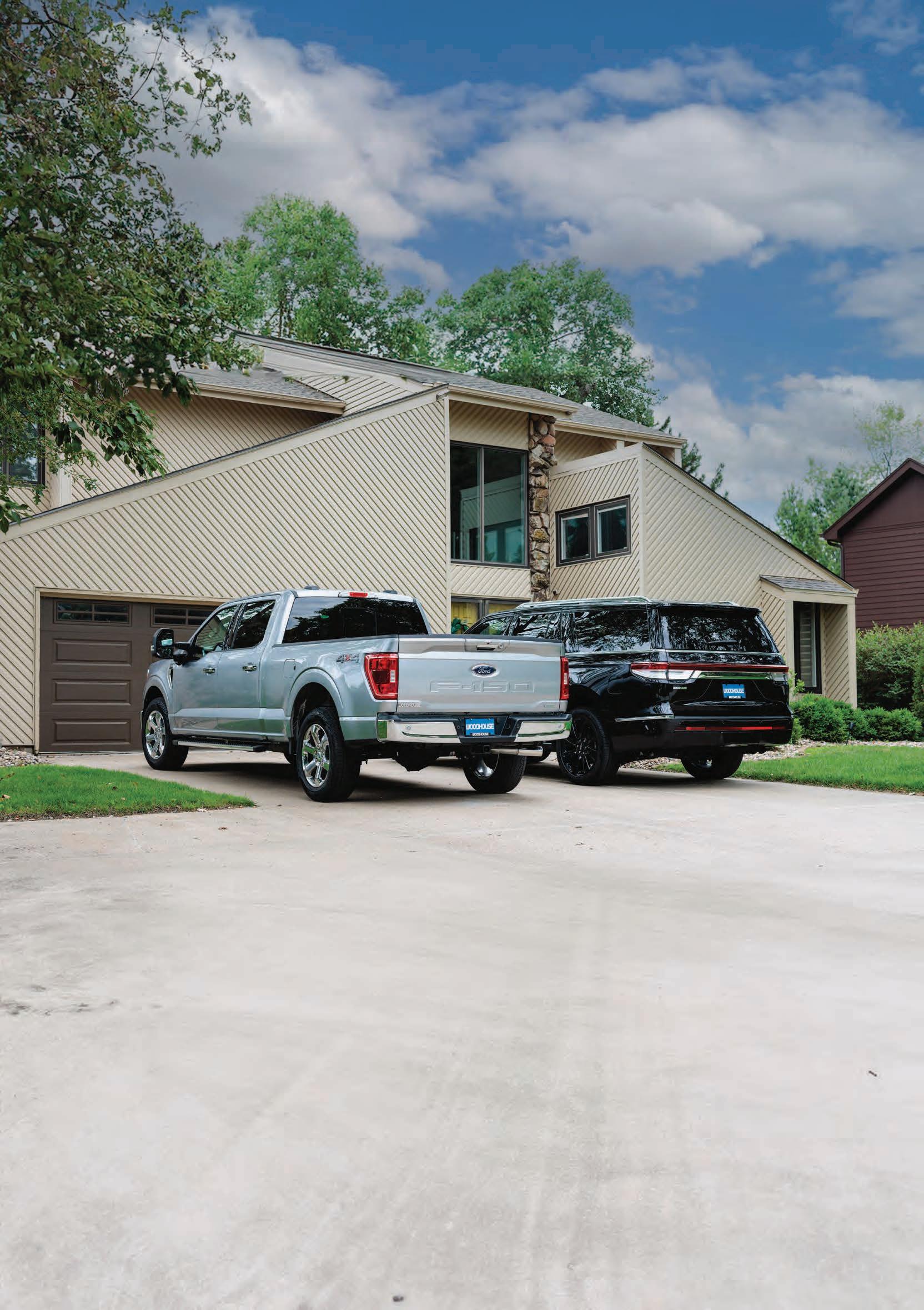


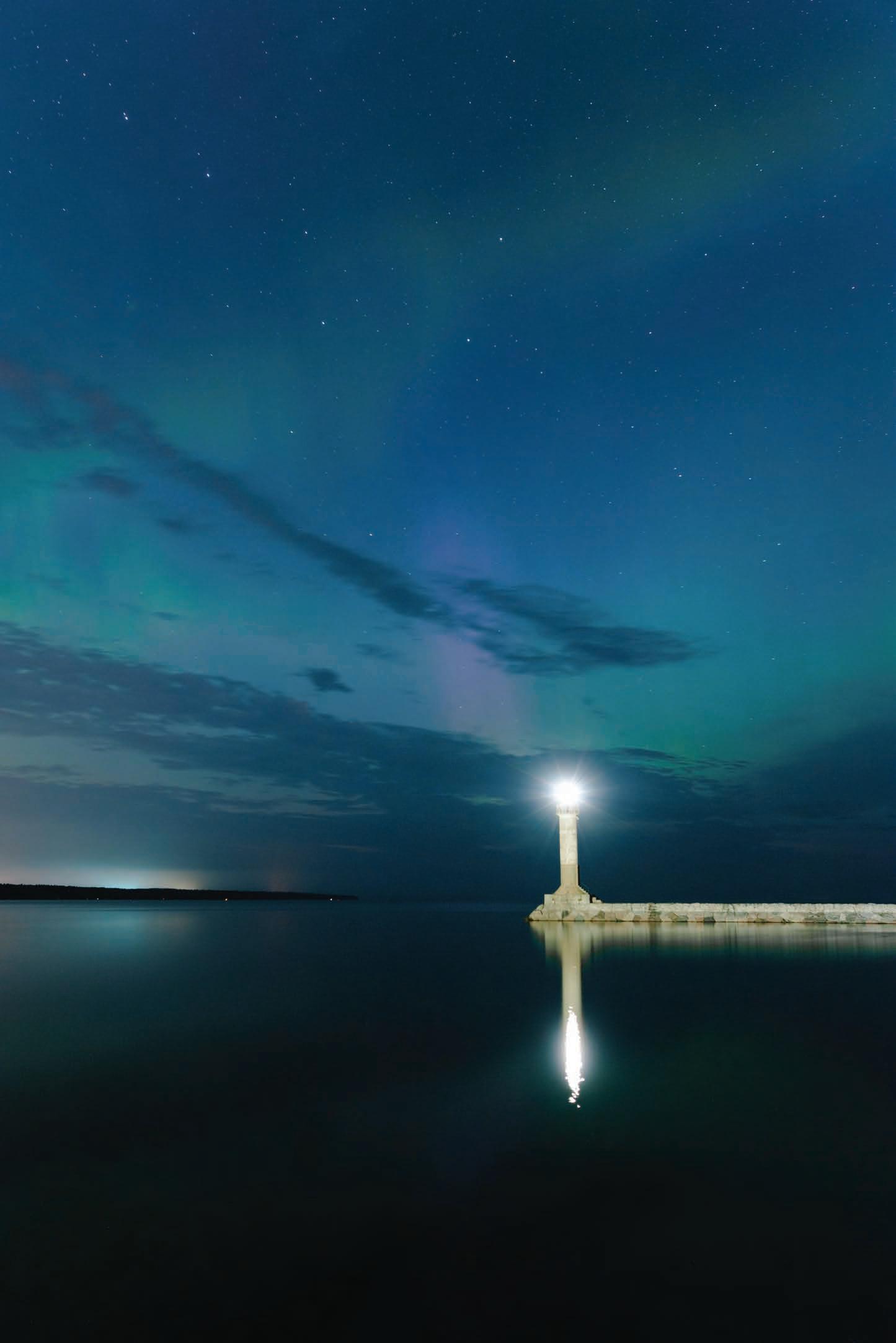
At FNBO, we’re a neighbor you can count on, serving Omaha and helping you bank your way since 1857.

More than 20 locations in and around town. Stop on by.

No matter what you’re buying, you aim to spend wisely—to buy the highest quality at a good price. We invest the same way.



There is a place for everyone here. Whether you are a newcomer or lifelong resident, this is a vibrant metro area which feels like home. It is more than just a place; it is a collection of neighborhoods and people who care and collaborate. Omaha fosters connections that make life here extraordinary. Live, work, and play in this welcoming haven.
Customers cruise through vendors at the downtown Omaha Farmer’s Market on opening day.
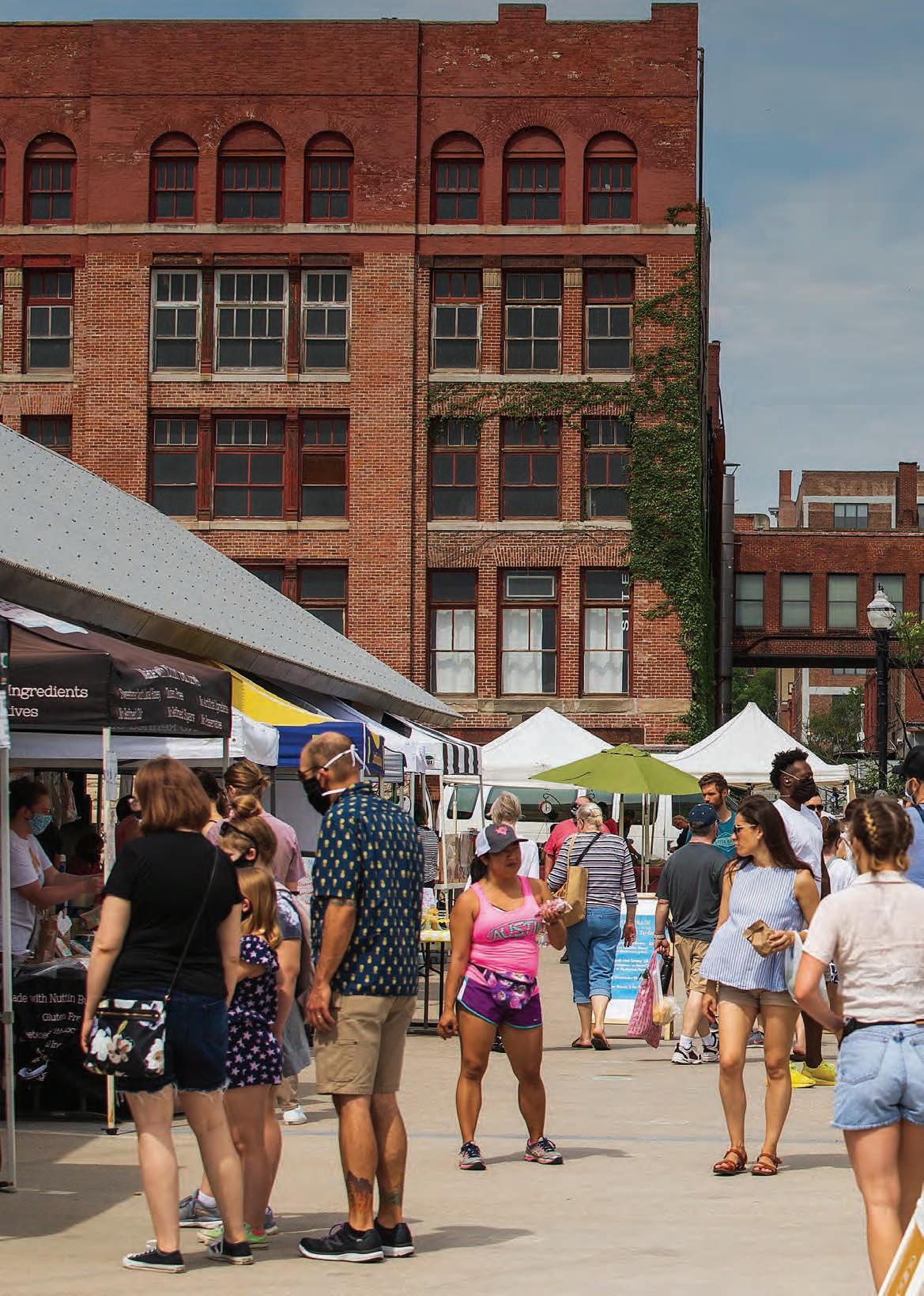


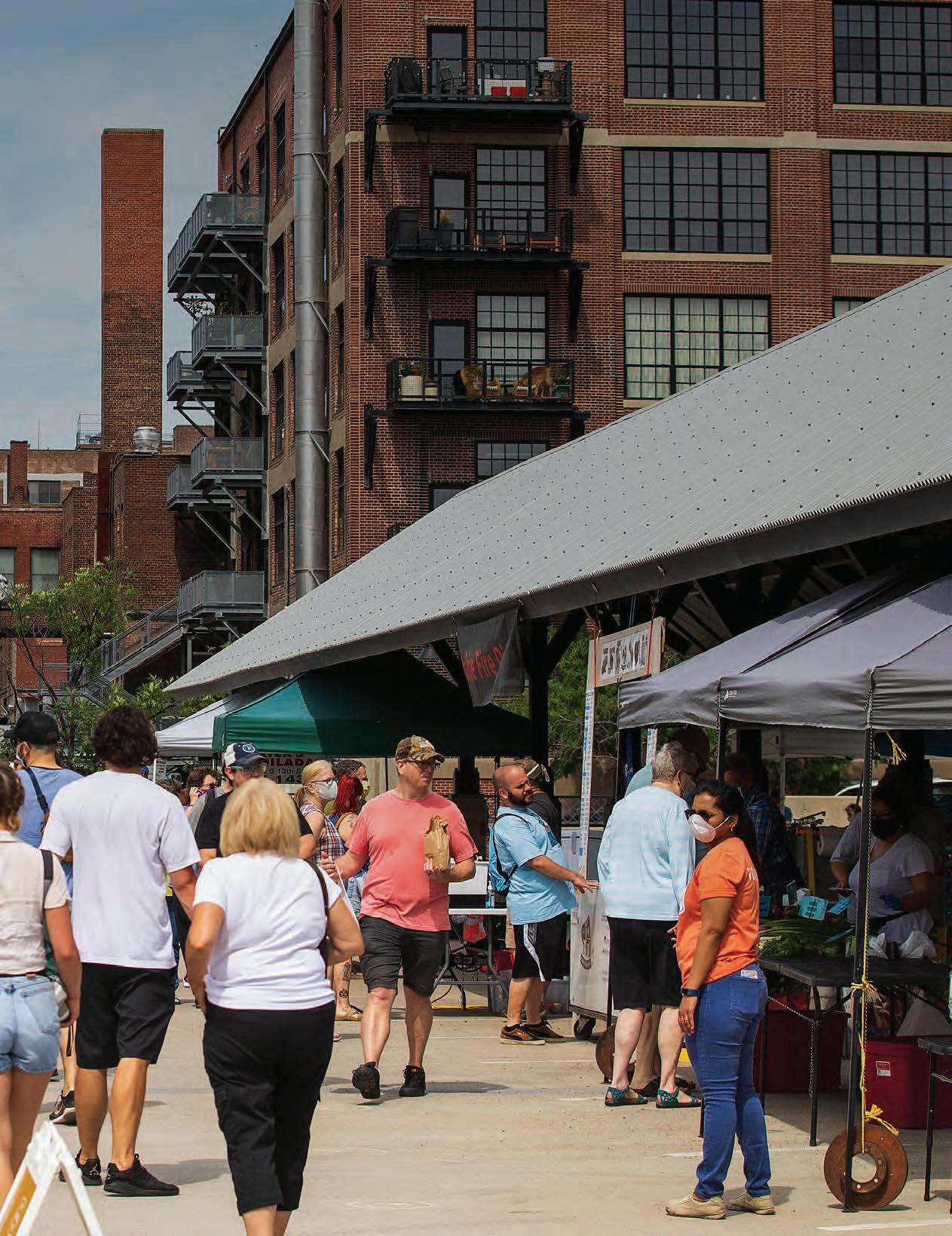

Welcome to Omaha—an exceptional city filled with energy, innovation, and an unwavering sense of community. As President & CEO of the Greater Omaha Chamber, I have the privilege of witnessing firsthand the remarkable spirit that makes our city one of the best places in the nation to live, work, and thrive.
Omaha is a place of boundless opportunity, where we turn our ambitious vision into reality. Our city has long been recognized for its strong economy, outstanding quality of life, and a culture of collaboration that drives progress. What truly sets Omaha apart are the people who work every day to build something greater.
We are a city that values hard work and big ideas. Omaha is home to Fortune 500 companies, world-renowned startups, and a flourishing small business ecosystem that fuels economic growth. With a diverse and dynamic workforce, we seek to attract top talent from across the country, while also nurturing homegrown professionals through robust educational institutions and workforce development programs. From cutting-edge tech firms to legacy industries that have stood the test of time, Omaha continues to redefine what it means to be a leader in the business world.
Beyond the boardrooms and factory floors, Omaha is a place where community matters. We are a city that takes pride in its neighborhoods, invests in its future, and looks to one another for our needs. Our world-class arts and culture scene, top-tier healthcare system, and abundance of parks and recreational opportunities make Omaha a place where people build their futures.
As you turn the pages of this book, I invite you to discover the essence of Omaha. You’ll read about the businesses that are shaping our economy, the visionaries who are driving change, and the moments that define our city’s past, present, and future. You’ll see why people from all walks of life choose Omaha—not just as a stop along the way, but as a place to put down roots and make a lasting impact.
The momentum in our city is undeniable, and the future has never been brighter. We are building a Greater Omaha together, and whether you are a long-time resident, a new arrival, or a visitor considering making this city your home, you have a role to play in this journey.
Omaha is a city of possibility. And I, for one, can’t wait to see what we accomplish next.
Sincerely,
Heath Mello President & CEO of the Greater Omaha Chamber
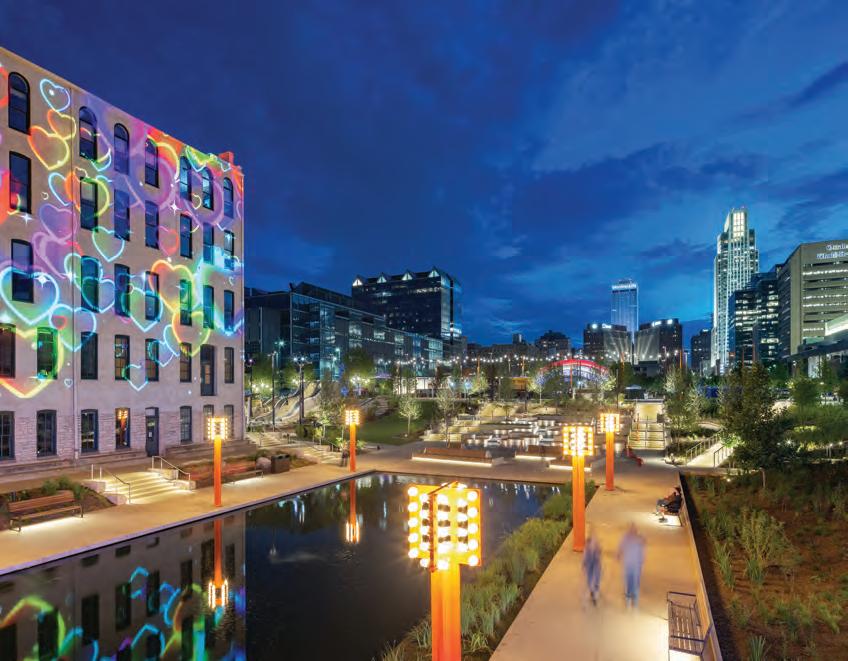
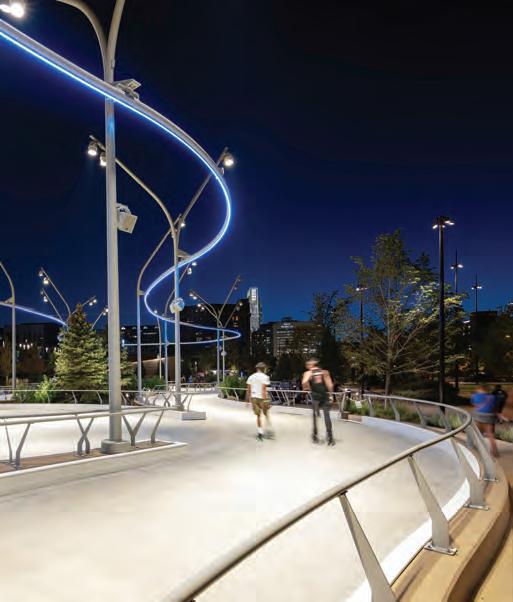


Through smart infrastructure and high-performance buildings, we’re helping our clients push open the doors to what’s possible, every day.
Valmont® has called Nebraska home for nearly 80 years. In that time, we’ve become a global leader in creating vital infrastructure and advancing agricultural productivity. With projects like illuminating The RiverFront in downtown Omaha and providing innovative agricultural solutions to support global food security, we remain committed to doing more with less to improve everyday lives.
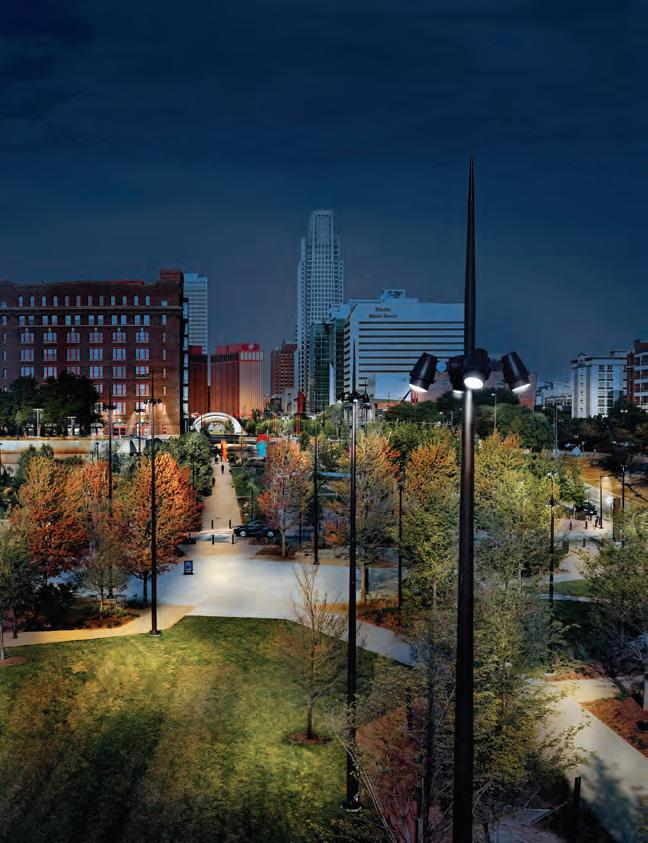




“A Greater Omaha,” 2025 edition, is a Greater Omaha Chamber publication created and produced in partnership with the Omaha World-Herald to showcase the communities and region that make Omaha — A Greater Omaha.
President & CEO, Heath Mello
808 Conagra Drive, Suite 400, Omaha, NE 68102 402-346-5000
info@OmahaChamber.org
OmahaChamber.org
SelectGreaterOmaha.com
GREATER OMAHA CHAMBER PROJECT TEAM
Project Manager: Jessica Perreault
Art Director: Mike Pechacek
Content Editors: Aron Wehr
Contributor: Madison Kielty
OMAHA WORLD-HERALD PROJECT TEAM
Project Lead: Cheri Dickmeyer-Reddick
Copy Editor: Pam Thomas
Writers: Mike Watkins & Kevin Warneke
Designers: Sam Kirkwood, & Michelle Moore-Burney
Photographers: Christopher Burbach, James R. Burnett, Katy Cowell, Kiley Cruse, Mark Davis, Matt Dixon, Megan Farmer, Rachel George, Rebecca S. Gratz, Nikos Frazier, Rich Janda, Sharon Kazmierski, Steve Liewer, Z Long, Chris Machian, Eileen T. Meslar, Anna Reed, Liz Rymarev, Kent Sievers, Lily Smith, Ryan Soderlin, Brendan Sullivan, & Kayla Wolf
Contributing Photography: Debra S. Kaplan, Sharon Kazmierski, Dan Schwalm/HDR, Avenue One, Getty Images, Glory Visuals, The Rose Theater, & Union Pacific
OMAHA WORLD-HERALD SALES TEAM
President & Publisher: Chase Rankin
Vice President Advertising: Andy Gassman
Advertising Staff: Mike Baldwin, Brandon Bell, Rick Carr, Tierney Clifford, Dayatara Craddock, Shannon Garner, Jennifer Johnson, Sam Kirkwood, Erin Kohl, Amanda Ramos, & Austin Smith.
ON THE COVER North Downtown Omaha, photo by ONElapse Photography
View digital publication at Go.omaha.com/AGreaterOmaha
Copyright 2025
Omaha World-Herald, 2301 N. 117th Ave, Suite 201 Omaha, NE 68164 | 402-444-1000 | omaha.com
Every effort has been made to ensure the accuracy of the information in this publication. Greater Omaha Chamber and the Omaha World-Herald assume no responsibility for misinformation. No part of this publication may be reproduced without joint permission of Greater Omaha Chamber and The World-Herald.
Printed by Aradius Group








































































































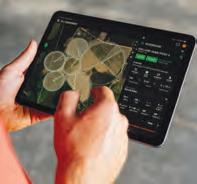
















































































































































































































Every member of our global team leads with passion, developing state-of-the-art agricultural, infrastructure, and Industrial Internet of Things (IIoT) technology solutions and products that solve real-world challenges efciently, safely, and sustainably. Together, we’re improving the quality of life for people around the world and those right next door.





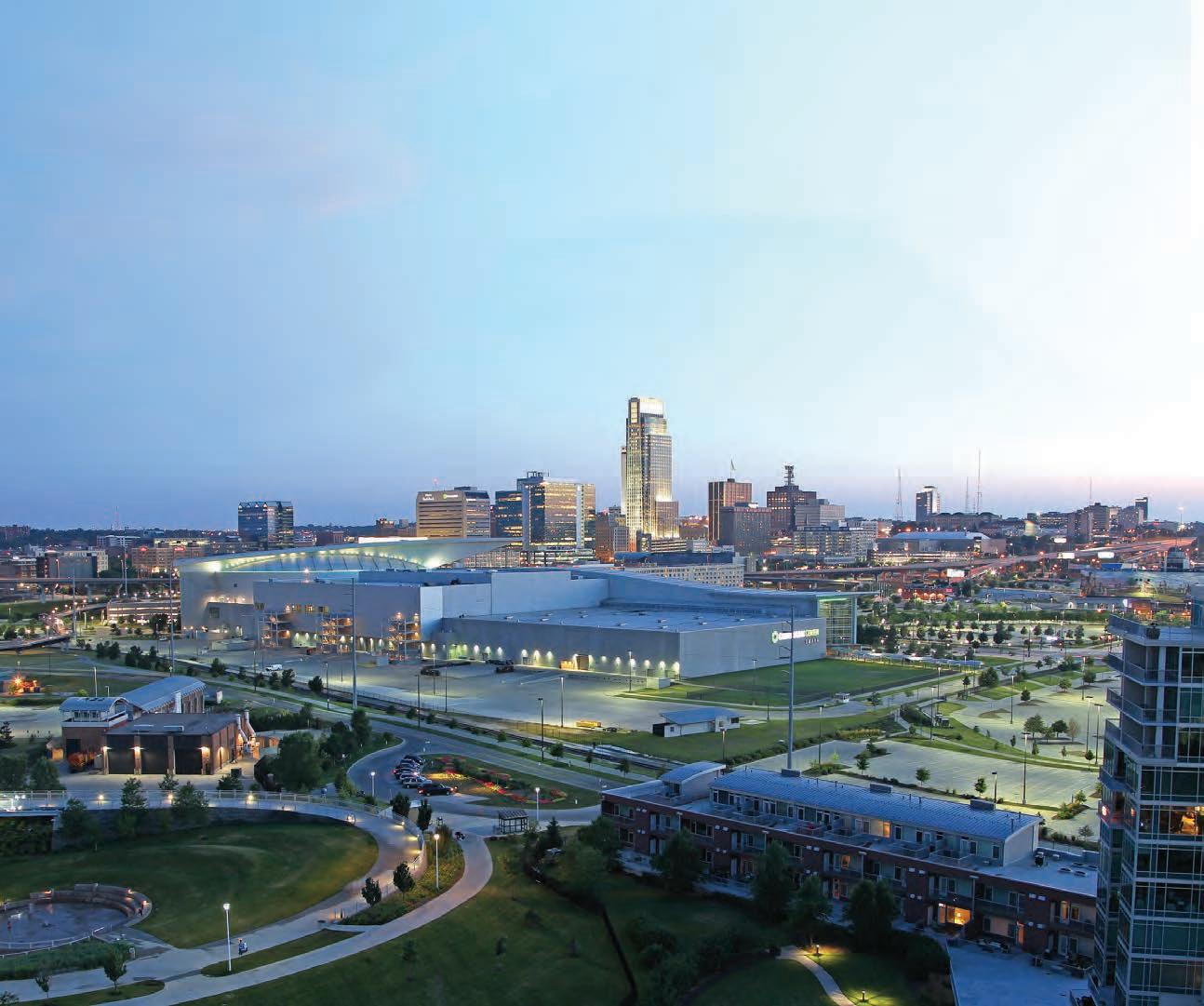
Number One Digital News
Subscription Website
#1 in Total News Website Traffic
(SEM Rush, December 2023 vs. WOWT.com and KETV.com)
#1 in Pages Per Visit – BY 3X!
(SEM Rush, December 2023 vs. WOWT.com and KETV.com)
1.5 Million Monthly Users (Google Analytics)
2.7 Million Monthly Sessions (Google Analytics)
15.6 Million Monthly Page Views (Google Analytics)
4 Minutes Average Time on Website
89% Growth in Digital Subscriptions since 2020
Number One Local News Audience Reach
68K Average Daily Print Readership
20.2K Opted-in Email Subscribers
163K Followers on Social Media (120K Facebook, 29K Instagram, 5K LinkedIn)
8.7K App Downloads
Omaha embraces everyone with open arms. Whether you are a newcomer or a lifelong resident, this vibrant city feels like home. It’s more than just a place; it’s a true community where diversity thrives. From cultural festivals to mental health initiatives, Omaha fosters connections that make life here extraordinary. Live, work, and play in this welcoming haven!
Rankings
Neighborhoods
Transportation
Education
Medical
Military
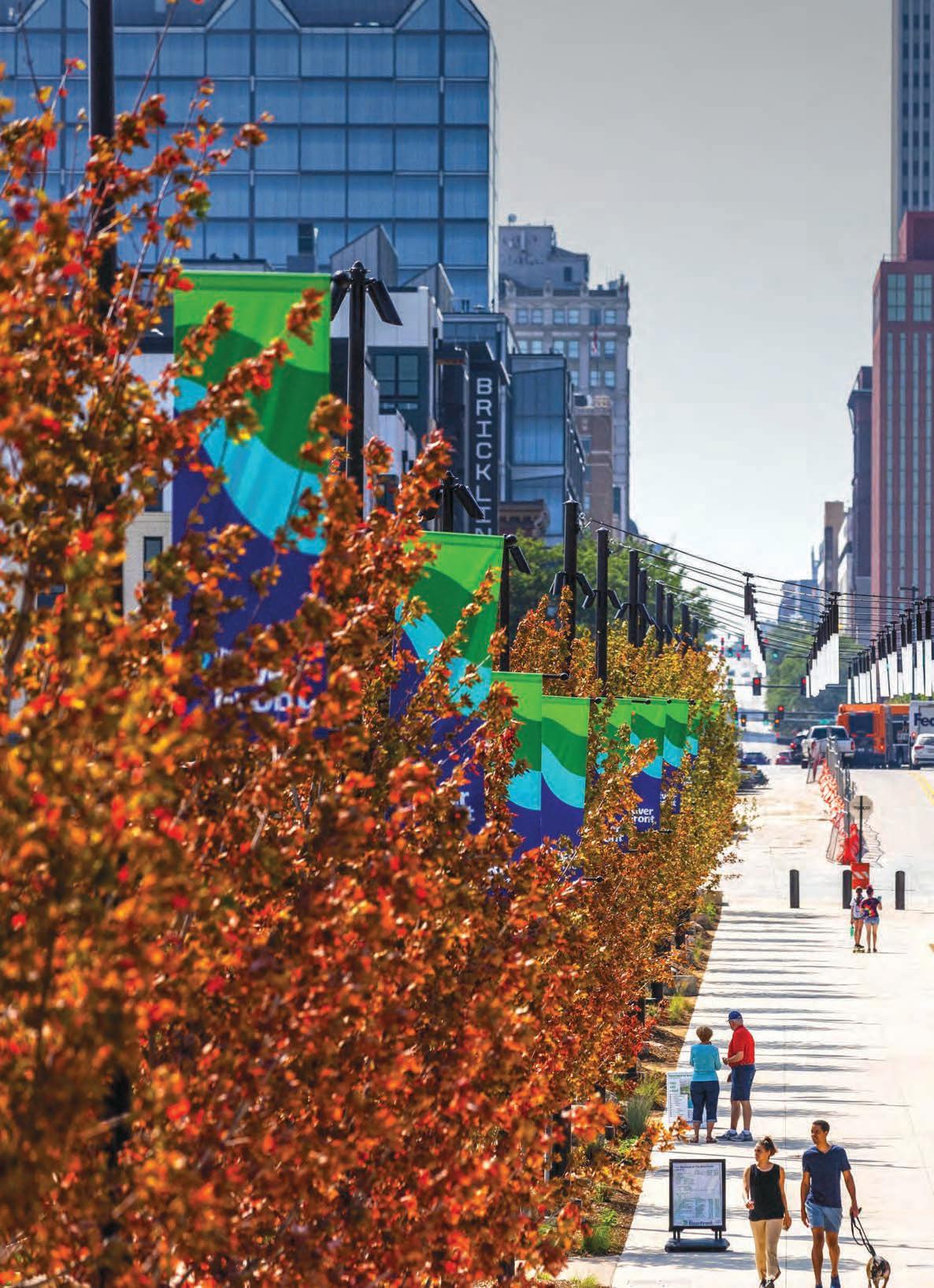

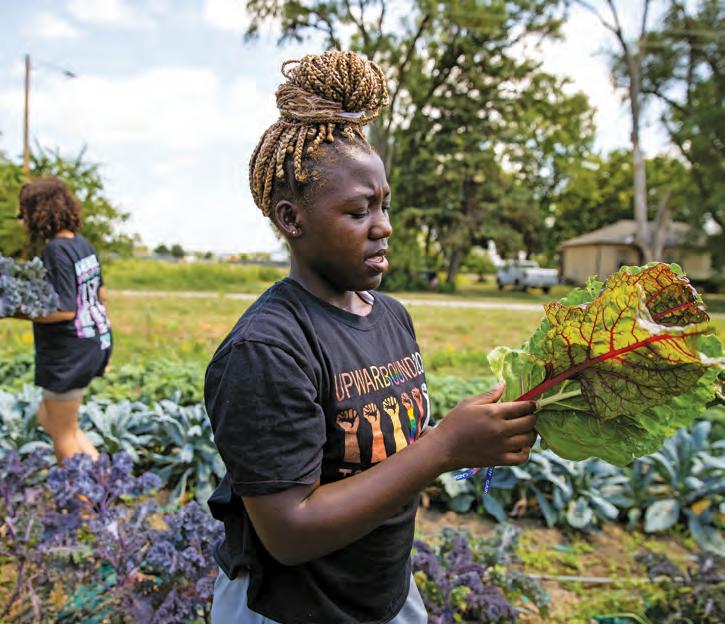
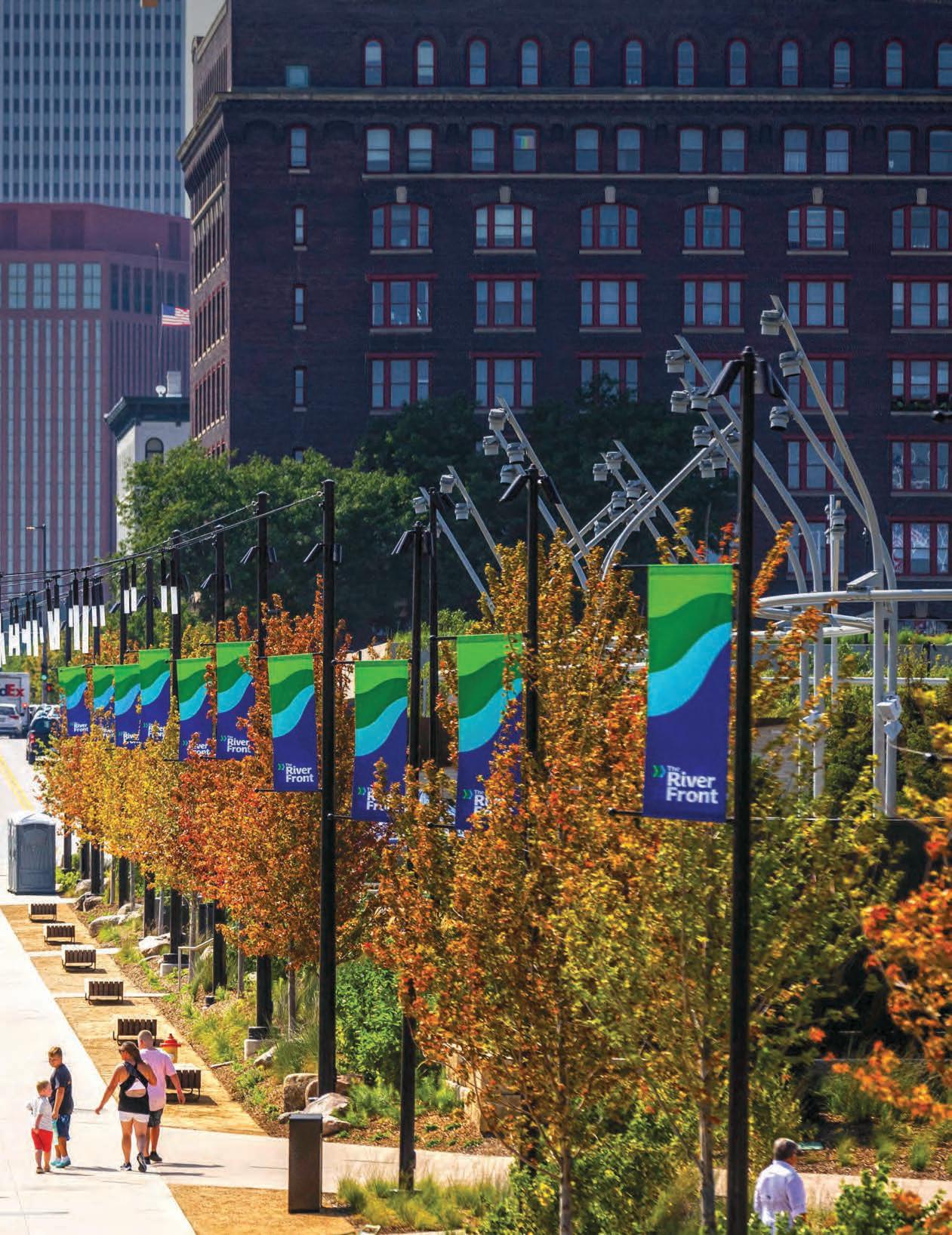

Omaha is a city that truly embodies the concept of living rewarding and meaningful lives.
With a strong business community, diverse and welcoming neighborhoods, top-notch schools, world-class medical facilities, and a significant military presence, Omaha offers a great place to work, raise a family, live, and grow.
The combination of these factors contributes to a high quality of life for residents of all ages and backgrounds.
One of the key aspects that makes Omaha a great place to live is its thriving business community. The city is home to a diverse range of industries, including finance, healthcare, technology, and agriculture – providing residents with ample job opportunities and economic stability.
In addition to its strong business sector, Omaha boasts a variety of welcoming and family-friendly neighborhoods that cater to different lifestyles and preferences. From historical homes in the Dundee neighborhood to modern developments in West Omaha, there is a neighborhood to suit every taste.
Greater Omaha is also known for its excellent schools, both public and private, that provide students with a
high-quality education and prepare them for future success. Omaha Public Schools is the largest district in Nebraska and offers a wide range of academic and extracurricular programs to meet the needs of diverse student populations.
When it comes to healthcare, Omaha is a leader in the field, with world-class medical facilities and a strong network of healthcare providers. Nebraska Medicine is one of the top hospital systems in the country, offering cuttingedge treatments and care in a variety of medical specialties. The continued expansion of space and services at Children’s Nebraska makes it one of the best in the world for care and diagnosis.
Omaha also has a significant military presence, with Offutt Air Force Base located just south of downtown Omaha. The base is home to the U.S. Strategic Command and plays a critical role in national defense and security. Offutt Air Force Base provides jobs for thousands of military personnel and civilians, as well as opportunities for collaboration and partnership with Greater Omaha. The military presence in Omaha adds to the city’s diverse and vibrant culture, making it a unique and dynamic place to live and work.
In conjunction with the new Mutual of Omaha headquarters tower and other
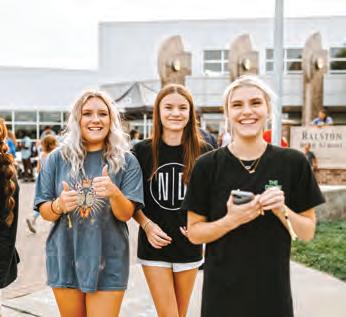
downtown developments and projects, the City of Omaha is also making significant investments and infrastructure improvements in the city’s urban core.
The city already boasts a one-way average commute of just over 20 minutes, and investment in a new streetcar corridor – to be completed in 2026 – is a key component of Omaha’s Urban Core Strategic Plan. The streetcar will serve as a catalyst for employment growth, talent recruitment and retention, higher density expansion, and economic development.
The city’s commitment to economic growth, community development, and quality of life for its residents sets it apart as a truly exceptional place to call home
Our commitment to community will never change.
For us, being local means more than a spot on the map; it’s an investment in Omaha’s future. Our bankers are your neighbors. Our partnerships grow the local economy, and we are eager to continue supporting the thousands of nonprofits, businesses and families who do more every day.
Scan to learn more.


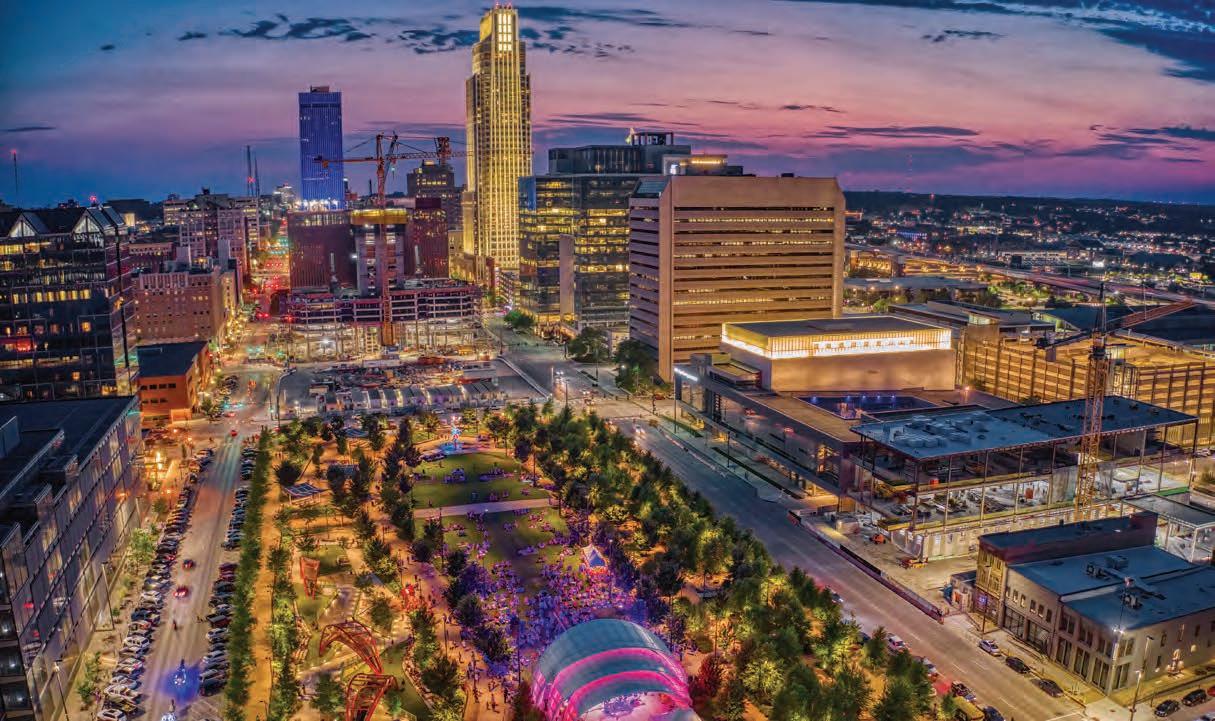
Omaha continues to exceed Jonathan and Christina Coker’s expectations –and then some.
The Cokers and their 1-year-old son, Gabriel, recently relocated from Chicago to Omaha, where Jonathan serves as Northern Plains Package Division manager for UPS.
When their friends and family heard the news, they made sure the Cokers were aware that Forbes.com had ranked Omaha as the top city to move to in 2024.
The Cokers were indeed aware.
“No. 1 place for ice cream (Coneflower) and for cinnamon rolls (A Catered Affair),” Christina said. “No. 1 in a lot of things.”
The Cokers have been especially impressed with Omaha’s quality of restaurants.
“We’re huge foodies,” Christina said. “We haven’t had a bad meal here yet.”

In anointing Omaha the best place to move in 2024, Forbes.com shared with its readers:
“Omaha has a reasonable median monthly housing cost of $1,188, and its residents have a median family income of $69,198. We loved that the city enjoys 117 sunny days a year and has an impressive 98% employment rate, emphasizing the city’s strong job market and abundant opportunities for those who value career advancement.
“As far as safety is concerned, Omaha has a fairly low crime rate with only 40 out of 1,000 residents being impacted, showing the city’s commitment to keeping homes safe and secure.”
Omaha’s trophy case of “bests” features the Forbes ranking as its centerpiece. Other rankings of note include being named:
• The No. 5 best large city for new college grads. “By one measure, the
fastest-growing economy among the nation’s largest counties isn’t in Texas, Florida or any of the other usual big dogs. It’s Douglas County, Nebraska.”
• The ninth-best city for young professionals in 2024. “Omaha is becoming an increasingly trendy place to live, with plenty of outdoor and entertainment options and a rich cultural scene. Rent in Omaha makes up only 18.28% of the median earnings for fulltime workers – one of the lowest rates in the U.S. – meaning that your earnings can go further.”
Libby Brosius recently earned her master’s degree and moved to Omaha to work as a child life specialist at Children’s Nebraska. She was unaware of the rankings – but wasn’t surprised to hear of them.
“I came from a smaller town (Dubuque, Iowa),” she said. “Omaha has lots of places to go and things to do. I have enjoyed my time here.”
Source:
Source: Forbes.com
Source: Checkr.com


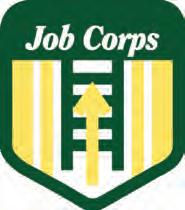
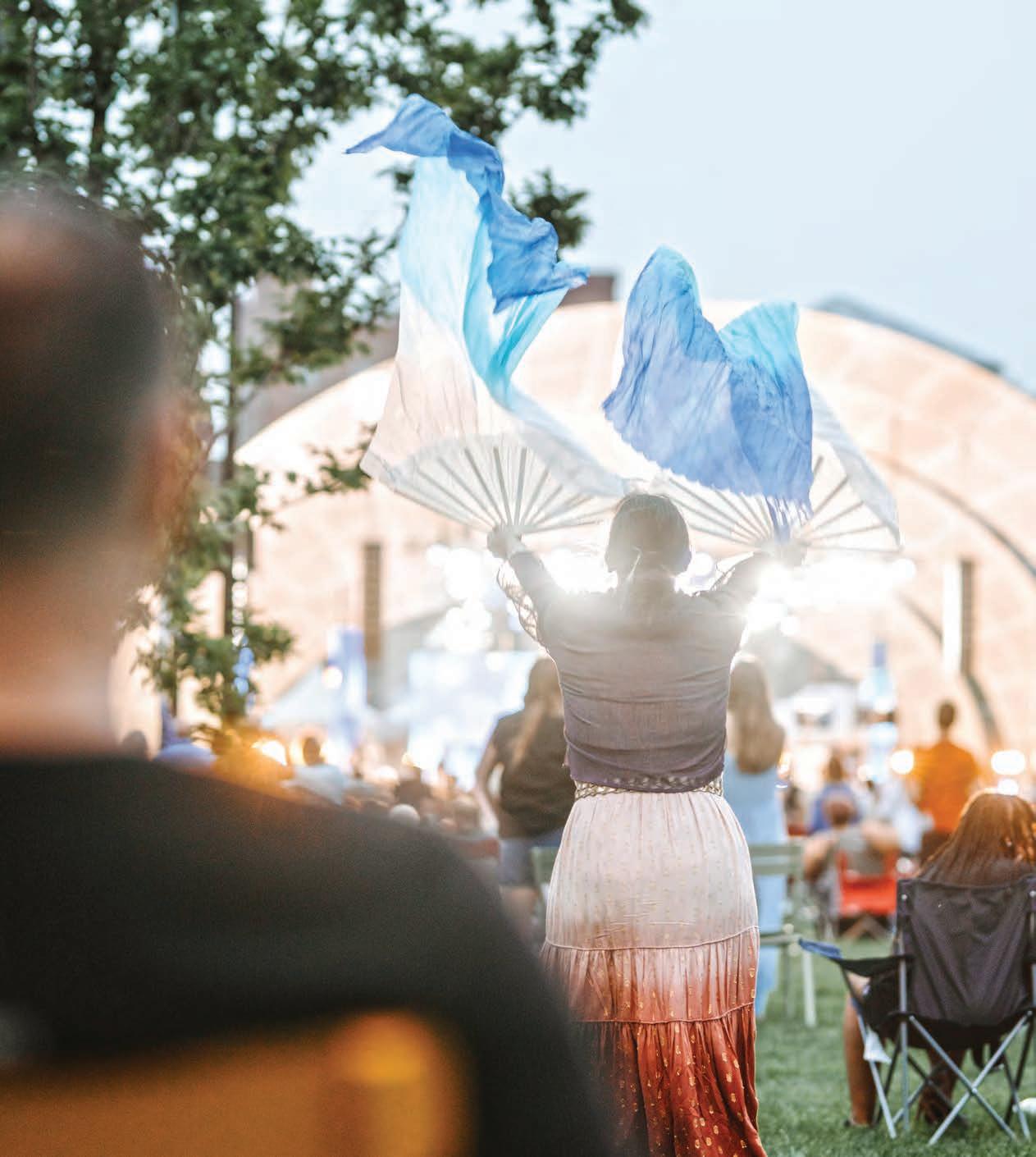
By definition, a neighborhood is “a geographically localized community within a larger city, town, suburb or rural area – sometimes consisting of a single street and buildings that line it.”
In Omaha, neighborhoods are much more than that stale definition. Omaha is connected by people – and by the neighborhoods – where they live.
Saying what neighborhood you live in tells people about you – how you identify, how you live, sometimes what you support and believe in, and even, to a degree, who you are.
Neighborhoods are the glue that holds the city together and helps it evolve, grow, and raise families. Here’s what residents of Greater Omaha have to say about why it’s a great place to live.
Spectators enjoy an evening
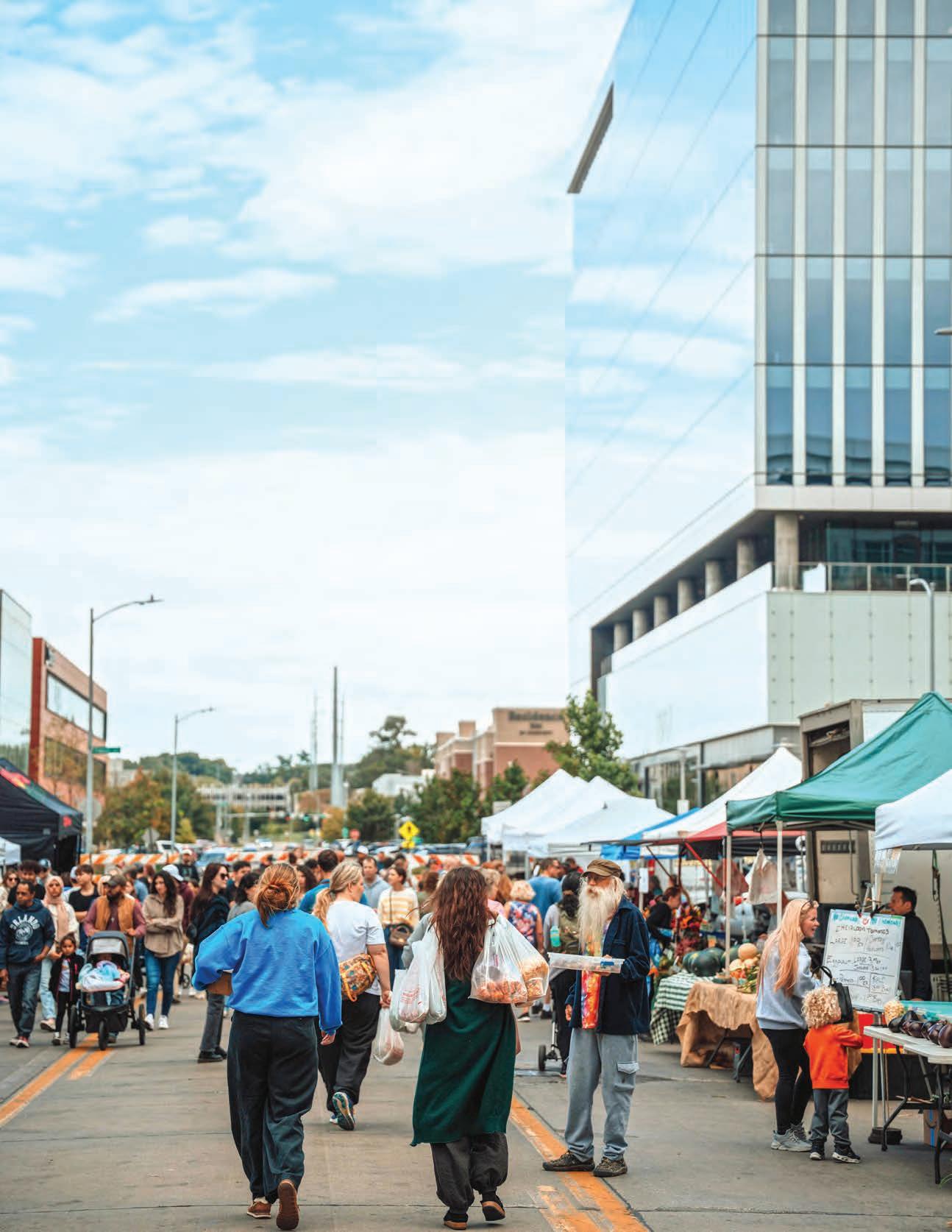
We love living in Aksarben because there is so much to do within walking distance. There is Stinson Park, bike trails, the Inner Rail, and the movie theater.
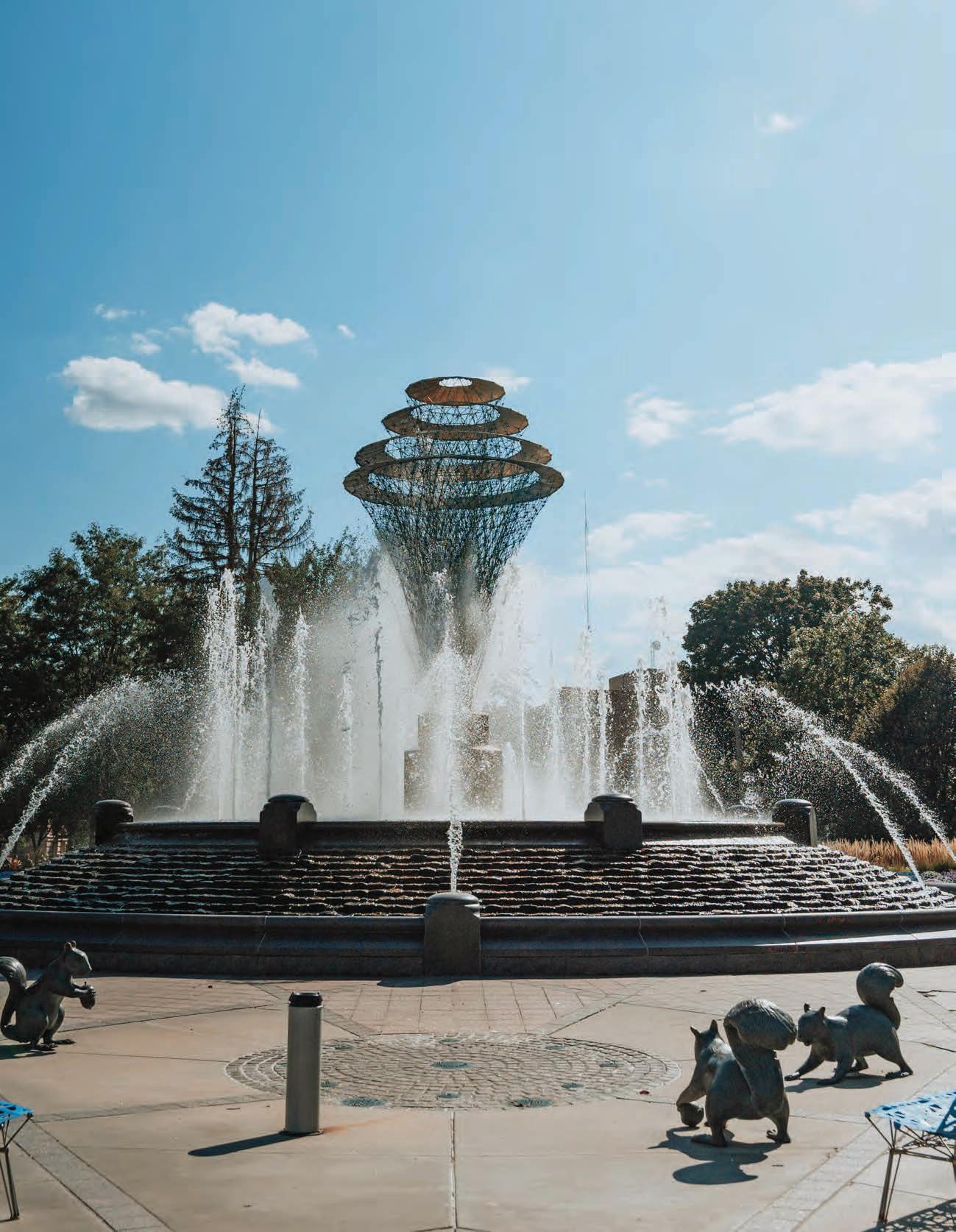
We really enjoy living in the west end of Council Bluffs. Our house is close to the First Avenue Trail, so we can ride our bikes to River’s Edge Park or the 100 Block, where there are local bars and restaurants. Downtown Omaha is just a quick Uber ride. Or if we want to get out of town for the weekend, the airport is less than 10 minutes away. It’s an affordable neighborhood with tons of old, big trees that give it lots of character, too!

Located just north of Midtown Crossing, the Gifford Park neighborhood is minutes from the Old Market, Dundee, Benson, and so much more. Summers in Gifford Park are especially lively with the weekly Neighborhood Market and the 33rd Friday Festival as well as businesses like Myrtle & Cyprus Coffeehouse, Big Muddy Urban Farm, Selena's Market, Danny’s Corner Store, the Community Bike Project, and the community garden!
Our community is a diverse collection of college kids, families, couples, longtime residents, and people of every economic class, race, creed, and identity — many of whom have become my lifelong friends.
− Amanda Therrien

Mills County thrives as a community of people who work together to make our small towns come together within the county. Even though I live outside of Hastings, I feel like I make a difference by volunteering for many organizations within Mills County – 4-H Silver Clouds Club leader, poultry superintendent for the Mills County Fair, 4-H Youth Committee, Troop 243 Boy Scouts treasurer. And we raise chickens and hogs on our local farm from which we donate back to our local food pantries to help those in need. I couldn’t imagine myself being anywhere else – a county that is fairly large, but yet residents usually know almost everyone and can reach out if needing help or volunteers for a local cause.

Choosing Millard and the surrounding Boys Town area as our home was not by accident. Known for amazing schools and with accessibility to some of the area’s top retail and entertainment venues around every corner, we knew this was the place to call home. The fact we are friends with several of our neighbors is something that will make it hard to ever leave.
− Jessica Perreault
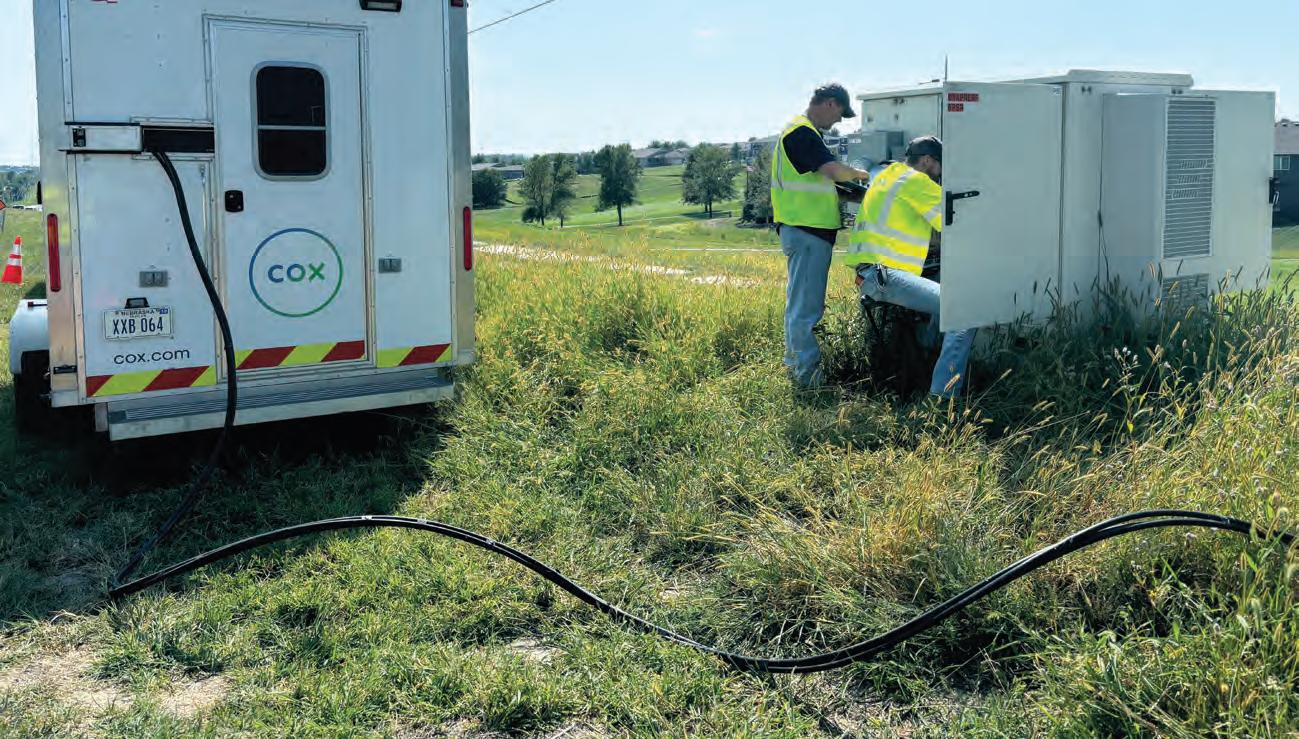
Cox Communications has set a new standard in the greater Omaha market, becoming the first internet provider to offer multi-gigabit speeds to all customers. With the launch of 2-gigabit download speeds across the entire region, Cox is once again at the forefront of delivering cutting-edge internet service.
Cox’s achievement isn’t just about speed; it’s about delivering advanced services without disrupting communities. The new 2-gigabit speeds are made possible through significant enhancements to Cox’s existing fiber-powered network, ensuring that customers experience faster internet without the typical inconveniences of major infrastructure upgrades.
This capability is the result of a nearly $12 billion investment Cox has made in network upgrades over the past decade (2014-2023). These investments have enabled Cox to provide some of the most powerful communications and entertainment services available today.
Cox has already been delivering gigabit speeds to all customers in the greater Omaha area. Unlike other providers that limit highspeed internet to select neighborhoods, Cox’s inclusive approach ensures that every customer has access to its highest speeds, providing cutting-edge technology and reliable connectivity for all.
“By investing billions of dollars in our existing fiber-powered network, we are able to deliver all customers our fastest speeds, without disruption to any property,” said Kim Rowell, VP at Cox Communications. “We know customers want lightningfast download speeds, seamless streaming experiences, and enhanced capabilities for remote work, online learning, gaming, and more. Our 2-gig download speeds deliver that experience.” SPONSORED
Cox Communications is the first internet provider to deliver multi-gig speeds to all customers in the Greater Omaha area
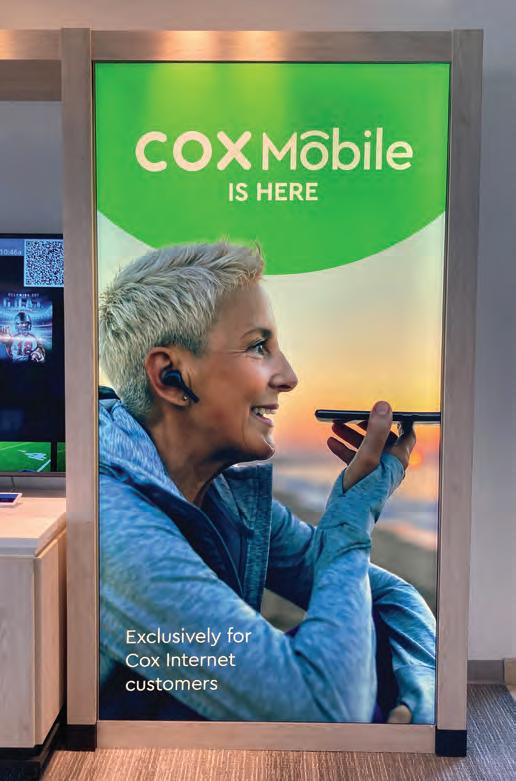

Cox’s commitment to top-tier internet service is longstanding. Recently, HighSpeedInternet.com ranked Cox as the fastest internet service provider (ISP) in the nation for 2023, based on average download speeds throughout the year.
What Is Multi-Gig?
Two-gigabit internet can transfer data at up to 2 billion bits per second, doubling the speed of traditional gigabit internet and providing speeds 10 times faster than the U.S. average of about 200 Mbps. This enables a seamless online experience, allowing for activities like streaming, video conferencing, multiplayer gaming, 4k/8k streaming, and virtual reality — all at once.
While customers in the greater Omaha area already have access to gigabit speeds, Cox will offer the option to upgrade to multi-gig speeds by the end of 2024.
On the Go- Cox Mobile
Cox is also enhancing how customers combine their mobile and broadband services. By offering fast, fiber-powered internet at home paired with unbeatable 5G reliability on the go (Cox Mobile), Cox ensures that customers stay connected wherever they are.
Cox Communications’ rollout of multi-gig speeds in greater Omaha exemplifies the company’s ongoing commitment to innovation and customer satisfaction. With these advancements, Cox continues to lead the way in providing high-speed internet service to all its customers, ensuring access to the best technology available.

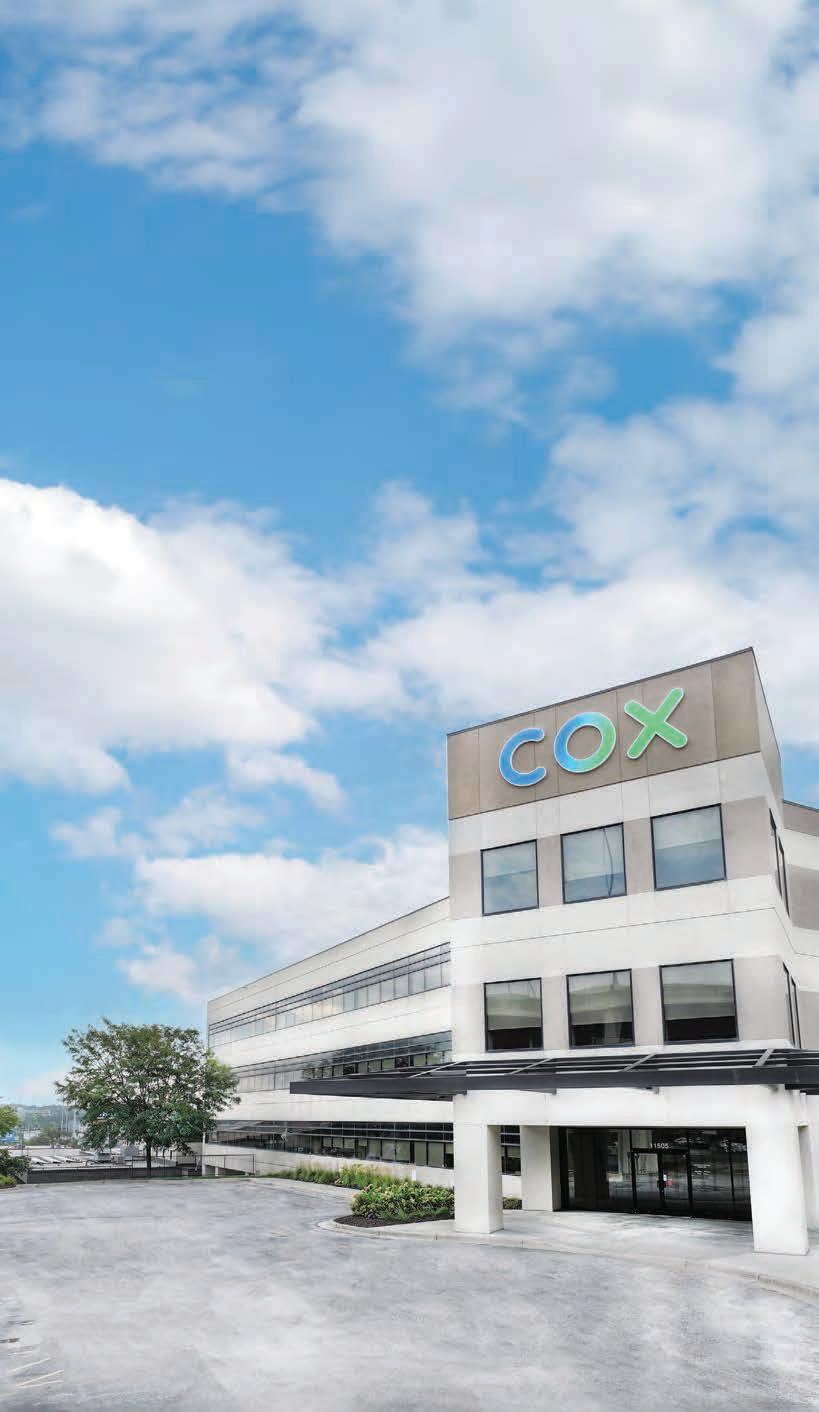

If you are looking for a community with genuine small-town values with access to larger city amenities, then Fremont is for you! This community is a spectacular place to work, live, and raise a family, and this has been showcased with Fremont’s dedication to education, community, and our local business. The revitalization of our Main Street corridor has become a great attraction for locals and visitors alike. With a plethora of boutiques, restaurants, bars, and breweries, it is a great way to spend an evening. Hope you come and experience what we have to offer! Only a 15 minute drive west of Elkhorn on Highway 275. See you soon!!
− Matt Mueller
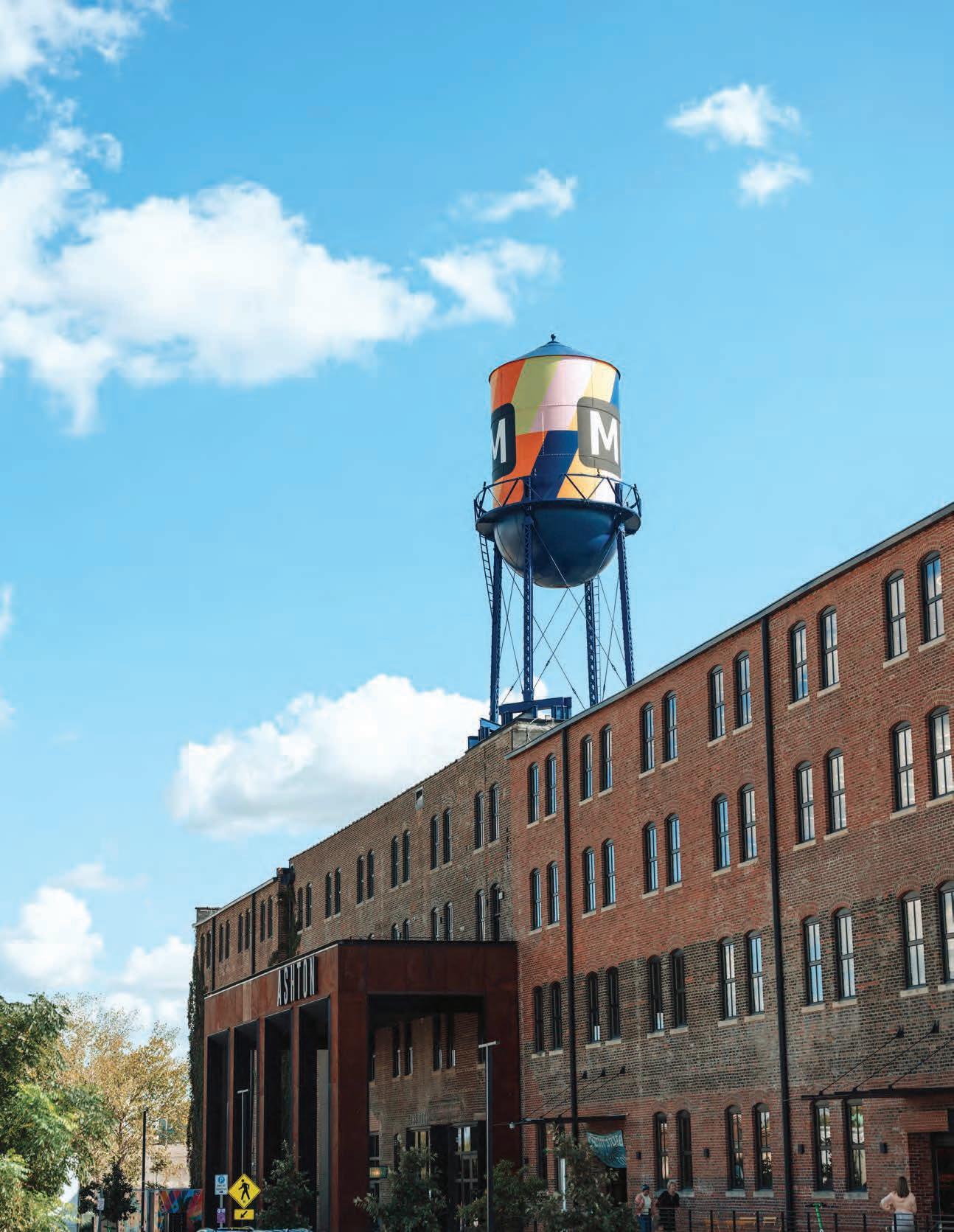
I love living in North Downtown Omaha. It has a very active community. Millwork Commons specifically has fun and vibrant features such as a beautiful prairie filled with native plants and flowers, top-rated eateries and coffee shops, a park for picnicking and yoga, a basketball court, and a skate park! The delivery guy always waves and knows everyone's name. It feels like Mister Rogers Neighborhood at times! My kids and I feel right at home here.
− Dave Nelson
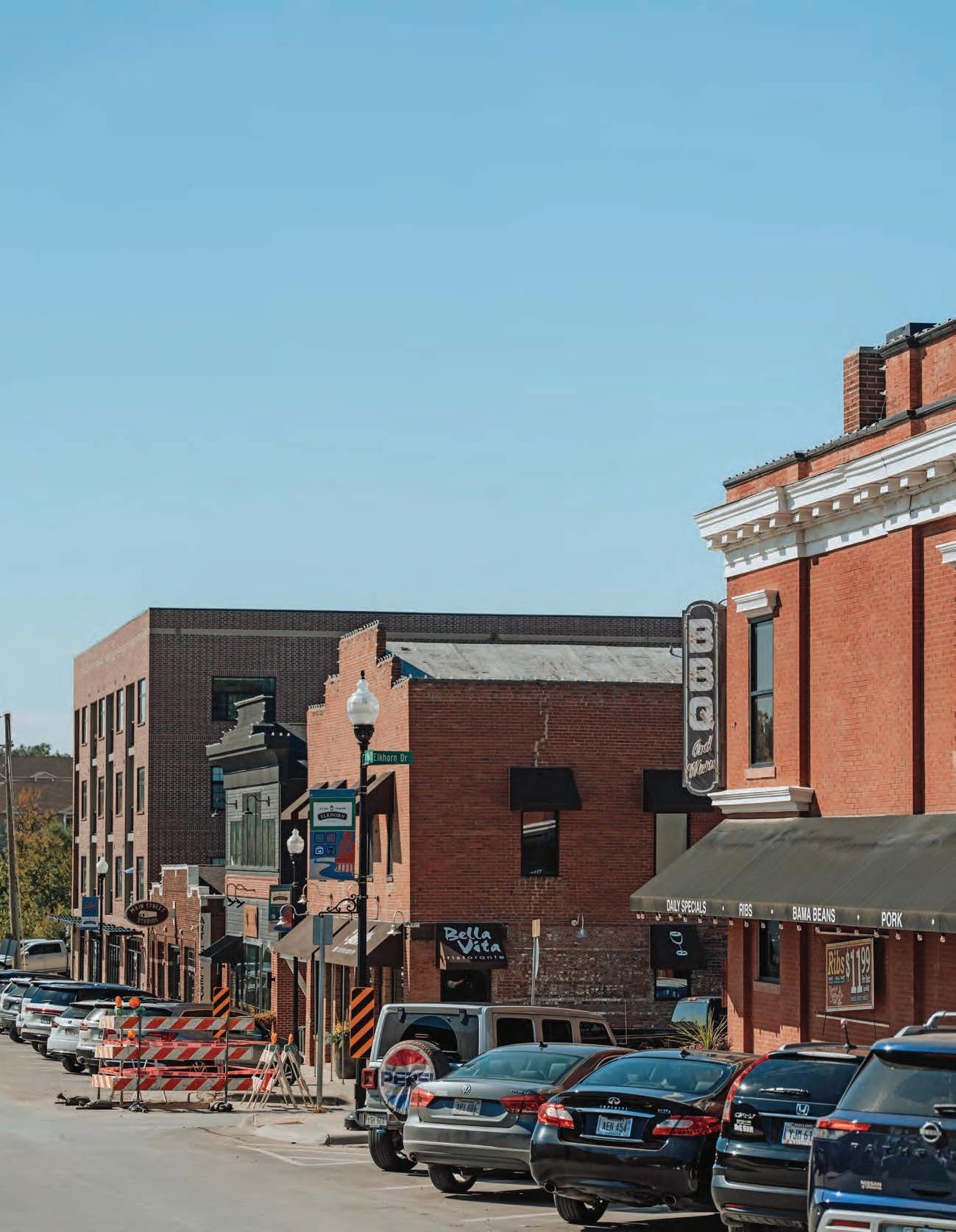
Born and raised in Omaha, I moved to Elkhorn 24 years ago because of the schools for my young daughters. Back then, there was one high school and one middle school. The growth in this community has been tremendous.
As a Realtor, I've had the privilege of witnessing and participating in this transformation firsthand. Living in Elkhorn is like being in a small town where everyone knows you but you still have all the amenities of the big city. We have the West Center corridor with Lakeside Hospital, the Shops of Legacy, Target, Baker’s, Walmart, and Lowe’s, as well as Village Pointe with all the specialty stores. Everything you need is less than a 10-minute drive, plus if you’re a golf enthusiast, you have four golf courses and clubs.
Now all the renovations to Main Street downtown are bringing new nightlife to the community. We are here to stay.
− Carri Owens
You might think there’s only one way to get around and beyond a city like Omaha that’s traditionally reliant upon automobiles.
While on the surface cars may appear to be the main mode of transportation, a more in-depth look reveals new options exist –and more are on the way – to continue to transform Omaha into a leading center of commerce and life.

In the spring of 2023, Heartland Bike Share converted the rest of its manual bikes to e-bikes – making the traverse across downtown and midtown Omaha easier and more efficient.

In 2022, about half of the nonprofit group’s fleet was electric and the other half traditional bikes. By 2023, 95 percent of the rides taken were on e-bikes, according to Heartland Bike Share. Now, all of the bikes are e-bikes.
The group also saw a change in how the bikes are used. When the program offered traditional bikes, most cyclists used them for recreational purposes. With the introduction of the batterypowered e-bikes, metro area residents have turned to Heartland for their everyday transportation needs. They’re using them to get to and from work as well as all the places they go for entertainment, recreation, and – life.
The number of riders in the bike share program continues to grow, from 1,440 cyclists 10 years ago to more than 85,000 trips in 2023, according to Heartland Bike Share. That 2023 figure is a 20 percent increase in trips from the previous year.
“As soon as we went to all e-bikes, our numbers just skyrocketed,” said Benny Foltz, CEO of ROAM, which operates Heartland Bike Share. “We’ve seen a tremendous uptick so far in 2024, and we will surpass 100,000 this year. People are using the e-bikes for more than recreation or exercise; they are now mostly using them as a form of transportation.”
Currently, Heartland Bike Share operates metro area programs in Omaha, Council Bluffs, Papillion, Bellevue, the Aksarben area, Chalco Hills, North and South Omaha, and Mahoney State Park – connecting people and communities for more than 125 square miles. The program continues to grow.
Visit heartlandbikeshare.org for more information about memberships and fees.
“ The primary recommendation of the Greater Omaha Chamber’s Urban Core Strategic Plan was the streetcar, to create development and bring 30,000 new jobs and 30,000 new residents downtown.”
— Omaha Mayor Jean Stothert
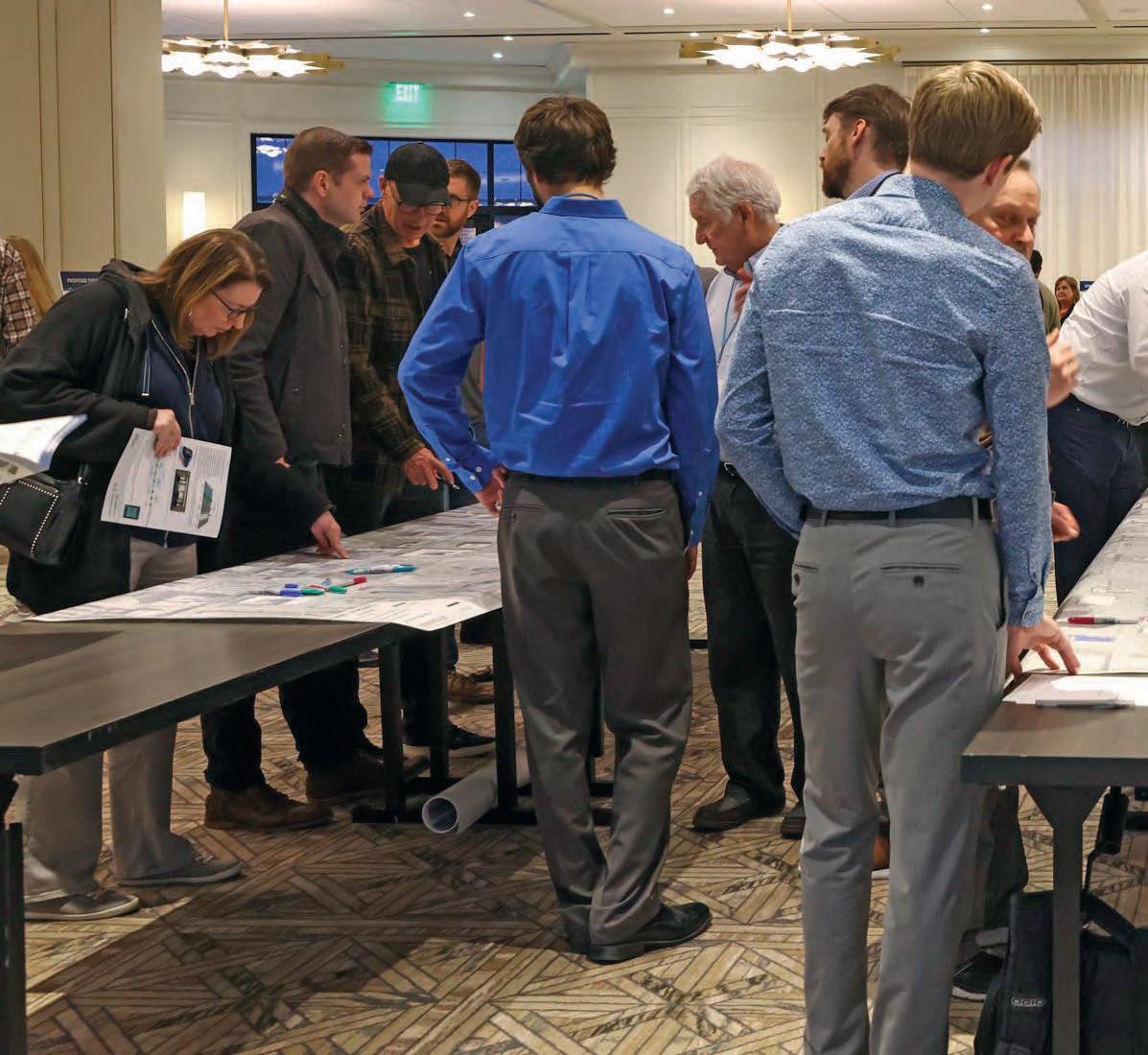
Residents speak with the project team about the City of Omaha’s proposed streetcar route during an open house.
NIKOS FRAZIER
In conjunction with the new Mutual of Omaha headquarters tower and other downtown developments and projects, the City of Omaha is also making significant investments and infrastructure improvements in the city’s urban core.
Headlined by a new streetcar corridor, development is now estimated at $1.3 billion by the end of 2024.
The streetcar is a key component of Omaha’s Urban Core Strategic Plan. The streetcar will serve as a catalyst for employment growth, talent recruitment and retention, higher density expansion, and economic development.
“The primary recommendation of the Greater Omaha Chamber’s Urban Core Strategic Plan was the streetcar, to create development and bring 30,000 new jobs and 30,000 new residents downtown,” Omaha Mayor Jean Stothert said in an Omaha World-Herald article. “The pace and value of the new development demonstrates the streetcar is already successful.”
The investment in the streetcar corridor totals $459 million. The streetcar project costs $389 million.
Partnering with financial investments by the Metropolitan Utilities District, the Omaha Public Power District, and the Nebraska Department of Transportation, among others, the city will make millions of dollars of improvements to core utilities, sewers, and bridges.
The updated estimate is based on 26 development projects

underway in the urban core.
“The streetcar creates a different dynamic in the core of a community, and that’s more attractive to developers,” said Omaha Streetcar Authority Chairman Jay Noddle in an Omaha World-Herald article. “There is a huge uptick in interest in Omaha from the national development community.”
As currently designed, the streetcar route will run east on Harney Street and west on Farnam Street, connecting the Blackstone neighborhood to downtown Omaha with pedestrian and bicycle safety in mind.
Learn more about ongoing developments with the streetcar program at omahastreetcar.org

Vehicle renderings have been provided courtesy of CAF USA, Inc. Images are for visualization purposes only. Final design, including color scheme, is not complete.
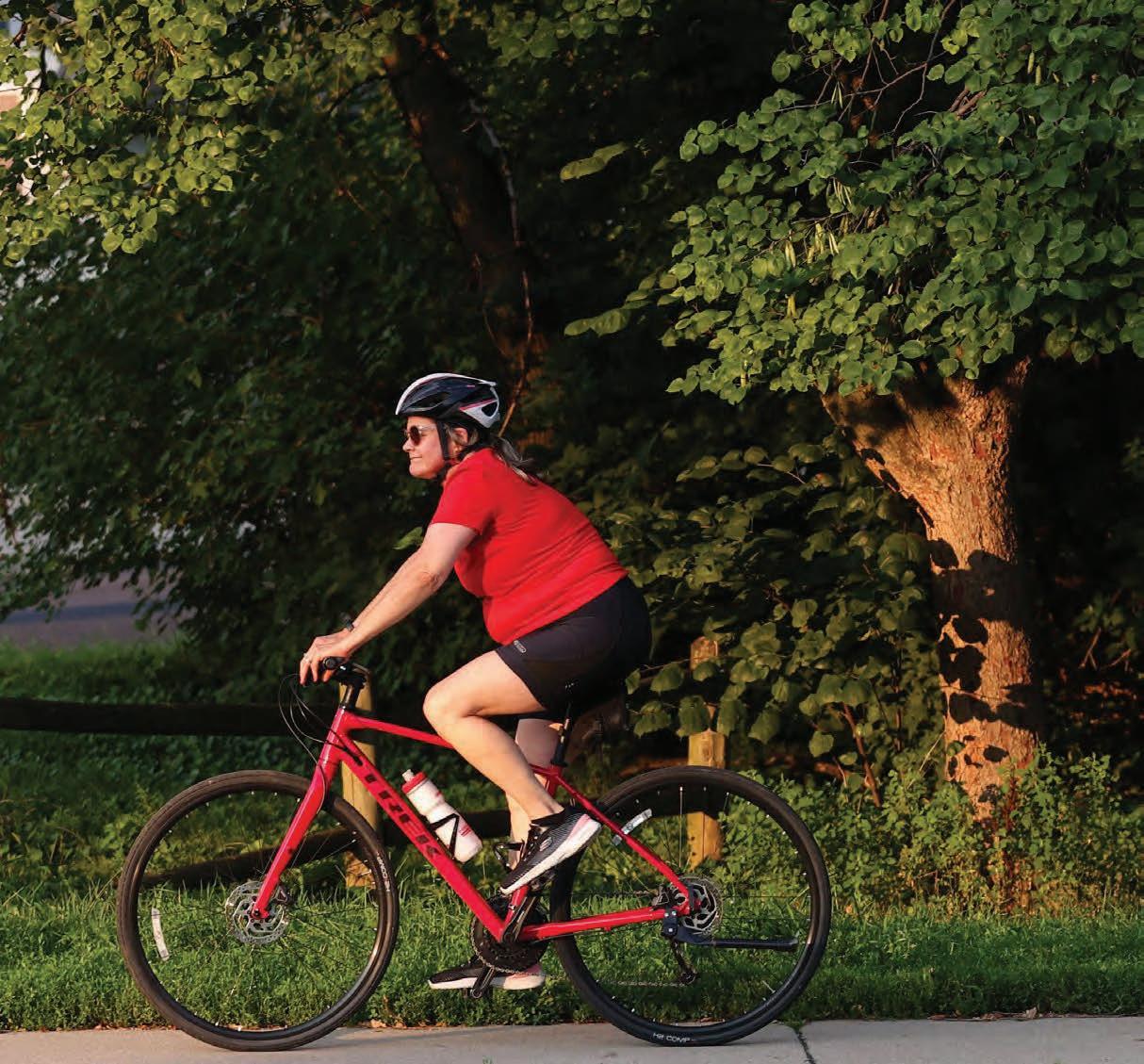
Design is underway for a new, permanent Market-to-Midtown Bikeway in coordination with the streetcar project. The twoway bikeway will be built on Farnam Street from Turner Boulevard to 17th Street, travel south for a block to Harney Street, then continue east to 10th Street. The bikeway will be on the opposite side of the street from the streetcar track when they are completed in the next couple of years.
A pilot bikeway on Harney Street closed Sept. 3 as utility companies began construction related to the streetcar project.
“The initial Market-to-Midtown Bikeway pilot provided
important information that we are using now to design and build the permanent, better bikeway,” Mayor Jean Stothert said. The permanent protected bikeway is funded through a combination of public and philanthropic dollars.
“Metro Smart Cities is proud of its innovative partnership with the City of Omaha, which made possible the city’s first twoway, protected bikeway,” said Scott Dobbe, Omaha by Design executive director and Metro Smart Cities board member.
To learn more about the project, visit metrosmartcities.org

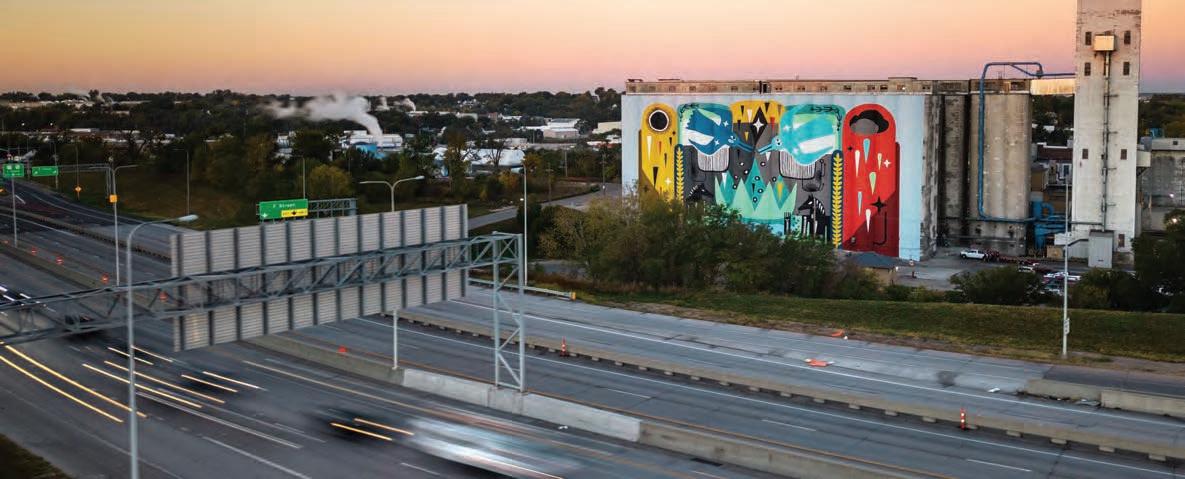
Work began in 2024 and will be completed in 2028
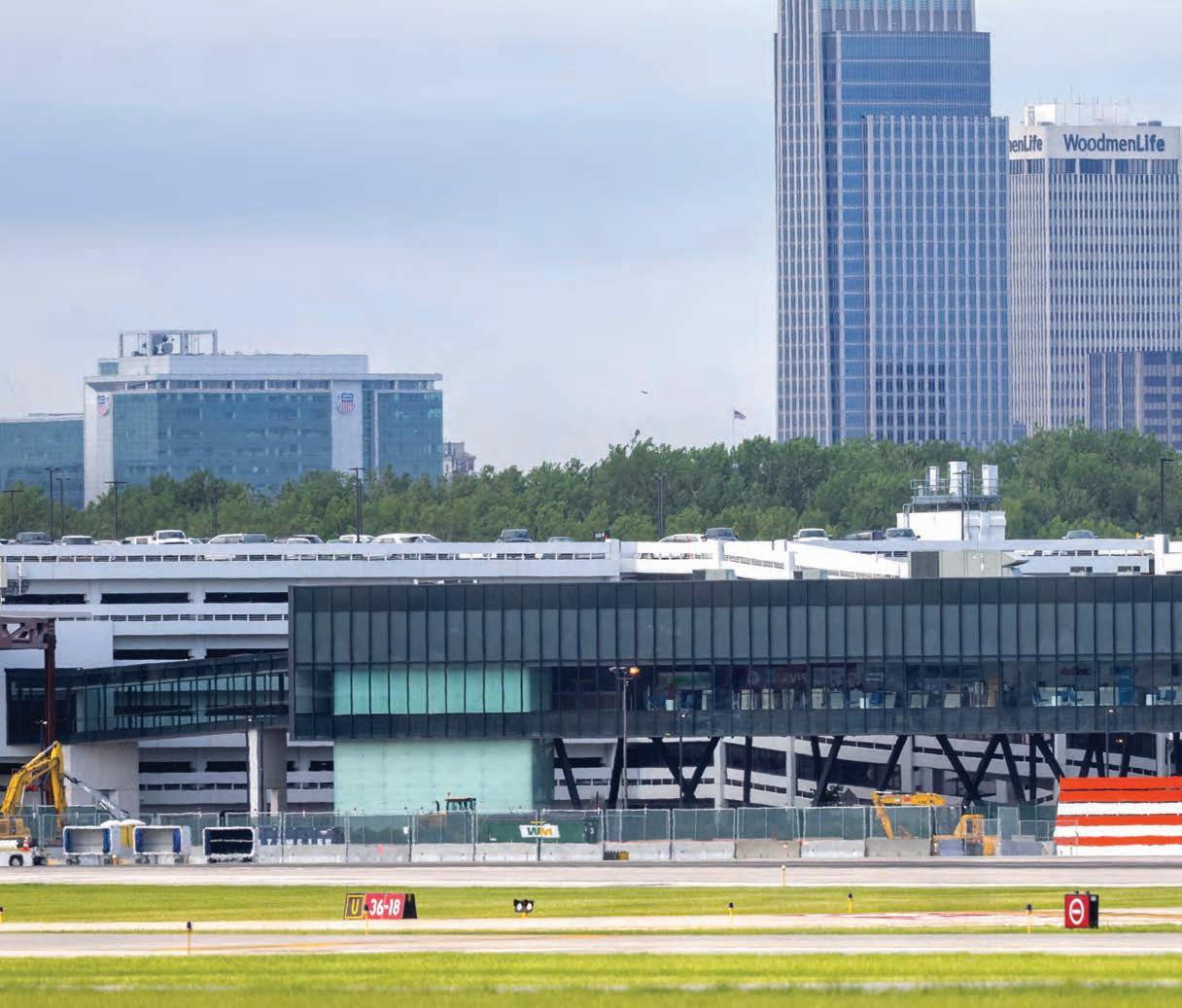
As part of the ongoing $950 million terminal modernization program, Eppley Airfield will offer travelers broader boarding gates, bigger baggage claim areas, and more restaurants and shops – all capped by a glass-domed entrance.
The terminal at Nebraska’s largest airport will expand to 646,000 square feet, a 72% increase from its current 375,000 — while adding two new gates and a customs area for future international flights.
“We are transforming Eppley Airfield,” Dave Roth, the airport authority’s chief executive officer, said in an Omaha WorldHerald article. “I don’t think there’s a square foot (of the terminal) we aren’t touching.”
Work started in mid-2024 and will be completed in 2028, although travelers will use some parts of the new terminal well before that.
The expansion is driven by the rising number of passengers using Eppley. COVID reduced all travel in 2020 and 2021. By 2023, passenger traffic at Eppley once again reached the 5 million mark, just slightly below the 2018 travel peak.
The terminal project is the culmination of a 30-year plan to transform Eppley from one end to the other.
In June 2023, construction began on a two-year, $65 million project to cover the terminal drive with an all-weather canopy. And in November, workers began building a new $92 million power plant to generate electricity for airport buildings.
Construction will start with the new unified concourse linking the current A (south) and B (north) concourses this year and run through 2027.
is experiencing a four-year modernization project that will increase the terminals’ size by 72%.

At the same time, the south concourse will be remodeled along with the northern and southern ends of the main terminal. Airline ticket counters will be moved to the second floor of the terminal, where restaurants and concessions are now located.
In early 2025, contractors will demolish the center part of the current terminal (between the two sky bridges to the garages) to build an airy, glasstopped central pavilion nearly three stories high. The pavilion is expected to open by early 2027.
The last piece of the renovation will involve demolishing and reconstructing the north concourse. International passengers will get a separate passageway to a new customs area. Work will begin in early 2027 and continue until late 2028, completing four years of terminal reconstruction.
Learn more about the airport modernization program at flyoma.com.
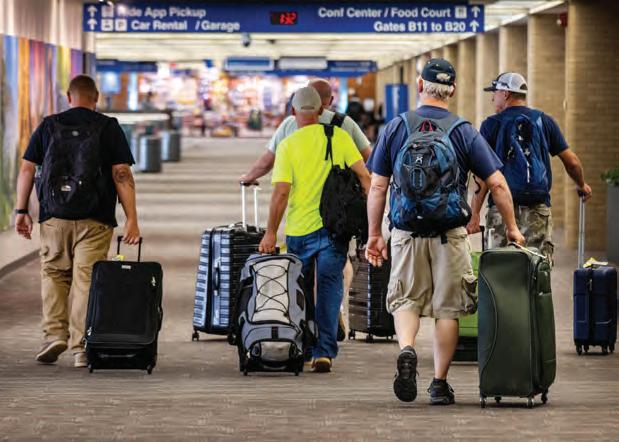
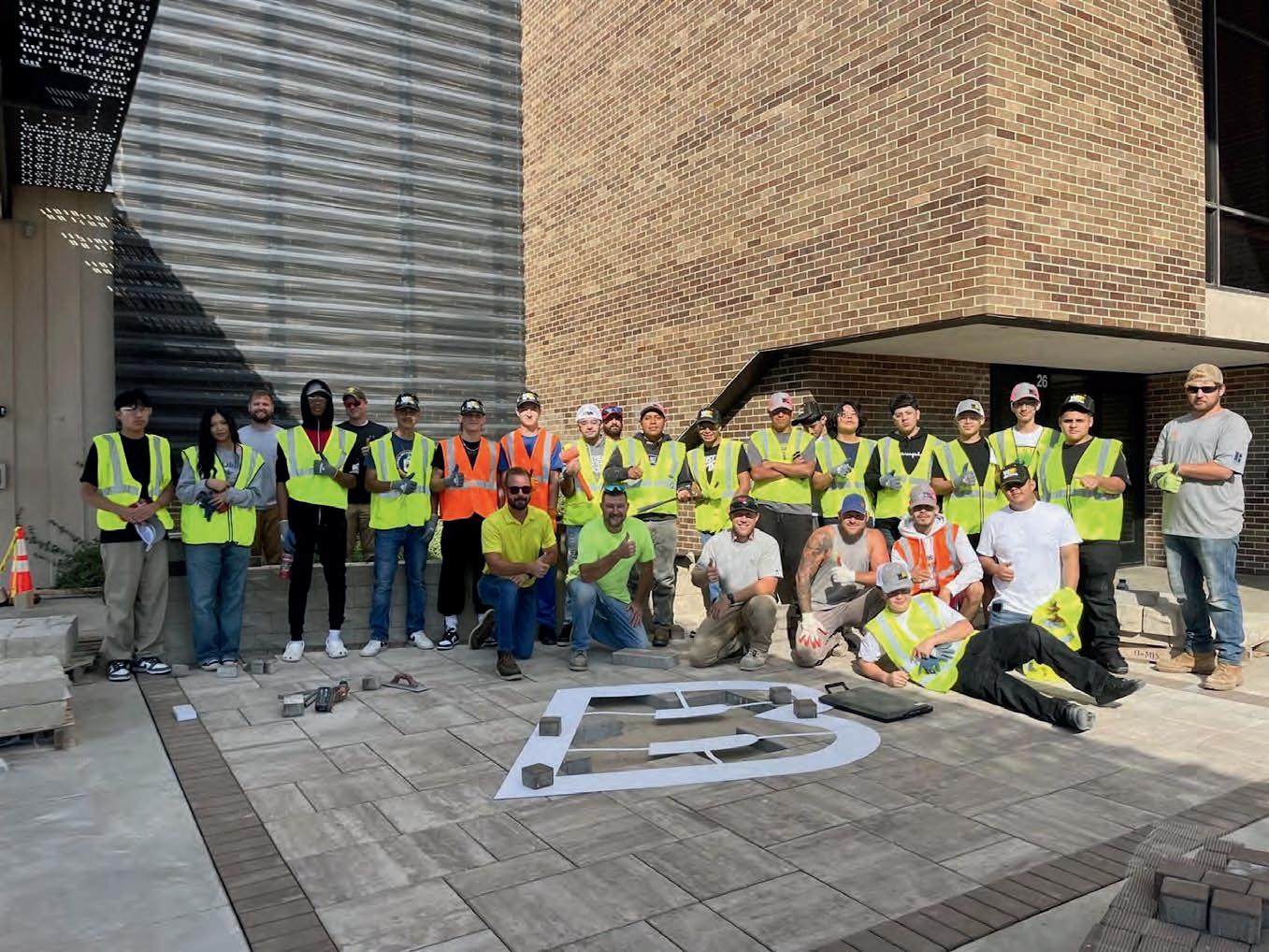
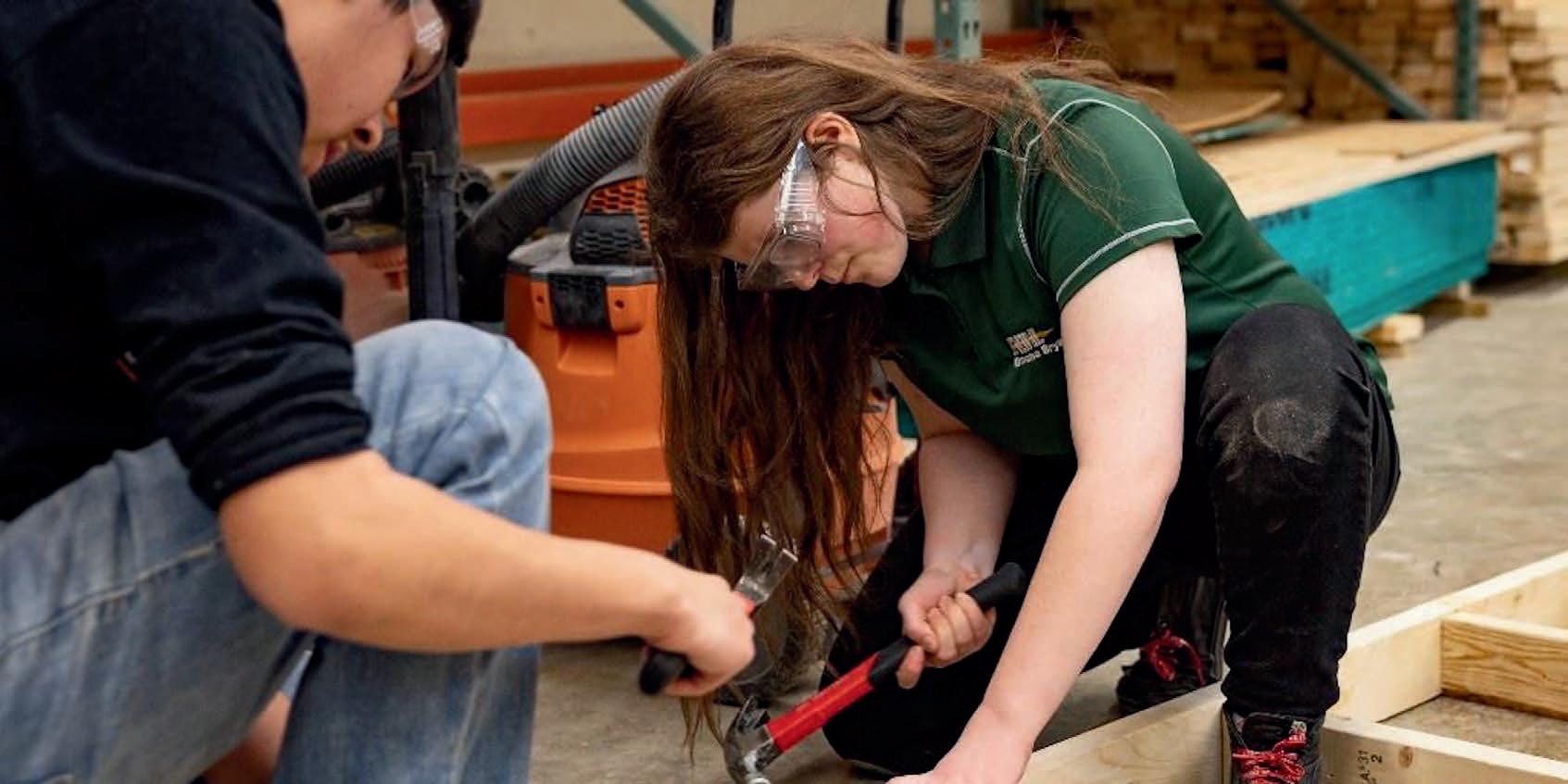
Whether he’s deep into a video game, doing a school project or playing basketball, Darian Stepanek loves getting lost in his work.
It’s this ability to focus that makes the senior most excited about his final year as a member of Benson High’s Design and Construction Academy.
“I really look forward to just getting lost in building a house that people could possibly live in,” Stepanek said.
This year marks the fourth year of a cohort of students at Benson and Bryan High School as well as other students through the Career Center who have spent the past three years in the classroom and now get the opportunity to adapt what they’ve learned to a real-life home build.
At its completion in April 2025, the three-bedroom, two-bath house will be sold, and the proceeds will go back into funding future projects.
“We’ve had some smaller academy programs and career technical education programs for decades, but this is our first time having a cohort of students that have been through that entire four-year experience in high school,” said Delayne Havlovic, Omaha Public Schools coordinator of career education and programming.
Construction and Design is one of 115 College & Career Academies and Pathways across Omaha Public Schools nine high schools and Career Center that provide hands-on learning in skilled and technical science (trades), health and communications.
This pathway focuses on blueprint reading, applied math, basic tool use, equipment and safety.
Omaha Public Schools students, in partnership with local construction firms like Blair Freeman and others, explore building techniques including concrete and masonry, framing, electrical, plumbing, drywall installation, HVAC (heating ventilation and air conditioning) and painting. In the process, they earn industry certifications.
Blair Freeman got involved a few years ago after attending a community partnership meeting where they learned about Omaha Public Schools expanded programming aligned to careers in the skilled trades. Upon learning about the

program, they realized an opportunity existed to invest in the students to help them just have exposure to different career paths.
“It was one of those things that made us come back to the office and ask ‘How do we get involved?’” Blair Freeman co-CEO Maranda Adams said.
“The goal of the project is for the students to be involved every single step of the way. So, they’ll be in there swinging hammers. They’re going to be framing. They’re going to be painting, installing. They’re going to be doing all the things alongside us and our team and any subcontractors that are on site.”
The Omaha Public Schools Foundation (OPSF) is funding the student-built housing project through a majority project contribution.
“We saw what the Chicago Public Schools and Foundation were doing with public/private partnerships because tax dollars don’t go as far as you need them to,” OPSF Executive Director Toba Cohen-Dunning said. “So, without private donors, you can’t really get to the finish line, and that’s what makes this such a perfect example of a successful public-private partnership.”
OPSF Board President Kari O’Neill Potts agrees, saying this project is a true collaboration between the Foundation, Omaha Public Schools and the Omaha community.
“The OPS Foundation really strives every day to enrich the lives of OPS students
and provide opportunities, and this is just such a wonderful example of that coming to fruition,” O’Neill Potts said. “OPS as a district, does a phenomenal job of ensuring students have multiple pathways to success.”
At its foundation, Havlovic realizes this and other College & Career Academy and Pathway programs will provide a longterm sense of personal and civic pride in the students as well as the community.
“I think one thing Darian will get and all of his peers in the class will get that this house will live at 40th and Ames for decades,” Havlovic said. “He’ll be able to drive by it some-
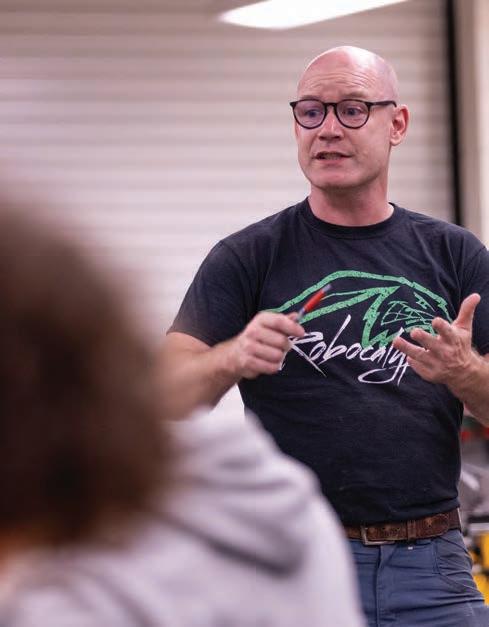
Greater Omaha, including communities beyond city limits, features awardwinning schools with award-winning educators.
Together, they make a powerful combination that prepares students for the next phase of their lives – attending college, joining the workforce, or serving in the military.
Strong school systems, private and public, can be found throughout our eight-county area, including:
Archdiocese of Omaha
Bellevue
Bennington
Council Bluffs
Elkhorn
Gretna
Millard
Omaha
Papillion-La Vista
Ralston
Westside

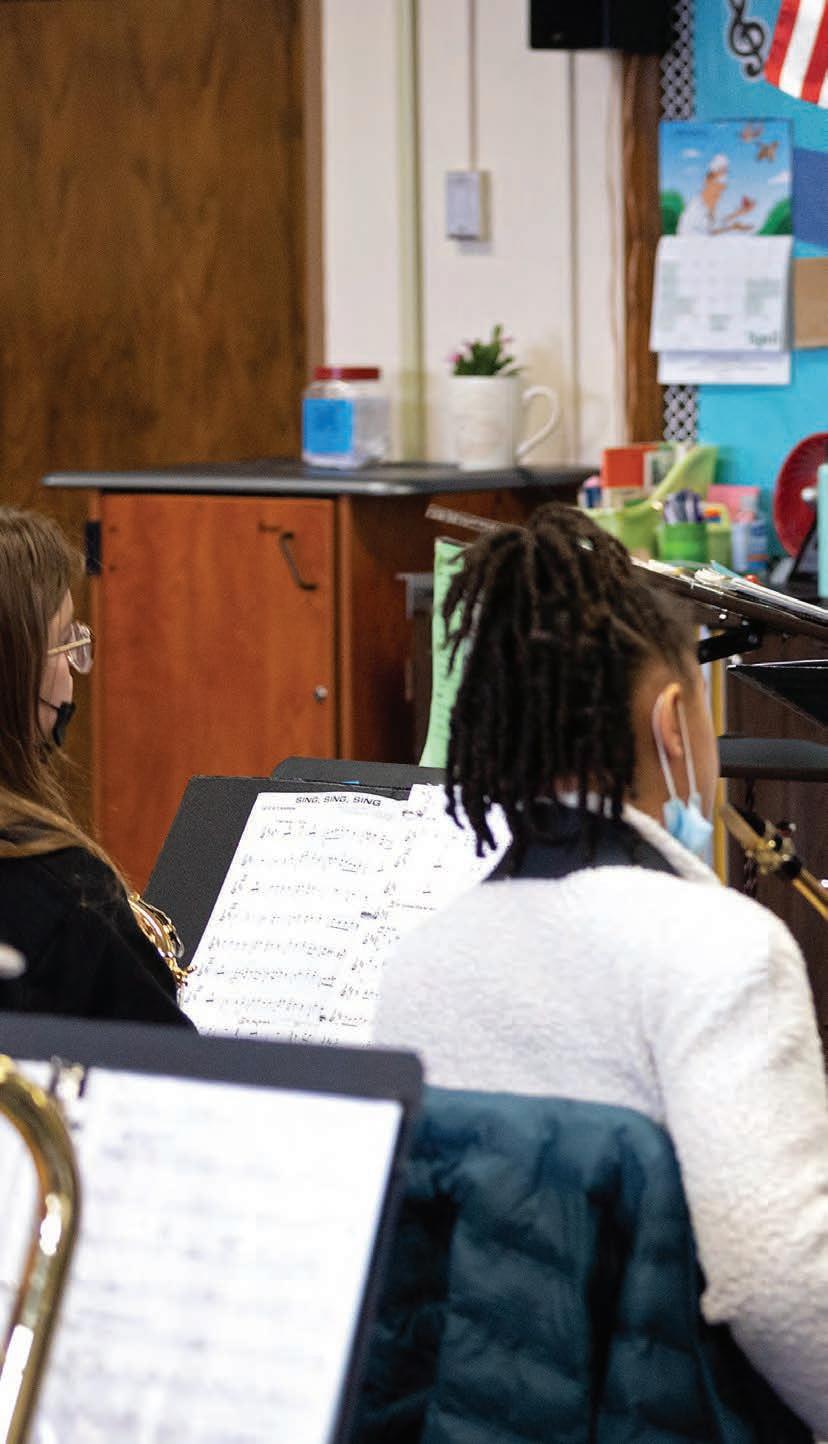
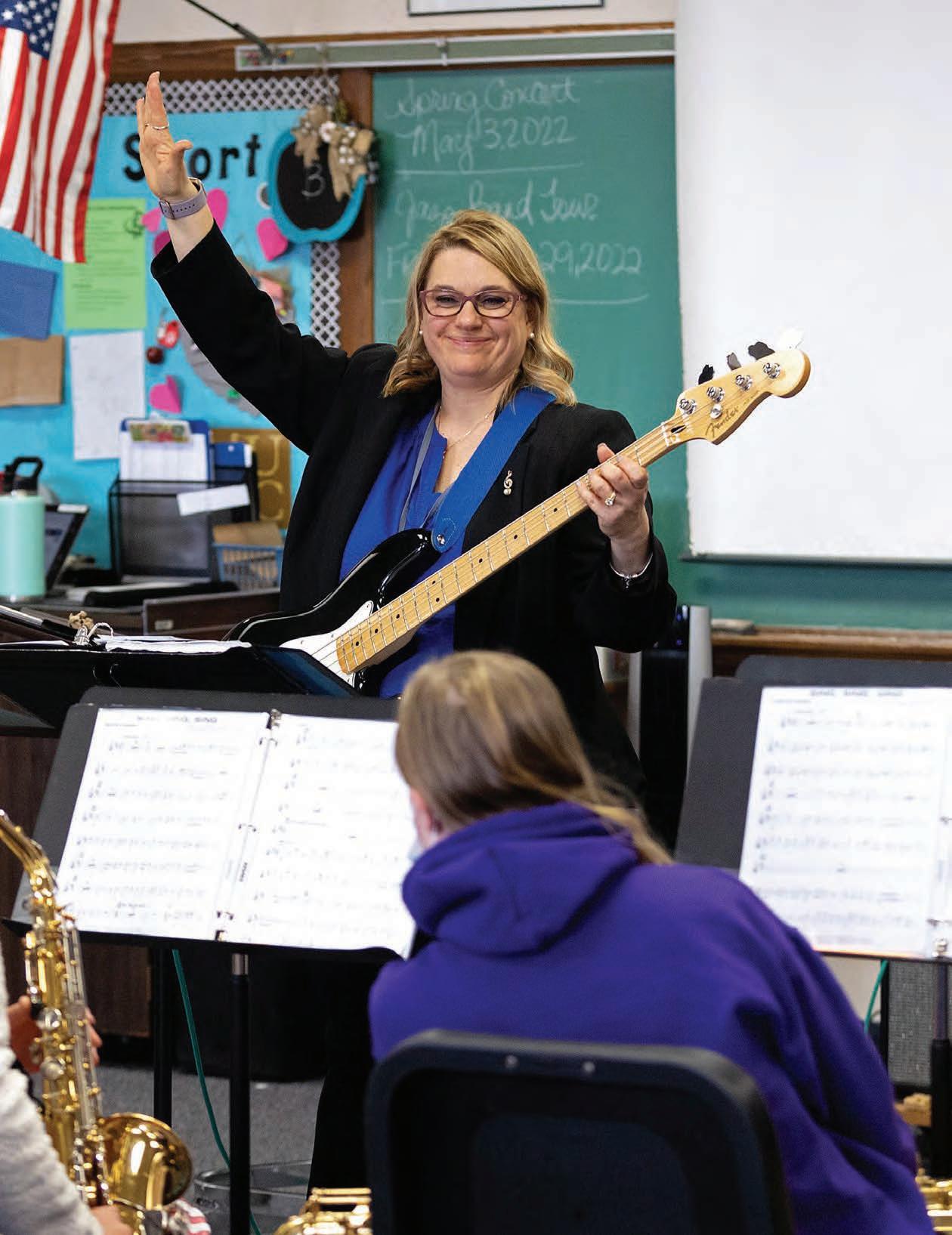
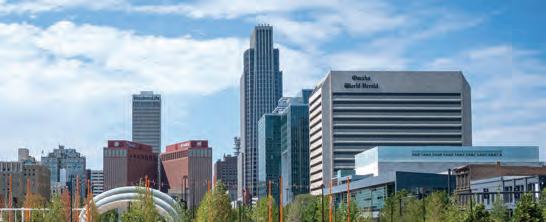

• OmahaPublic Schoolsoffersmore APcoursesthan anyotherdistrictin Nebraska.
• Studentsearnedmore than22,000college creditsduringthe 2023-24schoolyear.




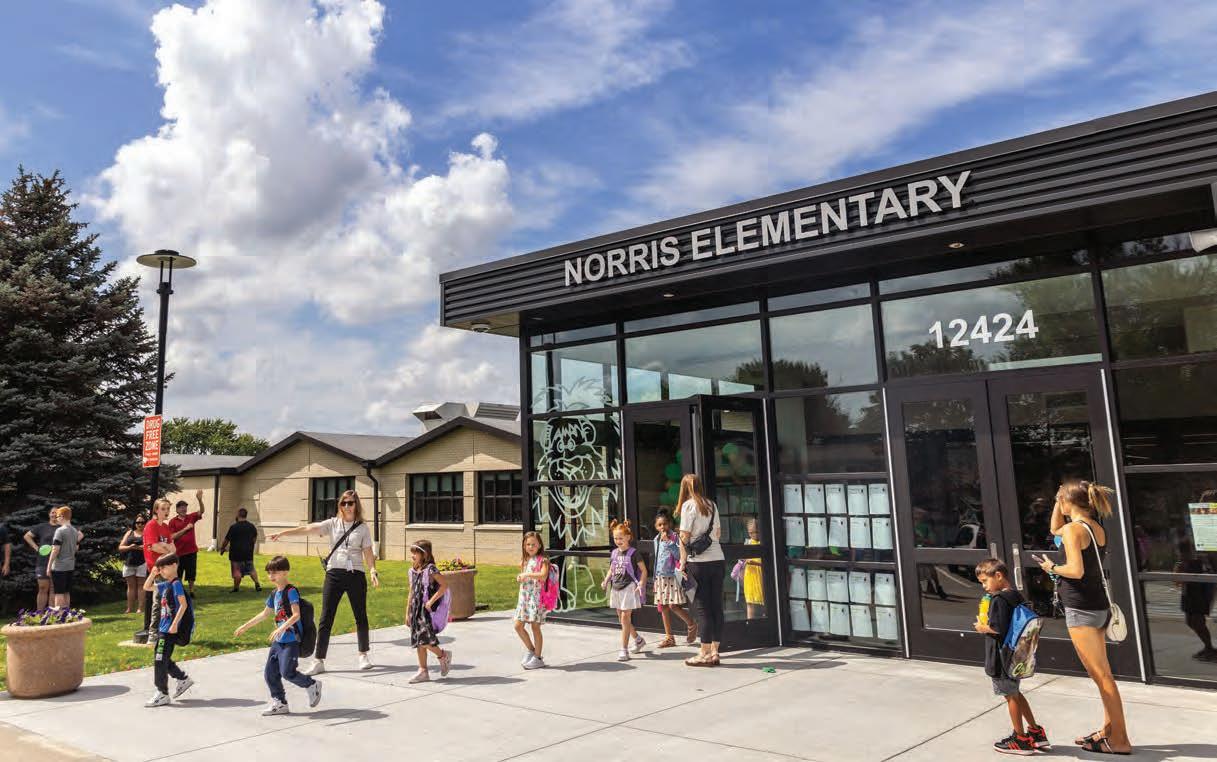
Students walk outside after the first day of school
The Omaha Public Schools system serves more than 51,000 young people in an environment that is welcoming and diverse. Its mission is to prepare all students for success in college, career, and life.
Students attend one of 65 elementary schools, 13 middle schools, nine high schools, one K-12 virtual school, and eight alternative programs. The district, which is the third largest employer in Nebraska, features nearly 7,000 fulltime employees. OPS teachers, on average, have 11 years of experience, and more than 60 percent of them hold advanced degrees.
All OPS students’ studies are rooted in STEM (science, technology, engineering, and math). Students engage in a variety of electives and extracurricular activities that include the fine and performing arts, athletics, world languages, and JROTC.
The school district serves a student population that speaks more than 110 languages. Students have opportunities for advanced work in nearly every subject, including all core classes, music, art, and physical education.
The majority of OPS graduates go on to college or technical schools. In 2024, Omaha Public Schools graduates received approximately $60 million in scholarships.

Schools bring people together from diverse backgrounds with a shared purpose – educating students and supporting their overall well-being. A strong school district that provides quality education attracts families to our community and fosters economic growth. When students graduate prepared for success in college, careers and life, our community benefits.
– Matthew Ray, Superintendent Omaha Public Schools
Millard students consistently score above metro, state, and national averages. One reason is the district’s one-to-one approach in its 35 schools, which allows learning anytime and anywhere.
All secondary students receive a touchscreen laptop with full access to the Google G Suite for Education and Adobe Creative Cloud. Elementary students work on iPads. They also may take advantage of neighborhood schools, Nebraska’s only K-12 International Baccalaureate Program, an accredited preschool-through-eighth-grade Montessori pr Core Knowledge Program. Millard’s high schools support an Advanced Placement® culture, offering 26 AP classes.
Millard Public Schools’ more than 23,000 students may earn college credit and professional credentials through the district’s academies, including Health Sciences, Business and Entrepreneurship, Business and Logistics Management, Education, and STEM.
Strong schools make strong communities. In Millard, our focus is on educational excellence for every child.
– Dr. John Schwartz, Superintendent Millard Public Schools
Together with local parishes, our 36 Catholic schools in the Omaha metro provide an excellent faith-based education that strengthens our community. These state-accredited schools offer all students the opportunity to not only unlock their full academic potential but to also realize their identity in Christ.
– Vickie Kauffold, Superintendent Archdiocese of Omaha Catholic Schools
For schools that are part of the Archdiocese of Omaha, academic achievement in the classroom alone does not define success. Catholic schools provide loving and faith-filled environments where educators illuminate minds and enlighten lives.
Nearly 20,000 students attend one of 70 Catholic schools – situated in 23 counties in northeast Nebraska – that are part of the archdiocese. A majority of those schools are in the metro area.
Academic success is one of many defining outcomes of a Catholic education. High expectations are set for all students from Day One. Respect, accountability, and confidence are foundations taught in the classrooms.
Catholic high school students regularly outperform their local and national peers on standardized tests. For example, according to the most recent statistics, the average ACT score for seniors attending Catholic high schools was at least 3 points higher than the state and national average. Students, on average, also met college readiness benchmarks at a rate nearly twice that of the Nebraska average.
In addition to creating an environment that promotes academic success, schools in the archdiocese instill in their students the values of hard work and service to others.


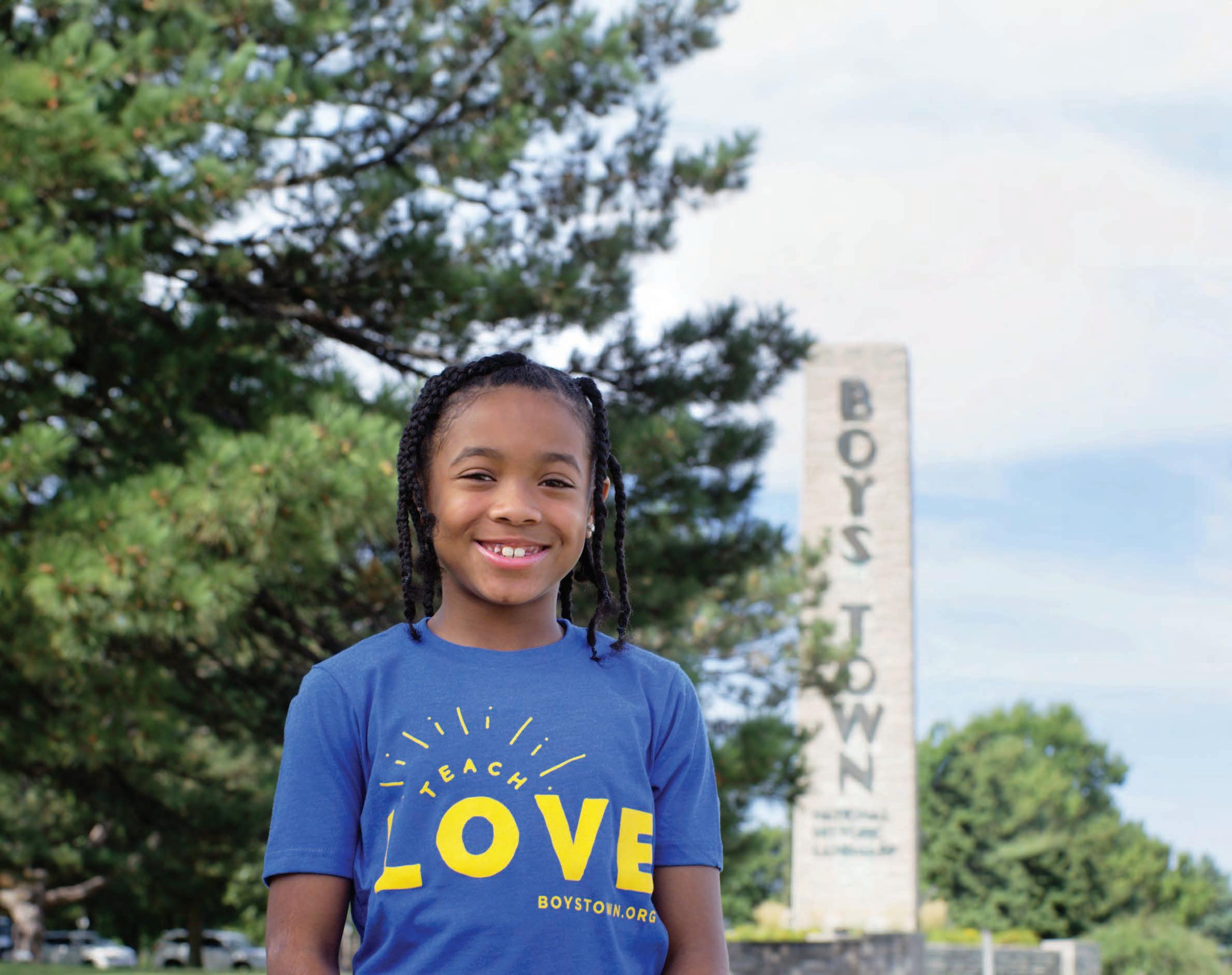
Working toward an America where children and families receive the effective, compassionate care they need to be healthy in body, mind and spirit. Children like Lexi

Content provided by Boys Town
To look at Lexi now, smiling, happy and on the path to the career of her choice, you would never know the trials she has faced in her life. Growing up, Lexi was neglected, hungry and abused. Eventually, Lexi was placed in the foster care system and was later adopted by a family who loved her dearly. Despite the best efforts of her adoptive parents, Jill and Jeremy, Lexi was grieving, in pain and suffering because her birth parents had abandoned her.
With her teen years came severe depression and anxiety as she dealt with the trauma of her past, and the isolation that accompanied COVID-19 led to tensions and arguments at home. “You hate to see your child in pain and going through such a tough time,” said Jill. When Lexi suffered severe depression and decided she didn’t want to live at home anymore, her parents knew she needed Boys Town.
When Lexi arrived at Boys Town, she felt a bit lost and unsure, but through the love and support of her Family-Teachers and therapists, her confidence began to grow, and she became more positive and appropriately assertive. “Boys Town supported me in ways I didn’t even realize I needed,” said Lexi.
Soon, Lexi was back on track. She excelled in school, participated in sports and was named to the National Honor Society. During high school, she realized she had a genuine interest in agriculture and specifically, the equine industry.
With the help of Boys Town’s Successful Futures program, she is pursuing a degree in equine industry management and hopes to one day own her own ranch. The program supports youth as they transition from high school to independent living.
“Boys Town helped me shape my future,” said Lexi. “I’m very grateful for all the opportunities that I have been given, and I am proud to be part of the Boys Town community that raised me and helped me to be the person I am today.”

By the numbers, Bellevue University may not be your typical institution for higher learning. Its students come from 40 countries, and their average age is 34. One-quarter of Bellevue University students are first-generation college students, and nearly 10 percent serve in the military.
The university offers a range of programs where students can obtain certificates all the way up to doctorates. Its academic disciplines range from cybersecurity to clinical mental health counseling. Above all, Bellevue University allows students to learn on their own terms. The university offers more than 80 career-focused programs with 100% online and flexible learning options.
Founded by the Sisters of Mercy and inspired by a mission to provide access to education for women in an environment that fosters leadership, the College of Saint Mary is dedicated to helping its students achieve academic excellence and providing service-learning opportunities.
The college, situated in midtown Omaha, offers undergraduate degrees in disciplines such as chemistry, mathematics, and business. Its graduate studies areas include education, physical therapy, and organizational leadership. In fact, 92 percent of its graduates launch their careers or pursue a graduate program within six months of commencement.
By empowering women through education and fostering a culture of leadership and community service, College of Saint Mary is not just preparing our students for successful careers – we are also strengthening the Omaha community. Our students graduate from CSM equipped with the skills and values needed to drive positive change, contributing to Omaha’s ongoing growth as a vibrant and thriving city.
– Heather Smith, MBA, President College of Saint Mary
Our students overwhelmingly choose online classes because of the flexibility provided, but interestingly, many of them choose to come to campus for events and to meet their professors and fellow students. Thousands of our 72,000 graduates have come to Omaha and experienced the friendly and thriving metropolitan community we are part of. It’s especially fun to see some of them experience snow for the first time. They carry a new and positive impression of Greater Omaha.
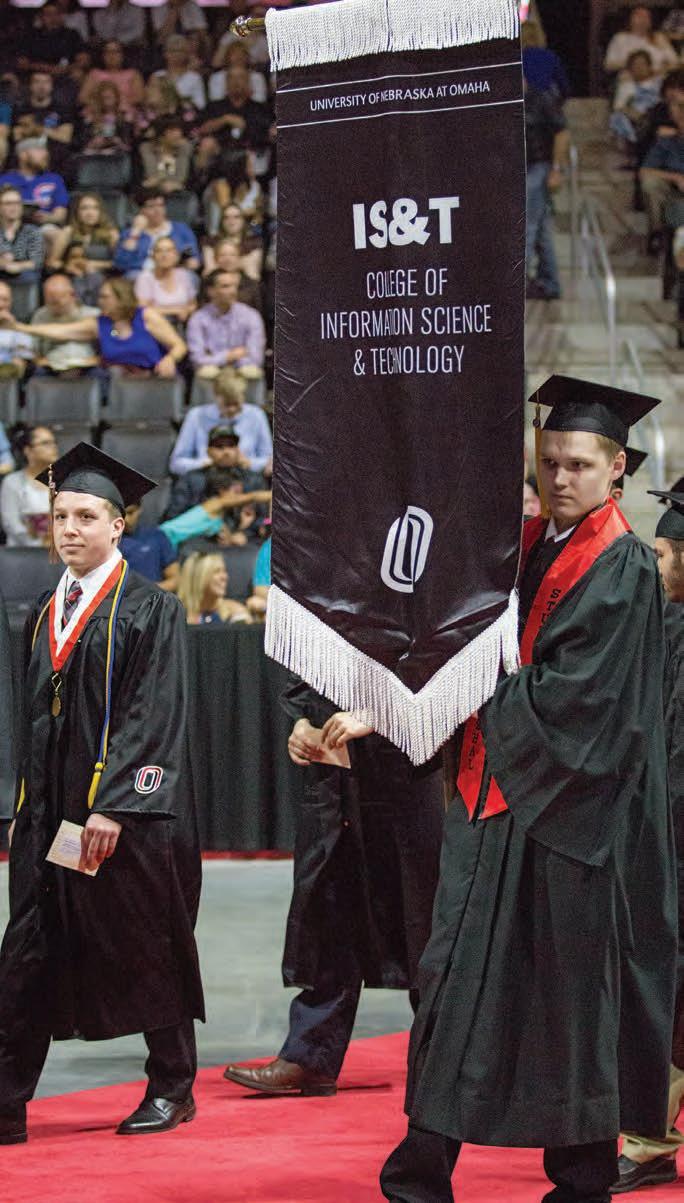
– Dr. Mary Hawkins, President, Bellevue University
St. John’s Parish located on the Creighton University campus began construction in 1888.

Creighton University describes itself as a Catholic and Jesuit comprehensive university committed to excellence in its selected undergraduate, graduate, and professional programs.
And it has the rankings to support that description.
Creighton ranks in the top third of National Universities in U.S. News & World Report’s 2024 rankings for “Best Colleges.” For a fifth consecutive year, Creighton returned to the prestigious list of National Universities, recognized for offering a full range of undergraduate majors and master’s and doctoral programs, and for producing groundbreaking research. For 16 years in a row, Creighton had been recognized as No. 1 in the Midwest category.
Creighton offers more than 140 academic paths, including the arts, sciences, law, business, and multiple health sciences fields. And at Creighton, the classroom is just the beginning as its students have myriad opportunities outside the four walls – from research to internships to service-based learning.
Creighton University is a magnet for global talent and uniquely positioned to welcome students from all backgrounds who aspire to be leaders in their fields. Drawing nearly 80 percent of our students from outside Nebraska and retaining nearly half of them in our state after graduation, Creighton fosters connections and fuels innovation. The vibrant living and learning environment on our campus positively impacts our entire community and helps to grow the state of Nebraska.
– Rev. Daniel S. Hendrickson, SJ, Ph.D., President Creighton University

The brilliance of MCC is our ability to be responsive to the diverse needs of our students and to strengthen the communities we serve. Our enduring mission makes education affordable and accessible to learners of all ages, whether they are exploring their career interests, pursuing career education or preparing for a four-year degree.
– Randy Schmailzl, President, Metropolitan Community College
Metropolitan Community College’s multiple campuses, centers, and locations are as diverse as its students. Its campuses are scattered throughout the Omaha area and in Dodge County.
Students taking courses from MCC, which is Nebraska’s largest community college, often focus on career preparation and general education. They may take classes at one location, or several. Students at MCC can pursue degrees and certificates in seven areas of academic focus, including business, creative art and design, and information technology. Current high school students may earn college credit through MCC’s Office of Secondary Partnerships.
We believe Midland University is a vital part of the metro area. Our students come from 40 different states and more than 26 countries to make Midland their home. Our goal is to prepare them for whatever lies ahead and inspire them to learn and lead in the world with purpose.
– Jody Horner, President Midland University
Midland University, with campuses in Fremont and Omaha and through its online offerings, features courses in more than 30 undergraduate majors and 24 graduate programs.
Founded in 1883, Midland University offers a four-year graduation guarantee, and its students experience small classes, engaged instructors, and a team of professional advisers. Its programs and reputation for academic excellence attracts students from 40 states and 26 countries. The result is a rich and diverse experience for its undergraduate and graduate students.
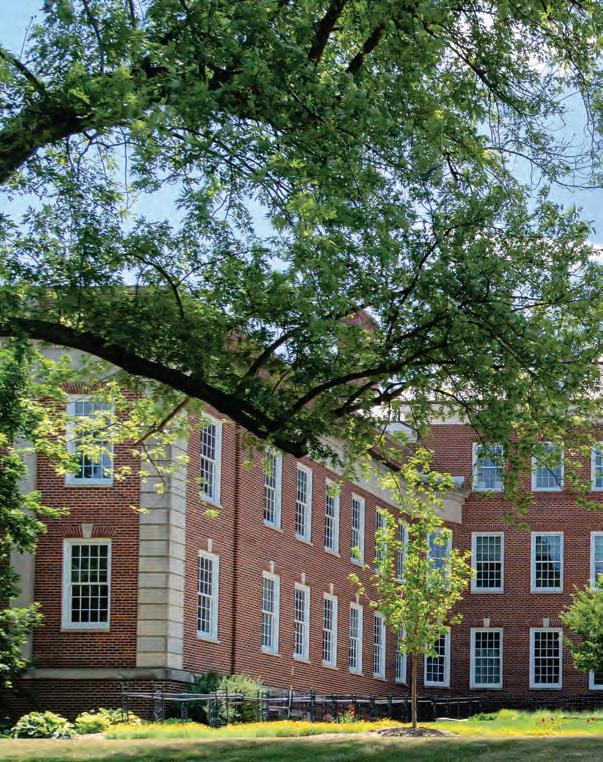
By the numbers, the University of Nebraska at Omaha – the state’s only metropolitan institution for higher learning – stacks up well. A recent list by U.S. News & World Report ranked it among “Best Online Programs.” UNO’s online master’s in criminal justice program made the magazine’s Top 10 list. In addition, Military Times has placed UNO in its Top 25 fouryear public institutions for military friendliness. And UNO was recognized by U.S. News & World Report’s “Best Colleges” as the most LGBTQ+-friendly institution in the state.
Every great city deserves a great public university with a shared vision of success. UNO is constantly evolving the way we teach, work and learn so we can deliver educational experiences and produce research that will help this great city of Omaha thrive. Our university is a destination for bright minds and entrepreneurial spirits across the state and the world because Omaha offers unparalleled opportunities for innovation, collaboration, and growth.
– Joanne Li, Ph.D., CFA, Chancellor, University of Nebraska at Omaha
The oldest building on UNO’s campus is also one of the most iconic. Completed in 1938, today it is part of the College of Arts and Sciences.
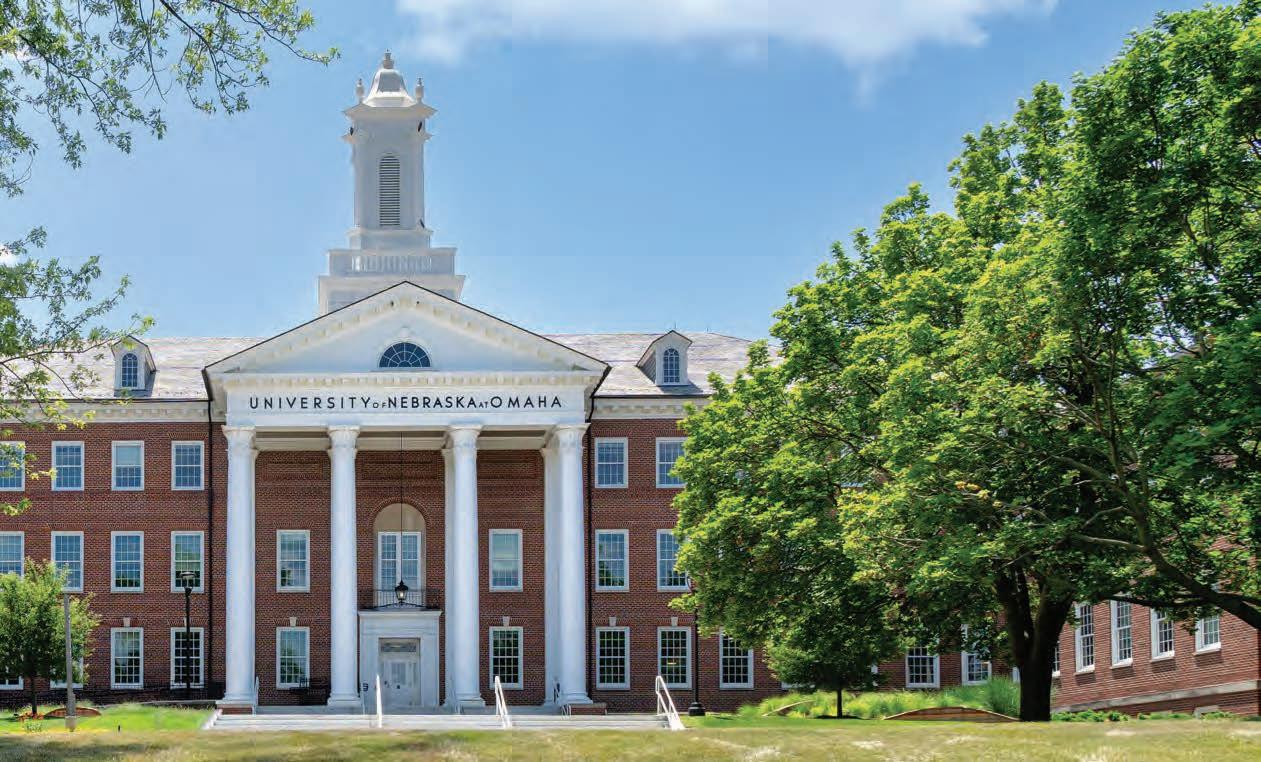
Situated in the heart of Omaha, UNO provides its student body of more than 15,000 with one of the most affordable tuition rates in the region and multiple opportunities for service learning and community service. With more than 2,000 faculty and staff, UNO offers a 21:1 undergraduate student-to-faculty ratio and an 8:1 graduate student-to-faculty ratio.
Here’s another number worth noting: The university has donated more than 300,000 hours of service – both student and staff – to a wide range of community projects.
Founded in 1869 and chartered as the state’s first medical college in 1881, the University of Nebraska Medical Center trains more health professionals than any other institution in the state. Its scientists and clinicians are at the leading edge of discovering new medical breakthroughs and transforming lives across the state and throughout the world.
UNMC features six colleges, two institutes, and a graduate studies program, which serve more than 4,400 students in about 90 programs. It features nearly 50 academic departments committed to training the nation’s best and brightest. Its scientists and research experts generated nearly $170 million in annual research grants in 2023.
All this success attracts attention. UNMC is ranked as a Tier 1 institution for primary care training by U.S. News & World Report. Its nursing bachelor’s program is 23rd in the nation. Also among the best in U.S. News & World Report rankings
are its physical therapy, physician assistant, pharmacy, and online graduate nursing programs. UNMC is ranked ninth in the percentage of medical school graduates practicing in rural areas.
As Nebraska’s only public academic medical center, the University of Nebraska Medical Center draws faculty and students from all over the country and world because of our reputation for cutting-edge research, state-of-the-art clinical care and innovative educational and training programs, exemplified by groundbreaking simulation and virtual reality as part of competencybased curriculums. With five campuses stretching across the state, we serve the communities where we live and train, fulfilling our mission to improve the health of people in Nebraska and beyond.
– Dr. Dele Davies, Interim Chancellor University of Nebraska Medical Center
Omaha is at the heart of healthcare in the United States. We’re not only saving lives but we’re also shaping the future of the global pandemic response – and we’ve been doing it for a while.
The metro area boasts some of the top healthcare facilities in the world, including Boys Town National Research Hospital, CHI Health, Children’s Nebraska, Methodist Health System, and Nebraska Medicine, which ranked 65th out of 420 in Newsweek’s list of “Best Hospitals in the United States” in 2024. From Covid-19 to cancer to the common cold, there is no need to travel to find the most innovative and sought-after doctors, nurses, and treatment plans. It’s all right here. In our own backyard.
The Omaha metro, including its neighborhoods and suburbs, offer our community an organized, robust, and caring healthcare system that ensures timely access to the highest quality, most attainable standard of care – whether you’re looking for a family physician or world-class cardiologist.
Omaha is on the cutting edge of research, treatments, and cures, with two of the country’s top medical schools nestled a few miles from each other – at the University of Nebraska Medical Center and Creighton University. We’ve got the best and brightest here to help.
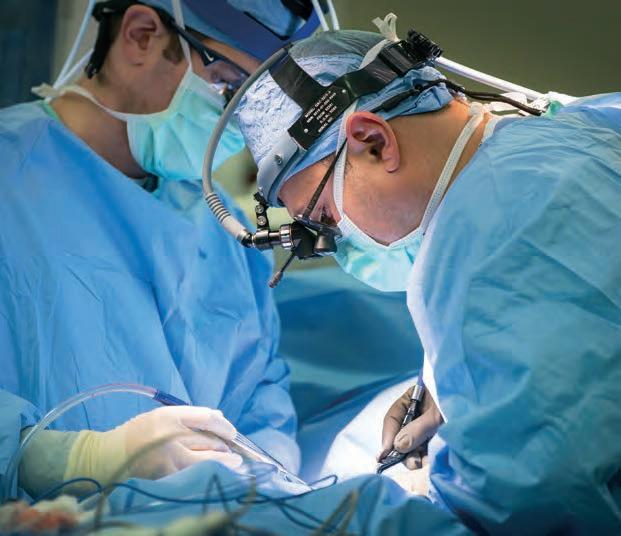

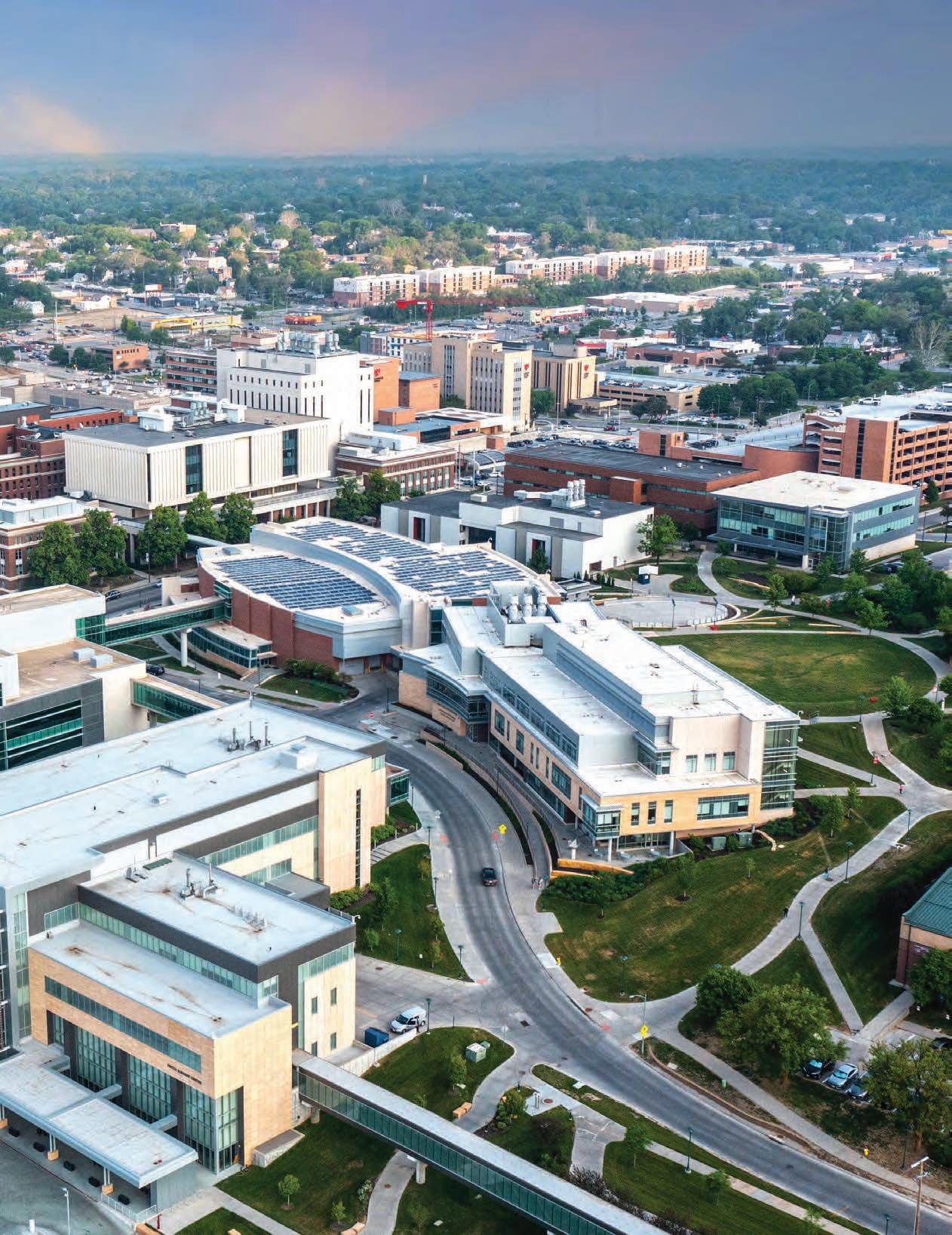
An aerial view from the southeast exemplifies the campus of the University of Nebraska Medicine and Nebraska Medicine. The area consists of about 165 acres or 10 square blocks.
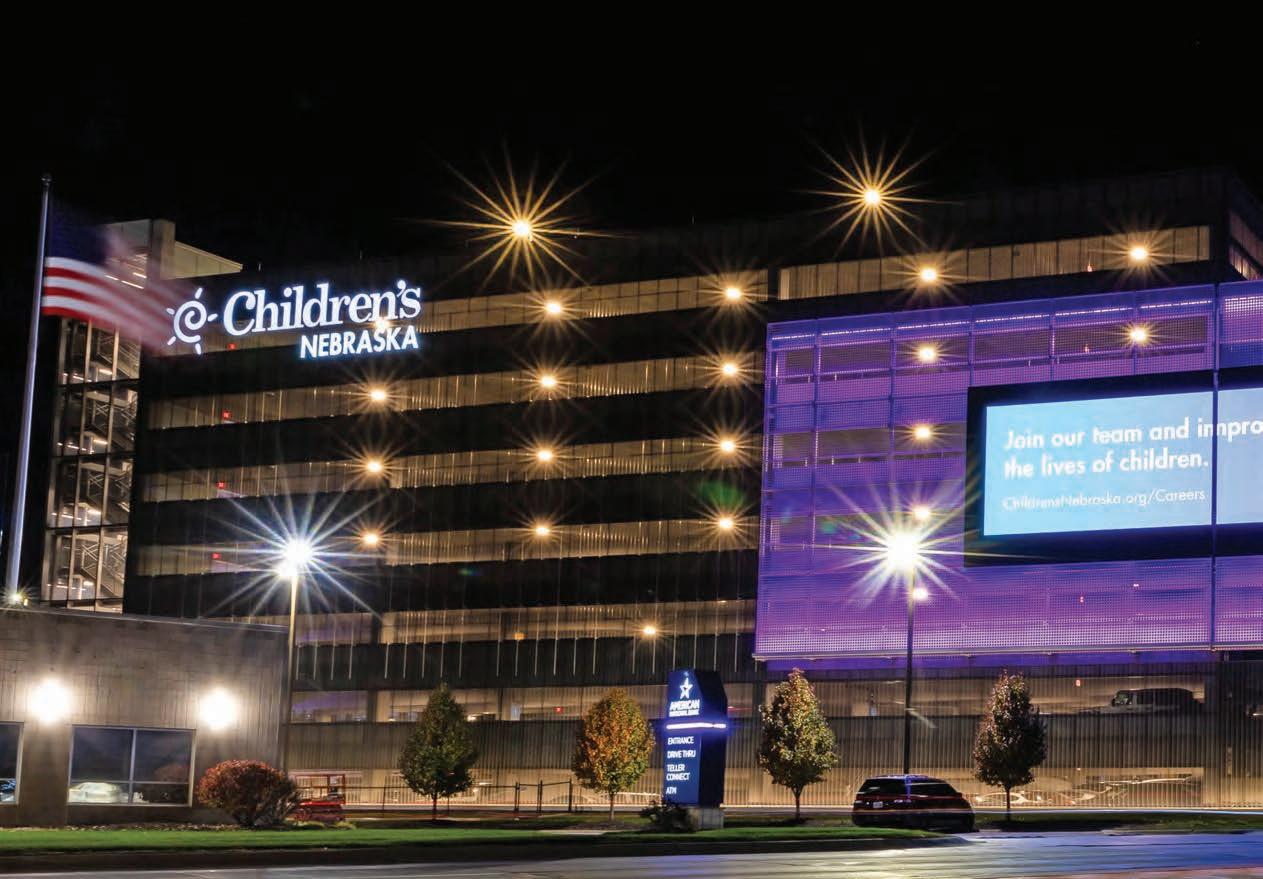
Children’s Nebraska is a place of hope and healing, dedicated to improving the lives of children and innovating to meet their unique needs. As the state’s only hospital exclusively devoted to pediatric care, Children’s provides expertise in primary care and more than 50 pediatric specialties to children across a five-state region and beyond.
Home to the state’s only Level IV Neonatal Intensive Care Unit, Level II Pediatric Trauma Center and Level IV Epilepsy Center dedicated solely to the treatment of children and adolescents, Children’s is proud to be the region’s pediatric healthcare leader. From world-class 3D printing, virtual reality and robotic surgeries to significant investments in behavioral health services, Children’s team advocates and innovates on behalf of children — always leading with specialized expertise and extraordinary compassion.
The heart of our story is our amazing people. Here, passion drives purpose as team members strive to live out the organization’s core values of innovation, collaboration, accountability, respect and excellence. Our People First culture helps ensure each team member feels a sense of purpose, joy, wellbeing, growth and belonging at work. By taking care of our
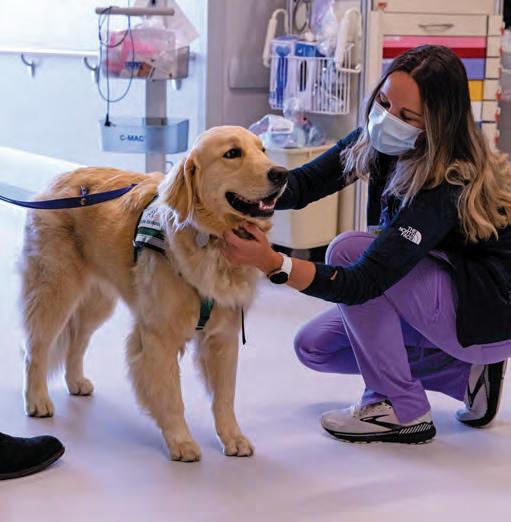

team, we enable them to provide the best care, outcomes and experiences for patients and families. As a result, Children’s has an engaged, growing workforce and is a destination workplace for healthcare professionals seeking career fulfillment and development.
Together, we are Children’s Nebraska — improving the lives of children and creating a brighter, healthier future for the communities we serve.
Visit ChildrensNebraska.org/BelieveInBetter to learn more.
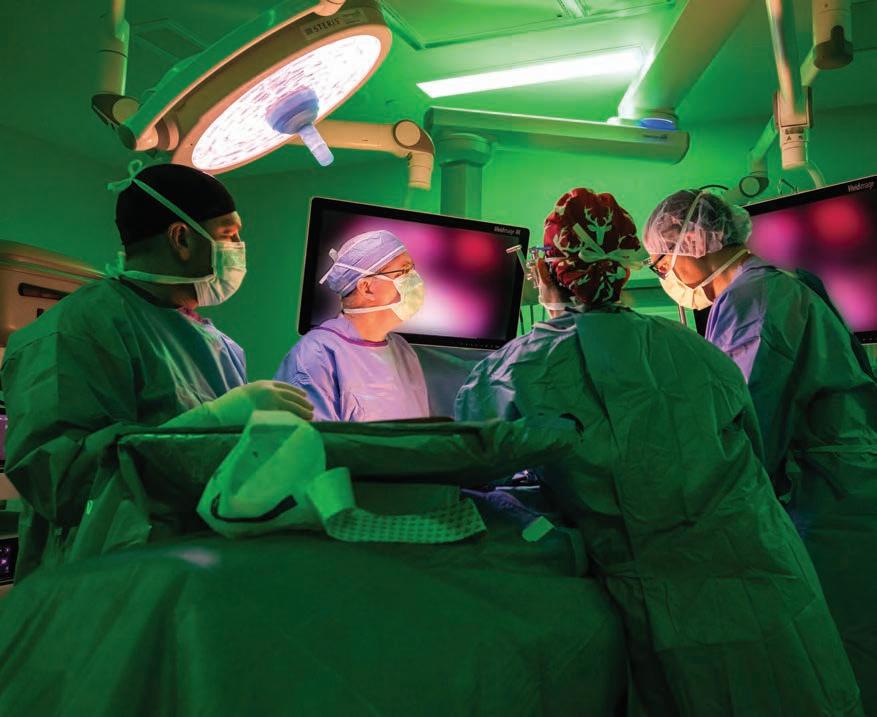

Since its founding in 1977, Boys Town Hospital has been internationally recognized as a leader in clinical and research programs focusing on childhood deafness, language development, and related communication disorders. Today, the hospital is leading the charge in neurobehavioral research in children to improve interventions and treatments for children with severe behavioral and mental health problems.
Major milestones since the opening of the hospital include the construction of the Lied Learning & Technology Center, the construction of a new hospital on the Village of Boys Town campus, the construction of the Boys Town Residential Treatment Center adjacent to the new hospital in 2013 with additions in 2017, and the construction of the Psychiatric Inpatient Center in 2019.
In 2024, Boys Town National Research Hospital attained a breakthrough with brain atlases, which are tools that map the brain. Atlas55+ was mapped by the Boys Town Brain Architecture, Imaging and Cognition Lab and its affiliates. The atlas allows scientists researching brain and cognition changes in later adulthood to have a reliable map of brain networks, created using functional MRIs of healthy individuals ages 55 to 95. Atlas55+ identified five major networks in the adult brain, three of which showed significant changes in integrity in older adults, as compared to younger adults. The goal is that the atlas can be used as a reference for any population above the age of 55 and that it will aid in the diagnosis of neurodegenerative disorders such as mild cognitive impairment or Alzheimer’s disease by providing a baseline for what healthy aging brain networks look like.
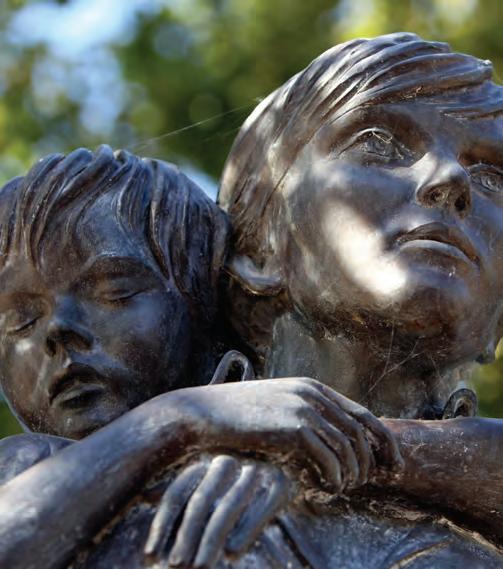
With 14 hospitals and 136 clinics throughout Nebraska and western Iowa, CHI Health cares for more than 1 million patients per year. The faith-based hospital system — which includes CHI Immanuel and CHI Lakeside in Omaha and CHI Mercy Hospital in Council Bluffs — is one of area’s largest employers, with more than 11,000 employees. CHI Health’s vision is: “A healthier future for all — inspired by faith, driven by innovation, and powered by our humanity.”
Founded in 1996, the entire CHI Health acute hospital care network also includes Creighton University Medical Center-Bergan Mercy and Creighton University Medical Center-University Campus. Medical services include trauma services, heart and vascular care, emergency services, surgery, maternity, cancer care, and diagnostic imaging. CHI Health also offers virtual quick-care appointments 24 hours a day, seven days per week. The healthcare system employs more than 400 doctors across all specialties and disciplines.
Children’s Nebraska is recognized for its excellence in pediatric patient care, advocacy, research, and education, from emergency room care to influencing a change on a legislative level. The staff at Children’s in midtown Omaha have dedicated their careers to improving the quality of life for every child and family who walks through the door. It’s the only full-service pediatric healthcare center in the state.
Children’s Nebraska offers more than 50 pediatric specialty services to children of all ages, including a regional heart center that consists of experts in pediatric heart transplantation, Nebraska’s only Level IV Newborn Intensive Care Unit, and the state’s only Level II Pediatric Trauma Center. Children’s Nebraska has been recognized as a “Best Children’s Hospital” by U.S. News & World Report magazine in cardiology and heart surgery, pulmonology, gastroenterology and GI surgery, and urology.

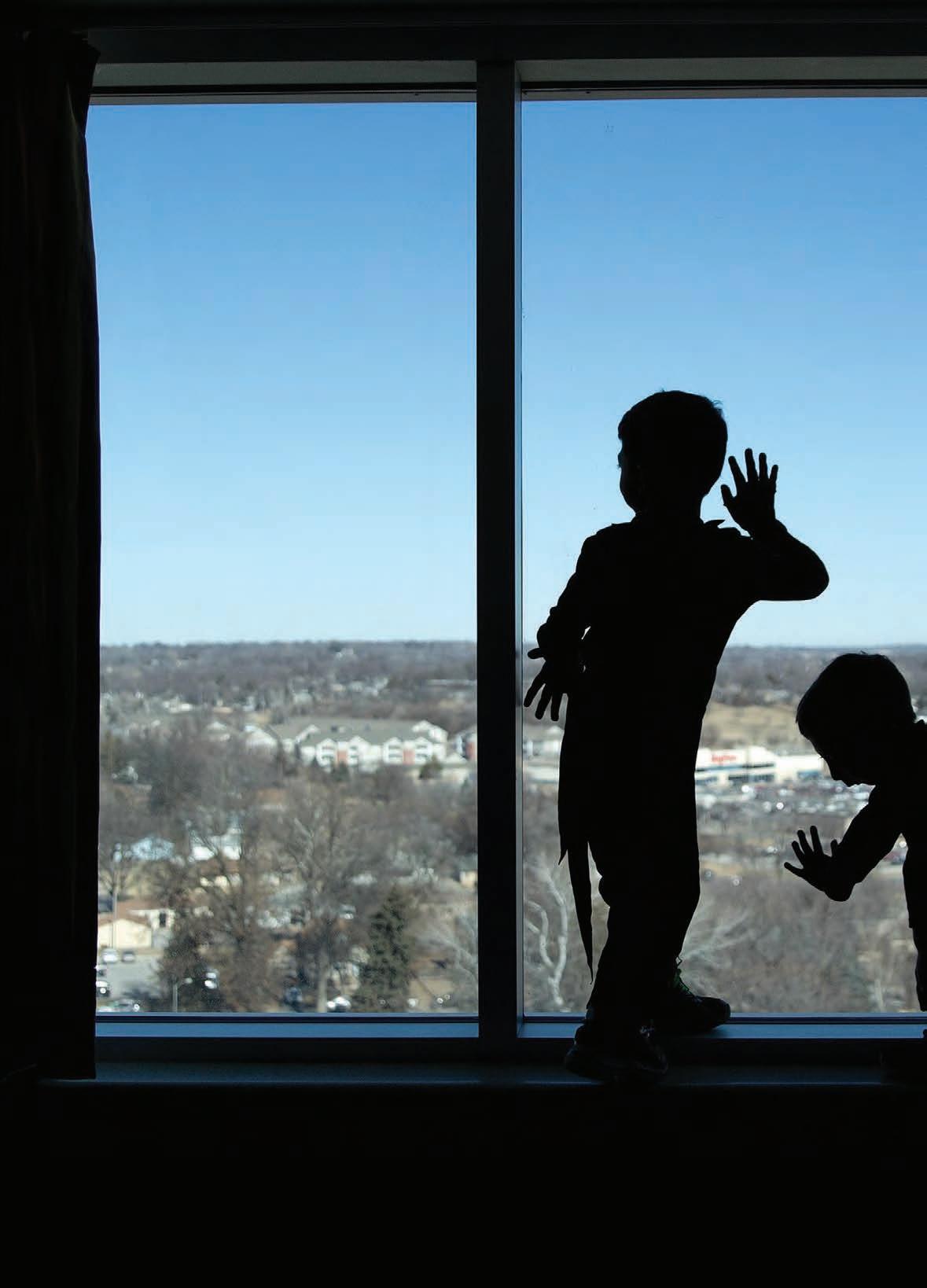
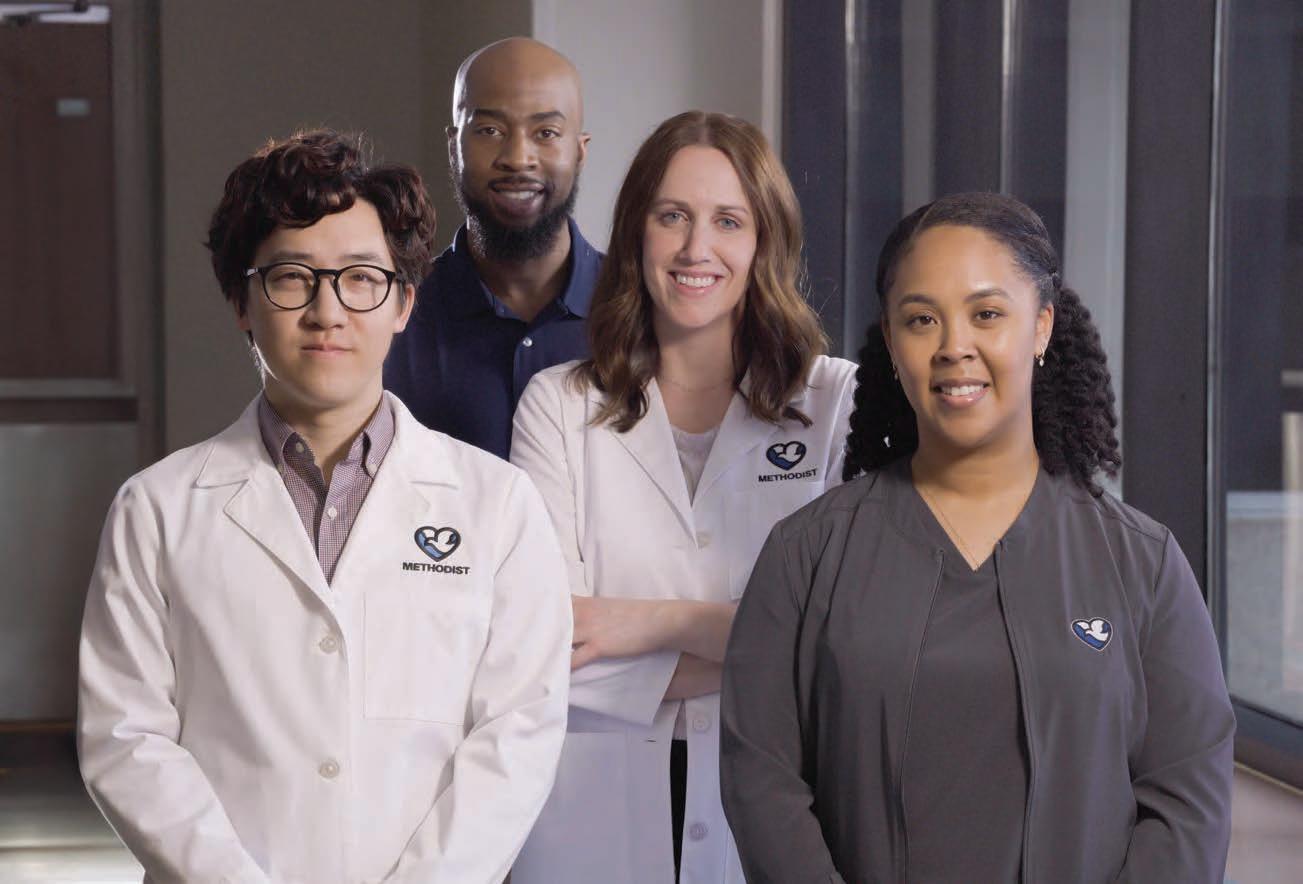
Nearly all of the Omaha-area hospitals within the Methodist Health System have secured national awards, accreditations, or both for their care. The Methodist Estabrook Cancer Center, for example, is a National Pancreas Foundation-approved cancer center and has earned a Lung Cancer Care Continuum Center of Excellence designation by the GO2 Foundation for Lung Cancer. Methodist Fremont has earned an International Board of Lactation Consultant Examiners Award for its birthing center.
In Omaha, Methodist Hospital has earned a National Safety Council Award of Merit and was named one of the “Top 100 Great Heart Programs Nationally” by Becker’s Hospital Review. Then there’s Methodist Jennie Edmundson Hospital in Council Bluffs, which has earned an outstanding achievement award from the Commission on Cancer as well as a PRC Excellence in Healthcare Award for Emergency Services.
Methodist hospitals were recently recognized by the American Heart Association for quality stroke and cardiac care, earning high distinctions among a number of prestigious hospitals nationwide. Methodist Hospital – which has been recognized by the AHA for stroke care since 2014 – received a Gold Plus award from the AHA for ensuring that stroke patients receive the best, most appropriate research-based treatment. Methodist Jennie Edmundson received a Silver Plus award. Both hospitals also received an award from the AHA signifying the most up-to-date, evidence-based care for patients with Type 2 diabetes when hospitalized for a stroke.

Becker’s Hospital Review

Almost everyone in Omaha knows someone whose life has been touched by the state’s largest hospital, Nebraska Medicine. From offering leading safety protocols and caring for Covid-19 patients to life-saving organ transplants and cancer treatment, Nebraska Medicine is one of the fastestgrowing research hospitals in the country. That means patients have access to the latest research and innovations that can keep them healthy — and in some cases save their lives.
Nebraska Medicine includes more than 1,000 doctors and 40 specialty clinics. Two hospitals alone — Nebraska Medical Center and Bellevue Medical Center — have more than 800 beds combined. By partnering with the University of Nebraska Medical Center, the hospital system is educating the best and the brightest — and putting those doctors on the floor, equipped with the most cutting-edge research and extraordinary patient care available. People travel from around the world to seek care from Nebraska Medicine staff, a trend that goes back to 1869 when it was founded as the city’s first hospital.
Nebraska Medicine has an international reputation for life-saving cancer care, organ transplants, and infectious disease treatment and prevention. Nebraska Medicine is one of those Omaha institutions we are proud of and is consistently called the “Best in the State” by U.S. News & World Report. It is frequently listed as one of the “100 Greatest Hospitals in America” by Becker’s Hospital Review. In addition, Forbes considers Nebraska Medicine to be one of the best employers in Nebraska.

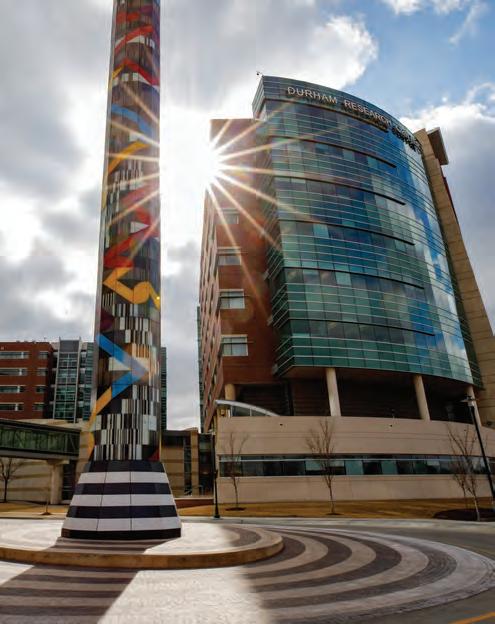



From Fort Crook to Offutt Air Force Base and the U.S. Strategic Command, the U.S. military is an important piece of Omaha’s past and present.
Omaha wouldn’t be what it is today without its military families and veterans who returned home after serving our country. As has been the case for decades, Omaha enjoys a special relationship with Offutt, one of the state’s largest employers and a bastion of military strength and innovation.
The bond between Offutt Air Force Base and the city of Omaha runs deep, intertwining the lives of military personnel, civilians, businesses, and families for decades.
This longstanding relationship has fostered a sense of community, security, stability, and economic prosperity for both entities, creating a symbiotic connection that benefits all involved.
“It is not uncommon for folks to only think about Bellevue when thinking about our military community when in fact more than 35% of the active duty population lives in communities outside of Offutt AFB and Bellevue,” said Randy Norwood, assistant vice president of military affairs and strategic partnership for the Greater Omaha Chamber of Commerce.
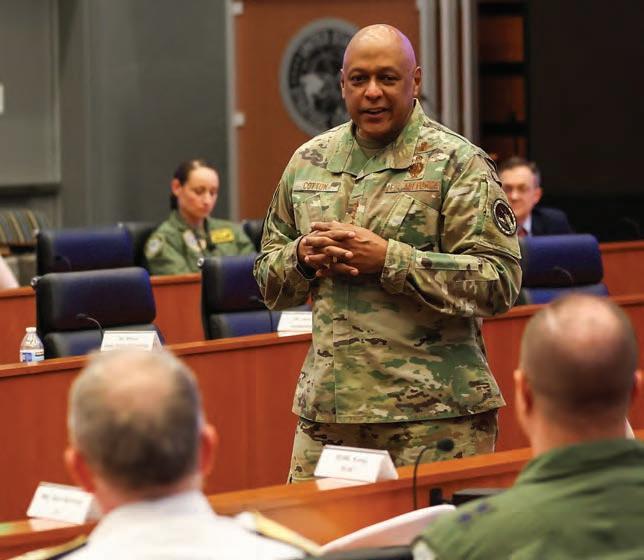
Located just south of downtown Omaha, Offutt Air Force Base has played a vital role in the city’s identity since it was established in 1918 as Fort Crook. Home to the U.S. Strategic Command, the 55th Wing, and various other units, Offutt shoulders major responsibilities in national defense and global security.
The presence of Offutt has significantly improved the local economy, providing jobs, business opportunities, and support services to the extended Omaha community.
Offutt employs more than 10,000 military and civilian personnel with an annual payroll of $1 billion, creating a diverse workforce and community contributing to the region’s economic growth and stability.
In addition, about 7,500 dependents accompany members of the military to Offutt every year, and an additional 26,000 military members have retired in the Omaha area. They are a tremendous asset to the community’s labor force, with an economic impact of more than $2.9 billion each year.
Beyond economic considerations, the relation-ship between Offutt Air Force Base and Greater Omaha is characterized by mutual respect, understanding, and collaboration.
“The relationship between the military and Greater Omaha communities is one of a true partnership,” Norwood said. “This is evident through our designation as a Great American Defense Community by the Association of Defense Communities.
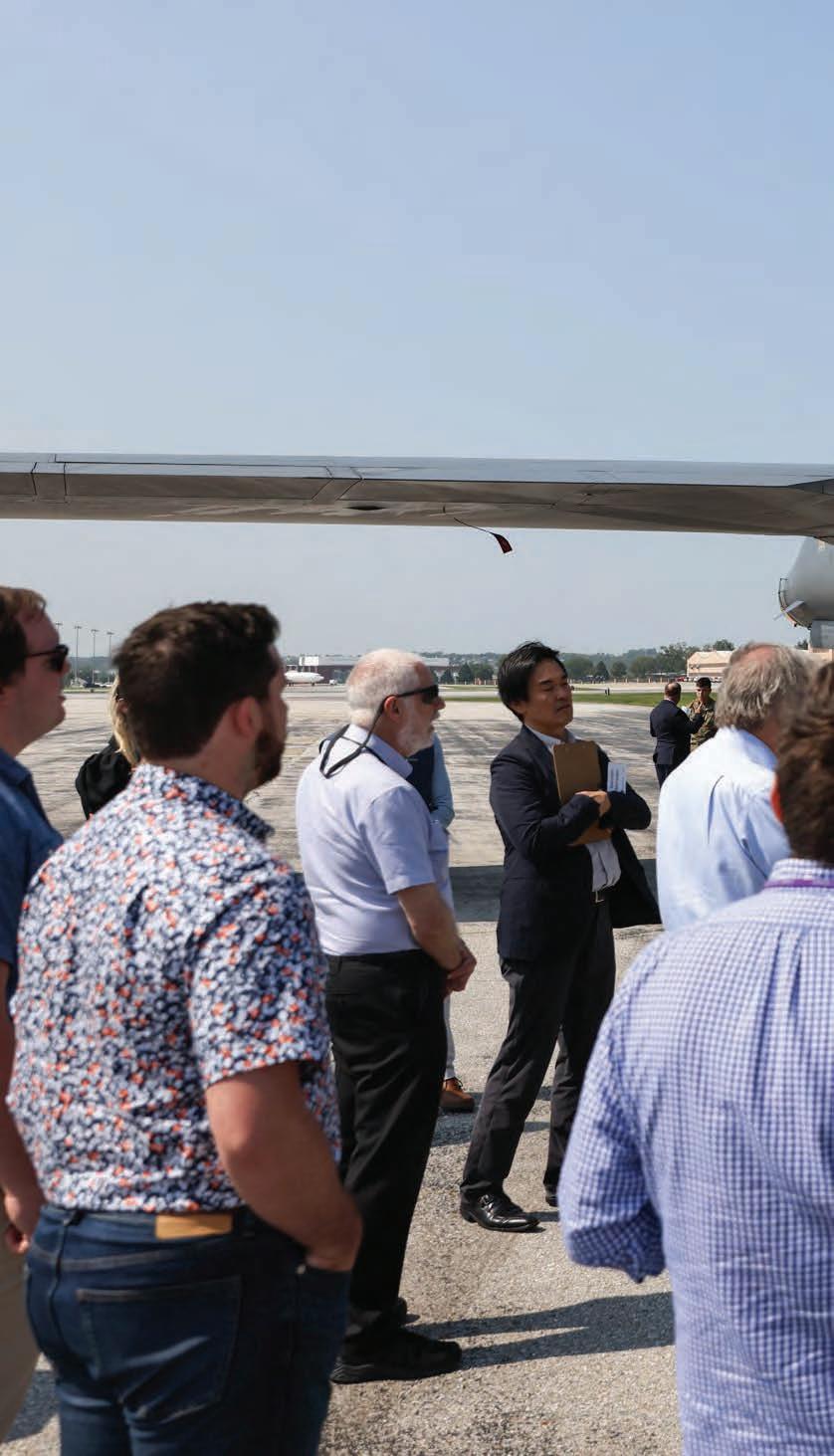
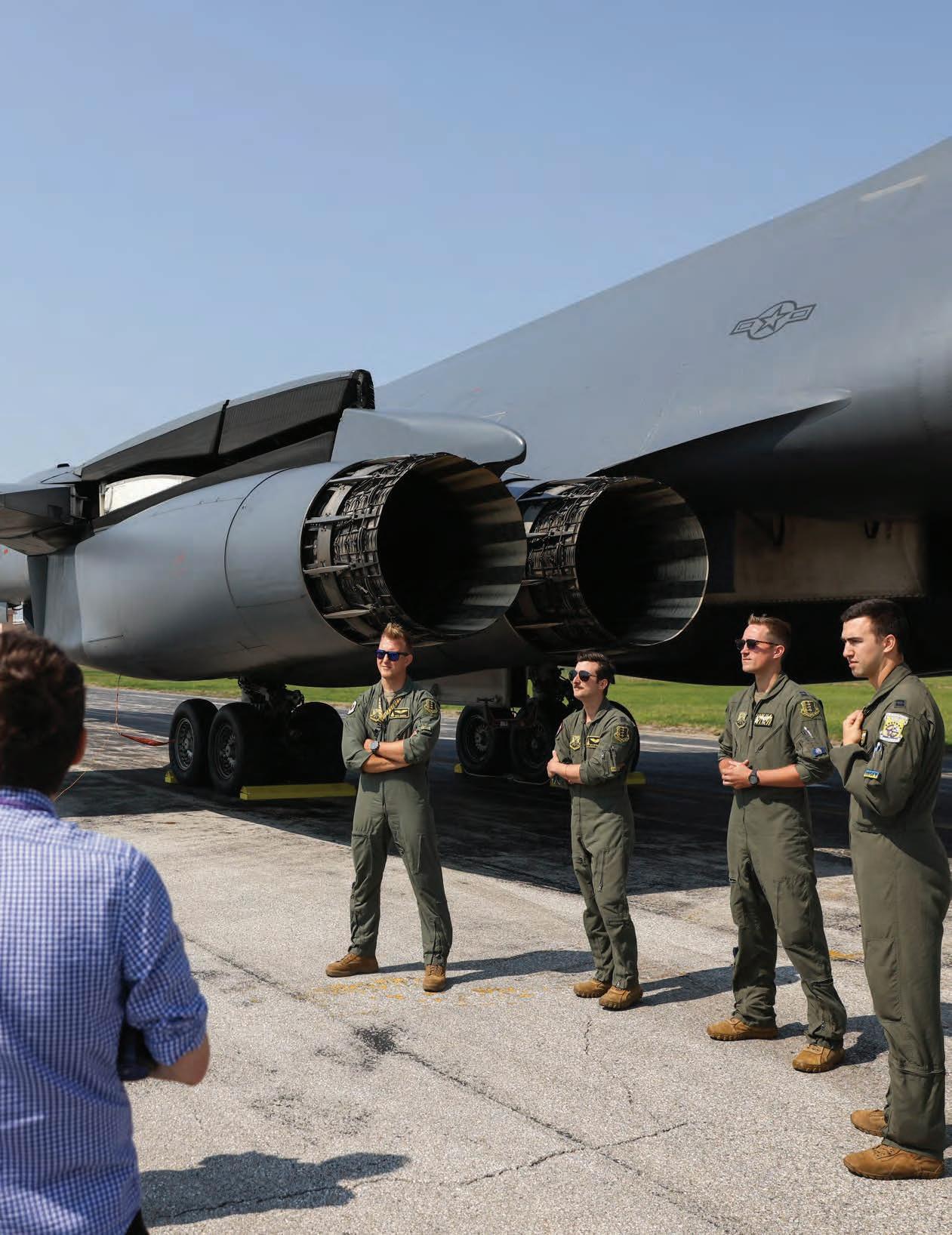
B-1B Lancer crew members share insights during the U.S. Strategic Command’s Experience Day at Offutt

“What makes this designation extra special is this is the first time that a base has nominated a community. That speaks volumes to our partnership and mutual appreciation for each other.”
Military personnel and their families are integrated into the community, participating in local events, supporting charitable causes and forming lasting friendships with other residents. Likewise, civilians in Omaha show their appreciation for the military through gestures of support, such as care packages, volunteer work, and public displays of gratitude.
One notable example of collaboration between Offutt Air Force Base and Omaha is the Strategic Command
Consultation Committee (SCCC), a forum for dialogue and partnership between base leadership and local stakeholders. The SCCC facilitates communication, cooperation, and problem-solving on issues of mutual interest, such as infrastructure development, environmental concerns and community relations. By working together through the SCCC, Offutt and Omaha demonstrate their commitment to building a strong and resilient partnership that benefits everyone involved.
“The Greater Omaha businesses support the military in many different ways,” Norwood said. “A few examples are their support of the Department of
Defense’s SkillBridge and Military Spouse Employment Partnership programs. Our business community understands the value a separating or retiring service member, veteran, and their family members bring to any team.”
In addition to formal organizations like the SCCC, Offutt Air Force Base and Omaha collaborate through a variety of programs and initiatives that promote understanding, engagement, and shared goals.
For instance, the base regularly hosts open houses, air shows, and educational events that allow the public to learn about military operations, technology and history. These activities not

only showcase Offutt’s capabilities but also foster a sense of pride and connection among Omaha residents.
Furthermore, Offutt Air Force Base and Omaha partner on projects that enhance the quality of life for military personnel, civilians, and families in the region. Initiatives such as housing assistance, healthcare services, and educational opportunities demonstrate a commitment to supporting the well-being and success of all community members.
The Greater Omaha community partnerships with the military community include:
• United Way of the Midlands has partnered with Offutt’s Military and Family Readiness Center to launch a 211 helpline. A new military navigator working at Offutt provides confidential information and referral assistance to people connected to the military.
• The Greater Omaha Chamber has partnered with the Nebraska Department of Veterans Affairs to establish a Nebraska resource center in the main base exchange at Offutt. The center is staffed by a veteran service officer who provides information and referrals to active duty service members, veterans, and spouses on topics such as state and
federal veterans benefits, professional license reciprocity, interstate compacts, and employment resources.
• Offutt Advisory Council events such as the W ild Blue fundraiser, the Offutt Appreciation Picnic, the food pantry, and holiday meal giveaways engage the community.
By working together on these initiatives, Offutt and Omaha create a more inclusive and supportive environment for everyone who calls the area home. The relationship between Offutt and Omaha is a testament to the power of collaboration, understanding, and shared values.
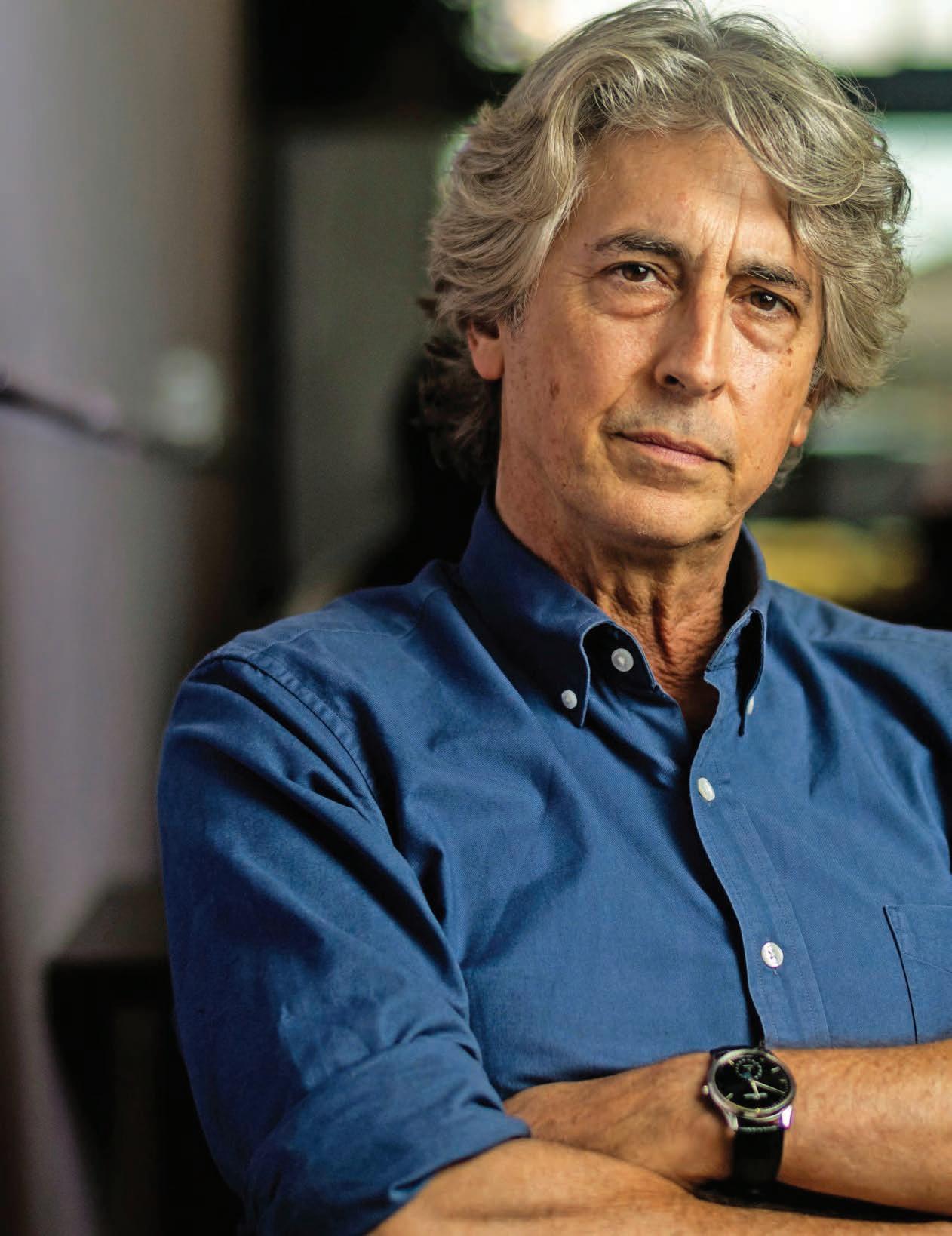
Oscar winner Alexander Payne still calls Omaha home – and brings national recognition to his hometown through his films.
Self-admittedly, Omaha native and two-time Oscar winning director Alexander Payne likes to make movies about people who find ways to love one another even when it’s difficult.
You see it in his most recent (2024) Oscar-nominated film, “The Holdovers,” as well as past films “Election,” “About Schmidt,” “Nebraska,” and “The Descendants.” The list goes on. Payne attributes his Nebraska upbringing to how he writes, chooses and even directs the stories he tells.
Most of his films take place and are filmed in his home state, not only bringing recognition but commerce to Omaha and Nebraska – where he still maintains a home and his parents still live.
He’s said he always dreamed of making movies in Nebraska.
“Starting when I left Omaha and went to college in California and then graduate school, and so near San Francisco I went to Stanford, and I went to UCLA and obviously in LA for graduate school,” Payne said in an interview with the
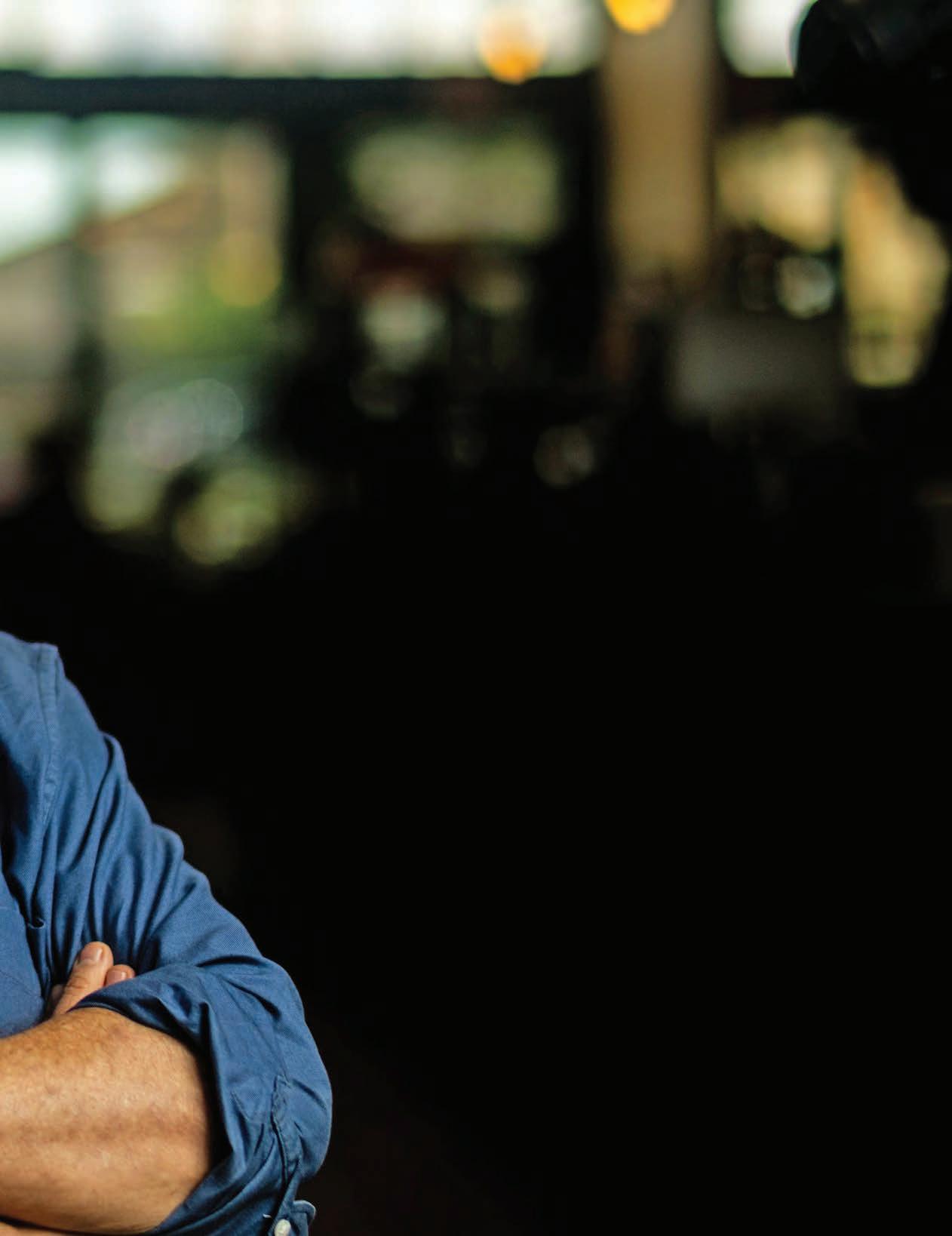
Flatwater Free Press last year. “I would invariably find that my best friends were fellow Midwesterners.
“In terms of what I do in movies, it’s very interesting that Omaha in particular and Nebraska in general has produced so many people who have distinguished themselves in film over the years, going back to the silent days. When I trot that list out to people who are like, ‘oh you’re from Nebraska, how’d you get into the movies?’ I go, ‘well,’ and I start reciting the list of famous names –Harold Lloyd, Montgomery Clift, Marlon Brando, Henry Fonda, Johnny Carson, on and on and on. It’s amazing how that works. Fred Astaire, of course.”
Payne is regarded in the entertainment and film industry as a visionary director and screenwriter, known for his distinct storytelling style to filmmaking.
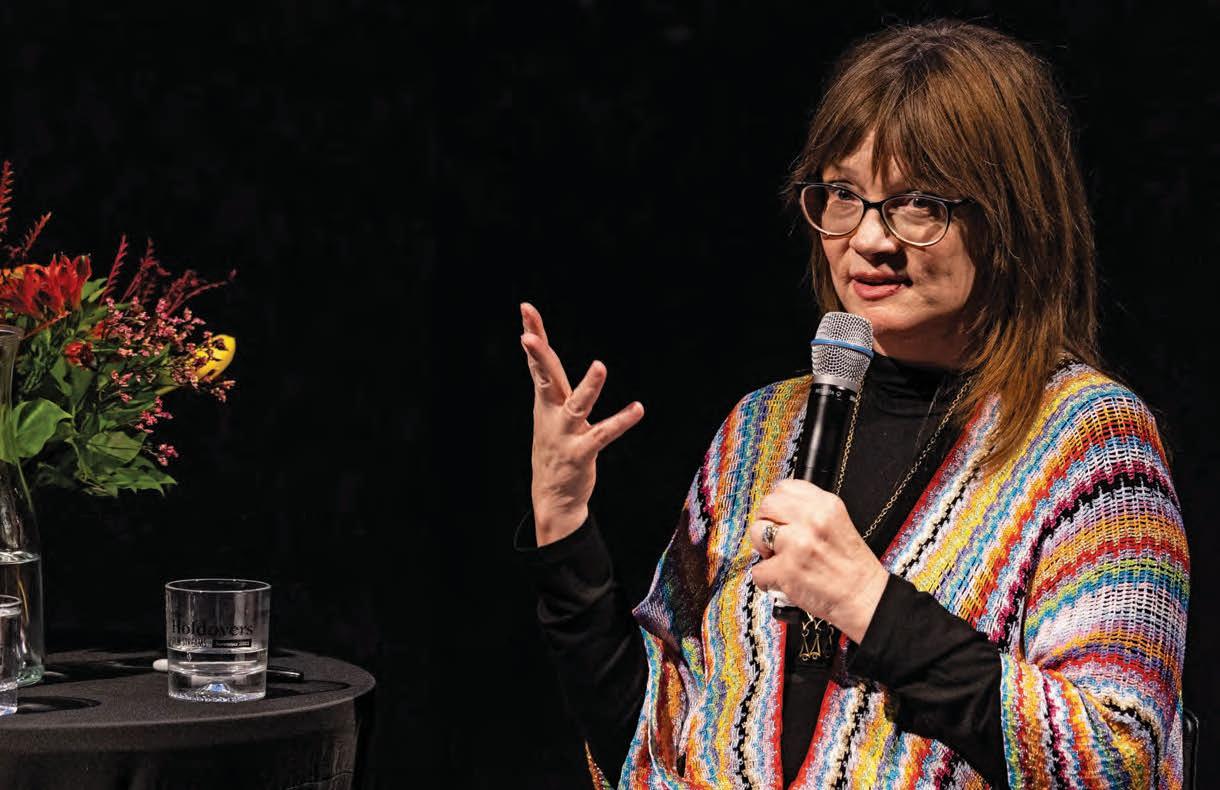
He was exposed to the world of cinema at a young age. He developed a fascination for storytelling and decided to pursue a career in filmmaking. His early work quickly garnered attention, demonstrating his ability to blend humor and profound introspection.
Growing up in an immigrant (Greek) family, second generation, his family had the same ideals as other – law, medicine and business as future careers.
But he had another love.
As a child, Payne described himself as “movie crazy,” and as a seventh-grader at Lewis & Clark Middle School, the humanities program engaged him in a special group if one had good grades.
His father got an 8mm projector from a vendor at the family business and brought it home.
At the time, movies not on TV or in the theater were only available at the local camera store, so the family bought “Abbott and Costello” and “Frankenstein” and watched them on the projector.
Payne said he immediately fell in love with movies.
“I remember in 7th grade being asked to give the 8th grade humanities class a lecture in film history because they knew how film crazy I was,” Payne told Flatwater Free Press. “And then in eighth grade, I did the same thing. I had a film collection on, not even Super 8 (film), but regular 8. And I had a little film collection. I brought my projector in and ran scenes, scenes which illustrated the points I was making.
“And then I got into journalism. At (Creighton) Prep High School, I was on the paper and then yearbook editor. Then I got to college and I just couldn’t go to law school like my parents were wanting me to do. I wanted to go to film school. I wasn’t even thinking about being a director. I was just thinking it would be so cool to go to film school.”
Five years after earning his master of fine arts degree from UCLA Film School, Payne directed his breakthrough film, “Citizen Ruth,” which tackled complex social issues, such as abortion with a
satirical edge. It was the first of several films he made in Nebraska.
The film not only established Payne as someone to watch but also highlighted his distinct ability to balance comedic moments with more profound societal questions.
Payne continued to excel with films such as standouts “Election” and “About Schmidt” – his way of introducing those who thought of Nebraska as a flyover state to the metropolitan city.
“Election” was not only filmed in Omaha but stretched westward to Elkhorn, south to Bellevue and south and west to Papillion. “About Schmidt” had locations that included Omaha, Kearney, Minden, Nebraska City, Ogallala and Lincoln. Both films included scenes shot in Payne’s childhood stomping grounds of Omaha’s Dundee neighborhood.
“About Schmidt” earned Payne his first Oscar for Best Adapted Screenplay, and his next project, “Sideways,” earned him his second in the same category.
One of Payne’s signature traits is his
I always wanted to see Nebraskans on film, as though the people I know here matter. Because I believe they do.
– Alexander Payne, Oscar winning director Omaha Magazine
keen eye for casting. He has repeatedly collaborated with exceptional actors, resulting in remarkable performances that bring his characters to life.
Such was the case with the five-time Oscar-nominated “The Holdovers,” Payne’s first movie in more than six years.
Headlined by Paul Giamatti along with Da’Vine Joy Randolph and newcomer Dominic Sessa, the trio form the acting base, and the story about them and their intertwined relationships with one another earned Giamatti an Oscar nod and Randolph her first Oscar win.
With an impressive body of work behind him and numerous accolades to his name, Payne has solidified his place as one of the most distinctive and talented filmmakers of his generation – and a true Nebraska son.
“I always wanted to see Nebraskans on film, as though the people I know here matter,” Payne said in an interview with “Omaha Magazine.” “Because I believe they do.”



This dynamic city isn’t just about boardrooms and bottom lines; it’s a 24/7 celebration. World-class museums like The Joslyn, Durham Museum, and Kiewit Luminarium beckon curious minds. Sports fans? Brace yourselves for College World Series excitement, professional volleyball, division I hockey and baseball thrills, and Creighton Bluejays basketball dunks!
Sporting Events
Performing Arts
Galleries
Museums & Attractions
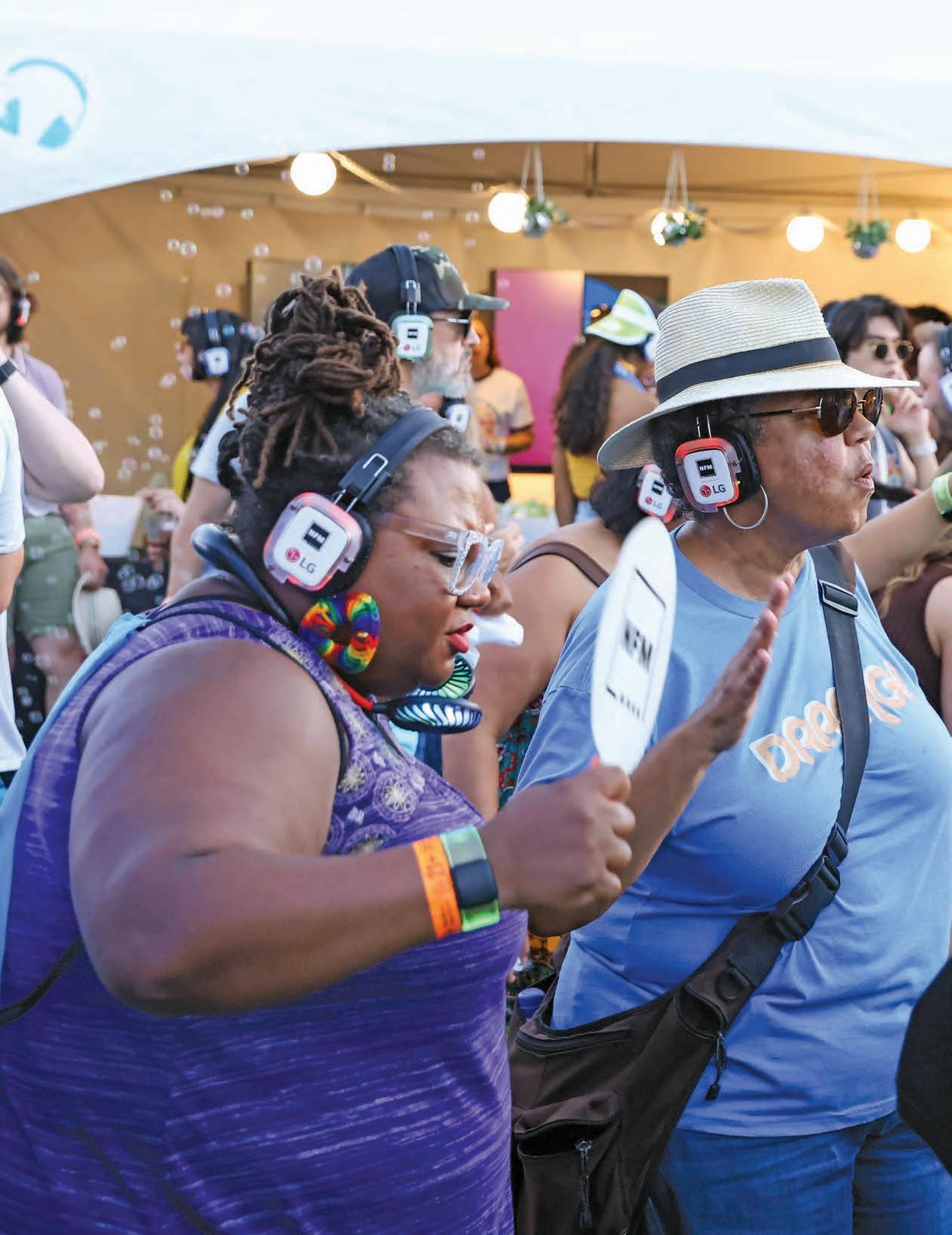


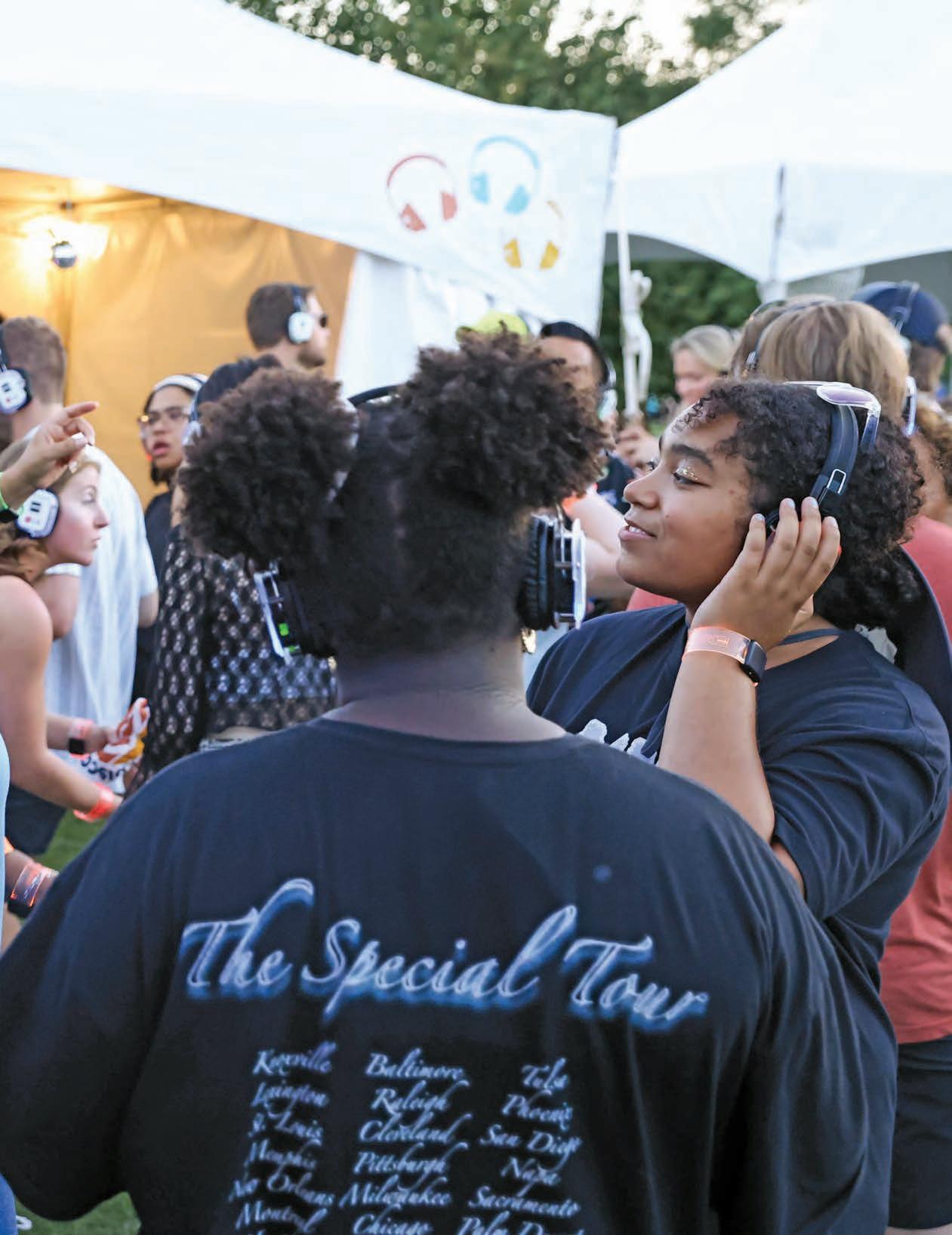
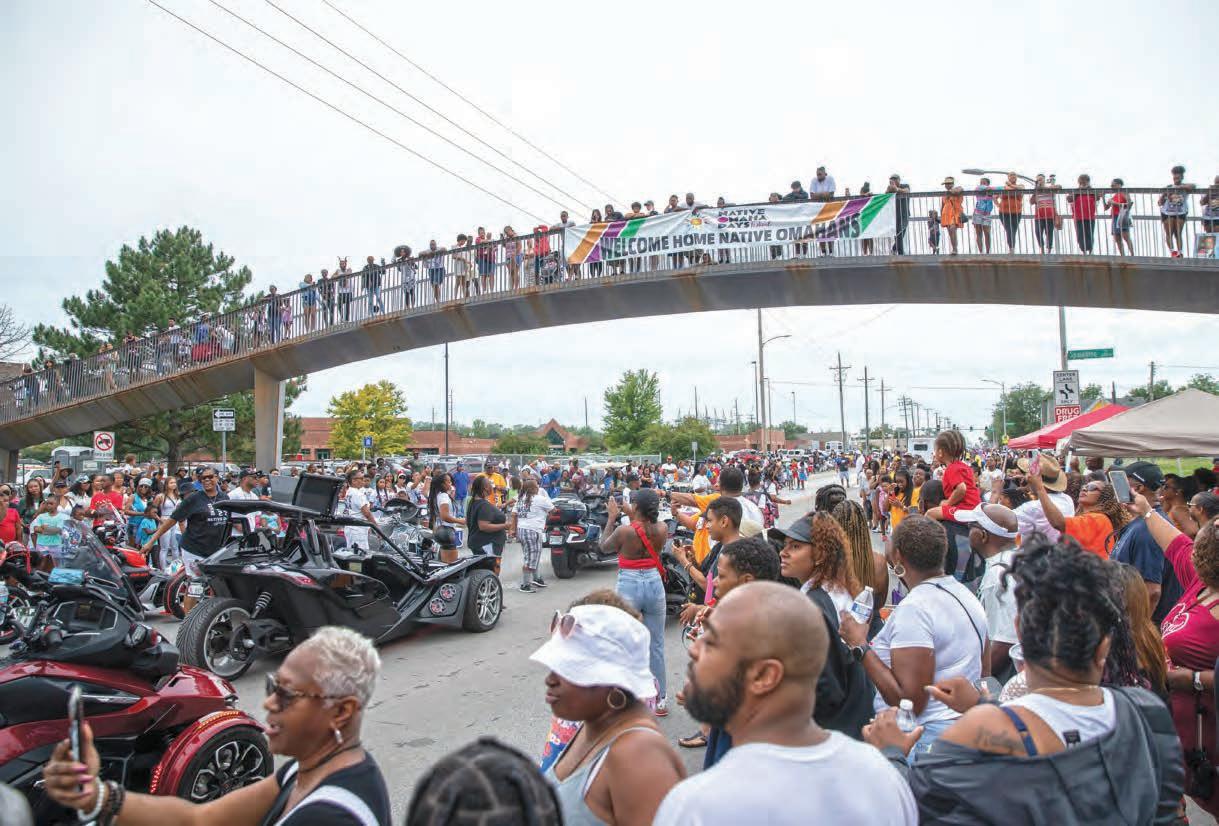
Omaha is not only a thriving city for businesses and economic growth, but it’s also an exciting place to flourish and celebrate life.
With a vibrant nightlife, diverse entertainment options, world-class museums, exciting sporting events, and a plethora of great restaurants, Omaha offers plenty to suit the interests and tastes of both residents and visitors.
In addition to its nightlife, Omaha offers a broad array of entertainment options. The city is home to several theaters, including the Orpheum Theater and the Omaha Community Playhouse, which host a variety of Broadway shows, musicals, and plays throughout the year. Additionally, the Holland Performing Arts Center showcases performances by the Omaha Symphony and other world-class musicians.
Newest to the entertainment scene is Steelhouse Omaha, a live music venue that brings exciting acts such as Duran Duran, The Killers, and continues to bring in a variety of


music, comedians and other entertainers to an intimate and exciting venue.
For those interested in history and culture, Omaha is home to a number of world-class museums and cultural institutions. The Joslyn – which just completed a massive addition – features an impressive collection of European and American art.
Downtown, the Durham Museum offers a fascinating look at the history of the region through interactive exhibits and displays. The Omaha Children’s Museum is a great destination for families, with hands-on exhibits and activities that educate and entertain children of all ages.
Sports enthusiasts will also find plenty to love about living in Omaha. The city is home to several professional sports teams, including the Omaha Storm Chasers baseball team, Union Omaha soccer, and LOVB: Omaha, and Omaha Supernovas volleyball. And who can forget the College World Series, which has been a part of the Omaha sports culture since 1950.
In terms of family activities, Omaha has much to offer. The city is home to several parks and recreational areas, including the Henry Doorly Zoo and Aquarium, which is consistently ranked as one of the best – if not the best – zoos in the world. Not far from the zoo is Lauritzen Gardens, which provides a peaceful retreat for nature lovers as well as individuals and families. The new science sensation – the Kiewit Luminarium – takes interactive experiences in science, technology, engineering, and math (STEM) to new levels of learning and fun.
Whether you are looking for a bustling urban atmosphere or a laid-back suburban lifestyle, Omaha has something for everyone and is sure to attract new visitors and residents looking for a great place to call home.

The next big thing on Omaha’s sports docket is expected to attract youth teams from throughout the region and beyond.
“This will be a game-changer,” said Deborah Ward, Visit Omaha executive director.
Ward is talking about the city’s plan to revitalize Tranquility Park, a public
complex managed by Omaha Parks and Recreation and built 50 years ago.
The $54 million project includes new synthetic turf multi-purpose flat fields and additional synthetic turf baseball and softball fields, along with improved parking and concessions. The city expects to generate $78 million in visitor spending
each year via youth sports tournaments hosted at the renovated complex.
The Tranquility project isn’t the only one in play. Two others – one on Omaha’s east side, the other to the west – also are in the works.
A multi-purpose sports complex and community center at Levi Carter Park

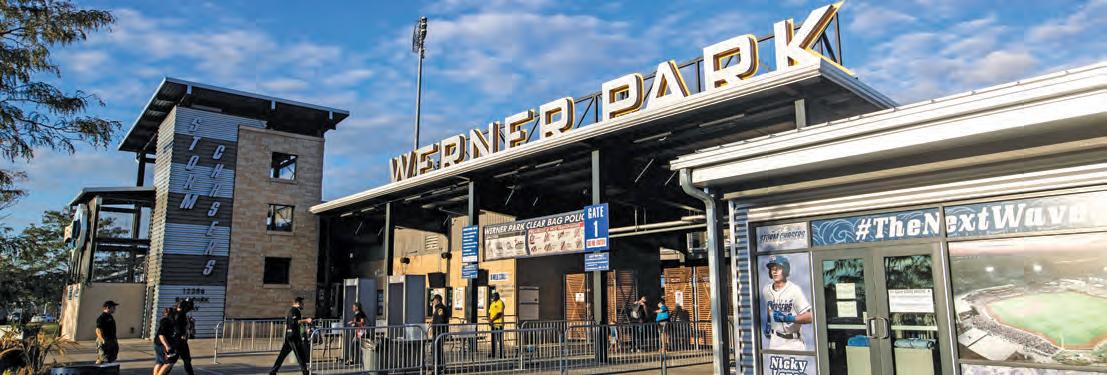
A large American flag was displayed for the National Anthem during the Lancers’ home opener in USHL hockey at the new Ralston Arena against the Tri-City Storm.
JAMES R. BURNETT
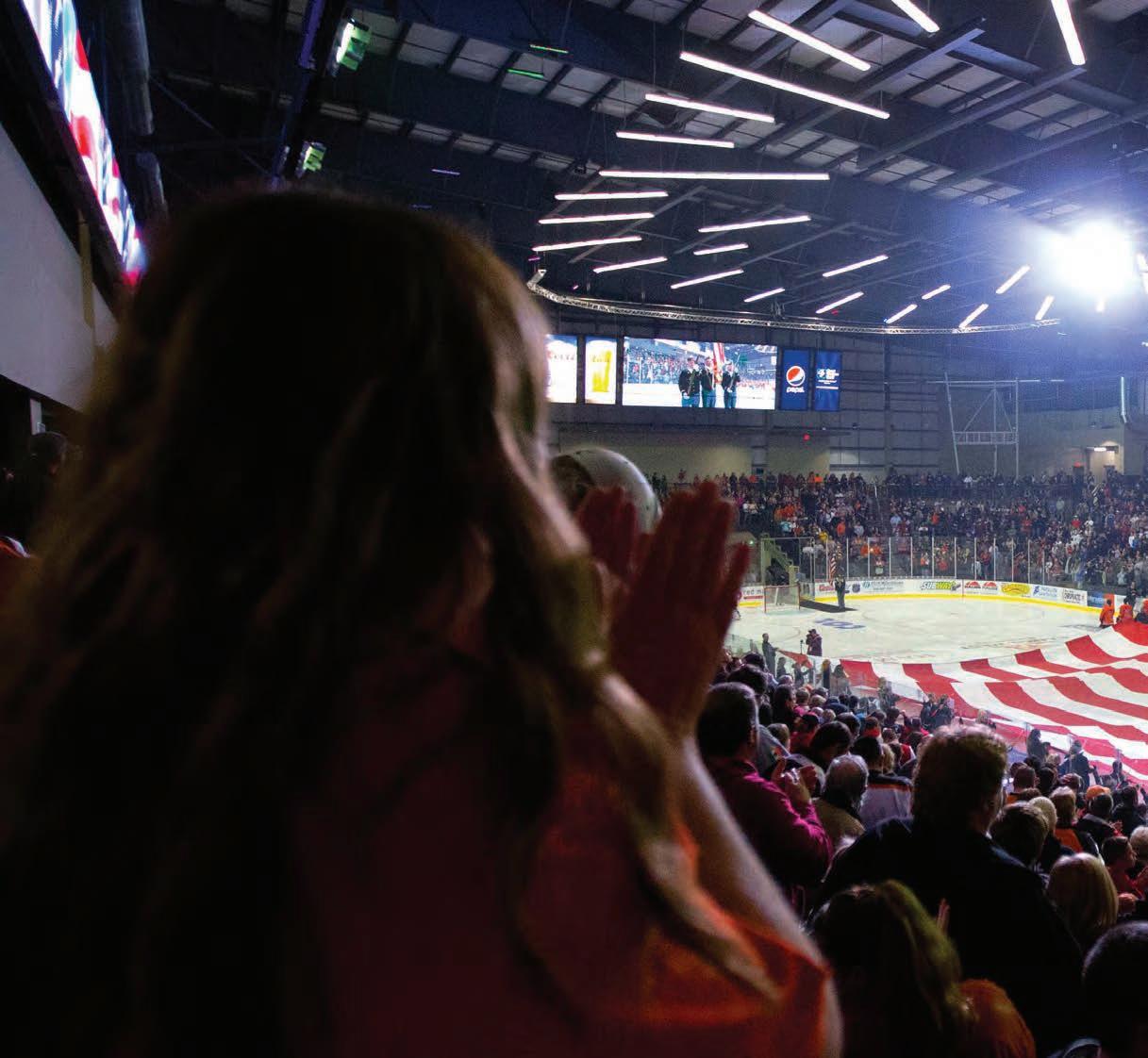
near Eppley Airfield is underway. It will be home to basketball courts, volleyball courts, soccer fields, a fitness center, and more. In western Douglas County, the Elkhorn Athletic Association is developing the First Interstate Bank SportsPlex on 100 acres in Valley. The sports campus, when finished, will include full-size soccer fields, baseball and softball diamonds, and a barrier-free adaptive sports field.
“We can fill them all,” Ward said. “All of these facilities being developed will just make us a better youth sports destination.”
Ward said she often receives comments about how communities such as Des
Moines, Iowa, and Overland Park, Kansas, always seem to attract the large-scale youth tournaments. “They ask me, ‘When are we going to get in the action?’”
She has the answer.
“People will now travel to Omaha,” she said.
Case in point: Omaha has long been known as the host for the ASICS President’s Day Classic volleyball tournament.
“In January!” she said. “These events come here because we show up.

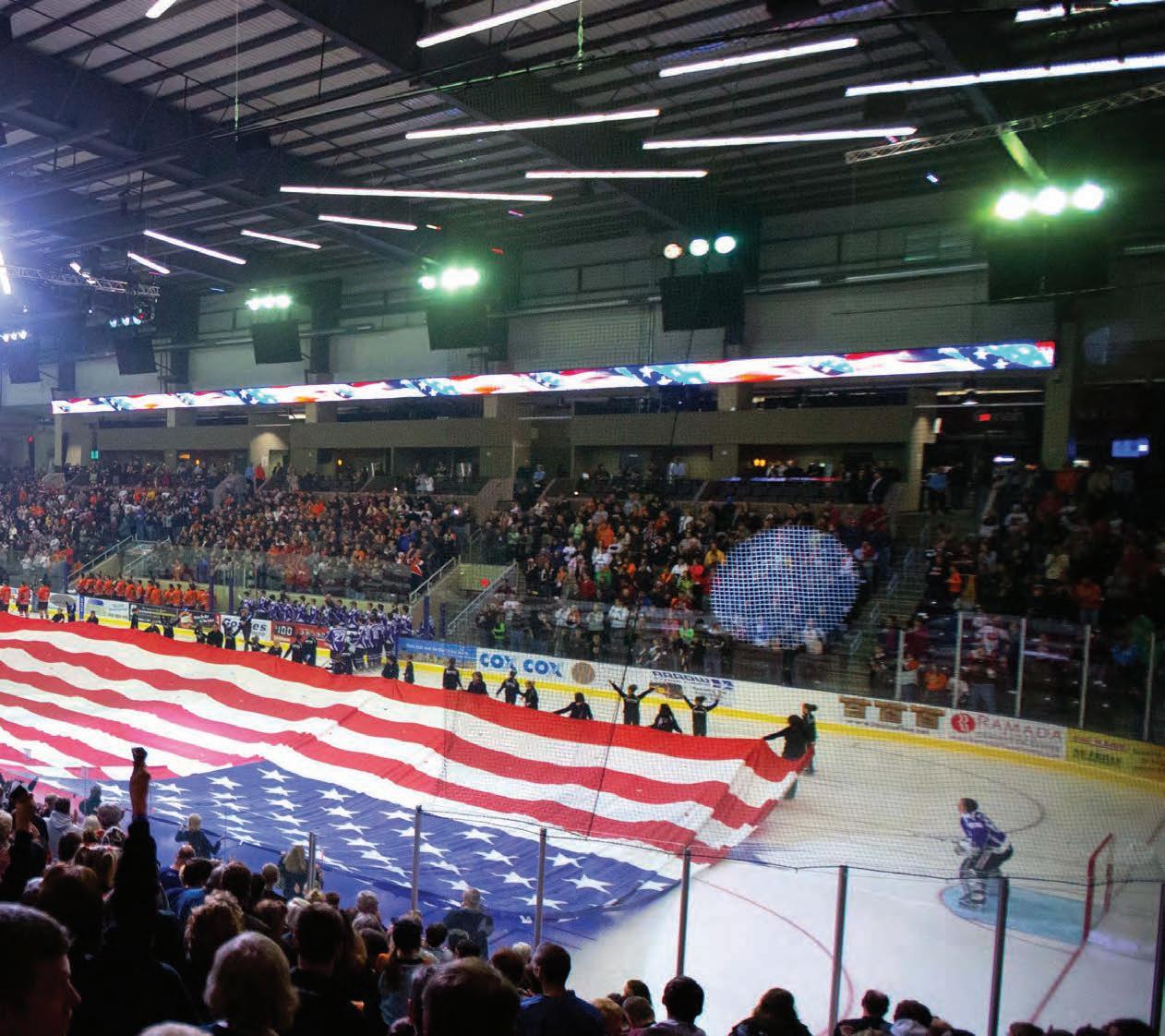
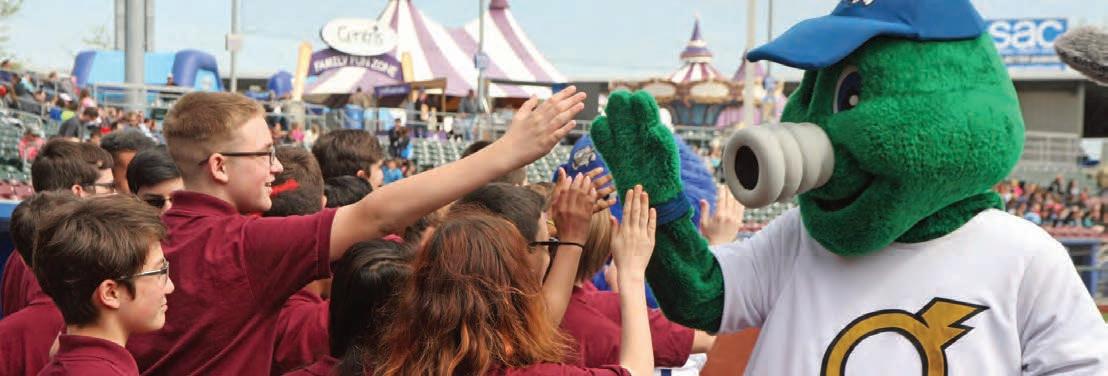

We know how to host. We know how to support.”
The Omaha Sports Commission has a history of attracting, hosting, and supporting amateur sporting events in Omaha.
Since the inception of the Omaha Sports Commission in 2003, its events have generated $380 million in economic impact, said Lindsay Toussant Brown, the nonprofit’s executive director. Toussant Brown said she too is asked questions, similar to the ones posed to Ward, about whether sporting events
introduce participants and their families to Omaha and entice them to stay.
Second case in point: Her two colleagues at the commission – one from Kansas City and the other from Sioux Falls, South Dakota – competed in sports tournaments in Omaha as youth.
“Now they live here,” Toussant Brown said. “They are a prime example of how that works.”
Omaha has been a strong host for sporting events for many years. Think no further than the College World Series, which has called Omaha
home since 1950. The 2024 edition drew a per-game average of 24,788 fans to Charles Schwab Field.
Omaha is no one-event community, Ward said.
“Who would have thought you could take an indoor basketball court and turn it into an Olympic-sized swimming pool for the (U.S. Swim) Trials?” she said.
Omaha did, she said, and its residents turned into swim fans. They also turn out whenever the NCAA brings its basketball or volleyball tournament action to town.

That’s not all. The sport commission’s list of events hosted in the past two decades includes the U.S. Figure Skating Championships, the U.S. Olympic Curling Trials, USA Wrestling U23 and UWW Junior Nationals, the US. Open Badminton Championship, and a game between USA Baseball and Japan.
The latest event is the USA Triathlon Multisport National Championships, which will return in 2025 for a second time. Athletes compete in 12 events across multiple race formats, along with nine national championship events.
Toussant Brown said the Omaha Sports Commission would like to see this event become an Omaha staple.
“We’ve just pitched to keep it here another three years,” she said. “Keep your fingers crossed.”

Based on the data, Diane Mendenhall knew the latest sports team to come to Omaha would be a massive hit. Still, she admits to having a touch of apprehension.
After all, with perennial college volleyball powerhouses in Lincoln (Nebraska) and Omaha (Creighton) regularly putting people in the stands, and thousands of volleyball clubs and teams throughout the region, a professional volleyball team made perfect sense for success.
“No matter how much you plan and hope things are going to be successful, you’re always a little wary at first,” said Mendenhall, Omaha Supernovas and Nebraska Pro Volleyball president. “Creating awareness, getting business sponsors, selling tickets, getting people excited and engaged – it’s all a process.”
For the Novas, as they are affectionately abbreviated by fans and the media, that process proved successful beyond first-year expectations.
Not only did they record the seven highest attendance games in the Pro Volleyball League, but they also averaged more than 9,600 people in attendance for all 14 home games – with five games above 11,000 and one over 12,000.
Mendenhall said she knows the Supernovas made more than good on connecting with and energizing a volleyball-hungry Omaha and region.
“Our mission is clear: We exist to champion a culture where every employee and athlete embraces their commitment to each other and the fans, while every fan in our community cherishes their deep connection to the team,” Mendenhall said. “These are more than words to us. We all embrace these ideas with every decision we make and action we take.”
The Greater Omaha area has long been a hub for sports enthusiasts, with a vibrant professional and semi-professional sports scene that not only entertains the community but also strengthens the local economy, social fabric, and tourism industry.



With a 7-3 win over the Columbus Clippers in September at Werner Park, the Omaha Storm Chasers clinched the 2024 International League championship series, the team’s first in 10 years.
This was the 18th postseason trip in franchise history, dating back to the club’s inception in 1969 as the Omaha Royals. (They were also briefly known as the Golden Spikes.)
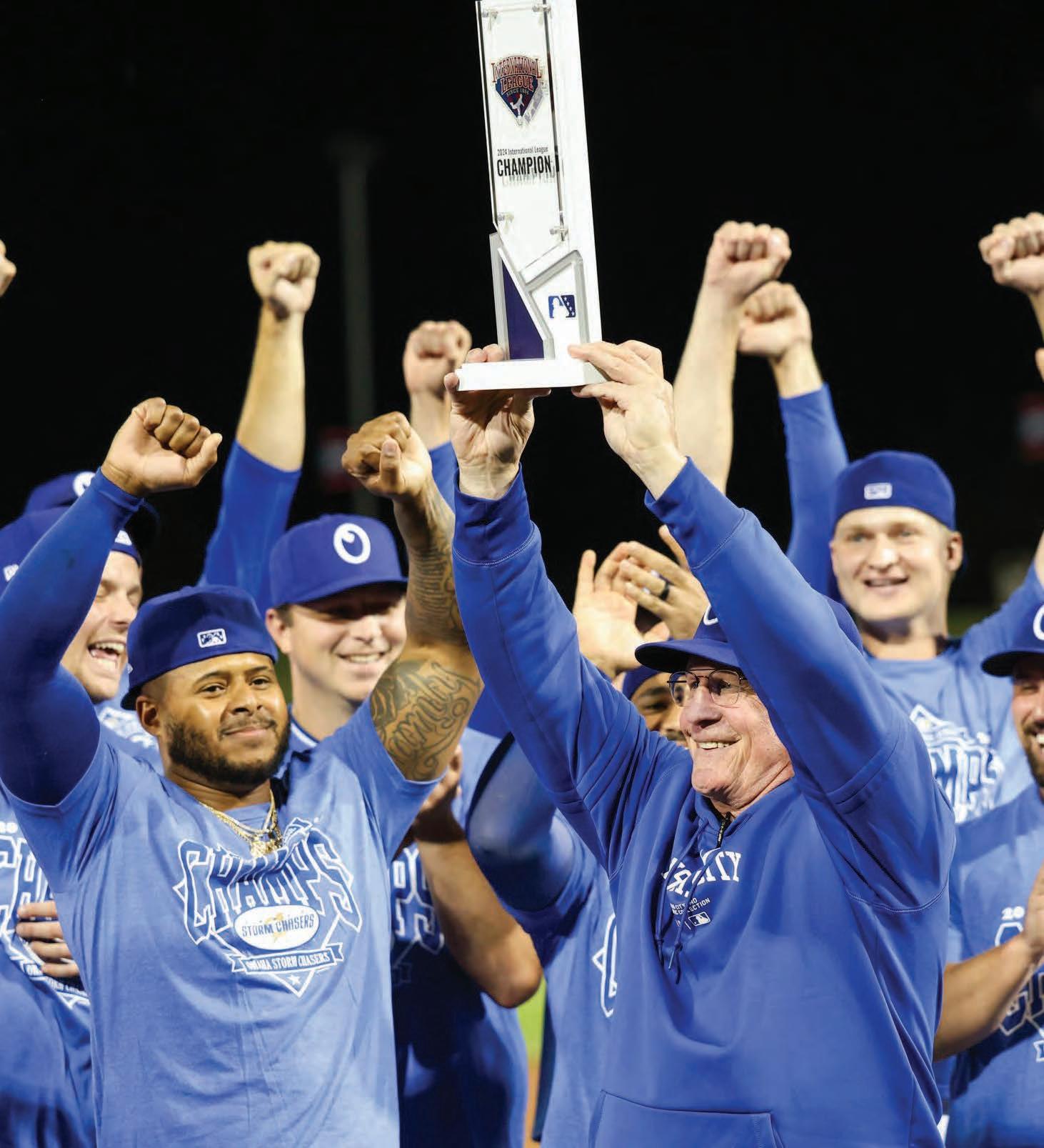
“We have truly seen that sports galvanizes the community in a variety of different ways,” said Martie Cordaro, Storm Chasers (Triple A baseball) and Union Omaha (soccer) president. “For decades, the Storm Chasers have led the way for professional sports in town and continue to welcome thousands and thousands of fans statewide to Werner Park.”
Prior to this fall, Omaha’s last trip to the postseason came in 2014, the second of back-to-back Triple-A national championships. The Omaha franchise has won seven league championships: 1969, 1970, 1978, and 1990 while playing in the American Association, and in 2011, 2013, and 2014 in the Pacific Coast League.
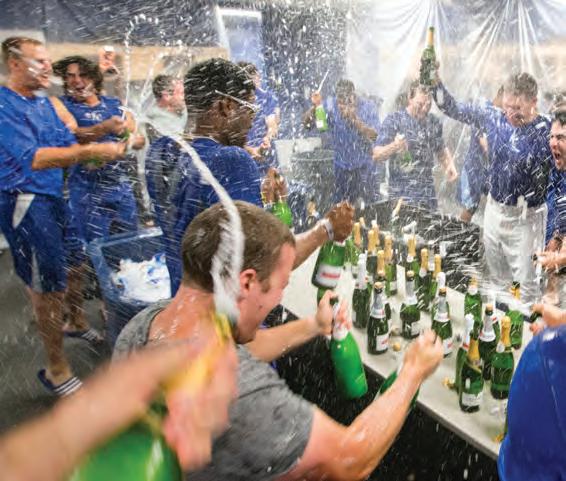




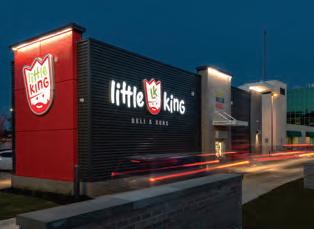












The Omaha Beef completed its second perfect season, extending its winning streak to 21 games.
The professional indoor football team defeated the Sioux City Bandits 47-46 in double overtime in May at Liberty First Credit Union Arena in neighboring Ralston to take the National Arena League Championship.
This is the third championship for the Beef (2021, 2023 and 2024), the first in the National Arena League, and their fourth-straight appearance in a championship game.
Just as the other sports in town have ignited economic growth through attendance, the Beef have impacted the community by working with a variety of local vendors for printing, travel, memorabilia, and other opportunities.
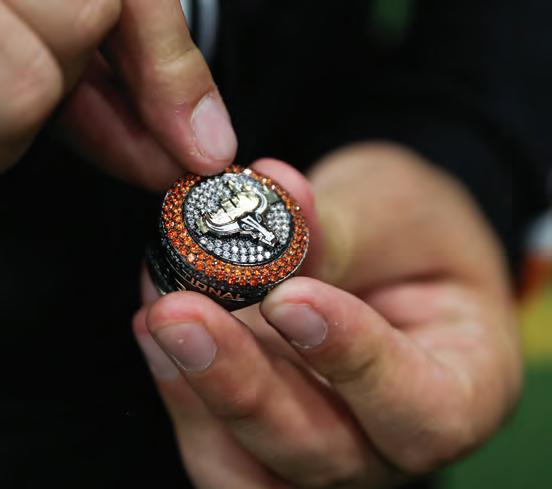
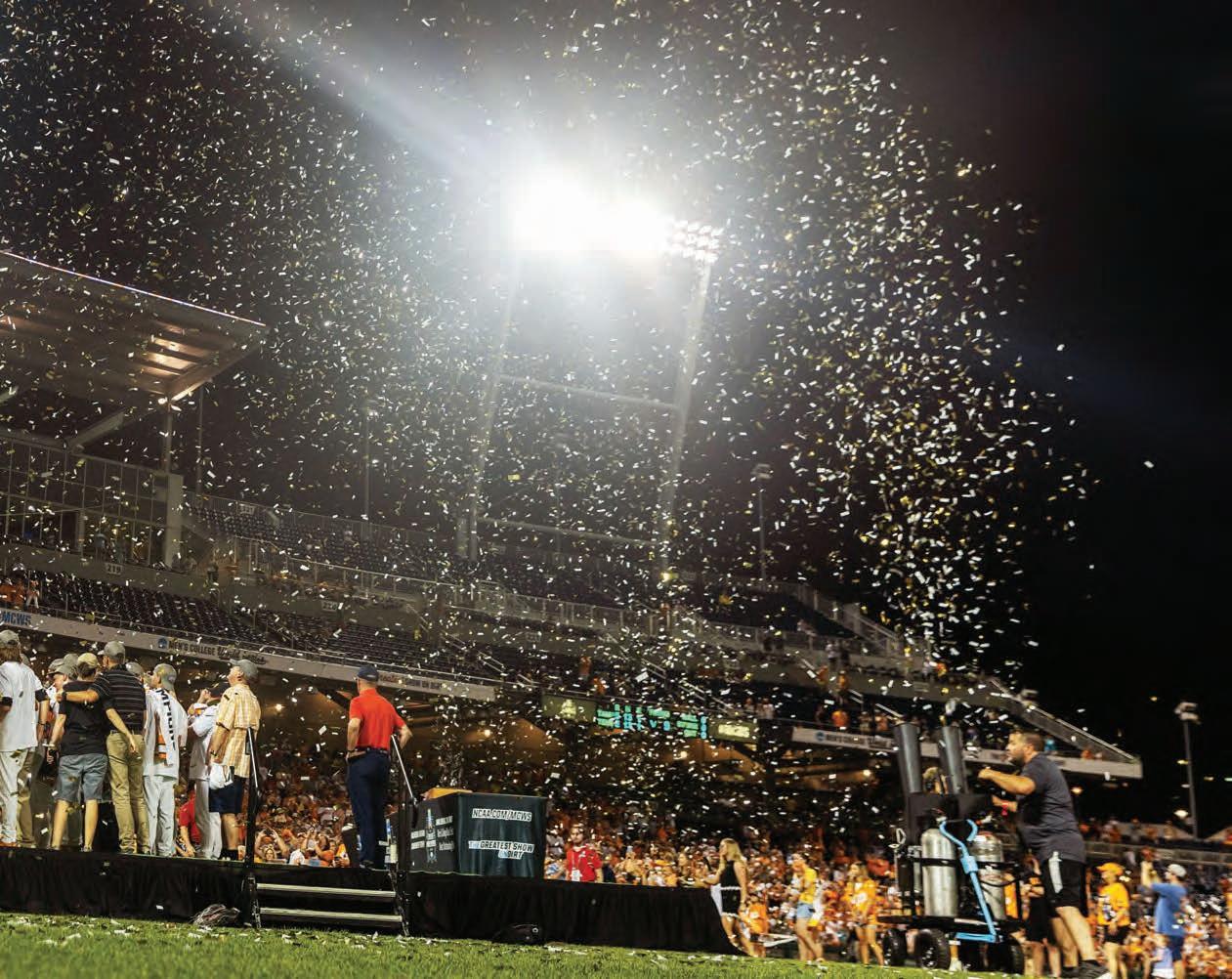


A new 7,000-seat Union Omaha soccer stadium is the centerpiece of a planned $300 million housing and entertainment district for Nebraska’s largest city.
The outdoor stadium will be home to Nebraska’s and Greater Omaha’s first and only professional soccer club, which has been sharing Sarpy County’s Werner Park with the Storm Chasers minor league baseball team.
Poised to take shape in the downtown area, the stadium would be near two other major entertainment and sports facilities: the CHI Health Center arena and convention center and Charles Schwab Field, home of the College World Series.
“There has been a lot of growth in Omaha, and this stadium is another piece of that growth – both sports and economic – for the city,” said Cordaro, president of Union Omaha.
“When Union Omaha came to town in 2020, soccer was a nontraditional sport for Omaha, but the community has truly embraced the team.”
When Union Omaha launched in 2020, it was the 11th club to play in United Soccer League’s League One, and in 2021, the Owls won the League One championship. Since the team’s inception, it has racked up the best winning percentage in its Division III league.
When the Owls aren’t playing at home, the facility – envisioned as an “intimate” venue – will host concerts and other special events.
An economic impact study conducted in 2021 projected the stadium alone would have a $168 million impact on the city. The surrounding development, according to Union Omaha officials, is expected to create 450 jobs and have
a $200 million impact. Restaurants, bars, shops, a 140-room hotel, and more than 300 residences set to rise on the broader site are expected to enhance the draw for local and regional crowds – boosting economic activity in the area and throughout downtown Omaha, according to Union Omaha.
Based on industry data, a new stadium could triple attendance for the soccer team – opening the door to a higher tier of competition, Division II soccer. With soccer’s popularity among the post-millennial generation, Cordaro expects the campus to help Omaha’s efforts to attract and keep young talent and workers.
“This project will move professional soccer forward in Omaha and across the state,” Cordaro said.
The Lancers have built a strong winning tradition, achieving a total of 14 championships in the team’s 35 years of existence, the most of any USHL franchise. That list includes five USHL Anderson Cup Championships, seven Clark Cup Playoff Championships, and one Junior National Championship.
Coach David Wilkie retired from the head coach position (but remains Omaha’s general manager) following the 2023-24 season. Lennie Childs was announced as the new head coach in April.
Last season, forward Jamison Sluys was one of Omaha’s biggest bright spots as he scored 14 goals and racked up a team-leading 41 points in his first full USHL season. The Lancers’ organization is hoping for an even bigger year from him in 2024-25.
Nick Pierre, a forward, carries the most experience on Omaha’s roster with 195 USHL games played over the past four seasons. Omaha added goaltender Kam Hendrickson to its roster in March and he returns this season.
League One Omaha – volleyball
Omaha Beef – football
Omaha Lancers – hockey
Omaha Storm Chasers – baseball
Omaha Supernovas – volleyball
Union Omaha – soccer
The Omaha Supernovas finished their inaugural professional volleyball season in 2024 by becoming the first-ever Pro Volleyball Federation Champions in May. They swept the Grand Rapids Rise in three sets at the CHI Health Center in downtown Omaha.
During its championship run in the league’s inaugural season, Omaha and the Supernovas became the league’s shining stars, hosting 134,969 fans across the 14 matches held at the CHI Health Center. That includes 19,094 spectators who attended the league’s semifinals and championship.
The newest attendance record was set March 16 with 12,090 spectators packing into the CHI Health Center to see the Supernovas beat the Valkyries in four sets.
“Omaha and people from the state and region have truly rallied around our team, and it’s a reflection of how much love they show Nebraska and Creighton volleyball every year,” Mendenhall said. “Nebraska helps lift us up every time we take the court. The support has been unbelievable.”
As Mendenhall and the Novas prepare for Season 2, they are already seeing a tremendous response with a burst of season ticket holders, returning and new team sponsors and advertisers, and the welcoming arms of the community – and beyond. Last season they sold season tickets to people from 10 states, individual tickets to people in 44 states, and individual tickets to 147 cities throughout Nebraska.
The Novas are truly making an impact directly and indirectly upon the Omaha economy.
“People in Nebraska are used to driving, so when they came in for games, they also spent money on food, team memorabilia, shopping, and hotels,” she said. “We make every effort to work with local vendors to further positively impact the economy.”


Terence “Bud” Crawford is no stranger to hard work.
It’s this dedication to his craft that has made him one of the best – if not the best – boxers in the world.
It’s also this dedication to his hometown of Omaha – and the young people who grow up in and near his neighborhood – that motivated

him and Brian “BoMac” McIntyre to establish a gym, B&B Sports Academy. Crawford is the world welterweight boxing champion and owns an undefeated record of 41-0 (31 knockouts) in the ring. Despite his success, he hasn’t forgotten his roots. He grew up in the heart of North Omaha, a neighborhood known for its struggles with poverty and crime.
“Me and Coach Brian always envisioned having our own gym, and B&B is that place,” Crawford said. “We wanted somewhere we could train, and in opening the gym, we realized an opportunity to give back something to the community.”
In 2013, Crawford founded B&B, a nonprofit organization dedicated to providing a safe and positive environment

for at-risk youth (as well as adults) in North Omaha. B&B Sports Academy opened several years later in 2016 as a space dedicated to building the body, mind, and character of young people, including at-risk youth in need of positive, structured activities.
The academy offers boxing classes, mentorship programs, and educational resources to help young people stay off the streets and reach their full potential.
Crawford and other coaches and adults at the gym serve as mentors who teach lessons for life. He knows having a caring adult to provide direction means the world to young people who may not have that support at home or who may otherwise need a guiding hand.
“I’m there every day working with the young people when I’m not traveling for matches or appearances, and we have opportunities to talk while they’re there,” he said. “Part of being at the gym is that they have the opportunity to talk about what’s going on at home, school, with family, etc. We try to step in and help them whenever and however we can.”
Through his nonprofit, Crawford has helped hundreds of young men and women find discipline, confidence, and purpose. Many of his students have gone on to excel in school, sports, and other areas of their lives, thanks to the support they received at the Academy.
“We have anywhere from 100 and up youth (and some adults) at the gym at any one time –some working in the ring, some in the wrestling

I always wanted to see Nebraskans on film, as though the people I know here matter. Because I believe they do.
– Terence “Bud” Crawford
area, and others in MMA action; it’s usually packed,” Crawford said. “We take the kids on field trips to other parts of the city, talk to them about school and other things happening in their lives.
“I know they look up to me for what I’ve accomplished; this is my way of doing something, potentially to make their lives better.”
Crawford’s charitable efforts reach beyond the ring. He also is actively involved in other initiatives in North Omaha, including food drives, toy giveaways, and community clean-up events.
As B&B expands, Crawford said, it will offer tutoring and academic support programs through community and corporate partnerships. A commercial kitchen serving fresh, hot meals for members of the gym and the community is envisioned. The renovated and expanded gym will add showers, a dedicated fitness-weight training room, meeting spaces, a second ring, more punching bags, and new workout equipment.
Most recently, he purchased the land where the Omaha Opportunities Industrialization Center once welcomed people from the community to look and apply for jobs. It had been vacant for years. The site was cleared last fall, but no plans for the location have been announced yet.
“This is my community, B&B is my gym, so I am in it for the long haul, ” Crawford said. “I’m not in it for the fame or anything like that. I could be anywhere, but my heart is with Omaha. We just want to help as many kids as we can. Everything is for the kids.”


For Dave Sjulin, there’s nothing better than attending a live performance by a comedian with fresh material.
“I enjoy a good laugh.”
Sjulin has seen Brian Regan perform at the Holland Performing Arts Center and Jim Gaffigan at the Orpheum Theater.
Joan Squires, president of Omaha Performing Arts, offers a suggestion.
“Dave should check out Steelhouse Omaha,” she said. “We’ve had an enormous number of comedians this first year. More than we thought we would.”
So Steelhouse Omaha, which opened in May 2023, is next on his list. Steelhouse is the newest venue stewarded by Omaha Performing Arts, often referred to as OPA. Steelhouse complements the Orpheum and the Holland, Squires said.
“The Orpheum is for theatrical performances, the Holland, acoustical, and Steelhouse is more contemporary,” Squires said.
The Orpheum Theater, a former vaudeville house built in 1927 and renovated in 2017, presents an annual Broadway series, along with dance, music, and family performances. The Holland Center offers a more intimate setting for world-class artists across genres.
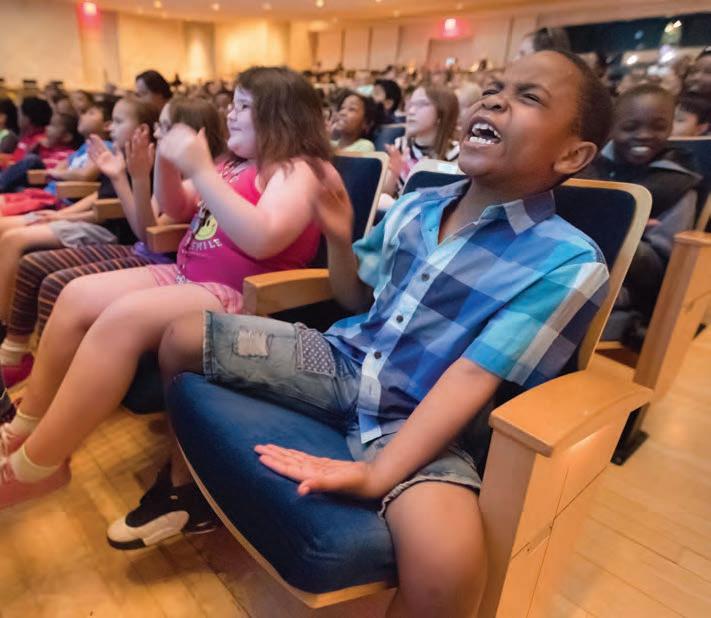
Together, the three downtown venues provide Omaha and its visitors with a full range of performances.
“We keep Omaha busy,” Squires said. “Our shows are part of a slate of wonderful offerings provided by local organizations. We’re fortunate to have such a range in Omaha.”
That range includes indoor and outdoor venues that are spacious in size, intimate, and in between.
Outdoor offerings include Jazz on the Green, an annual free summer concert series at Turner Park at Midtown Crossing, featuring local musicians and touring artists. Another free summer concert series is Music at Miller Park. Other venues for outdoor concert series are Stinson Park at Aksarben Village, Rockbrook Village, Village Pointe, and Shadow Lake.
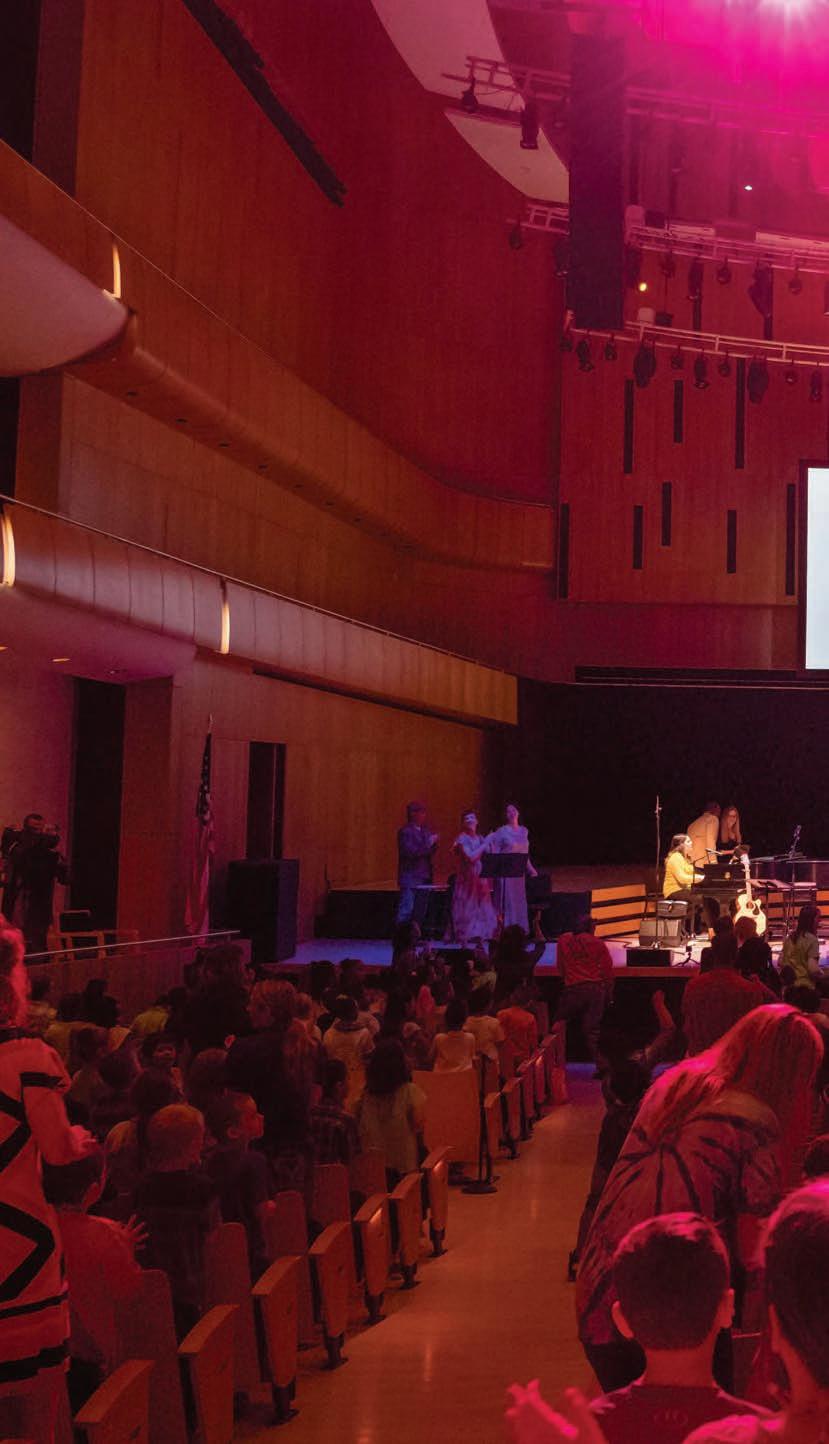
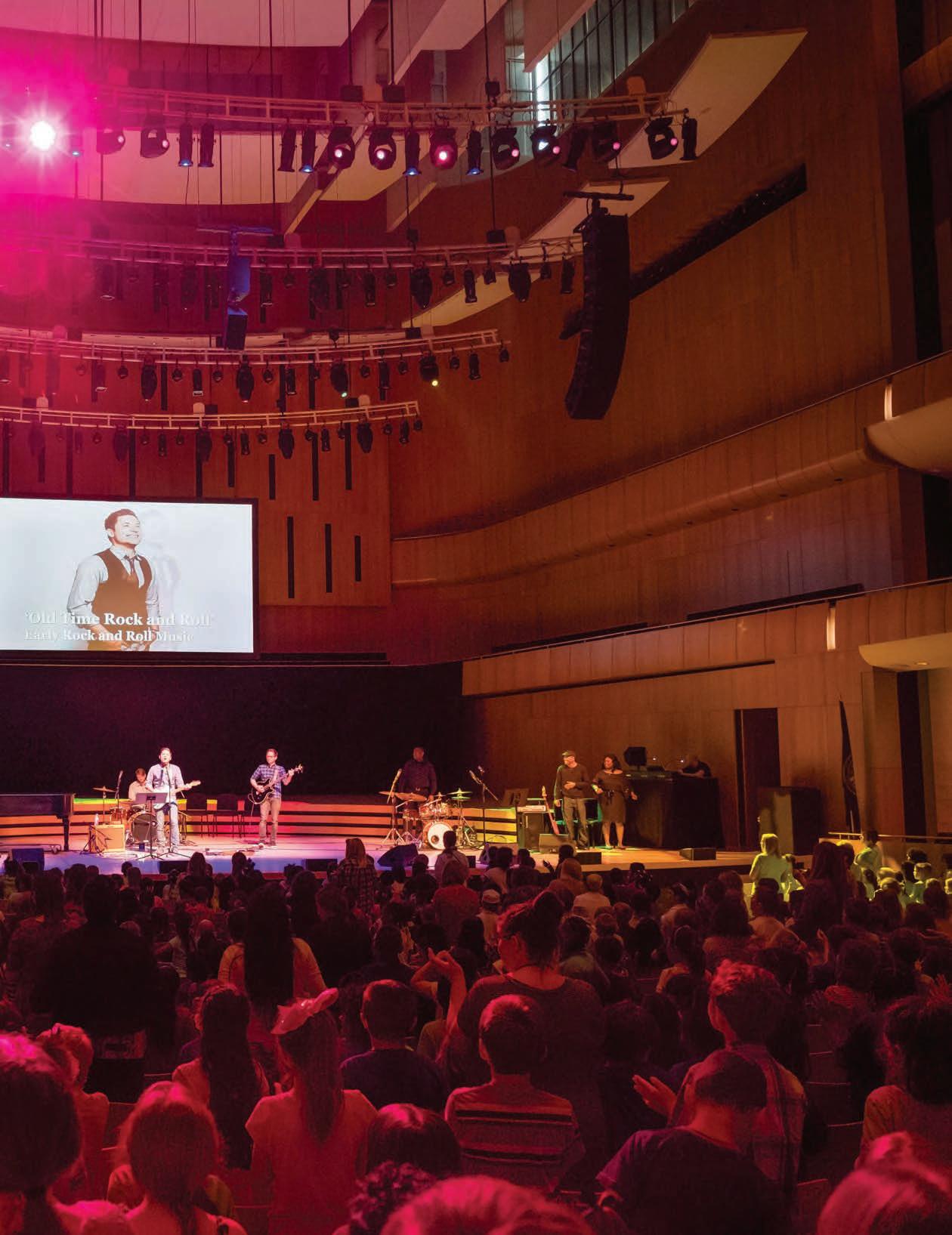
Students take in the yearend concert events of the Carnegie Hall Musical Explorers at the Holland Performing

The Memorial Park Concert and Fireworks Show located near midtown has drawn a crowd for nearly three decades. Headliners through the years have included Huey Lewis & the News, Kool & the Gang, the Doobie Brothers, and, most recently, Roger Daltrey of The Who.
“It’s amazing to watch the entire Omaha community come together to celebrate America, listen to national bands, and watch one of the best fireworks shows in the region,” Omaha Mayor Jean Stothert has said.
Larger outdoor venues scattered throughout the Omaha area – including Stir Cove in Council Bluffs and the Astro Amphitheater in La Vista – attract touring artists. Their 2024 concert lineups included country singer Russell Dickerson, legendary rock group Three Dog Night, pop artist Benson Boone, and emo band Taking Back Sunday.
Indoor venues range from the Waiting Room in Benson to the Slowdown near downtown Omaha, which provide exposure for lesser-known or up-andcoming artists. Larger indoor venues – Baxter Arena in Omaha and Liberty First Credit Union Arena in Ralston – attract the more familiar, mainstream artists such as ZZ Top, Ludacris, and Judas Priest. The

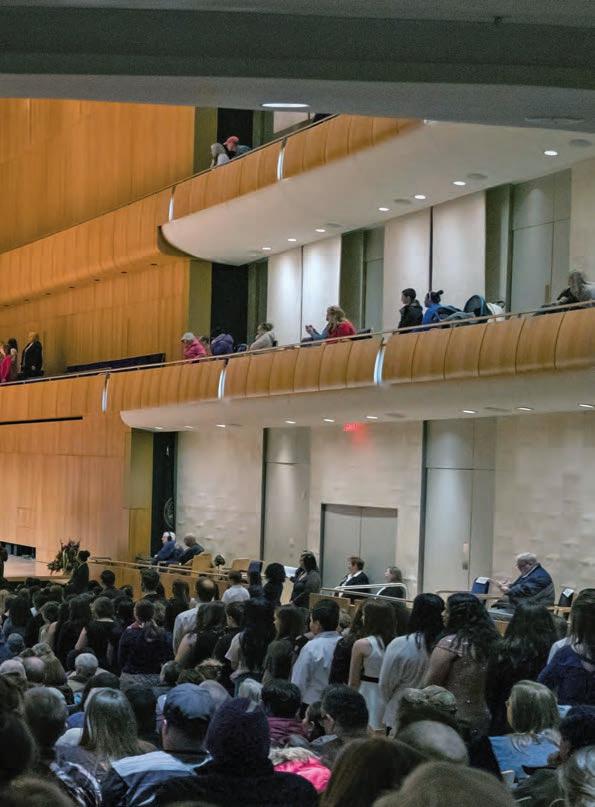
Availabletoanyoneages21–45
Availabletoanyoneages21 – 45 Purchasetwo$15ticketsfor eightproductions Accessto exclusive subscriberperks Savenearly 46% versustwoseats intop-tiersubscriptionpackages





Omaha Community Playhouse and Bluebarn Theatre provide stage performances.
CHI Health Center, situated in downtown Omaha, is a regular stopping point for top-drawer artists and bands on national tours like Dierks Bentley, the Eagles, and Luke Combs.
All these options are not lost on Sjulin and his family.
“We don’t have to leave Omaha for the performances we want to see,” he said. “They’re right here.”
Squires appreciates Sjulin’s sentiment. She knows people considering a move to Omaha ask about its reputation for performing arts.
“People want to know what there is to do. It’s an important aspect of any community – like education, medical, and transportation,” she said. “Performing arts, and the arts in general, make for a vibrant community.”
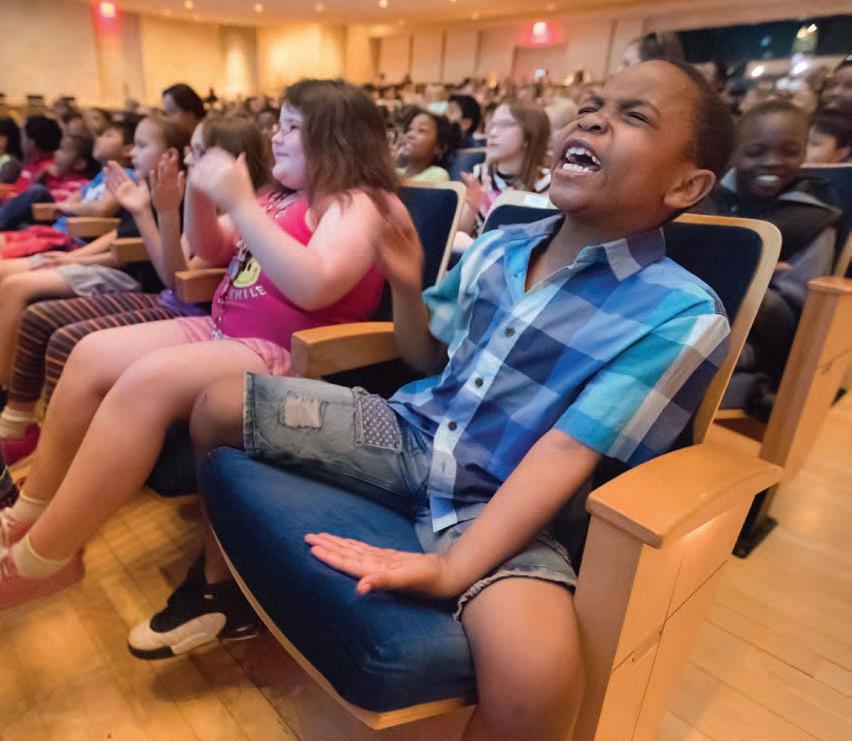
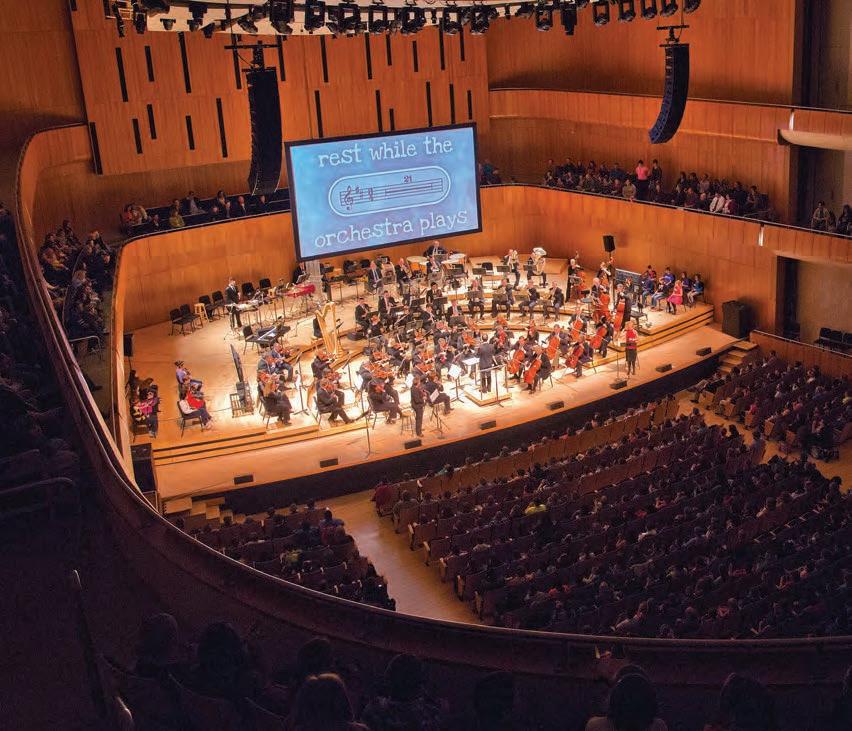


Vickie Hughes loves the banter that goes back and forth when visitors to the Hot Shops Art Center near downtown Omaha ask her about her work.
Most days, Hughes, a former mail carrier, holds court while she blows glass in Hot Shops’ Crystal Forge Studio.
“I love audiences,” she said. “I love the conversations.”
Mostly, she loves to work her craft. Hughes has served as a resident glass blower at Hot Shops, home to more than 100 artists, for eight years. The art center serves as a hub for area artists, who display their work and teach their craft.
“The arts bring people and communities together,’’ said Kim Sellmeyer, Hot Shops executive director.
“The arts are about problem-solving,” she said. “They’re about finding your voice and telling your story.”
“In some way, the arts are for everyone – patrons, artists, and those who are inspired by the messages works of art convey,” Sellmeyer said The arts also are a sign of a strong community.
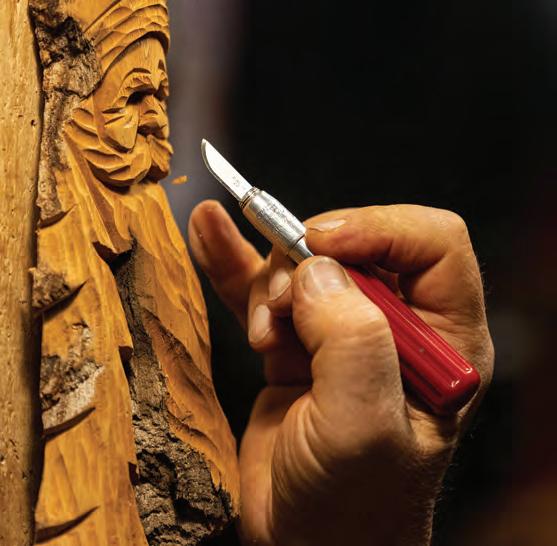
“You can come and enjoy the arts, and you can come and participate in the arts,” she said.
Hot Shops is part of a vibrant arts community, which includes mainstay art museums The Joslyn, The Kaneko, the Bemis Center, and the Union for Contemporary Art. All are situated just miles apart. Their exhibits, classes, and events draw big crowds.
The newly reopened Joslyn dates to the early 1930s, when Sarah Joslyn donated more than $3 million to fund an arts center for Omaha.
Its opening drew a crowd of 25,000 people – and they’re still coming. Today’s Joslyn features 5,000 years of creativity throughout three buildings, with 100 works new to the collection on display.
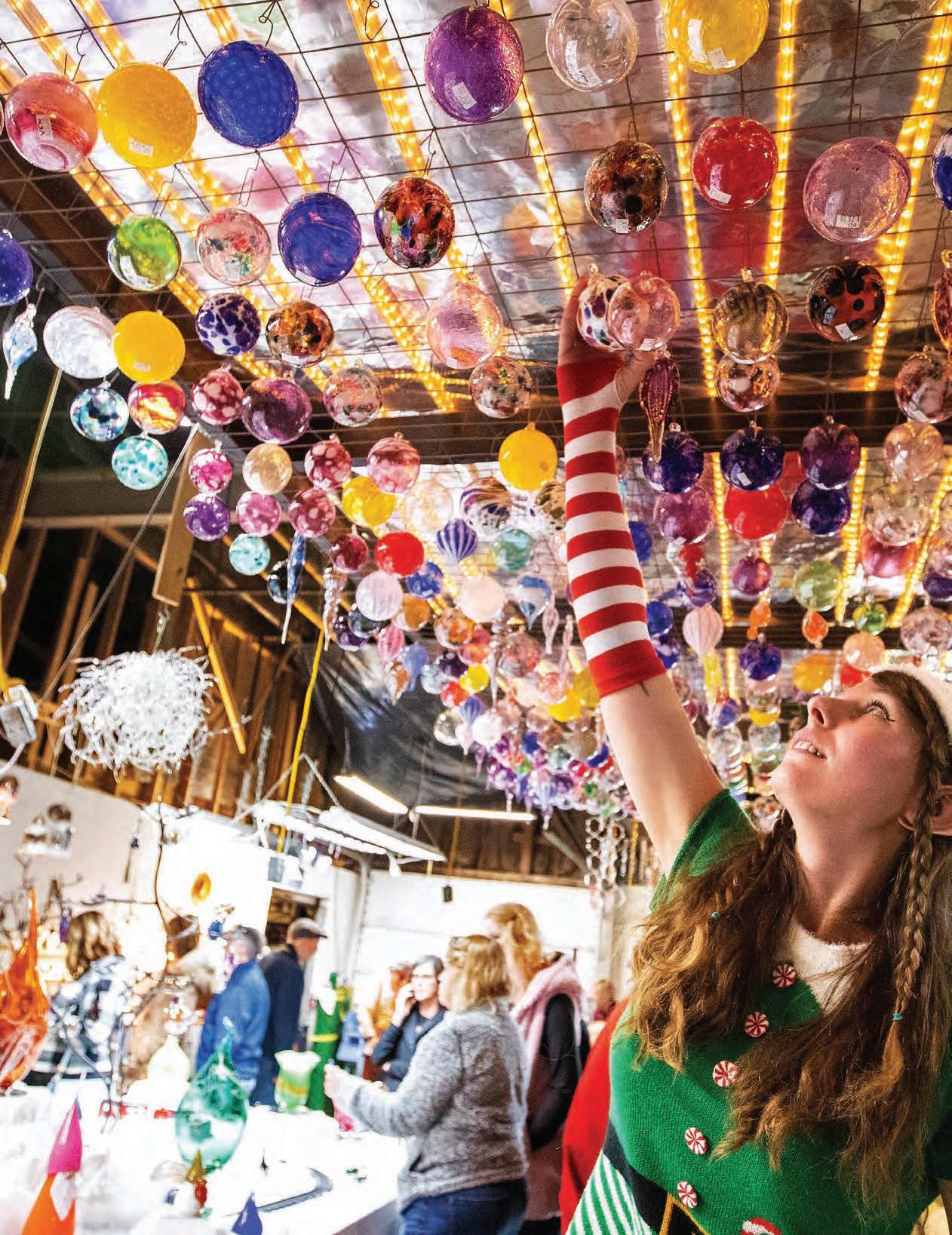
The “Starseeds” mural brings color to the silos at the Ardent Mills Omaha South plant. The mural spans the 15 silos and celebrates the beauty of Nebraska skies.
CHRIS MACHIAN

The Winter Open House at Hot Shops in Omaha is an annual market that features demonstrations coupled with art, photography, sculptures and jewelry.
EILEEN T. MESLAR
The Kaneko, established in 1998 by international artist Jun Kaneko and his wife, Ree, is headquartered in three turn-of-the-century warehouses in Omaha’s Old Market district. Its vision is to celebrate creativity by championing four programming themes: design, ideas, performance, and innovation.
The Bemis Center for Contemporary Arts facilitates the creation, presentation, and understanding of contemporary art through an international residency program, exhibitions, and educational programs. Its exhibition program features solo and group artwork in all media by local, national, and international artists.
The Union for Contemporary Art promotes the arts as a vehicle to inspire positive social change. The Union embraces the opportunity to foster social change every day through its programs, partnerships and commitment to North Omaha.
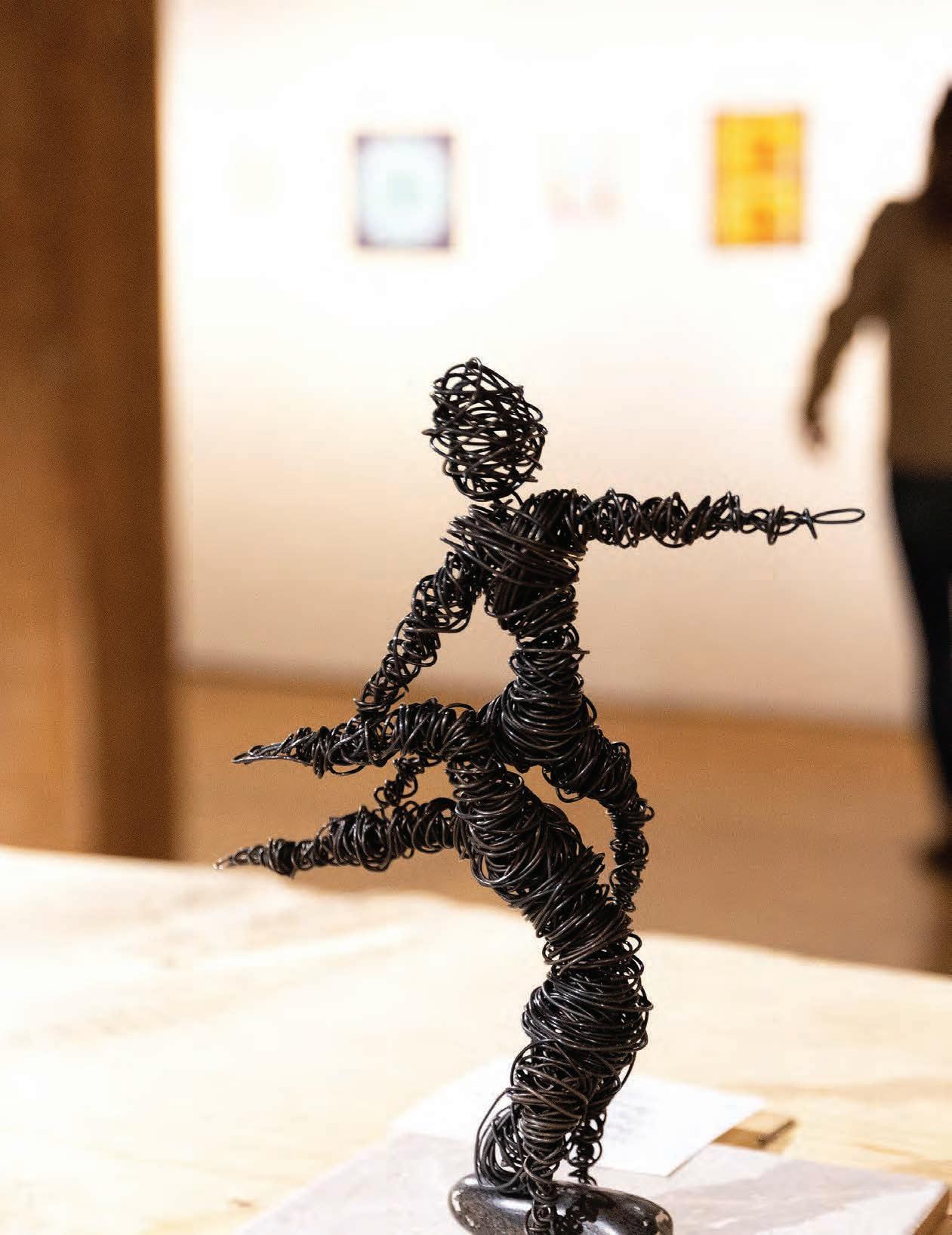
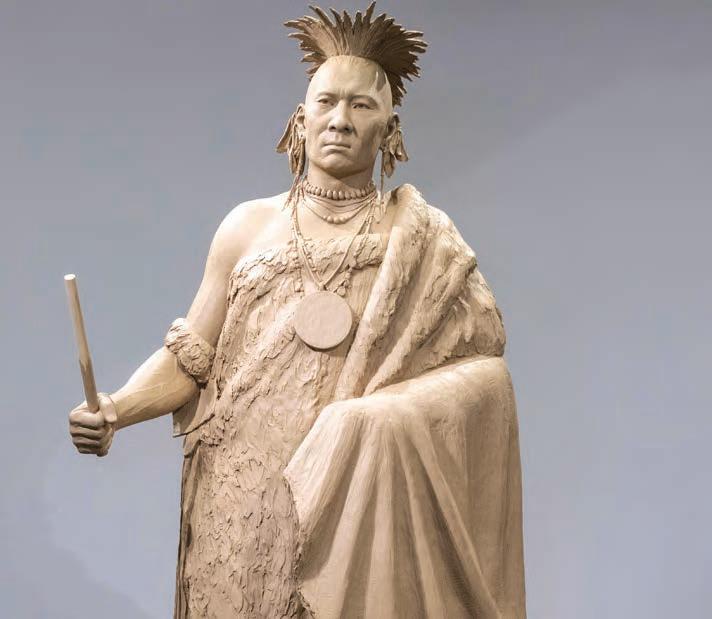
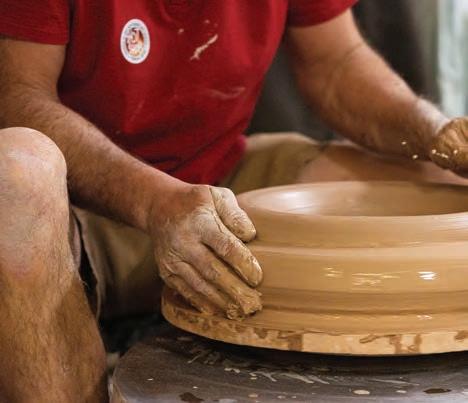

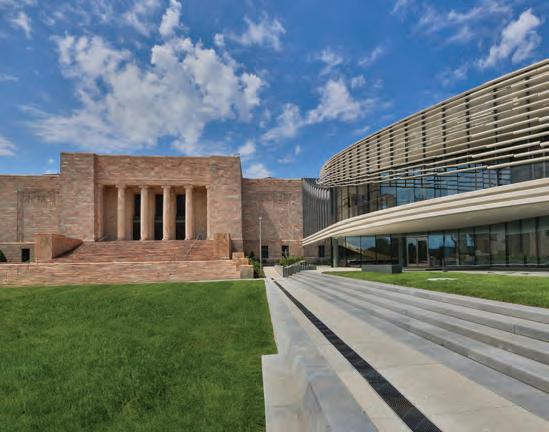




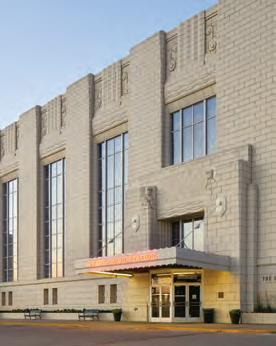
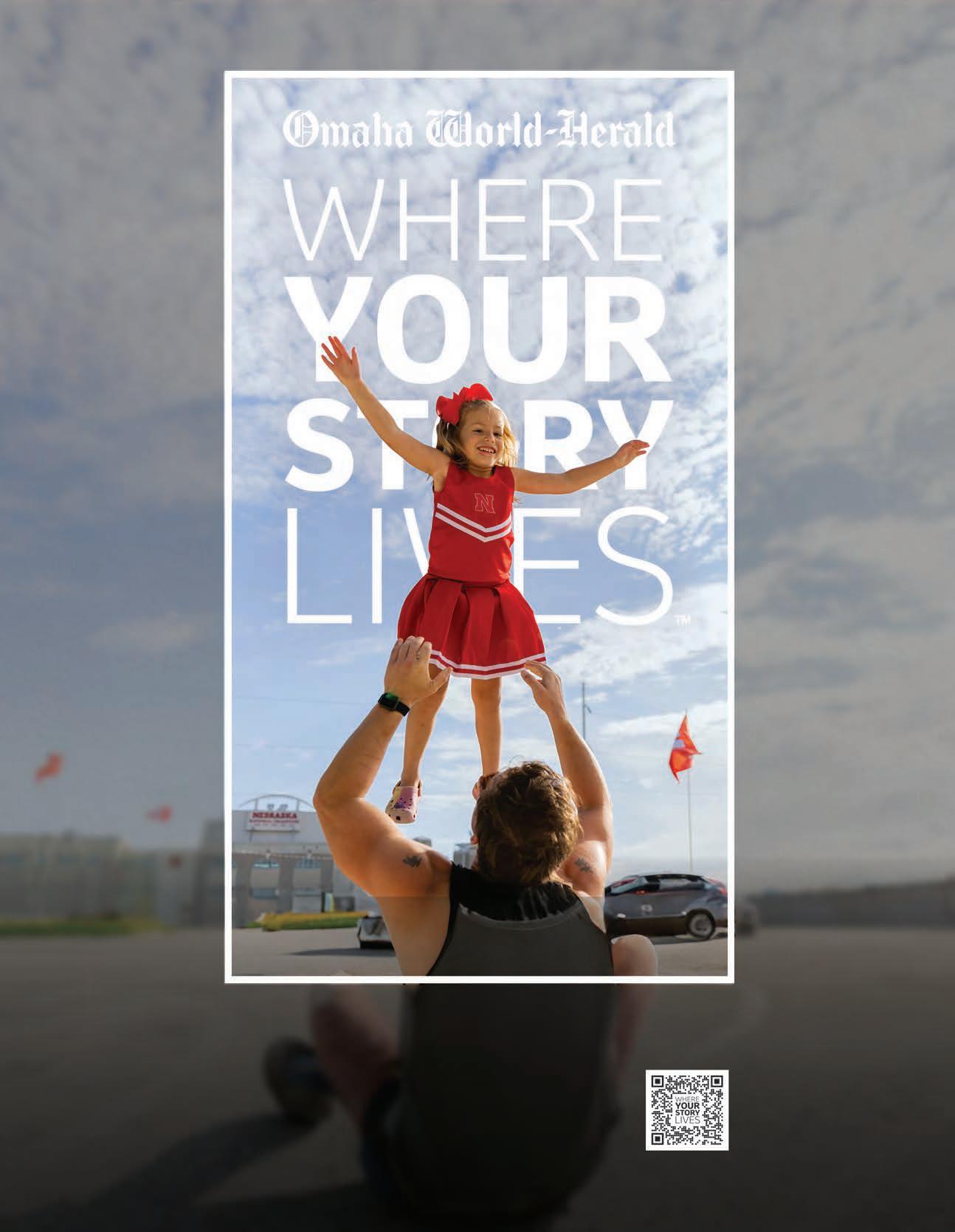

As someone with a disability, Fran Sillau knows a thing or two about being overlooked and excluded.
Growing up with cerebral palsy, he found inclusion and acceptance in the local theater – and now he’s paying that love and understanding forward to people with disabilities as executive artistic director of the Circle Theatre.
“The theater has always been my way to be other people than myself by playing a role and being part of something,” he said. “I couldn’t play sports, so kickball or baseball weren’t there to help me become part of something bigger than me – a team.”
For the past several years, Sillau has met with a group of people with varying degrees of disabilities in a workshop setting at Omaha’s Jewish Community Center, where the Circle Theatre performs.
They begin by telling their own personal stories, writing them out, and sharing them with the group. Those who aren’t interested or able to act can help backstage with sets, lighting, etc. — everything involved with putting together a production.
“It’s all about meeting them where they are and getting their personal stories out and finding out what interests them,” he said.
Workshops include actor warm-ups with improvisation. They work on a story by standing around an invisible campfire and go from there. By the end, they have acted out scenes by using their bodies as doors, walls, kitchen items – whatever makes sense –to visually tell stories.
“We then sit down and segue into goals they want to set for themselves,” said Sillau, who also served for many years as the director of accessibility at the Rose Theater,



where he led an expansion of Every Single Child – a multilayered program that serves an average of 35,000 students each year at more than 70 local schools.
The Circle Theatre, the first independent theater in Omaha, was founded in 1983 by 12 graduates of the University of Nebraska at Omaha. The theater engages people of all abilities in creative opportunities on and off stage.
To support a full creative life for all, Circle Theatre believes that “all people should be represented in the development of arts policy, the nurturing of accessible, thriving venues for expression, and the fair distribution of programmatic, financial, and informational resources.”
“We work to demonstrate to our greater communities the value of including individuals of all abilities and ages to the theatre and arts community, providing a sense of accomplishment and selfesteem to all participants,” Sillau said.
When Sillau joined the ensemble in 2016, his passion to make the theater accessible to every man, woman, and child regardless of disability or other barrier emerged.
To drive this mission, Circle Theatre and Sillau partner with several area organizations.
This grant-funded workshop has been progressing for several years and, along the way, Circle Theatre has added other groups, namely the Munroe-Meyer Institute, QLI, Gotta Be Me, and Vodec.
“Working with Fran is like watching an explosion of ideas,” said Daryn Richardson, services development director at Vodec. “You can absolutely see his passion in his work with Circle Theatre.’’
“Our consumers have worked with him on a couple of productions – ‘You’re a Good Man, Charlie Brown’ and ‘The Little Prince’ – as well as numerous workshops,’’ Richardson said. “It’s amazing to watch them come to life in so many ways under his direction. He truly loves what he does for the disabled community.”
To connect with people with various levels of disability, Sillau’s direction for “You’re a Good Man, Charlie Brown” incorporated American Sign Language, shadow interpreting, and audio description. Actors with various physical and developmental disabilities participated. He also developed original work for the Institute for Holocaust Education and for the Plains states’ office of the Anti-Defamation League.
Sillau is happy his work is appreciated and recognized.
“It’s most rewarding how I can see the individual open up and have a lot to say in a venue to say it,” Sillau said. “They are so insightful – just like anyone else. They are equal to any dramatist – so creative with a unique voice and perspective not widely known by the general community.”
Moving forward, Sillau said it’s his dream to take Circle Theatre statewide and positively impact the lives of others with disabilities throughout Nebraska.
“Circle Theatre doesn’t live in one city; it should be shared with everyone who needs and wants it,” he said. “We just need more funding to make that a reality. I believe it’s possible.”
Learn more about the Circle Theatre at www.circletheatreomaha.org.
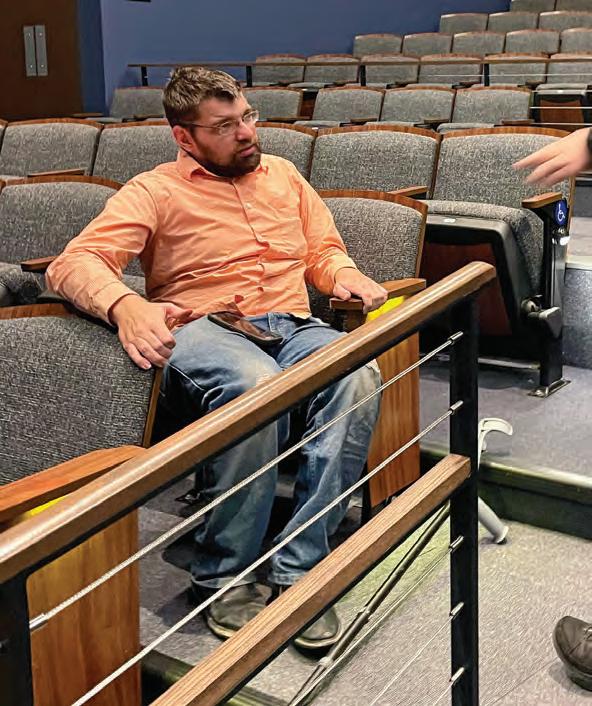
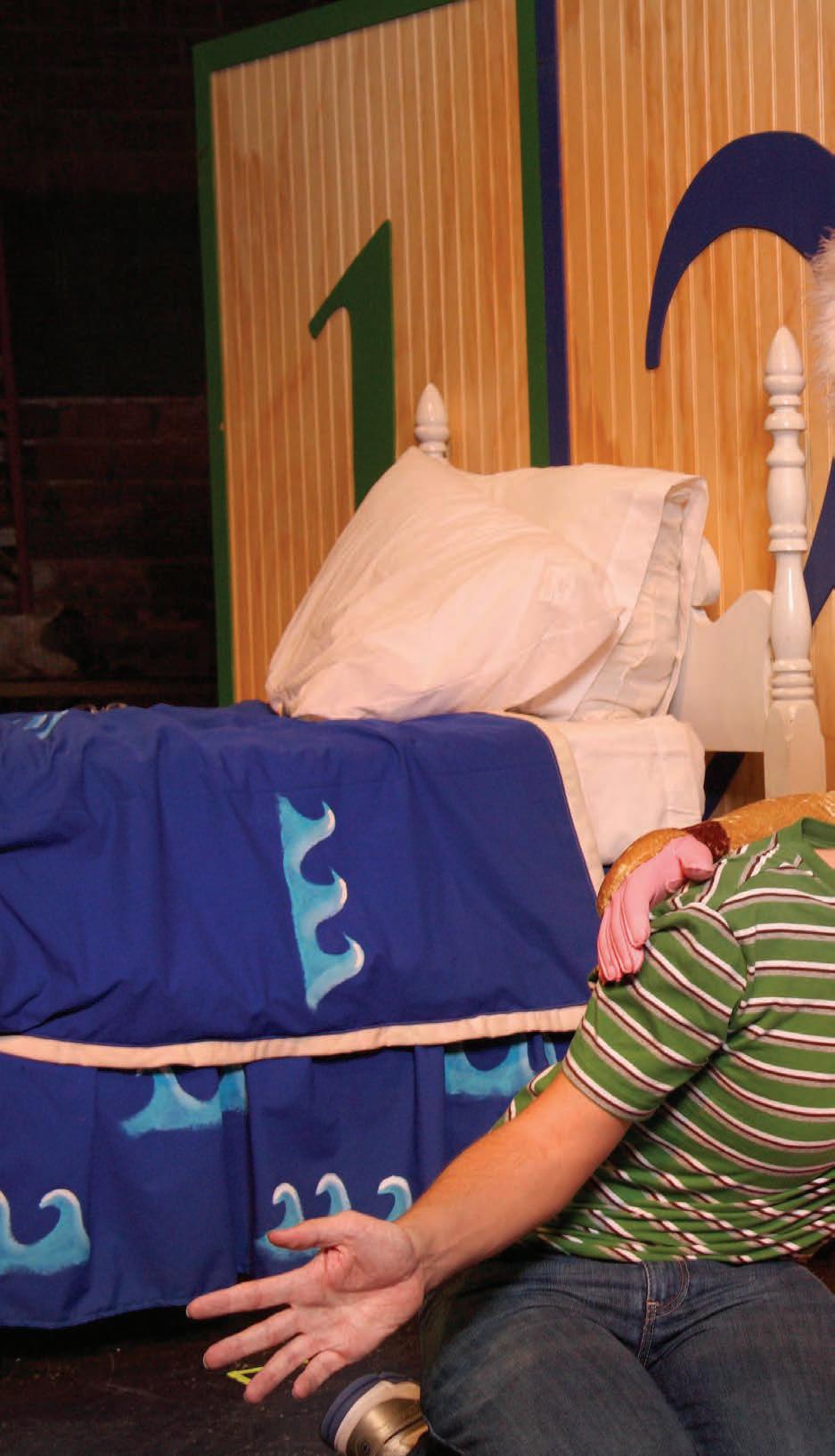


The marriage between old and new, classic and modern was critical when the decision was made several years ago to expand Joslyn Art Museum.
Now, two years since it closed to undergo a $100 million construction and renovation project, the grande dame of Omaha museums is once again open for business – and it continues to offer free general admission to make its historical content available for everyone.
Several blocks east lies the new kid on the block among Omaha’s museum offerings.
The Kiewit Luminarium, which opened last year and borders the Missouri River, is a technological and educational marvel heralded as “a place for everyone to explore the astonishing phenomena that shape our world, our communities, and ourselves.”
During its first year, roughly 260,000 visitors crossed its threshold. Its creators say the response has exceeded their expectations. Not only has it become a popular destination on Omaha’s revitalized Riverfront, it’s also helping make the exploration of science, technology, engineering, and math (STEM) more accessible for all.
“Combining the original, historic museum with a new structure connected by a beautiful atrium highlight the architecture of the building,” said Jack Becker, Josyln CEO and executive director. “We absolutely wanted to give the community and visitors something that would allow us to display the growth of our collection in a renovated building they could be proud of in the 21st century.”
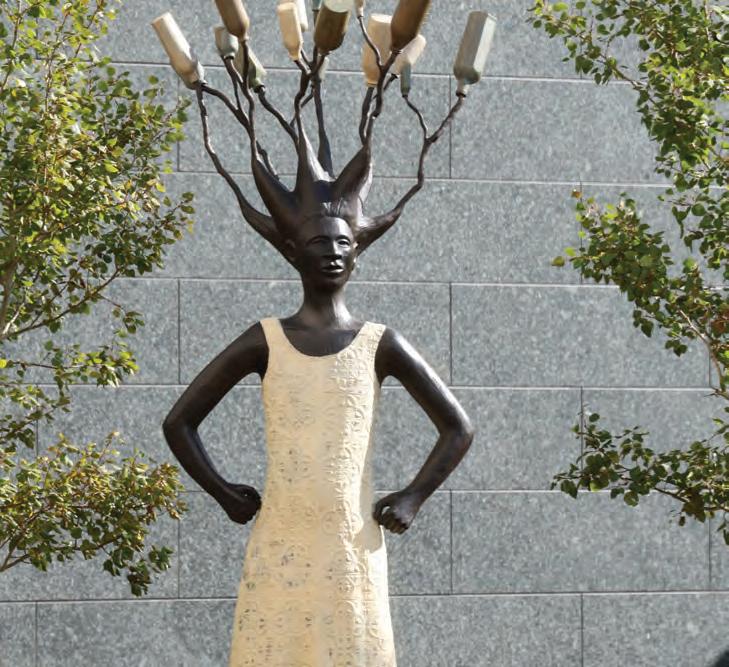
While it was undergoing its expansion and renovation, the former Joslyn Art Museum also was rebranded and is now known simply and majestically as The Joslyn.
Becker said the past two years – during which the museum was closed to the public – served as the perfect time to reinvent the museum to reflect its rebirth and connect with a younger audience.
“Being decades old, we felt this was the time to have a sense of the 21st century in our name and identity,” he said.
A little history: Joslyn Art Museum was a gift to the people of Omaha from resident Sarah Joslyn in memory of her husband, George, a prominent businessman. It opened in November 1931, and prior to its closure in May 2022, had welcomed millions of visitors from around the world.
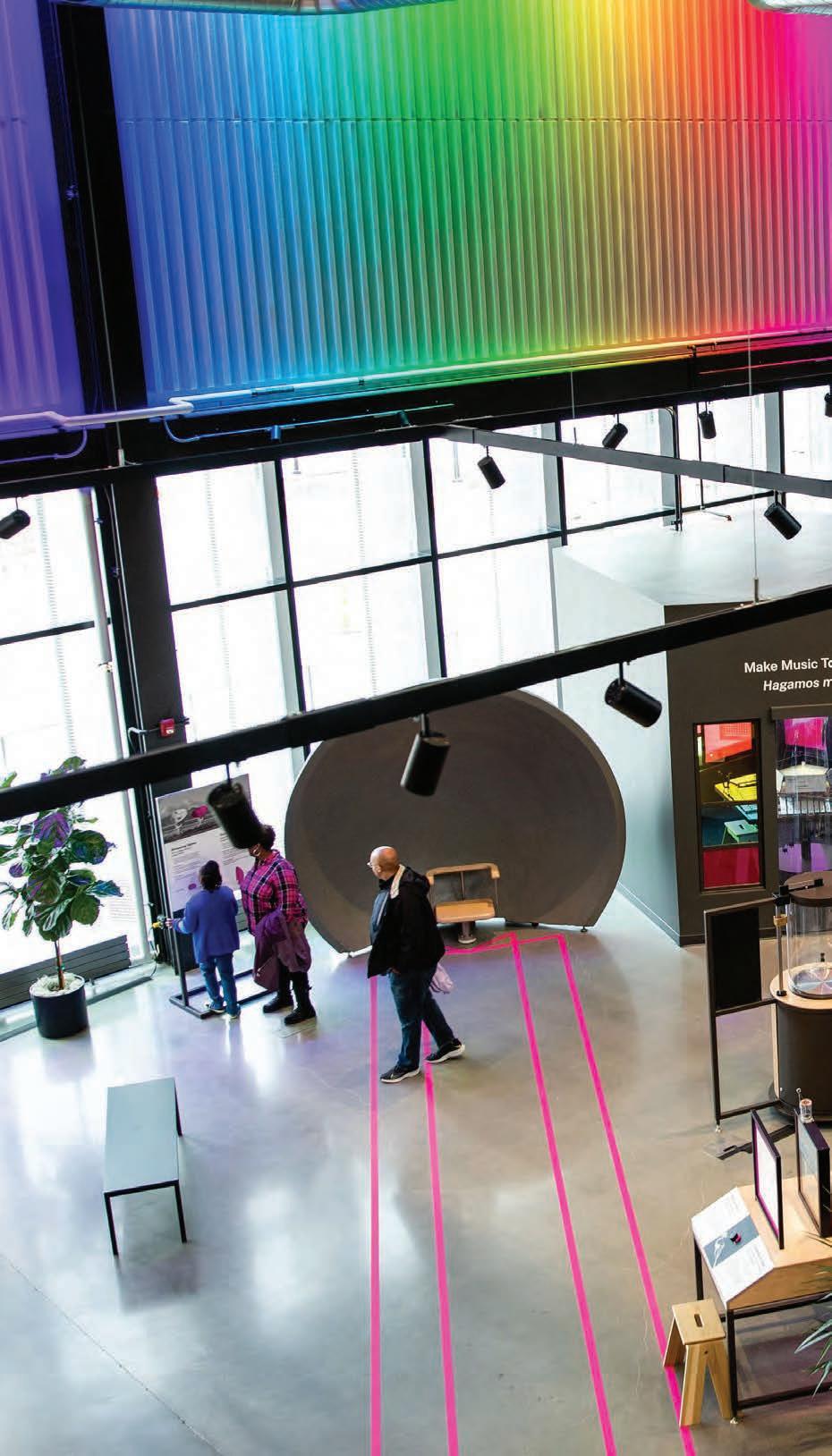
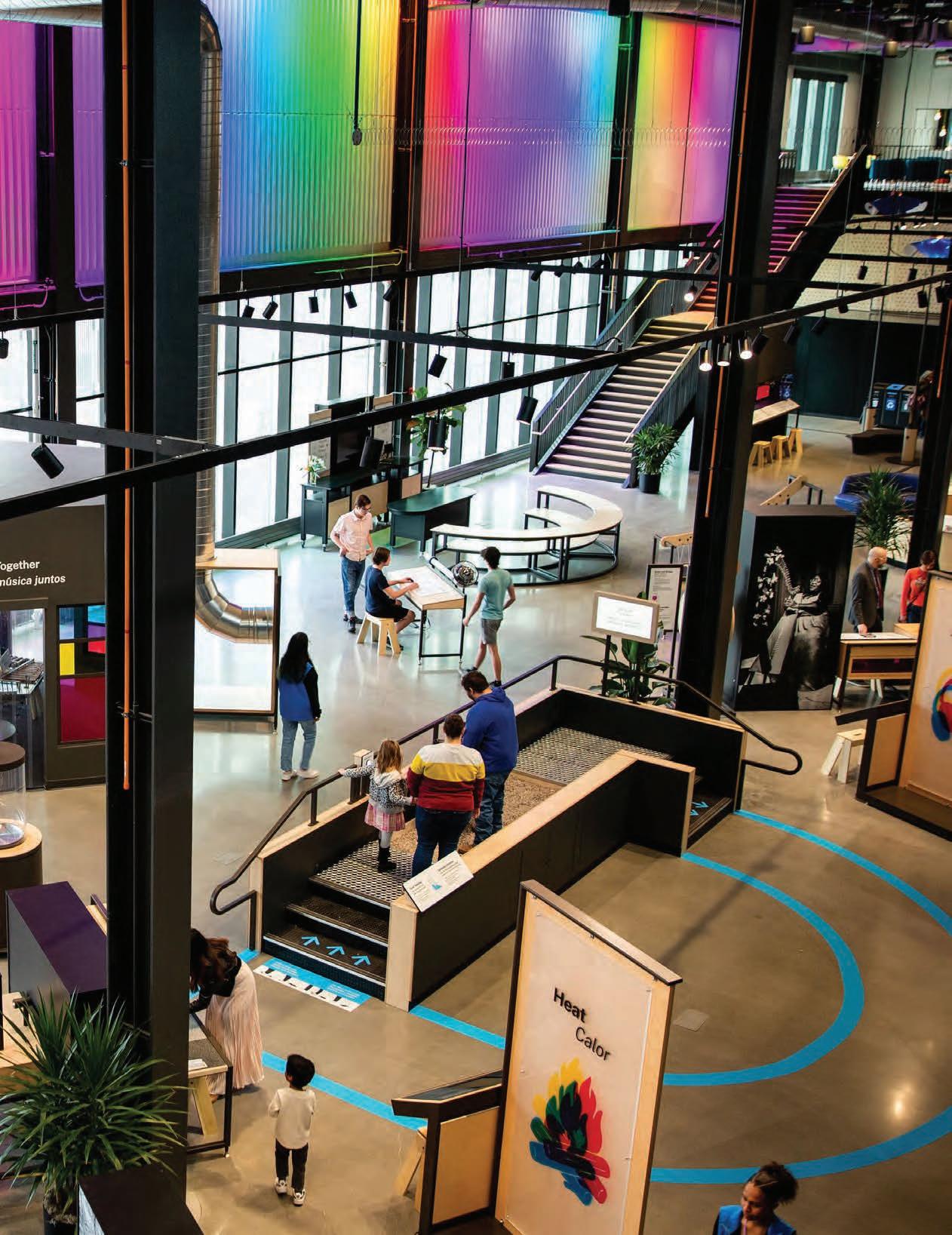
12,000+ objects representing 5,000 years of human creativity
The Joslyn
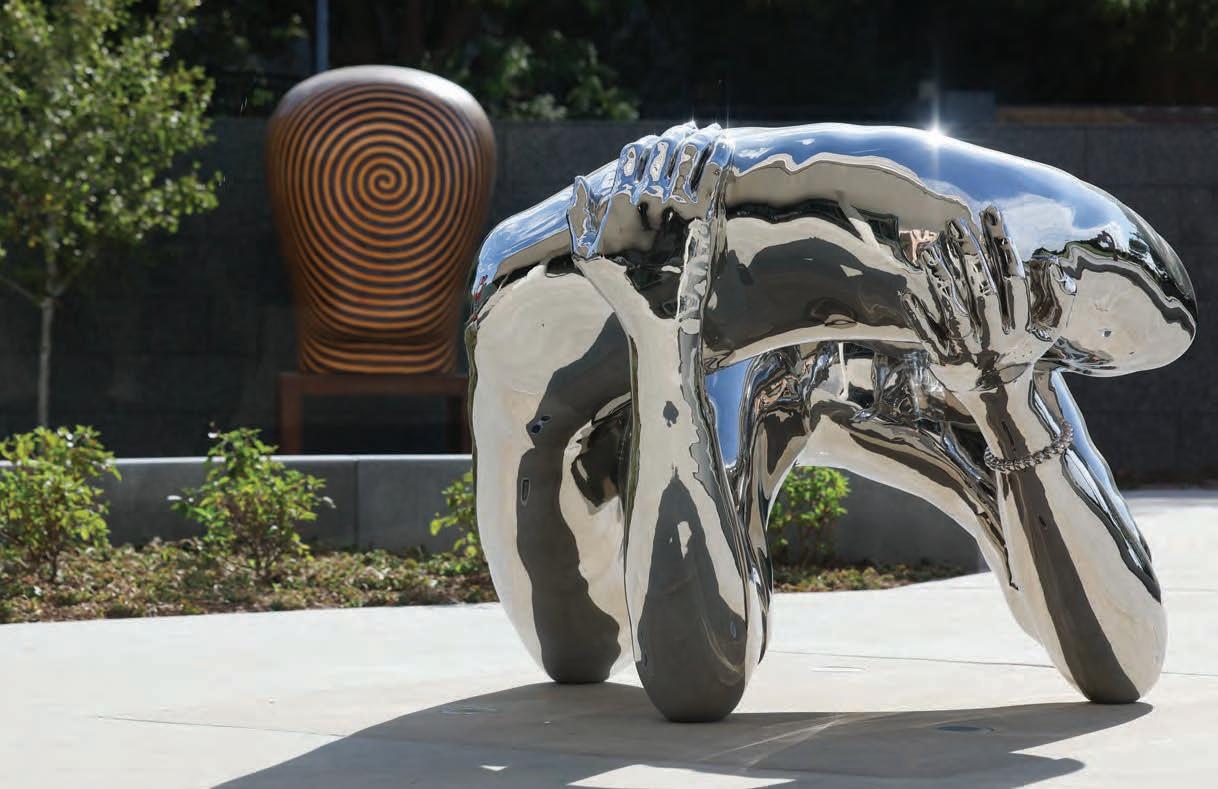
The Joslyn houses a collection of over 12,000 objects representing 5,000 years of human creativity. Collections include art by Henri Matisse, Robert Henri, Grant Wood, Thomas Hart Benton, Jackson Pollock, Edgar Degas, and Karl Bodmer.
Its two-year expansion and renovation mark a significant milestone in the institution’s history, enhancing its role as a cultural hub in the community.
This isn’t The Joslyn’s first expansion.
In 1987, planning began to add 58,000 square feet of space to the museum, including 14,000 square feet of gallery space to accommodate a postwar and contemporary collection and temporary exhibitions. The Suzanne & Walter Scott Pavilion opened in November 1991 – 60 years after the museum opened.
Eighteen years later in 2009, the Peter Kiewit Foundation Sculpture Garden added water features, landscaped spaces, and sculptures by internationally renowned artists to the property. Soon after, the Dorothy & Stanley Truhlsen Discovery Garden opened to complete the campus transformation.
For the new expansion, Joslyn leadership announced in 2018 a third major capital project – a physical and programmatic expansion led by Norwegian and American architectural firm Snøhetta.
Designed in collaboration with Omaha firm
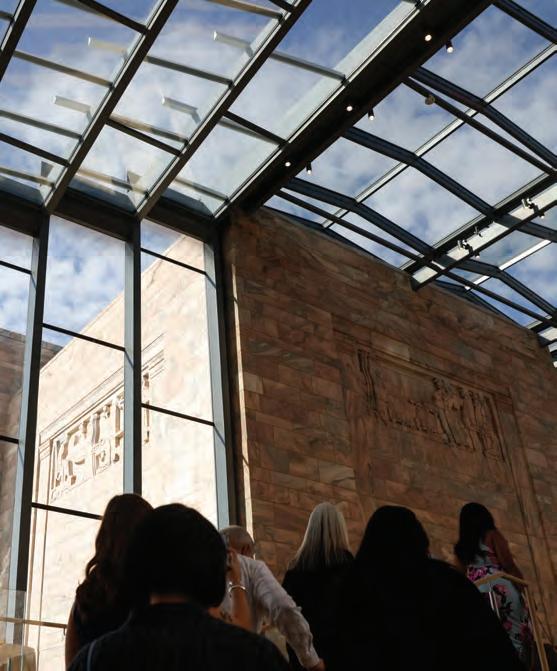
Alley Poyner Macchietto Architecture, the 42,000-square-foot Rhonda & Howard Hawks Pavilion is the centerpiece of a project that creates a new visitor experience while expanding gallery space by more than 40 percent for a historic and fast-growing collection. Ground was broken in July 2021, and the museum closed the following May to maintain public safety during construction and renovation.
The renovated museum now boasts additional gallery spaces that will allow for more diverse and larger exhibitions, providing greater flexibility in showcasing both permanent collections and temporary displays. In fact, this was one of the major reasons for the expansion.
When the Joslyn reopened in September 2024, it marked the display of new acquisitions from the Phillip G. Schrager Collection, a works-on-paper gallery featuring selections from a gift to the museum by Omaha-born artist Ed Ruscha, an exhibition featuring new work from Eva LeWitt, and a complete installation of The Joslyn’s permanent collection. One of the key aspects of this renovation is its impact on the local community.
The expanded facilities are expected to attract more visitors, both from Omaha and beyond, potentially boosting local tourism and economic activity. Moreover, the improvements are expected to foster a stronger sense of community pride and involvement.
“This expansion enhances the museum’s ability to host traveling exhibitions and contemporary art installations, more room for event space and classrooms and other programming – further establishing The Joslyn as a major player on the national arts scene,” Becker said.
In its first year of operation the Kiewit Luminarium has more than made good on its original promise to bring more people closer to the Missouri River. That’s according to donors, board members, staff, and visitors.
Visitation has been above what was expected, and membership revenue topped projections, too. In Google reviews, the Luminarium is registering an average user rating of 4.7 out of 5 stars. That rating is on par with San Francisco’s Exploratorium, the world-renowned science center after which the Luminarium was largely modeled.
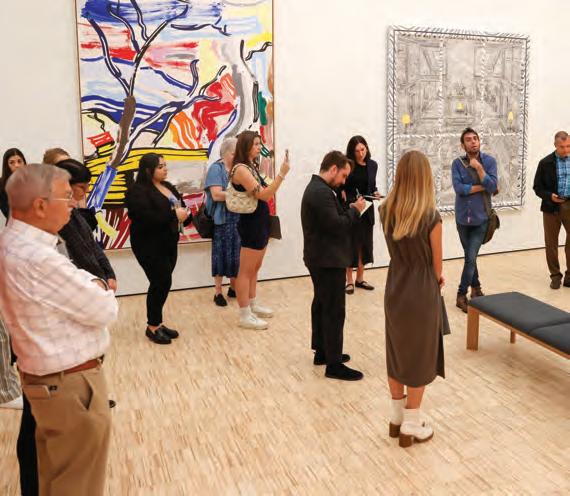
for two years for renovations,
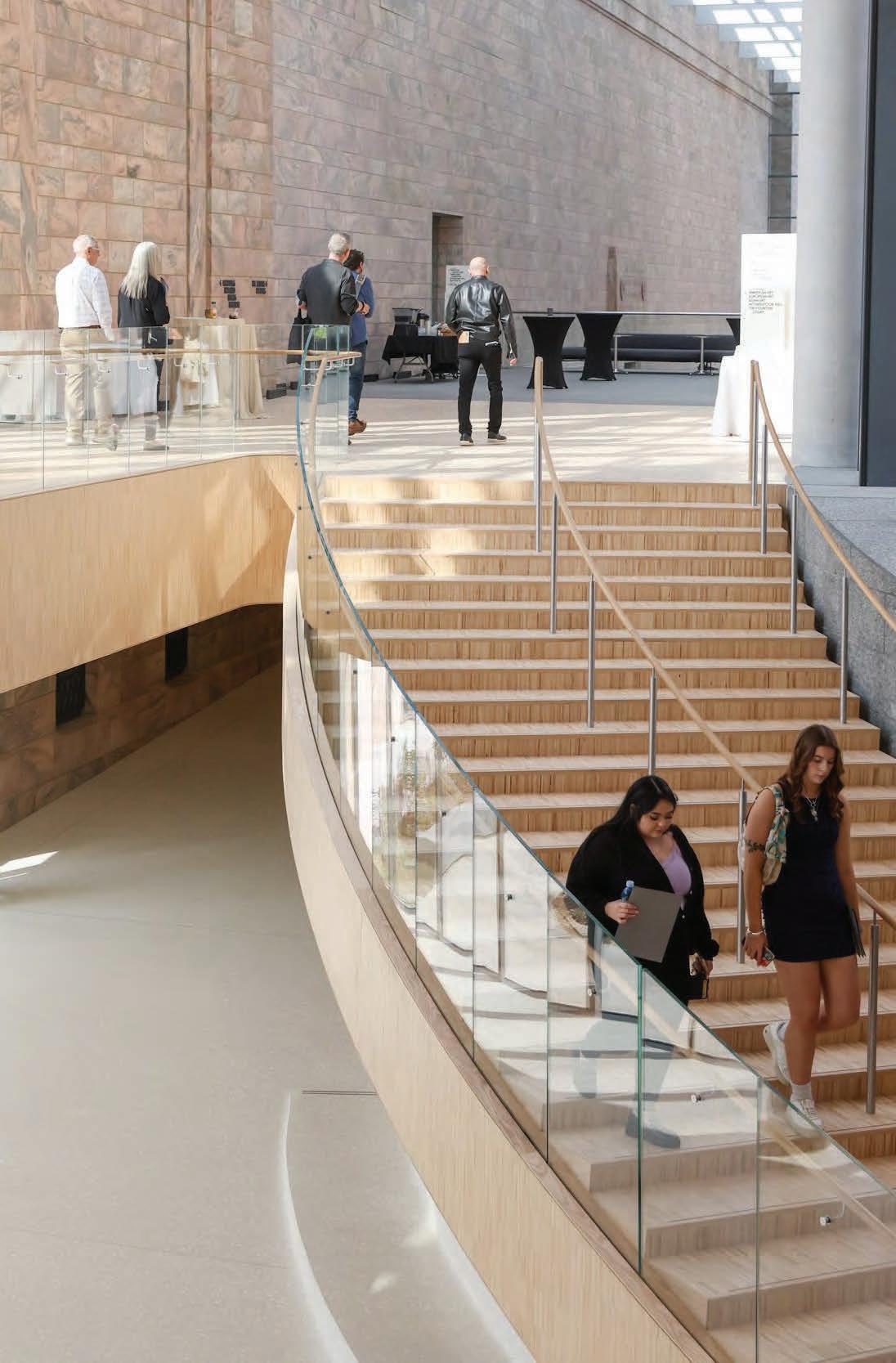
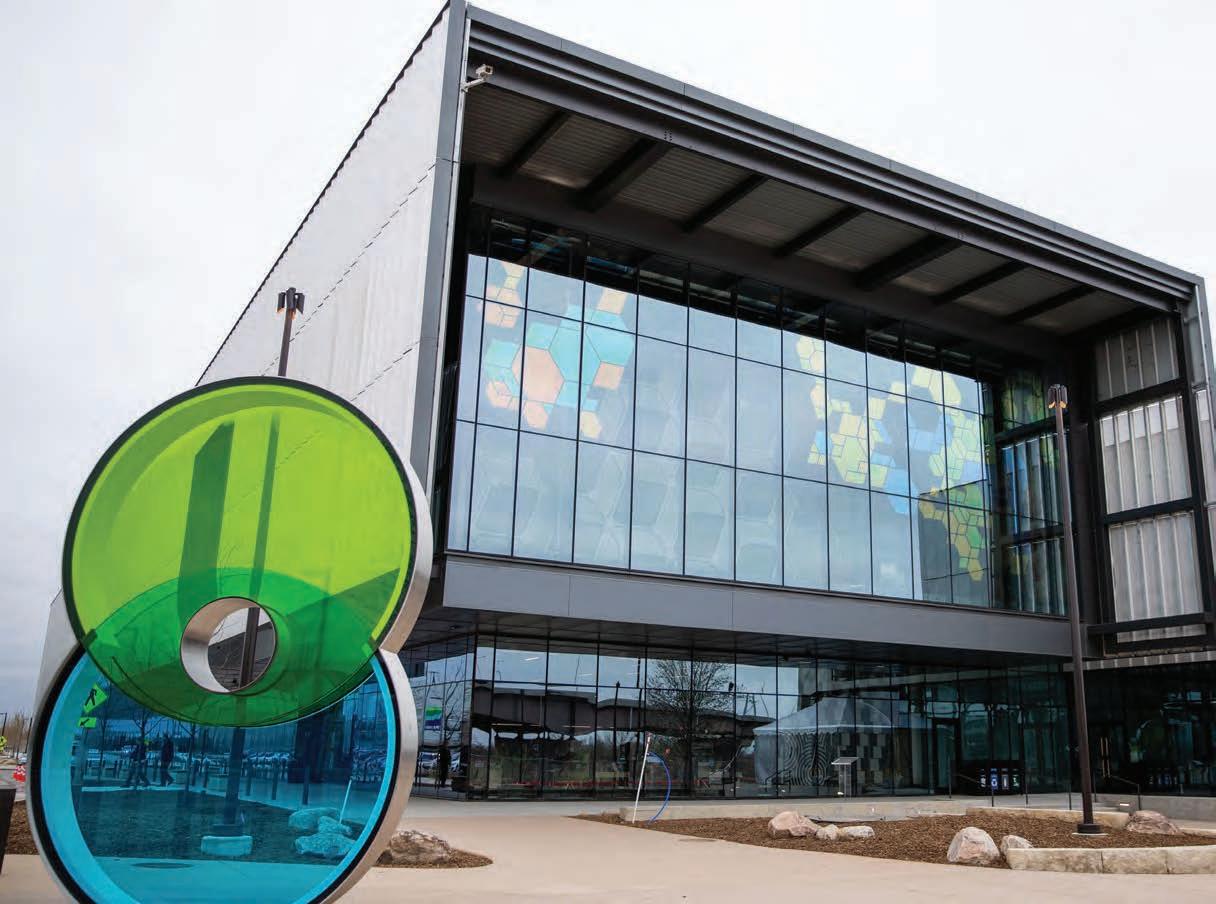
“We aim to engage learners of all ages, identities and backgrounds in science learning and exploration,” said Julie DeWitt, vice president of marketing.
“Since before the Luminarium opened in April 2023, our team has been going out into the community, bringing learning opportunities to people across greater Omaha and welcoming them to continue their learning with us on the Riverfront.
“Inside the museum, we focus on financial access, staff training, resources, accommodations, and more to make the Luminarium even more accessible to everyone.”
Funded by donors at a cost of $107 million, the steel and glass steel building has become part of a bigger $450 million Riverfront makeover. It offers 125 handson, interactive exhibits that explore and teach concepts of natural and social sciences, biology, engineering, and math.
When it opened in April 2023, the Luminarium filled a longtime cultural void
as donors behind it hoped it would be more than just a local tourist attraction. They wanted it to one day help Omaha fill workforce needs in an increasingly technical world.
“We are already and want to continue to be a hub for community conversation around STEM-related topics,” DeWitt said. “And as more people learn about the Luminarium and visit, they’ll find a growing community of learners who are curious about the world around them.
“Ideas sparked at the Luminarium can lead to new ideas, solutions to problems our community is facing, new educational or career paths, new business ideas, and more.”
To accomplish this, creators of the interactive museum have made sure it is accessible to people from all socioeconomic backgrounds and from throughout the region. They do this partly by welcoming school field trips. The
Luminarium has welcomed more than 10,000 students since it opened.
In addition to its interactive exhibits, the museum offers seasonal exhibitions, new activities in the Maker Space, demonstrations, and other programming – ensuring no two visits to the Luminarium are ever the same.
There’s also something special for adults – namely an onsite gift shop and restaurant with an all-day menu and views of the river. The museum offers adults-only evenings on Thursdays from 7 p.m. to 10 p.m. with special programming, music, and entertainment.
“We’re thrilled to be located at the Riverfront and to be part of the revitalization of this beautiful space for our whole community to use and enjoy,” DeWitt said. “With the three parks now connected from the heart of downtown to the river, locals and visitors can explore our city in brand new ways.”
When it comes to spending time during their regular visits to the Henry Doorly Zoo and Aquarium, Robin Drvol’s grandchildren play favorites.
The Drvols – Robin and her husband, Scott – their three children and their spouses, and their seven grandchildren are frequent zoo visitors. While there’s so much to see, Drvol said, their visits often follow a routine.
The oldest of Drvol’s grandchildren, 6-year-old Alaina, wants to see the flamingos.

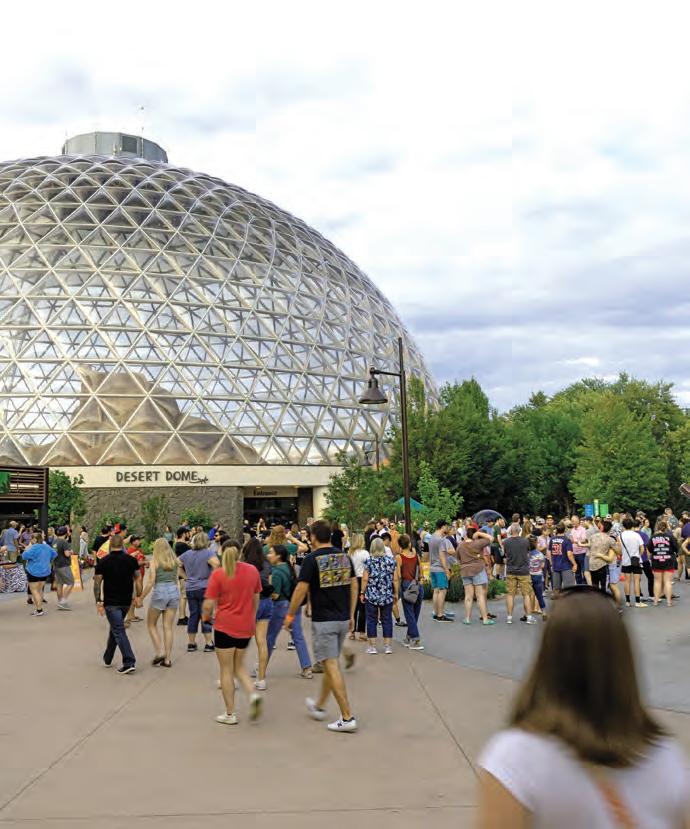
“They’re pink. It’s her favorite color,” Robin said. Alaina also asks to see the lions and stop at the concession stands.
Next in line, Grayson, 5, would rather see the zebras because they remind him of the stormtroopers from “Star Wars,” Robin said. He likes something else, too: “Grayson starts talking about the gift shop before we even go.”
Like Alaina, Nicolette, 4, prefers the flamingos, followed by the giraffes. Molly, 3, is also a flamingo fanatic, as their habitat allows visitors to see them up close.
“It’s a close encounter,” Robin said. “All the girls like the flamingos.”
Next comes 2-year-old Liliana – who likes puppies.
“Everything is a puppy to her right now,” her grandmother said.
The youngest two have yet to profess their favorites, their grandmother said.
“They don’t talk yet.”
Dr. Luis Padilla, zoo president and CEO, takes a different approach for playing favorites at the zoo:
“My favorite place is anywhere I can see our guests having unique and unforgettable experiences, and this seems to change every time I walk the zoo,” he said.
“Whether it’s engaging with a sea lion in the underwater viewing area or experiencing
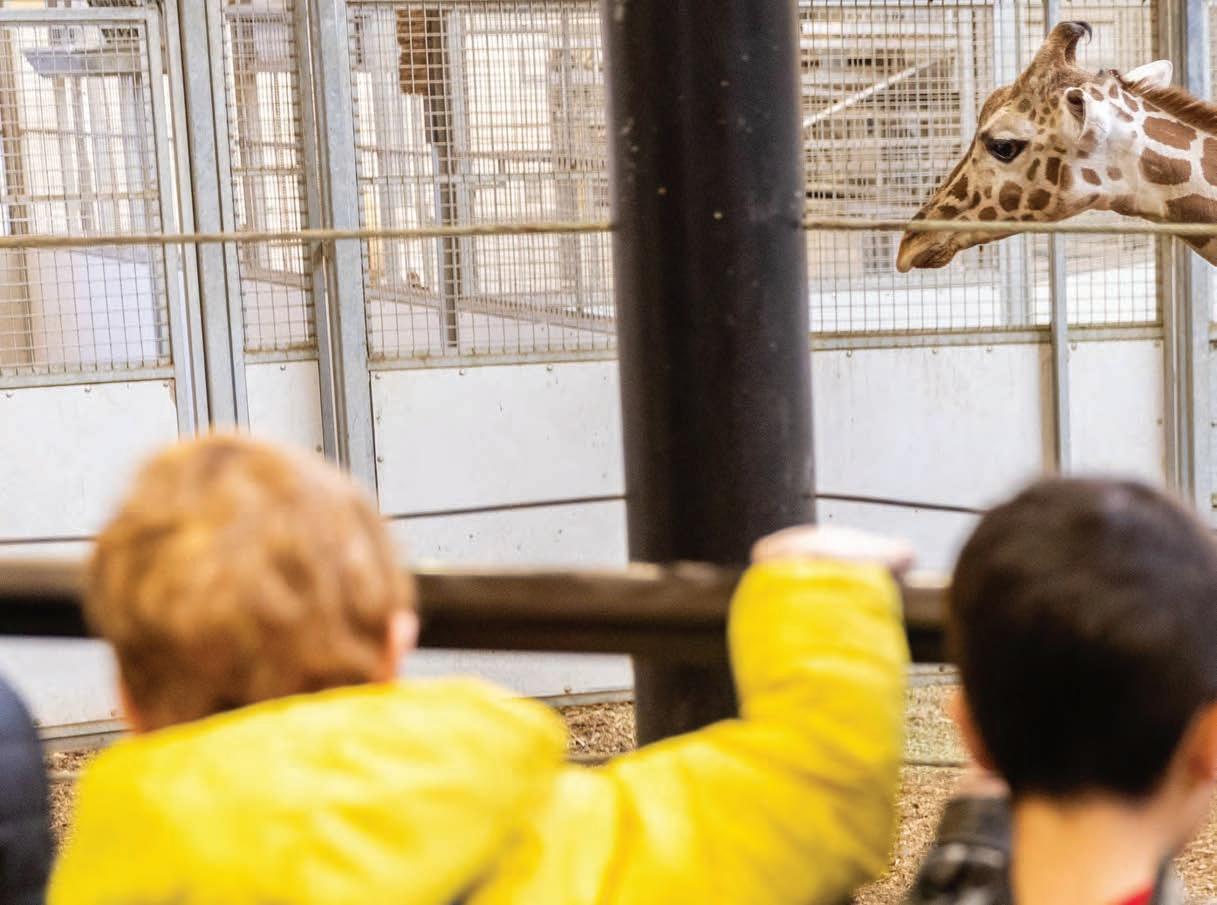
the sights, smells, and sounds of Indonesia in Hubbard Orangutan Forest, it is incredible to see our guests have experiences that will inspire them to care for wildlife and wild places.”
The Henry Doorly Zoo comes with a pedigree: In 2023 it was named the best zoo in the country in USA Today’s Readers’ Choice Awards. The Asian Highlands is ranked as Best Zoo Exhibit and the Lee G. Simmons Wildlife Safari Park was named best in its category. The zoo and safari park were repeat winners in 2024, with the Desert Dome named Best Zoo Exhibit.
The 2024 accolade came with this description: “Continued investments have allowed Henry Doorly Zoo to continue to offer one-of-a-kind exhibits to guests, including the world’s largest indoor desert where arid plants and animals — peccaries, quail, death adders, rattlesnakes and inland taipans, the world’s most venomous land snake — are visible inside a geodesic dome year-round
in the heart of the Midwest. The $73 million Scott African Grasslands exhibit features 28 acres of habitats and exhibit spaces for meerkats, giraffes, elephants, lions, cheetahs, and sable antelopes.”
Padilla said a true test for a zoo extends beyond rankings.
“It’s about the power of a memory and a unique experience,” he said. “A top-notch zoo triggers positive emotions and becomes the pride of a community, and the top zoos in the world are the ones that inspire people to care a bit more about animals, and the wild places where they live.”
Here are some numbers to know about Henry Doorly Zoo:
• More than 160 acres of animals, plants, and habitats from throughout the world
• 7 acres of indoor exhibits
• More than 1,000 species (by last
count), which includes fish and invertebrates
• More than 39,000 animals (again by last count), which still includes fish and invertebrates
And one final number – and it’s an impressive one – the zoo draws a crowd, as it expects to host 1.6 million guests in 2024.
Those are remarkable numbers, but Robin Drvol said she never feels crowded during her family visits. They always have room to roam.
Like her grandchildren, Drvol also has her favorite place at Henry Doorly Zoo. It’s among the life-sized penguin figures found in the aquarium.
She lines her grandchildren up against the penguins to see how they match.
“I get to see how much they’ve grown since our last visit,” she said.
Preschoolers at the Henry Doorly Zoo & Aquarium get a view during a 1-year birthday party for Hope, a giraffe raised by her human caregivers.


The facility boasts has a
The zoo is also home to the world’s largest indoor swamp, desert, and rainforest.
Omaha, where resilience meets prosperity. This vibrant city’s economic stability is a beacon for businesses and residents alike. Omaha’s urban core is a canvas of growth and revitalization, drawing entrepreneurs and dreamers. Diverse industries – finance, health care, insurance, and information technology – form the bedrock of Omaha’s success. When economic storms hit, Omaha stands strong, thanks to its diverse economy that insulates it from downturns and keeps its citizens safe and strong!
We Thrive
Future Economic Development
Urban Core
Business Excellence
Around the Region
Phil McClain, Kathy Bossman & Beth Whited
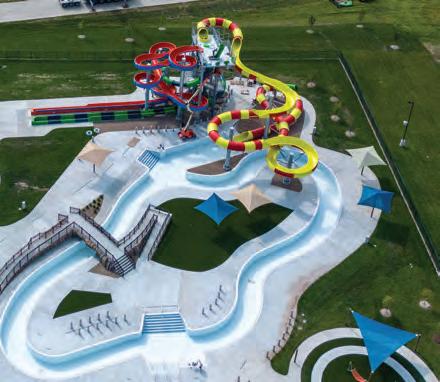
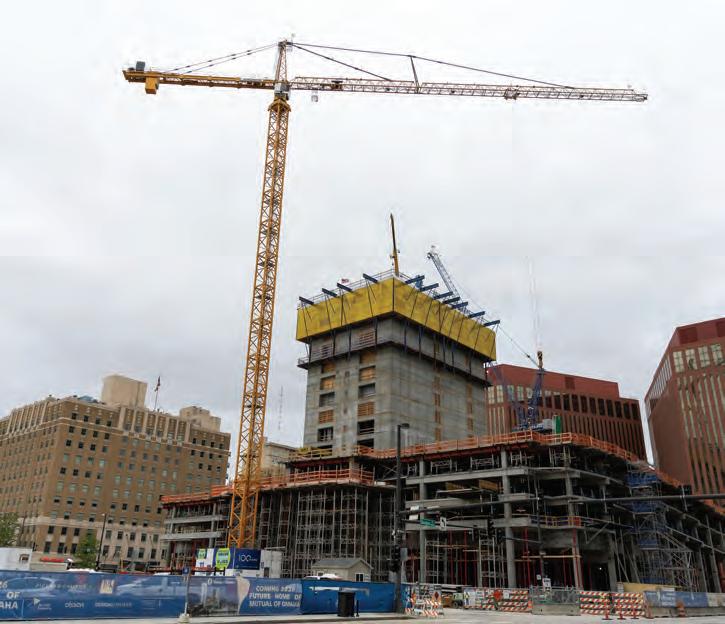
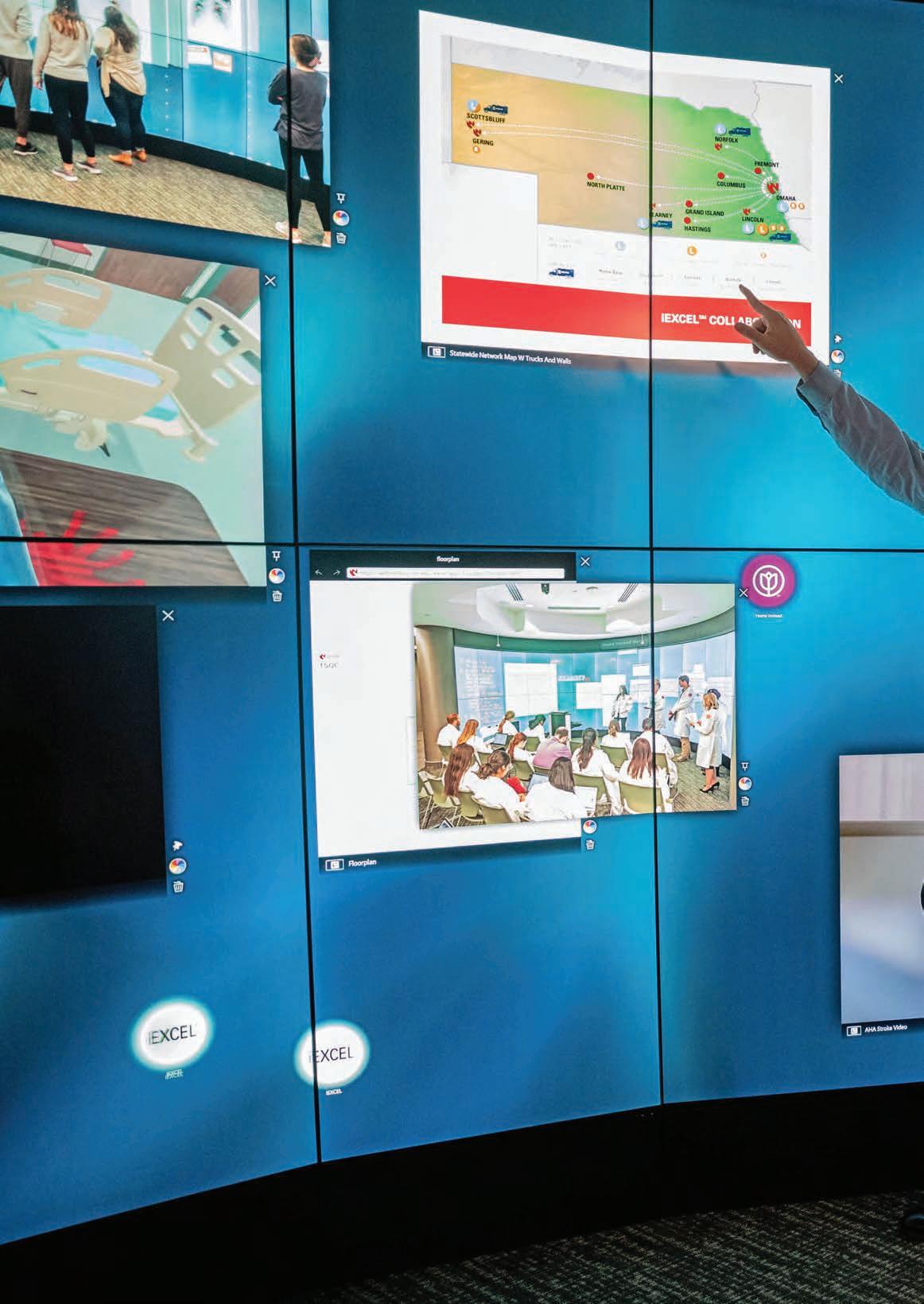
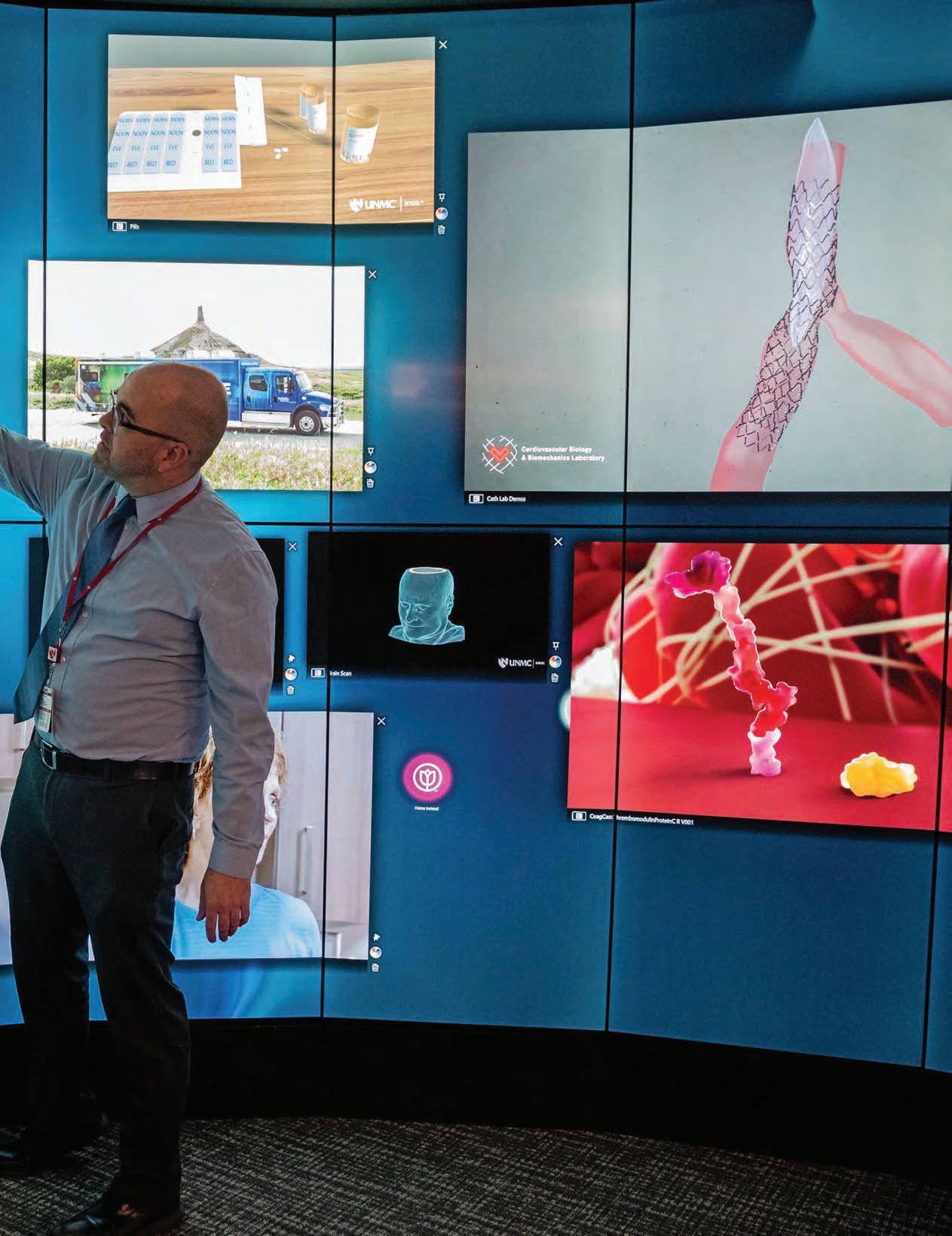
UNMC
of

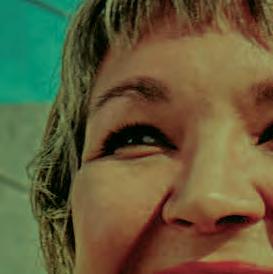

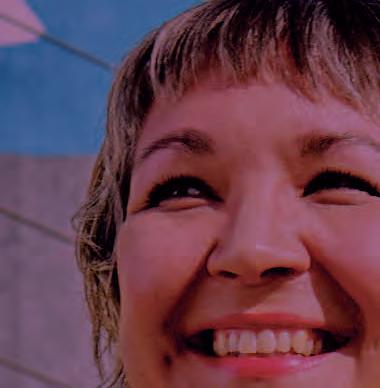

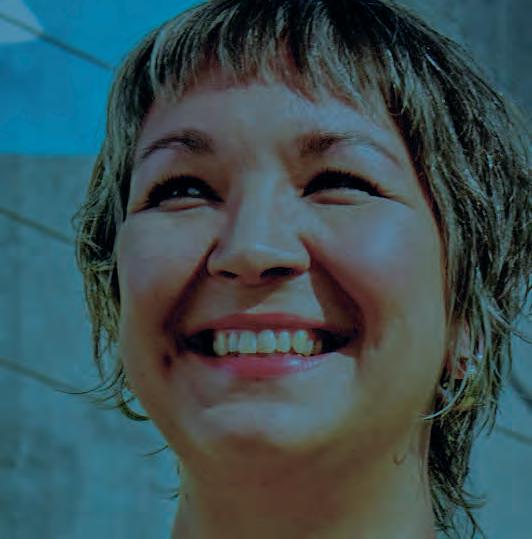

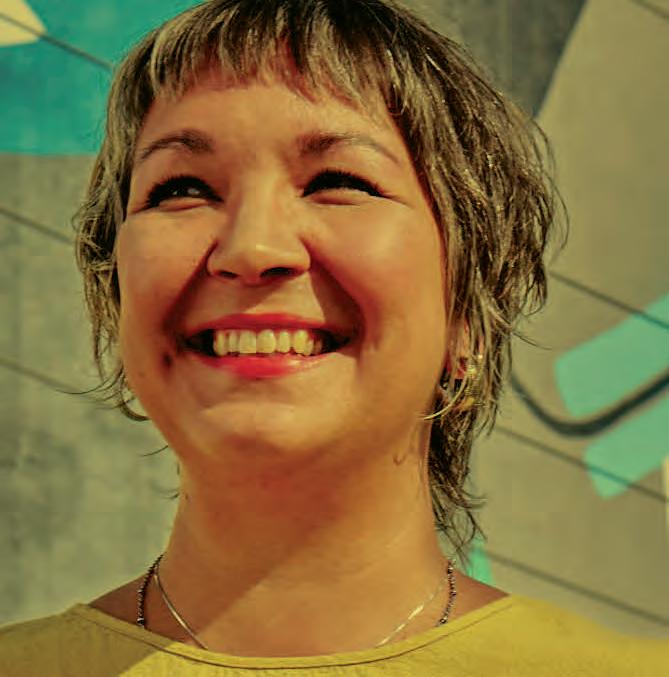
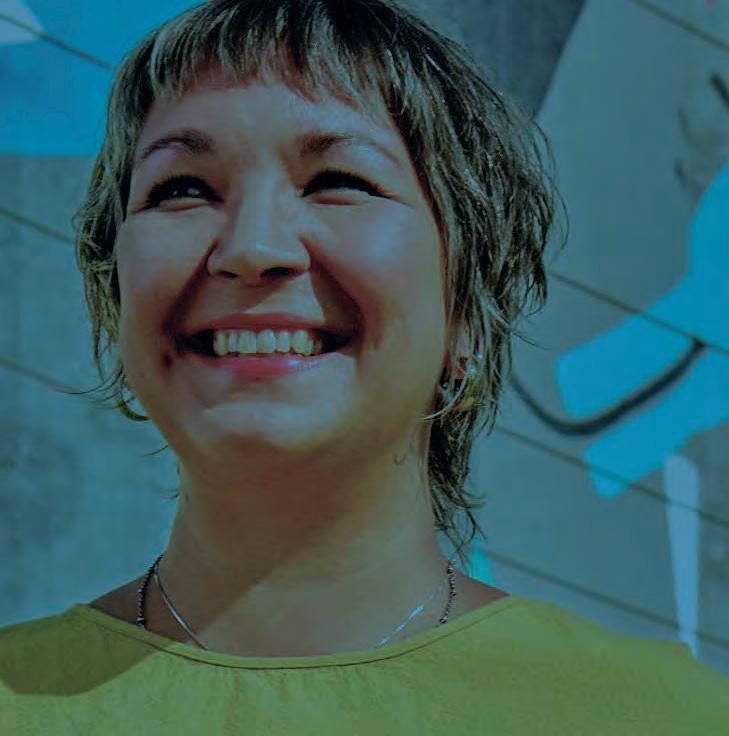

























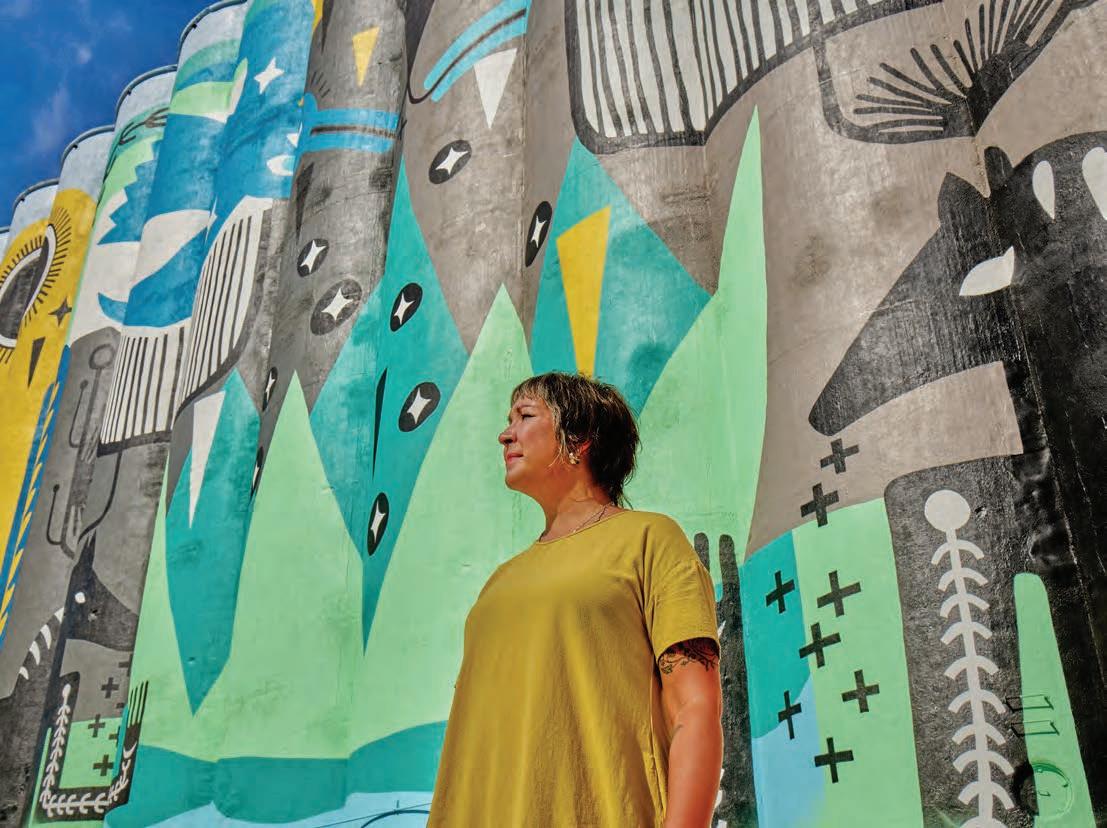

Whether we are reinventing a space or developing something new, we strive to create places that matter. At Noddle Companies, we are driven by our passion and commitment to making this a remarkable community.
THANK YOU to our clients, teammates, and community at large for allowing us to be part of our growing city.
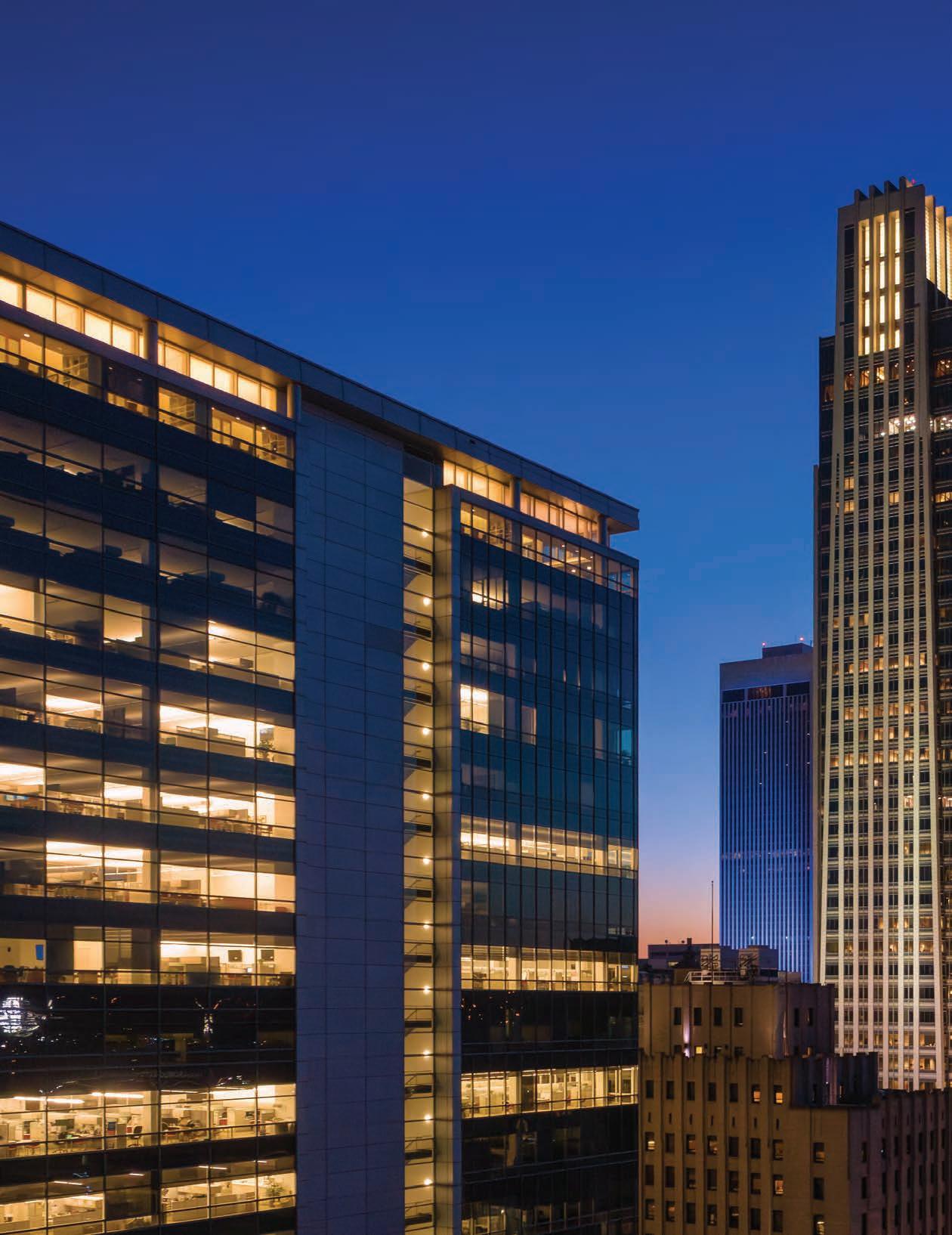
Omaha’s urban core is experiencing continued growth and revitalization, making it an attractive destination for residents and businesses.
The city’s Riverfront has been a key focus area for economic development, with projects such as the Riverfront Revitalization Plan transforming the area into a vibrant and dynamic waterfront district. These developments have created new opportunities for investment and growth, further solidifying Omaha’s position as a major hub for economic and social activity in the region.
Despite economic fluctuations, Omaha has shown resilience and potential for continued economic growth. The city’s diverse economy, which includes industries such as finance, health care, insurance, and information technology, has helped to insulate it from the impacts of economic downturns.
This commitment to excellence and innovation is also apparent in the community’s approach to developing a strong workforce and a talent pipeline for the future. Employers are committed to growing their current workforce through developing and retaining talent using the robust educational system as well as programs such as the Chamber’s Young Professionals Summit and the new Power Conference.
Several programs offering diverse access to micro credentialing, apprenticeships and internships create bridges across the community to ensure all students and residents can gain meaningful employment. Intentional talent attraction efforts and the desire to be a welcoming community encourages continued vibrancy and a culture of collaboration.
To harness the power of the region, the Greater Omaha Chamber has established a strong eight- county partnership with neighboring communities in Nebraska and Iowa.
These partnerships promote collaboration and cooperation on economic development initiatives, infrastructure projects, and workforce development efforts, creating a more connected and cohesive regional economy.
By working together with neighboring communities, Omaha leverages its strengths and resources to drive economic growth and to create new opportunities for residents and businesses throughout the region.
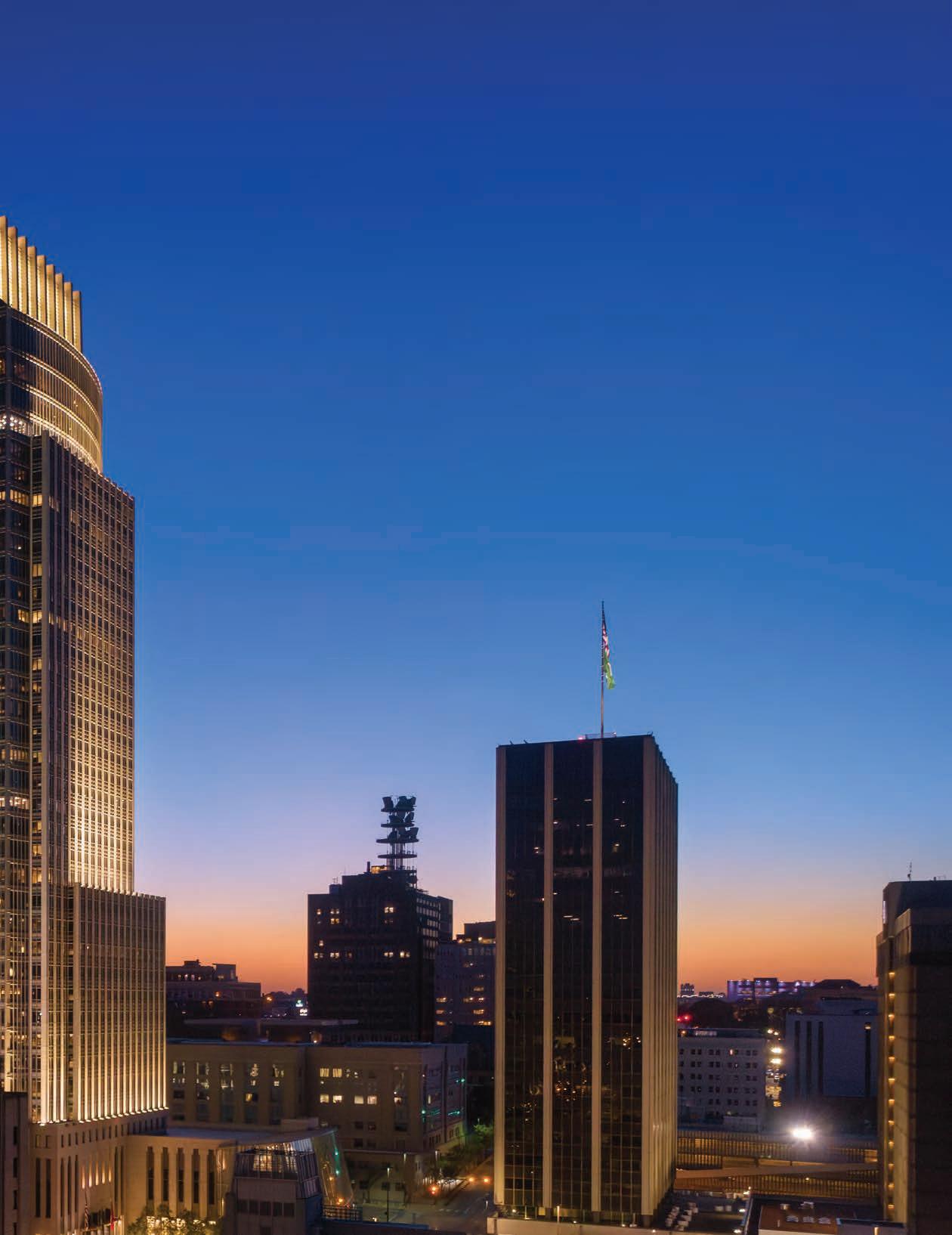
Omaha’s skyline is a stunning blend of modern architecture and Midwestern charm currently eclipsed by the First National Bank Tower and WoodmenLife Tower. GETTY IMAGES
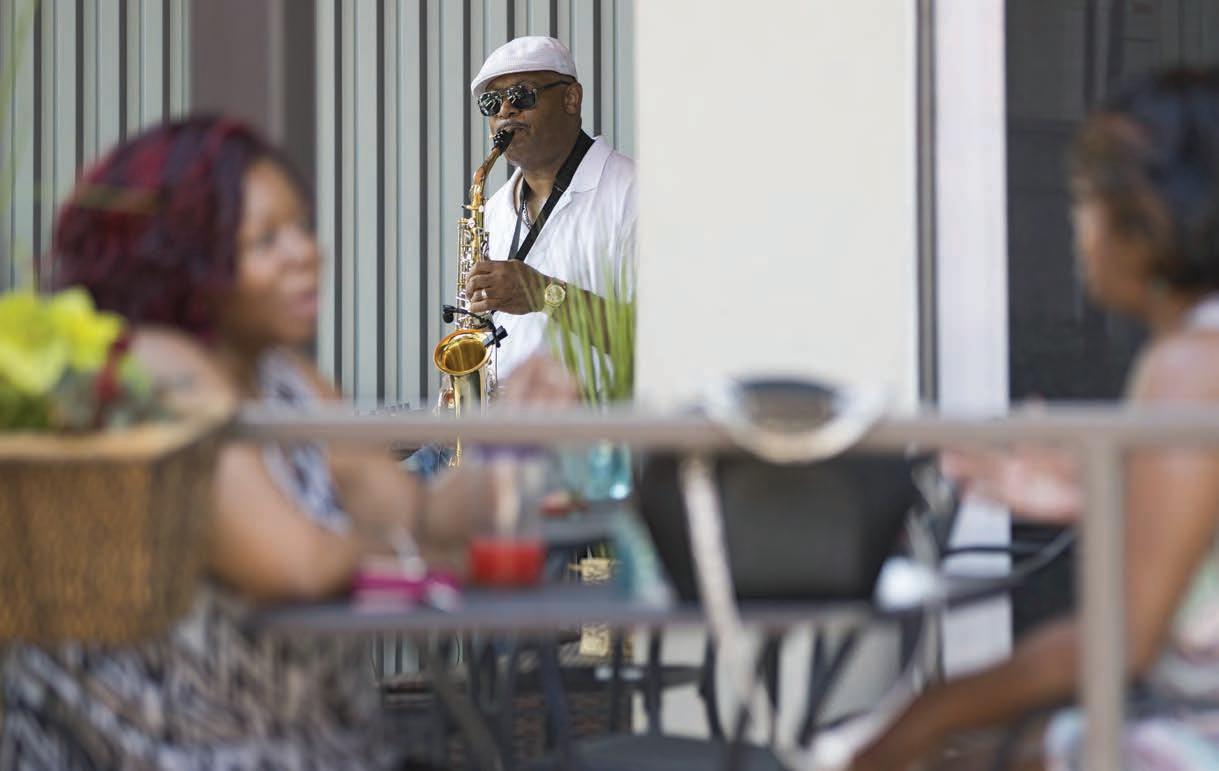
As one of the fastest growing cities in the Midwest, Omaha has seen significant economic growth in recent years.
In 2022, as the nation emerged from a pandemic, Douglas County’s gross domestic product grew 9.2 percent –the most of any county with at least 500,000 residents, according to a report by the Bureau of Economic Analysis.
Spurred by finance, insurance, and information technology and buoyed by steady-as-she-goes pandemic growth, Douglas County shockingly bests titans like counties containing Nashville, Tenn., and Austin, Texas.
Douglas County had never previously placed in the top 50 since the BEA began recording the metric in 2018. OmahaCouncil Bluffs’ 6.3 percent gain in economic output in 2022 ranked second nationally among major metro areas.
A study by the University of Toronto School of Cities tracked usage from 18 million phones across America and Canada in 2022-23 – revealing a clear picture of how different cities are trending postpandemic. Metrics showed Omaha’s nighttime and

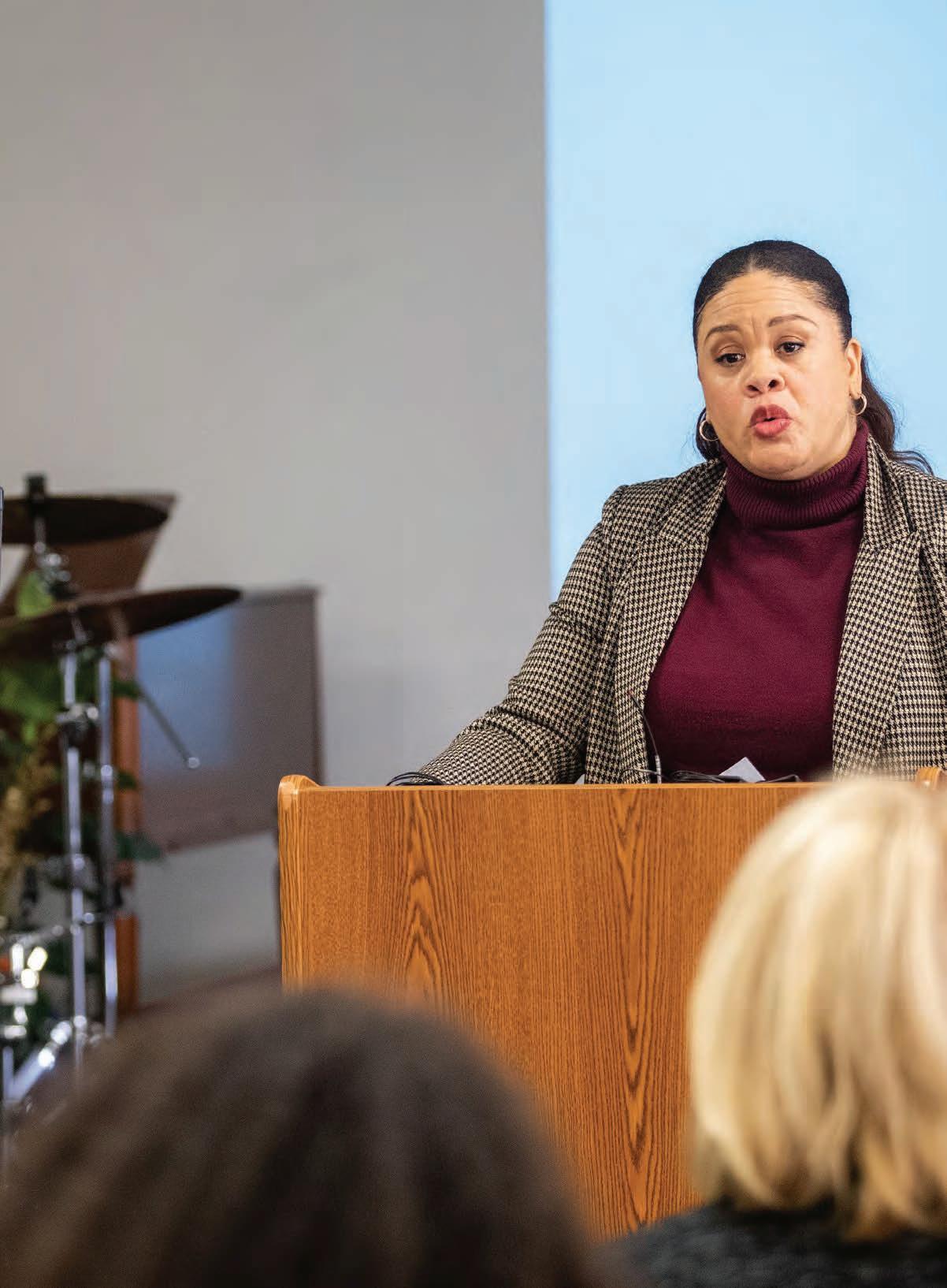
weekend phone activity has recovered to 96 percent of pre-pandemic levels. Research shows downtown Omaha has 88 percent of the cellphone activity it did in 2019, which was before the pandemic. That’s the second best recovery rate across Midwest cities and 11th best of the 66 cities they studied.
According to the Greater Omaha Chamber, the post-pandemic boom in Omaha was many years in the making. Lawmakers and economic development officials have fostered an environment in Omaha where insurance and financial companies want to locate and boost their operations.
Omaha’s economy is expected to continue seeing strong growth – around 3 percent –in the near future because of its diversity. This broad base makes Omaha less prone to significant downturns and provides more stability for investors to trust.
With several major development projects on the horizon – notably Heartwood Preserve, Avenue One, and North 24th Street – the city is poised for continued expansion and prosperity beyond the urban core. Overall, these three developments are expected to have a significant impact on Omaha’s economy in the coming years. Heartwood Preserve, Avenue One, and North 24th are projected to create over 10,000 jobs and generate billions of dollars in economic activity, according to a report by the Chamber.
With these exciting developments, Omaha is well-positioned for continued economic growth and prosperity. As the city continues to attract new residents and businesses, it is poised to stay a major economic hub in the Midwest, with a vibrant economy and a high quality of life for its residents.
Located in west Omaha, Heartwood Preserve is a project that aims to transform farmland into a vibrant community hub. It’s one of the most ambitious urban developments in Omaha’s history.
Spanning 500 acres near 144th and Pacific Streets, this mixed-use development aims to create a sustainable and interconnected community where people can live, work, and play. The project, spearheaded by Noddle Companies, is designed to offer a blend of residential, commercial, and recreational spaces. Examples of completed work and work in progress:
• Applied Underwriters, one of Omaha’s largest employers, has established its corporate headquarters in Heartwood Preserve. The 270,000-squarefoot facility will house up to 2,000 employees, contributing significantly to the local economy.
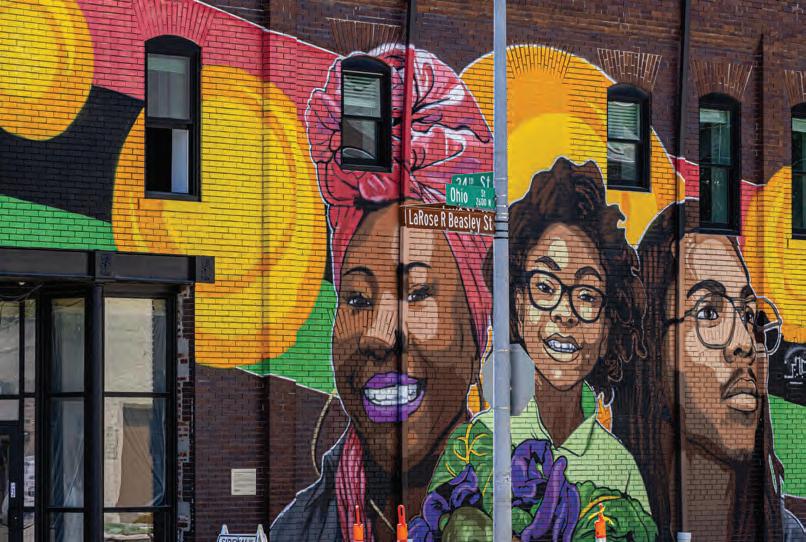
The Avenue One project at 192nd and Dodge Streets is intended to be a western
into Omaha, a pedestrian-friendly gathering place for families. It will include food, retail, and entertainment businesses. RENDERING PROVIDED BY
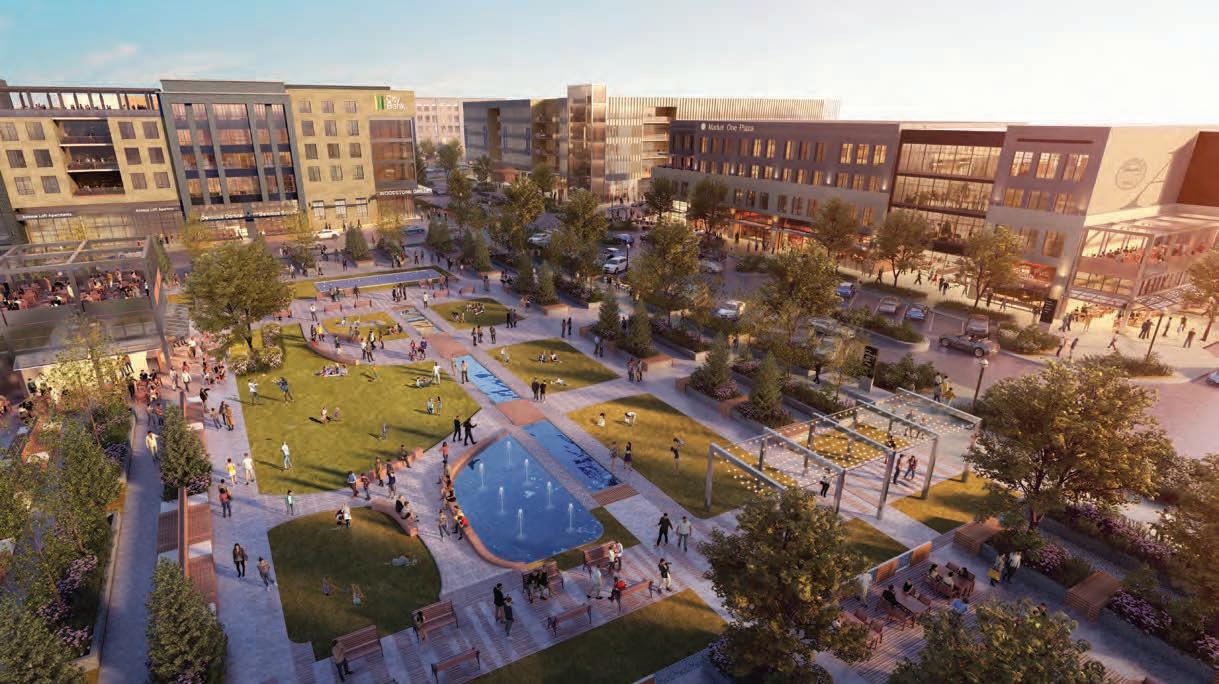
• Several housing options, including single-family homes, apartments, and townhouses are attracting a wide range of residents.
• Retail shops, restaurants, and public nature trails are creating a hub of activity and leisure. The integration of green spaces and recreational areas is a key feature, promoting a healthy and active lifestyle for residents and visitors.
Construction began in 2019, with the first phase of the project completed in 2021. Other parts of the project have been completed since then, and other pieces are taking shape.
The development features energyefficient buildings, green spaces, and sustainable transportation options, making it a model for future urban development in Omaha.
Earlier this summer, local engineering firm Olsson announced it will call Heartwood Preserve home with the addition of a four-story building. Scott Tricker, Olsson’s Omaha leader, expects the move to create “an even better” work environment for area employees.
“The new building will help us showcase our welcoming culture and allow us to continue to attract and retain top talent,” Tricker said in a Nebraska Examiner story. The firm will move about 300 employees
from its current Aksarben Village home in central Omaha onto the second and third floors of the new facility. The first floor is reserved for retailers.
Omaha is also seeing significant growth with the Avenue One development, also in the west.
Jasper Stone Partners, a boutique private real estate investment firm and the financing developer, envisions Avenue One to be a special place to draw people from all over Omaha to 192nd Street and West Dodge Road and serve as Omaha’s “western gateway.” The project has been 20 years in the making.
The development will feature a business park, shops, restaurants, hotels, apartments, and 6 miles of walking trails. The 200-acre development is set to become a new urban center, combining residential, commercial, and entertainment spaces. Construction began in 2020.
Examples of key features and developments:
• Plans call for a variety of housing options, including luxury apartments, townhomes, and single-family residences. The development is designed to accommodate different
lifestyles and preferences, attracting a diverse group of residents.
• Commercial office buildings, retail shops, and dining establishments are planned. This mix of uses is intended to create a bustling urban environment where people can live, work, and socialize.
• Entertainment venues, parks, and recreational facilities will enhance the quality of life for residents and make the area a destination for visitors.
The development of Avenue One is progressing steadily, with several phases already completed and more underway. The project’s strategic location and comprehensive planning make it a significant addition to Omaha’s urban landscape.
The Nebraska Department of Economic Development estimates the property to be a $1.4 billion investment and estimates the creation of over 4,000 new jobs. Developers are thinking bigger. They say the construction will create an estimated 7,500 jobs, and, when running at full strength, the development site could generate more than 6,500 permanent jobs.
The state sales tax rate in a Good Life District such as this one is reduced by 50 percent, so the rate would be 2.75 percent on purchases made here.



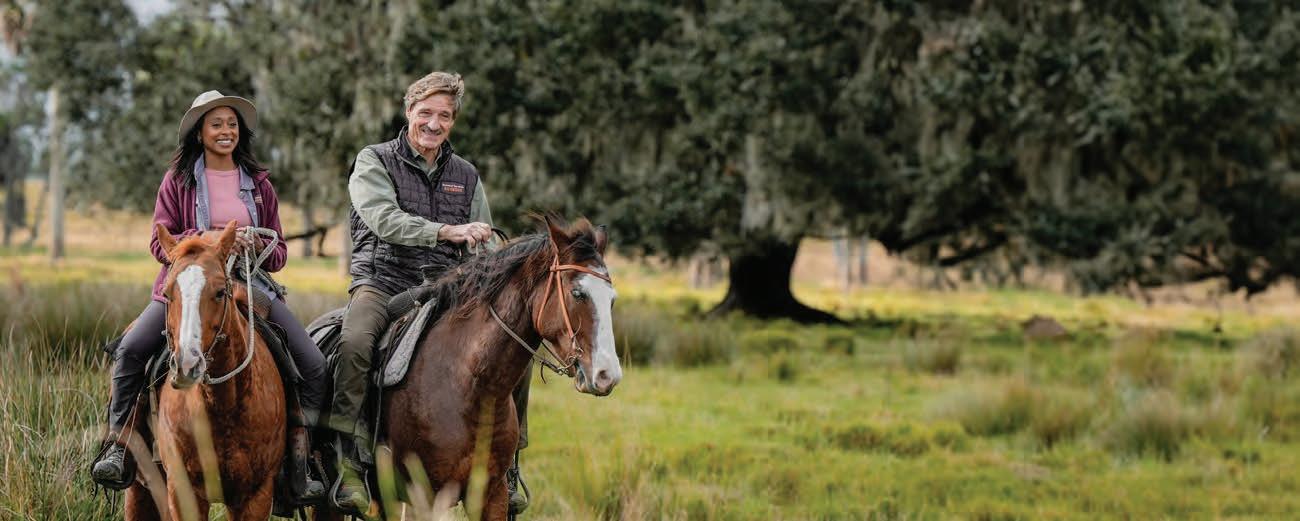





A participant waves a flag during the Juneteenth parade along North 24th Street. Juneteenth celebrations in Omaha started with small carnivals but have grown to include festivals, parades, dayslong celebrations, concerts and prayer breakfasts.
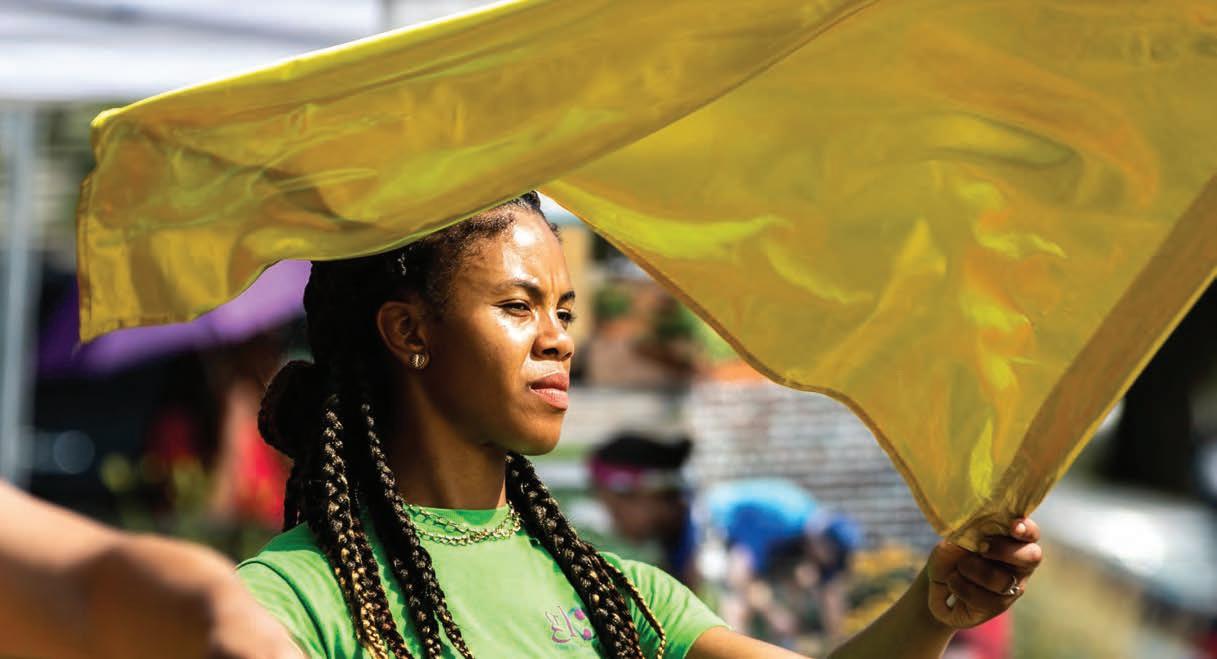
The North 24th Street corridor development, stretching 2.3 miles from about Meredith Avenue south to Cuming Street, is another major project that is set to transform Omaha’s economy – an area that touches the city’s urban core.
North 24th Street has long been a cultural and historical heart of Omaha. Recent efforts to revitalize this area aim to preserve its rich heritage while promoting economic growth and community development.
Examples of revitalization efforts and progress:
• Local organizations and community leaders are spearheading initiatives to restore historic buildings, support local businesses, and create cultural and educational programs.
• The city has invested in infrastructure improvements and incentives to attract new businesses and developers. These investments are designed to stimulate economic activity and create jobs for residents.
• Revitalization emphasizes preserving the cultural and historical significance of North 24th Street. This includes celebrating the area’s heritage through public art, cultural events, and educational programs.
In the summer of 2022, the Union for Contemporary Art broke ground to support the arts while strengthening the North 24th Street community by creating new space for storytelling and community gathering in the historic F.J. Carey Block building at 2401 N. 24th St.
Construction was completed in 2023 to include the Shirley Tyree Theater. Renovation expanded opportunities for the Union’s performing arts program and breathed new life into a building which has served the North Omaha community for generations. The theater has 90 seats, a lobby and ticketing area, set-design workshop, and an open-format space for rehearsals and gatherings.
Nearby, the former Webster Telephone Exchange Building was crumbling until Carmen Tapio, CEO of North End Teleservices and immediate past chair of the Greater Omaha Chamber board, purchased the property and saved a piece of Omaha history. The building was listed on the National Register of Historic Places in 1977 and also designated a landmark by the City of Omaha.
“I learned it was the site of the first telephone company in the city of Omaha,” Tapio said. “I woke up one morning and realized we’re in telecommunications. We’re in teleservices … and so it’s very meaningful, very purposeful to be a part of helping to
preserve and bring back that building.”
Restoring the building has been no easy task – but Tapio said the project is more than worth the effort.
“It’s really an honor and a privilege to be part of it and to be able to bring that building back,” she said. “It’s a beautiful asset that when we’re done with it, it’ll stand strong and be symbolic in the community as well.”
The Webster Building is right across the street from North End Teleservices’ redevelopment project on 24th and Lake Streets – a plan that includes the company’s new corporate headquarters, retail space, and a daycare. The mixeduse development would be the largest private investment ever in North Omaha.
The project calls for building 102 apartments, single-family homes, and space for other uses. The projected price tag is around $65 million.
Earlier this year, the project received a $10 million economic recovery grant from the State of Nebraska.
Tapio said all the growth that will happen on the corner of 24th and Lake Streets will change the community.
“We wanted it to be significant in size to transform this community in the way that it really needs it, to invest in the community in the way that it really needs it,” Tapio told WOWT-6 in 2023.
“It’s going to take a lot of investment, and we didn’t want to do something small. It’s also with purpose because, again, my business is growing, our business is growing, and we have to be able to accommodate that growth.”
In another positive development, the new Jackson’s Fair Deal Cafe returned to North 24th Street last year under new management – on the same spot as the original building, which was razed more than a decade ago.
The Fair Deal Cafe was located at North 24th and Burdette Streets from 1954 to 2003. It was called Omaha’s “Black City Hall” because people from all over came to discuss politics and run campaigns for major offices at the state as well as the national level.
After working their way up the restaurant ladder, brothers Antoine and Vershan Jackson have brought their home cooking to the historic area – with many of the original dishes – to restore a piece of Omaha’s rich history. They opened Jackson’s Fair Deal Cafe in spring 2023.
The revitalization of North 24th Street is a communitydriven effort that seeks to balance economic development with cultural preservation. By fostering a sense of pride and ownership among residents, these initiatives aim to create a vibrant and sustainable community.
Each of these developments brings unique opportunities and challenges, but together they represent a comprehensive approach to urban growth and community building.
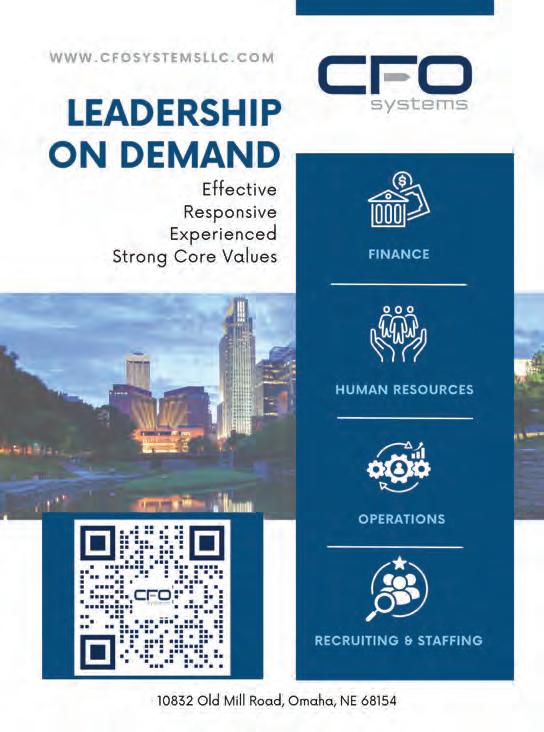
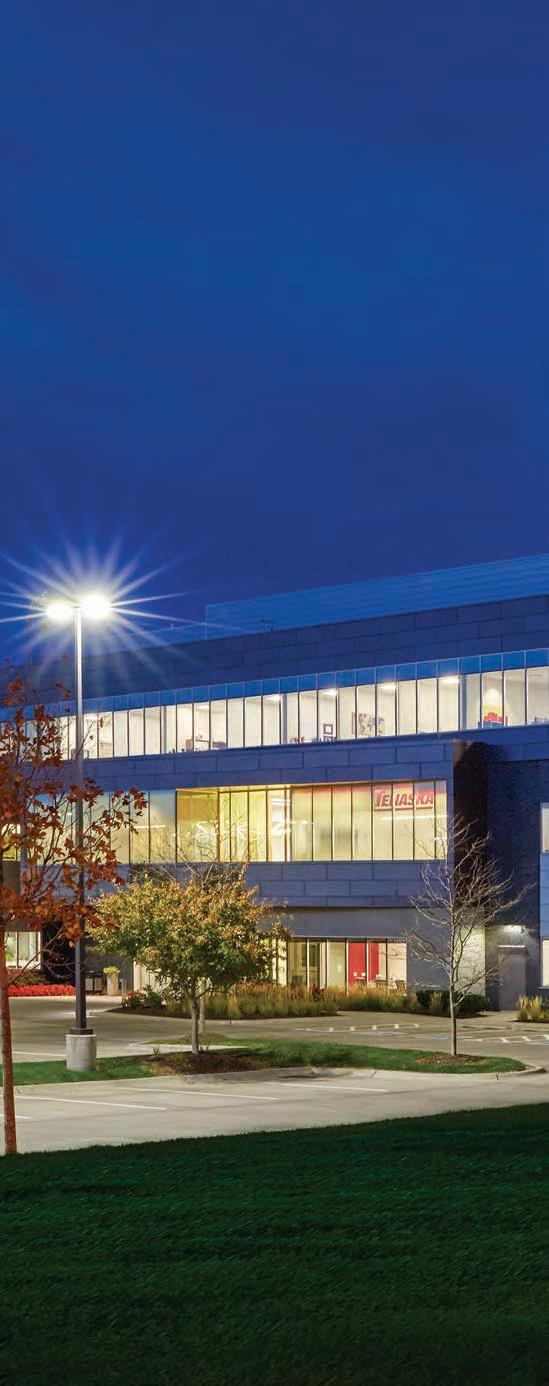





























As the world’s leading global analytics and advisory firm, we are grounded in over 85 years of expertise and driven by our purpose of helping people be heard.
With the power to ask the right questions, we uncover the needs and desires of the world’s citizens, and we use that knowledge to help our clients achieve the extraordinary. We partner with organizations across the globe to create exceptional workplaces, cultivate deeply engaged customers and discover crucial insights that lay the foundation for building a better world.
Whatever your mission, we help make the impossible possible.
3,900+ organizations use our workplace performance platform
85+ years of data collection experience 99% of the world’s population represented by the Gallup World Poll Join us in shaping the future. Learn more at gallup.com.
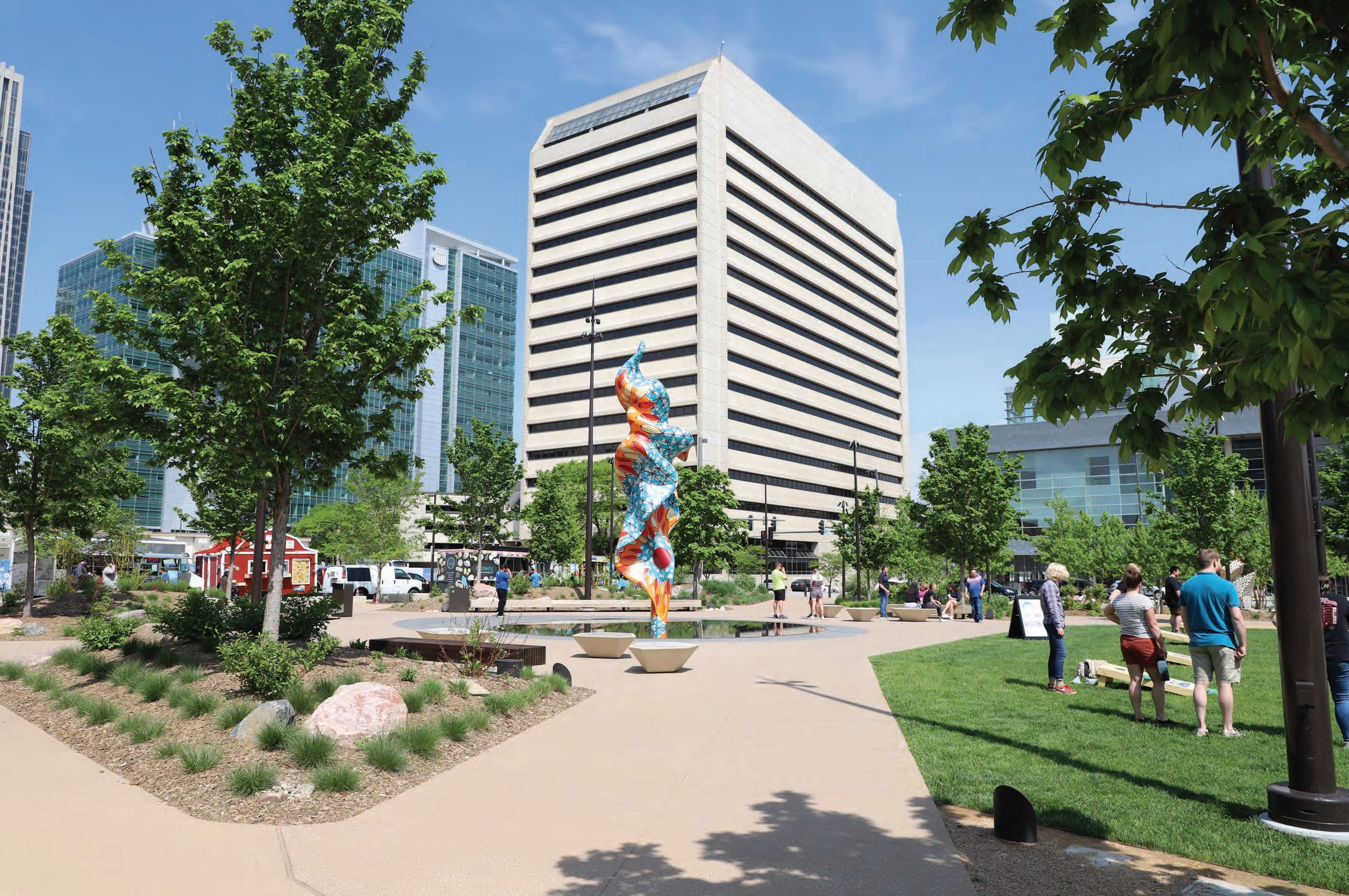
If you are looking for a career that offers growth, opportunity, and a place to make a difference, you belong here.
Headquartered in the heart of downtown Omaha, Berkshire Hathaway Homestate Companies (BHHC) and National Indemnity Company (NICO) are two separate companies, with a shared mission of providing outstanding commercial insurance products to our valued customers nationwide. With a long-standing reputation for strength, stability, and integrity, BHHC and NICO are proud to be part of the Berkshire Hathaway group of insurance companies. As a team member here, you’ll nd numerous opportunities to learn, grow, and thrive in a friendly and supportive environment. Join us and embark on an exciting career where you can innovate, collaborate, and make an impact.
Supportive culture
We offer an engaging and empowering environment where employees and their accomplishments are celebrated, and where teams make a difference.
“We” mentality
We encourage a collaborative environment which leads to exceptional solutions.
Stability
NICO and BHHC have been around for 84 years combined and are committed to being a source of strength and stability in the industry far into the future.
Innovative & problem-solving Great ideas, positive change, and remarkable results are what we strive to deliver.
For more information, visit:
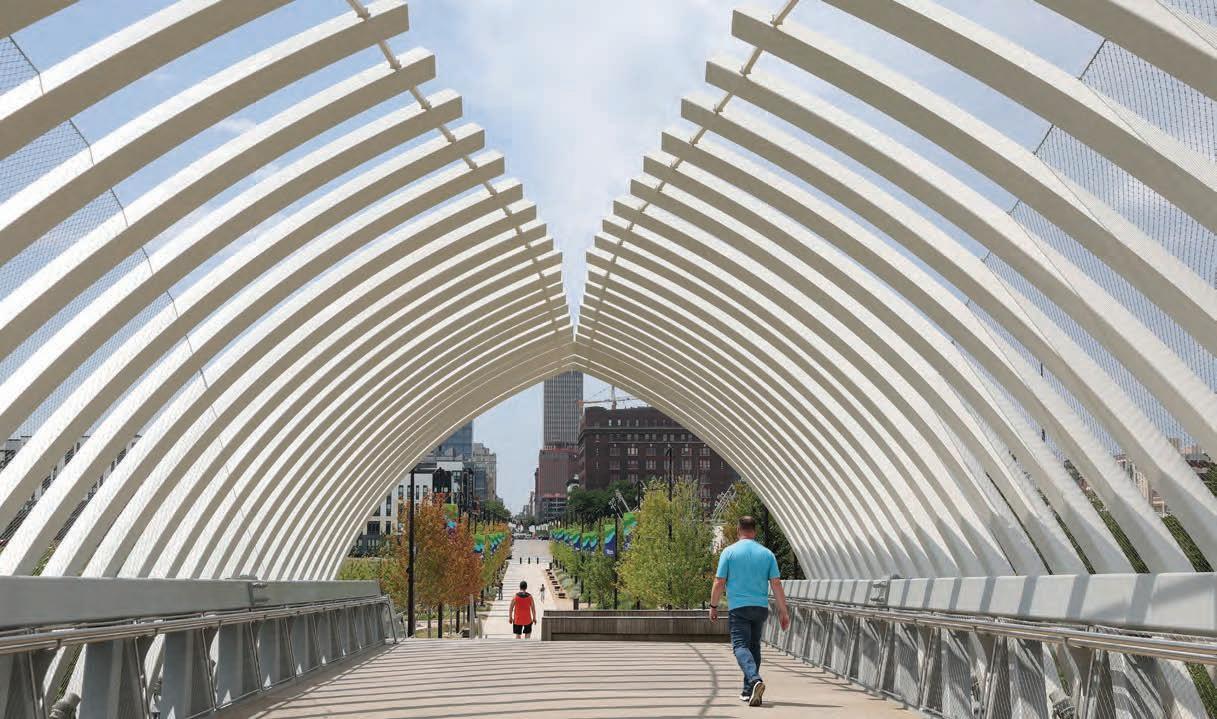
Part of the RiverFront Revitalization Project, the Farnam Pier anchors the newly reopened Heartland of
Big stuff continues to happen in downtown Omaha – the city’s urban core – and it goes beyond the coming streetcar line and Mutual of Omaha’s 44-story tower under construction.
Greater Omaha’s urban center, including downtown and Midtown Omaha and the western edge of Council Bluffs, is seen as the region’s heart and soul – an engine for economic growth.
In the next 20-plus years, the Greater Omaha Chamber and business leaders envision more high-rise buildings as dense construction will pull 30,000 more workers and 30,000 added residents into the area.
Carmen Tapio – Founder and CEO of North End Teleservices, LLC and Immediate Past Chair of the Board of Directors for the Greater Omaha Chamber – said, “We are at a pivotal moment in Omaha’s history, and significant investment continues to
be made in Omaha’s urban core. Urban core development drives greater economic development. It means attracting people and bringing density to our downtown area.”
This vision also imagines replacing the aging stretch of Interstate 480 freeway that separates downtown from North Omaha with a street-level boulevard lined by new housing, offices, restaurants, and shops.
To the east, a golf course across the Missouri River in Iowa would take on new life as a bustling housing and business development on the scale of Aksarben Village – all minutes away from downtown Omaha via a new pedestrian bridge and streetcar line. These are just a few possibilities and probabilities that would continue to transform Omaha’s urban core economically and socially for decades.
Greater Omaha Chamber leaders
say there’s an urgent goal behind its Urban Core Strategic Plan.
In their view, achieving the plan’s vision is vital if the region is to attract and compete for the workers who will drive economic and social growth here for decades to come.
“This is the next really big step, and we know it’s mission-critical for the longterm viability of our community,” said Jay Noddle, who chaired the chamber’s urban core committee. “We want our region to be a first-choice community for talent and employers. And in order to get there, we have to have an extremely vibrant, appealing urban core.”
The Chamber estimates a multiyear project of this scope would be accomplished through a combination of public and private sector investment. The city would assist with costs related to infrastructure improvements, and philanthropists would back
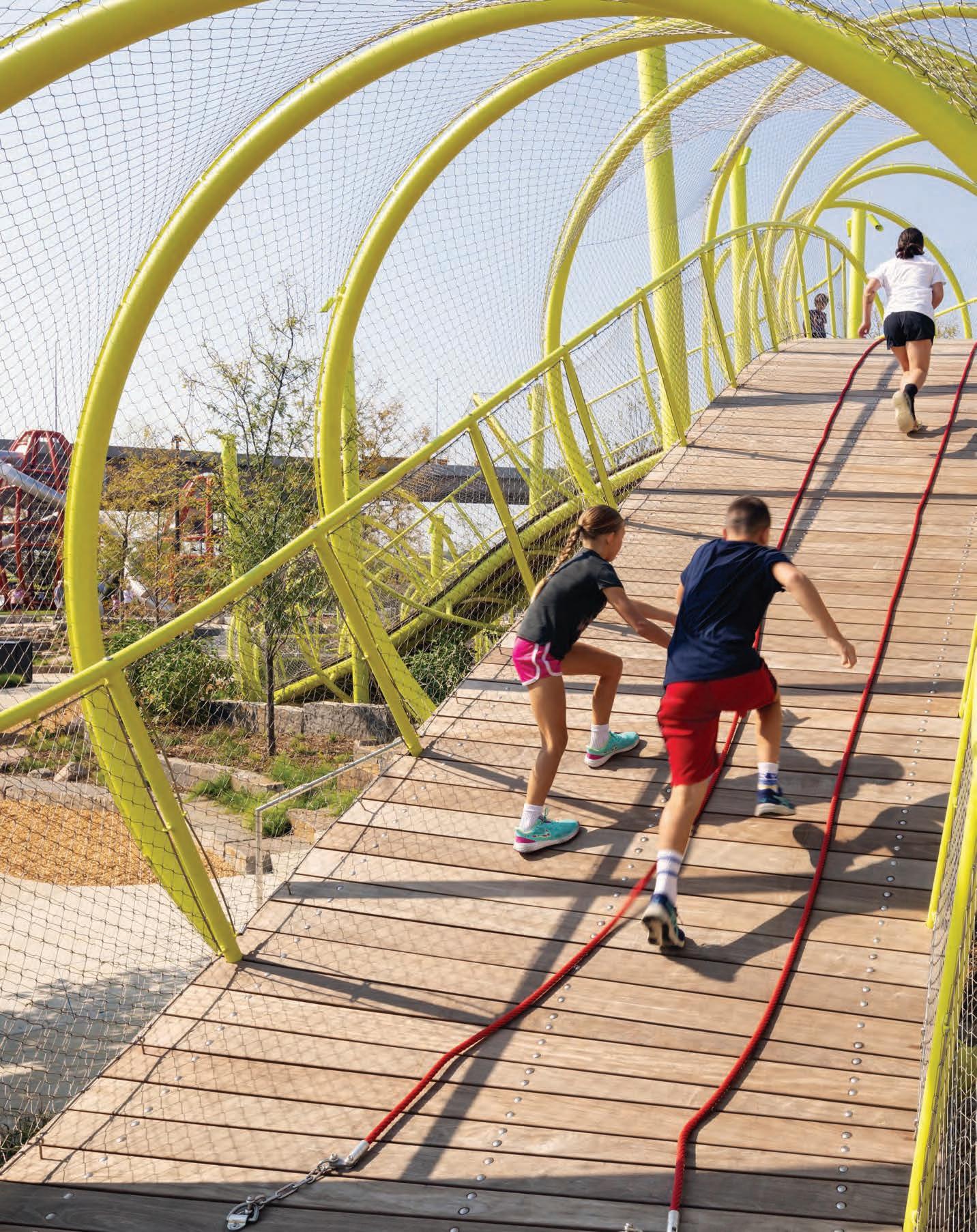
public amenities that enhance the city’s quality of life – similar to other large-scale developments.
Mayor Jean Stothert has said the city is committed to its role in that partnership, and stressed that the strategic plan is equal parts practical and aspirational – and some parts of the plan are higher priorities than others.
And while people will continue to live in the suburbs – areas which continue to expand as businesses take advantage of available open land – even those who live far from the urban core have reason to support this plan.
Urban core growth should matter to anyone who enjoys sports, the arts, music, or good food, and to anyone who wants Omaha to be a place where their children and grandchildren would choose to work and live and start a family.
Chamber officials say taxpayers across the state also will see the benefits of a stronger Omaha central core.
Roughly $400 million in philanthropic dollars helped transform the downtown park system and build the Kiewit Luminarium – amenities that are already thousands of individuals and families to Omaha’s Riverfront every year.
Mutual of Omaha is on schedule to remake Omaha’s skyline in 2026 with a towering new headquarters that will anchor the Fortune 500 company’s 4,000 workers in the heart of downtown.
Private investors behind developments like the Capitol District, the Mercantile, Blackstone, the Builders District, and Millwork Commons are bringing hundreds of residential units, offices, shops, entertainment options, and restaurants to the core.
Near Midtown but soon to be connected to the urban core by Omaha’s streetcar system, the University of Nebraska Medical Center is set to invest $2.6 billion in Project NExT, a transformational public-private partnership to create a federal, all-hazard health security disaster response center that could employ thousands.
Omaha’s rejuvenated downtown Riverfront now boasts a sculpture garden, expanded playfields, and the custom-designed Arches Playground, all landscaped with hundreds of new trees and rainwaterharvesting native landscaping.
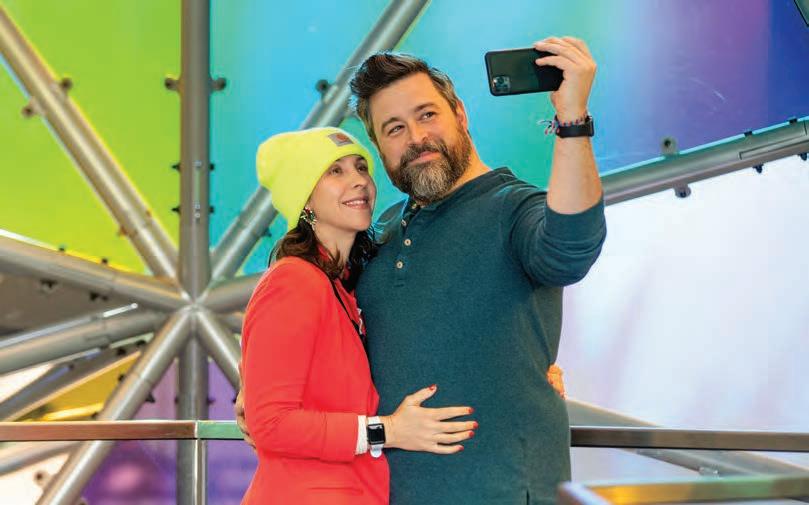

Metropolitan Utilities District is a customer-owned utility providing safe, reliable and cost-effective water and natural gas to more than 600,000 people in the greater Omaha region.
Metropolitan Utilities District is a customer-owned utility providing safe, reliable and cost-effective water and natural gas to more than 600,000 people in the greater Omaha region.
With our three water production facilities, we deliver high-quality drinking water “On Tap” for our community. And as the fifth largest public gas utility in the U.S., M.U.D. provides natural gas at competitive rates, ranking second lowest in the nation.*
With our three water production facilities, we deliver high-quality drinking water “On Tap” for our community. And as the fifth largest public gas utility in the U.S., M.U.D. provides natural gas at competitive rates, ranking second lowest in the nation.*
We love our community and are proud of the services we offer to give our neighbors a better quality of life.
We love our community and are proud of the services we offer to give our neighbors a better quality of life.
*As compared to approximately 40 other utilities from the annual Memphis Gas, Light and Water 2024 Bill Comparison Survey.
*As compared to approximately 40 other utilities from the annual Memphis Gas, Light and Water 2024 Bill Comparison Survey.
To learn more, please visit:
To learn more, please visit:
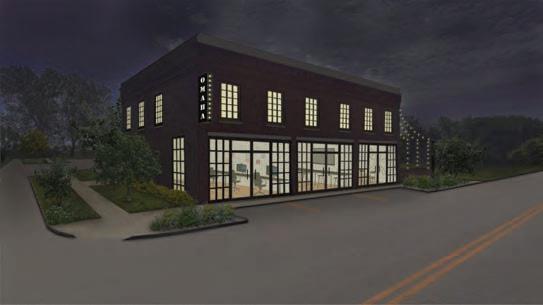



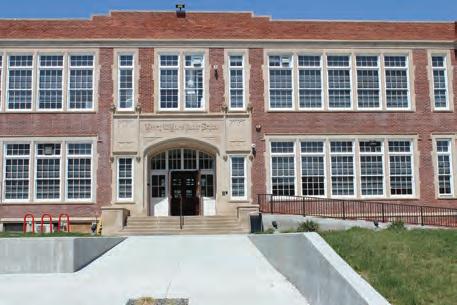
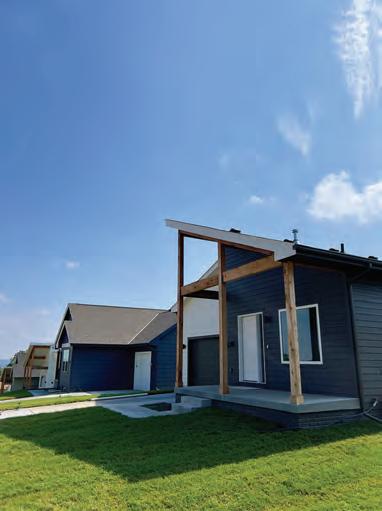


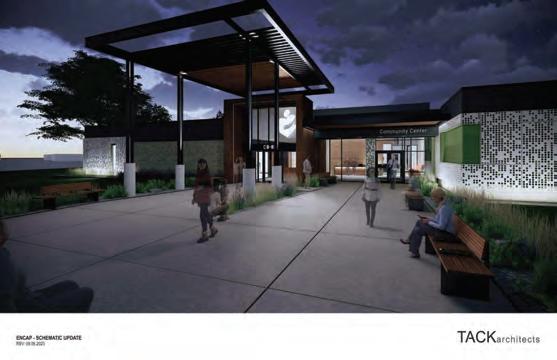

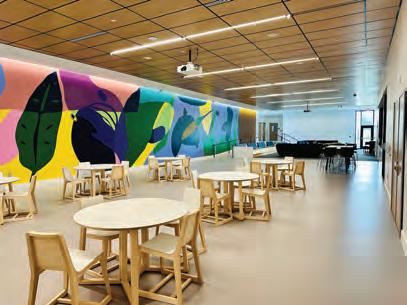

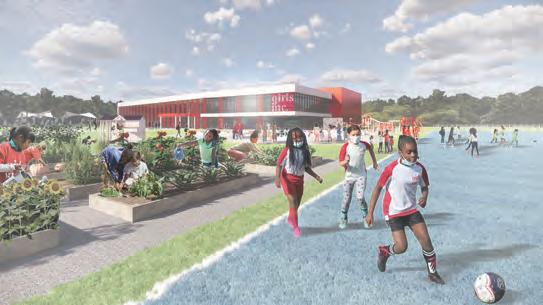

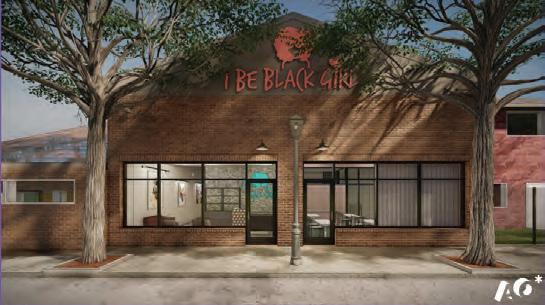

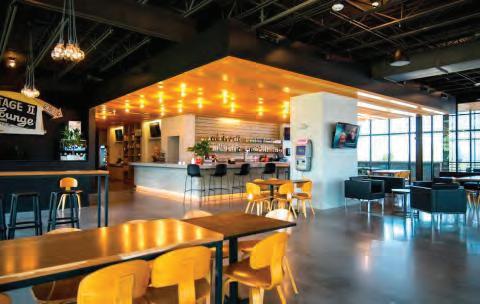



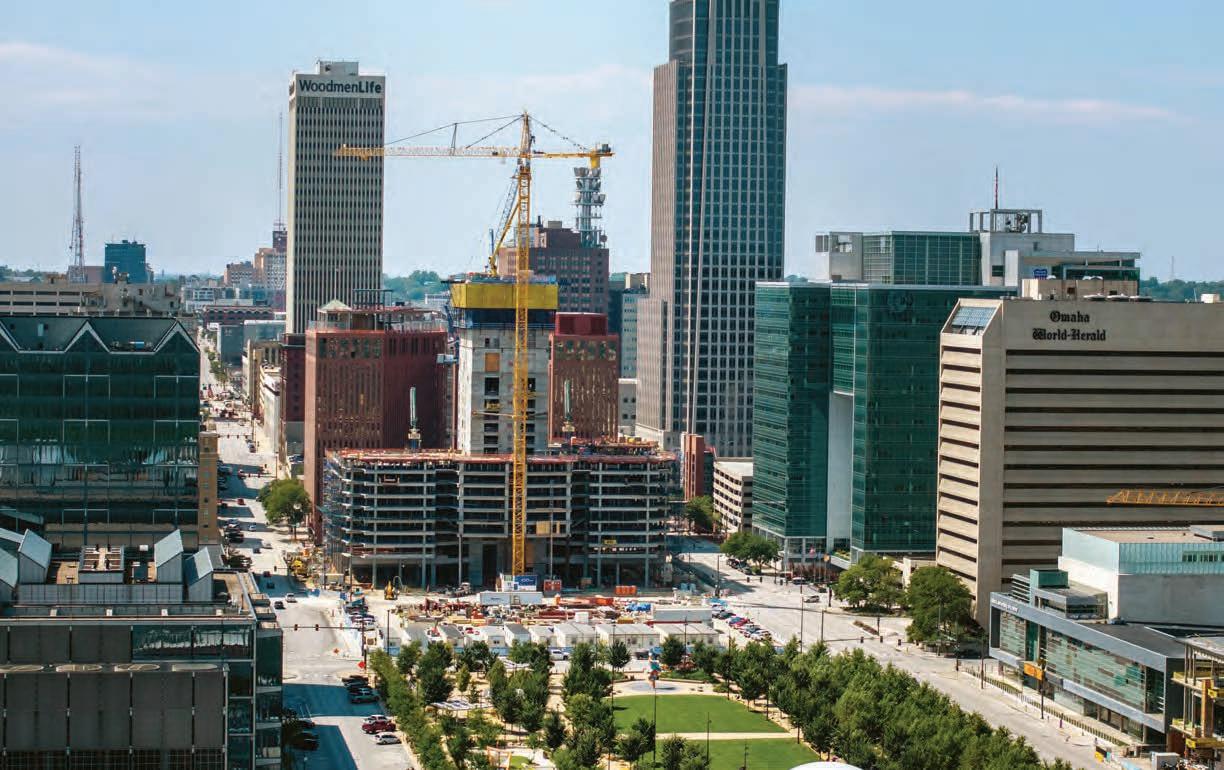
Construction continues on Mutual of Omaha’s new headquarters. After completion, the
The Riverfront has hosted more than 3 million visitors since the Gene Leahy Mall piece reopened in 2022 and has generated $500 million in economic impact. The Riverfront continues to influence Omaha’s urban core.
Julie DeWitt, vice president of marketing and communications at the Luminarium, said the museum is thrilled to be on the beautiful Riverfront.
“The Luminarium’s impacts on the urban core are numerous -- better pedestrian access with trails and multiple pedestrian bridges, events and activities along the river (many of which are free and open to everyone), opportunities to play for children and adults, and an abundance of green space,” she said. “All of this contributes to a healthier community.”
The proposed changes are largely being driven by the next generation of city leaders – proving different
from previous generations who went west into the suburbs.
will be
For years, economic development consultants have said creating a vibrant urban lifestyle is particularly critical if cities are to compete for the techsavvy, creative millennials – young people whose talents are fueling much of the job creation and job growth around the country today.
The millennial generation – those born between 1981 and 1996 – are now the largest generation in the U.S. workforce, surpassing the Baby Boomers. The generation after the millennials – Generation Z – is proving equally focused on urban living.
In 2015, the chamber conducted a survey of young Omaha professionals, asking them what they were looking for in a city. What they learned is that they want a larger city that has a more dynamic, dense urban environment downtown – somewhere they can walk to their favorite restaurant or maybe walk to work or take mass transit. They don’t all want to own cars.
“Young people enjoy living and working in the urban core, and urban development attracts people from other places,” said Tapio, owner and founder of North End Teleservices. “Urban core development creates more economic activity – spurs housing, supports restaurants, supports hotels, and supports quality-of-life experiences like museums and parks, which lends to vibrancy.
“Exciting, historic investments being made in areas surrounding the core –as are being made in North and South Omaha and around our airport – all of these point to the urban core and radiate out to other areas for the benefit of the entire community.”
The Chamber realized it needed to become more aggressive in attracting young talent. In 2017, it made enhancing Omaha’s urban core a focus of its new 20-year strategic plan, and that ultimately led to the 2018 formation of the chamber’s urban core committee.
The committee was made up of representatives from the chamber, the city, UNMC, major downtown corporations, developers, and charitable foundations.
The committee in turn sought input from dozens of other stakeholders before coming up with its final report.
Among the key components of the plan are what some Chamber leaders are calling the “11 bold moves” – each a step that uniquely contributes to the drive for a more dense urban core.
Some of those big moves are already in action, such as the downtown library block redevelopment where Mutual of Omaha’s new tower is going up, the streetcar system, and Project NExT.
But others are new, and several are focused on reclaiming land to provide for dense redevelopment. The plan envisions eliminating the 20th Street exit from I-480 and reconfiguring the exit at 30th Street. Each move would free up several blocks of downtown land.
A barrier to growth would be eliminated by taking down the elevated I-480 that runs through north downtown from Creighton University to the CHI Health Center Omaha and replacing it with a street-level throughway.
Chamber officials say the time to make such a move would be some future date when the current structures have exhausted their useful life and are in need of replacement.

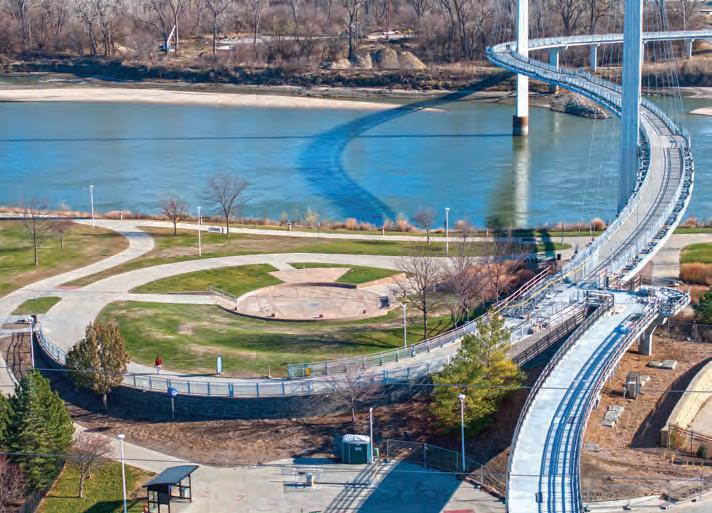
Transportation improvements proposed by the Chamber are critical to the plan’s success, with the planned streetcar system a vital element.
The streetcar has long been a particular focus of the chamber’s core committee, seen as a critical catalyst for urban core investment and the public transportation link that ties it all together.
In addition to the three-mile streetcar route already planned between the Riverfront and UNMC, streetcar extensions are contemplated into both North Omaha and South Omaha. Such lines would provide more equitable access to jobs within the urban core for Black and Hispanic Omahans. Further into the future, as the urban
core builds momentum, the plan says additional modes of transportation could become necessary. Those could include light rail systems connecting suburban neighborhoods into the core and commuter rail lines to Lincoln or bedroom communities such as Fremont.
The plan notes that the combination of the current Bob Kerrey Pedestrian Bridge and the proposed streetcar/pedestrian bridge to the Dodge Park development in Council Bluffs would create a twomile recreational loop trail on both sides of the river.
The overall goal, the report says, would be a transportation plan that balances the needs of pedestrians, cyclists, public transportation, and personal vehicles.
There’s no denying the momentum in the urban core.
“There’s been a tremendous amount of development with a lot more planned in the next 10 to 20 years and beyond,” Tapio said. “The Urban Core Strategic Plan, which I encourage every member of our community to review, lays out the history of Omaha’s urban core and what is needed to move forward. I’m grateful for the progress we have made, and excited for our city’s future.
“It is exciting to see much of the development vision of the past rising out of the ground in front of our very eyes, not just for Omaha but for the entire country to see. Omaha is one of the best places to live according to Livability and Forbes. Development of the urban core contributes to our nationally recognized success as a city.”
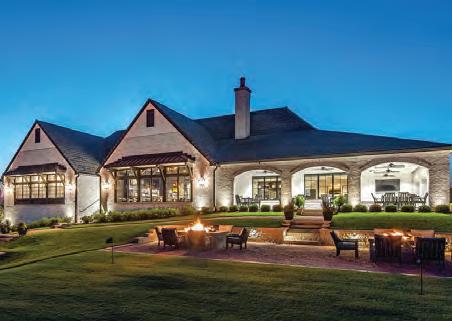
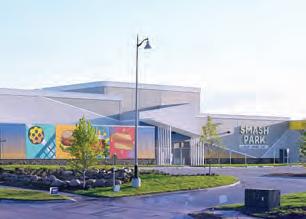
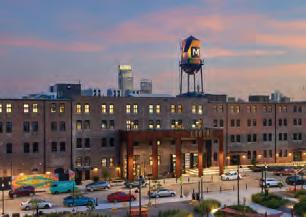
The Omaha Riverfront Revitalization Project (Gene Leahy Mall, the Heartland of America Park & Lewis & Clark Landing) has won multiple awards*
• 2024 Public Works Project of the Year Award from the American Public Works Association for structures over $75 million
• Engineering Excellence Award from HDR
• 2024 Planet Positive Award from Metropolis
• 2024 Congress for the New Urbanism Award from Congress
• 2021 Envision Platinum Award for Sustainability from the Institute for Sustainable Infrastructure
• Urban Open Space finalist in the 2024 ULI Americas Awards for Excellence. This award is juried across a multidisciplinary spectrum of developers, planners, architects, public officials, community representatives, and other professionals
• The Congress for the new Urbanism Merit Award
• One of 10 winners of the 2024 Urban Land Institute’s Americas Awards for Excellence
*This may not represent a complete list of awards.
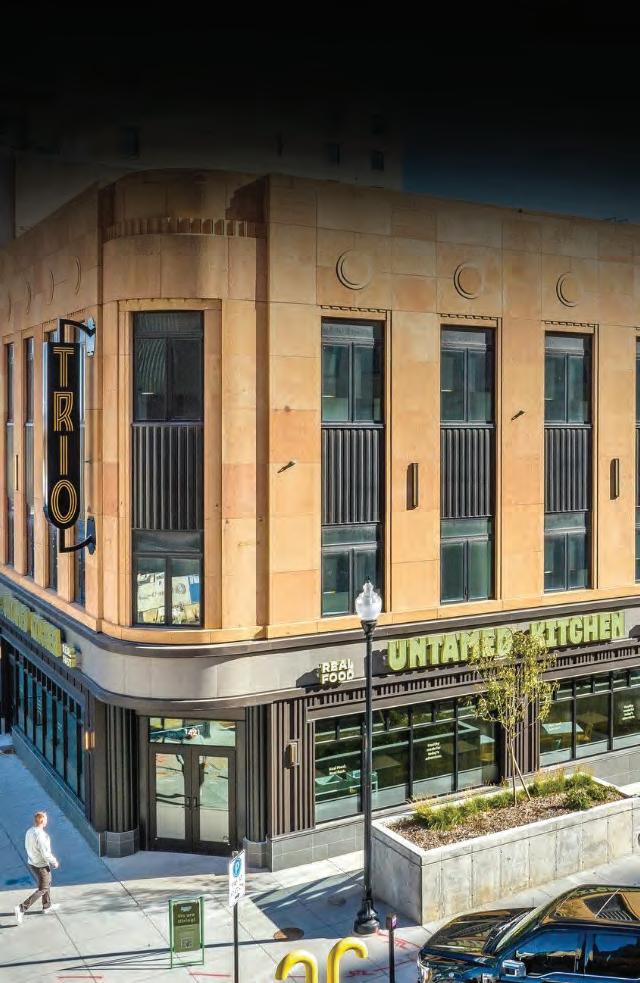

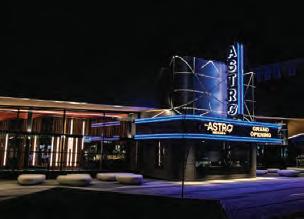
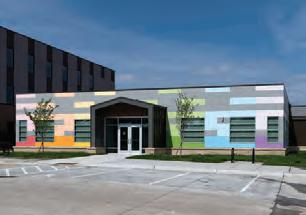
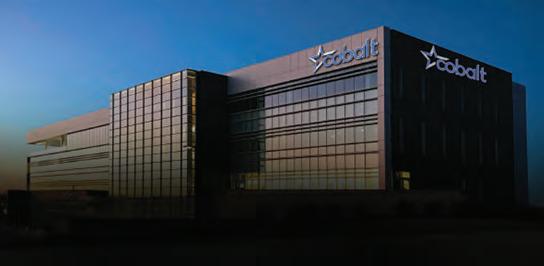













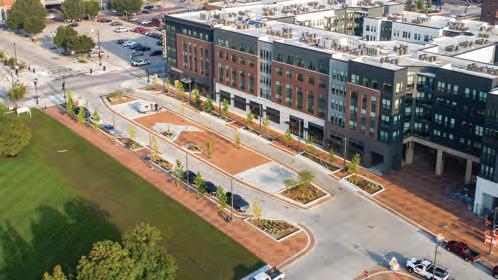

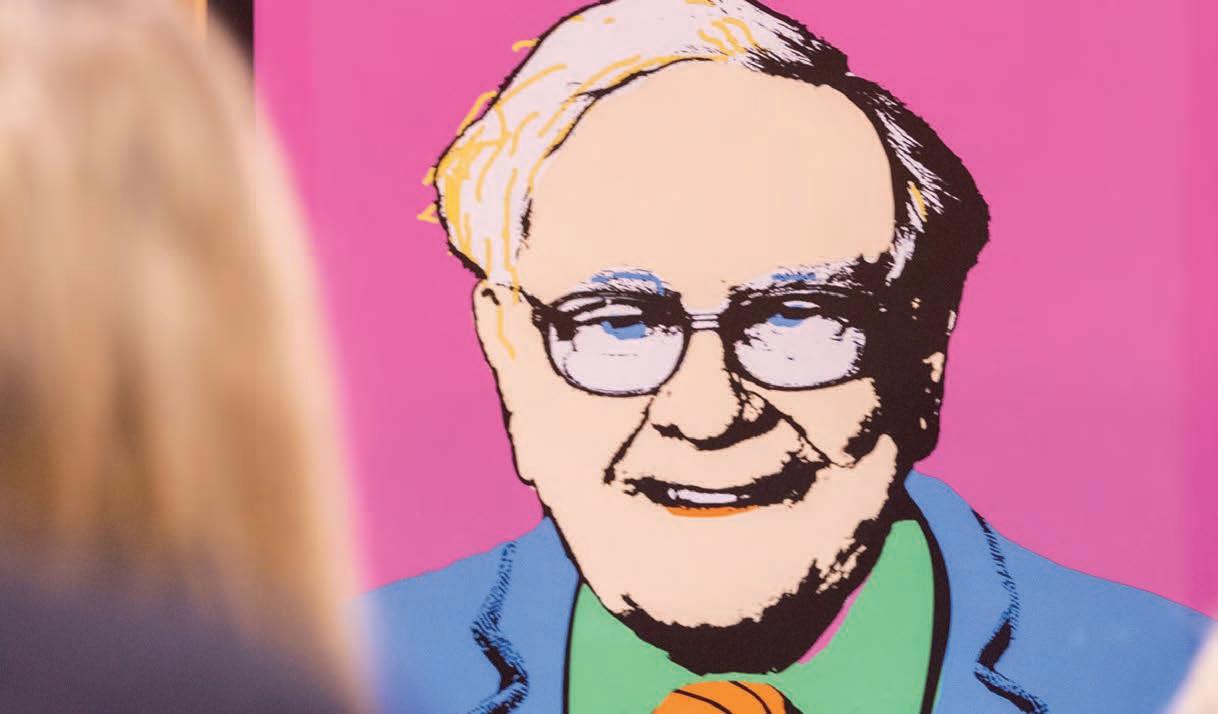
It’s no wonder more than 40,000 businesses choose Omaha as their home base.
Nebraska’s largest city has the rankings to support its claim that Omaha is a great place to live, to work – to thrive. It’s the place where an emphasis on treating people with respect and dignity – basically, doing the right thing – pervades.
It’s the place that four Fortune 500 companies call home and another four Fortune 1000 companies choose to headquarter. You’ve heard of them. Berkshire Hathaway, Union Pacific, Peter Kiewit Sons’ Inc., and Mutual of Omaha hold court on the Fortune 500 list from 2024. Another four -- Valmont Industries, Green Plains, Werner Enterprises, and First National of Nebraska – hold spots on the Fortune 1000 list.
And Warren Buffett – someone who could live anywhere – make that everywhere –
chooses Omaha to live and do business. The Oracle of Omaha and Berkshire Hathaway hosts an annual celebration that puts Omaha on a worldwide stage.
Buffett, during a conversation with students from Dartmouth’s Tuck School of Business, once noted that his commute to work was five minutes. When he lived in New York, his commute, he told the students, was 30 minutes. “I’m more productive when I’m happy. I have a better life in Omaha than I did in New York.”
The rankings speak for themselves. Omaha is:
• Among the top 15 cities in the United States for young professionals (Pheabs).
• The 20th best city to live in the United States (Livability).
• The 16th best city in the Midwest for startup companies (Midwest Startups).
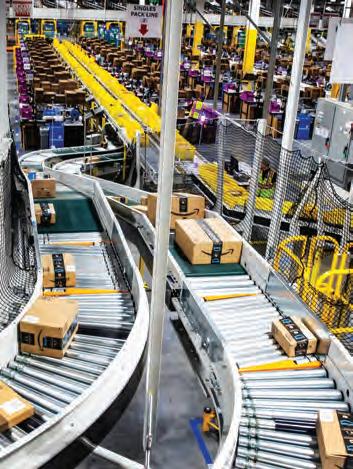
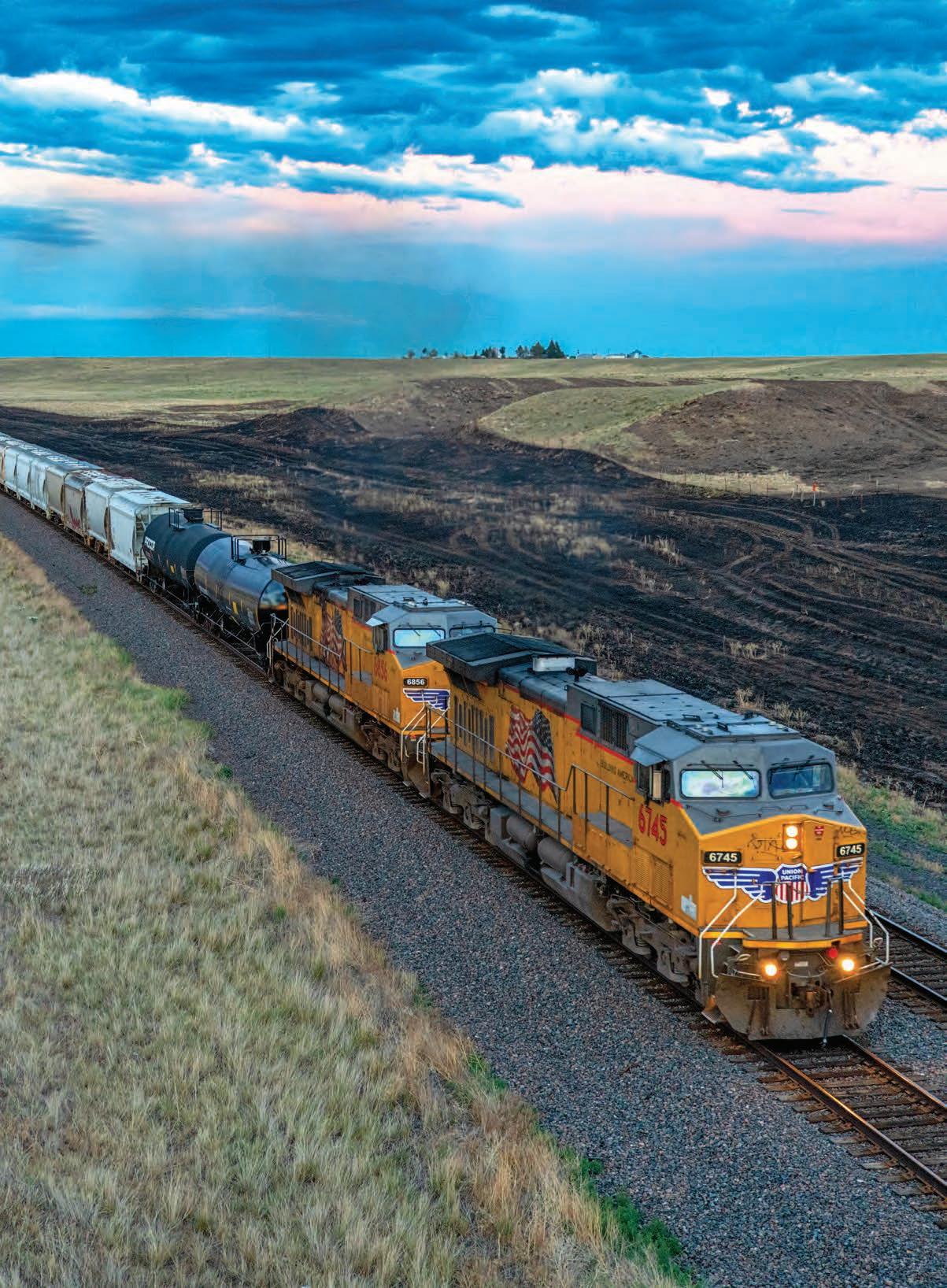
• The 8th best city for work-life balance and mental health (Coworking Cafe).
Here’s the kicker: Omaha was named by Forbes Home as the best city to move to in 2024. And check out this endorsement: “…it offers a solid combination of affordability, economic opportunity, enjoyable climate, employment opportunities and safety. This is why we chose it as the overall winner.”
Omaha is home to the Business Ethics Alliance, which seeks to elevate Greater Omaha through positive, practical ethics education. Its vision is to position Omaha as a beacon for excellence in business ethics for cities throughout the world.
One other fact of note: When businesses locate in Omaha, they have a habit of staying put. Each year, the Greater Omaha Chamber recognizes those that have achieved significant milestones, including:
• 25 years in Omaha: Morrissey Engineering, Harms Oil, and the Magnolia Hotel
• 50 years: American Gramaphone and Humanities Nebraska
• 75 years: Omaha Theater Company (The Rose) and WOWT-TV
• 100 years: Boyd Jones Construction Co. and JE Dunn Construction
• 125 years: Omaha Country Club
• 150 years: Columbia Insurance Group
Columbia Insurance Group, which has called Omaha home since 1874, is proud to be part of the Omaha business community and isn’t going anywhere, said Mary Ellen Lohmann, a company spokesperson.
“Columbia Insurance Group has deep roots in Omaha, and we are building upon that rich legacy to ensure an exciting future,” she said. “We are proud to be a part of the vibrant, local landscape and plan to be a part of Omaha’s business community for generations to come.”
The Chamber recognizes businesses for their exemplary innovation, leadership, and philanthropy. Here is an example of a recent recipient in each category.
• Children’s Nebraska is one company recognized for its innovation: “Children’s Nebraska stands as a beacon of innovation in the healthcare industry, boasting the only dedicated Innovation Center and children’s hospital in the Metaverse. Renowned for its pioneering spirit, this oneof-a-kind hospital leads the charge in revolutionizing pediatric care, earning accolades and awards for its groundbreaking initiatives.”
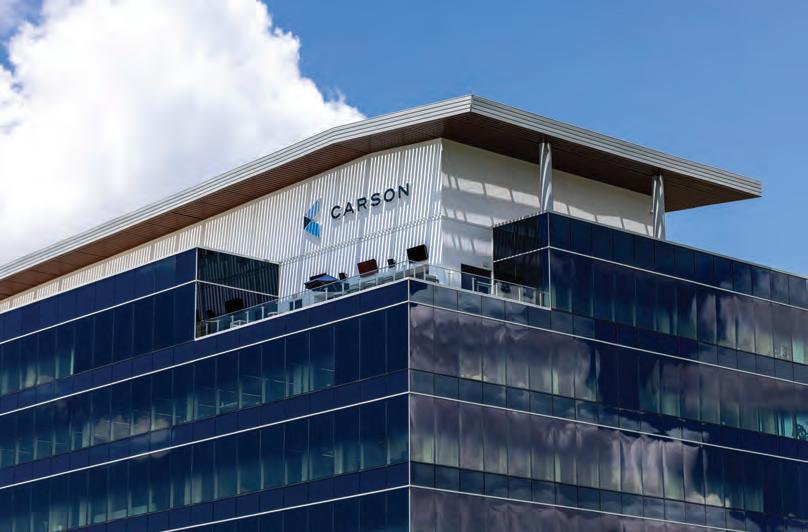
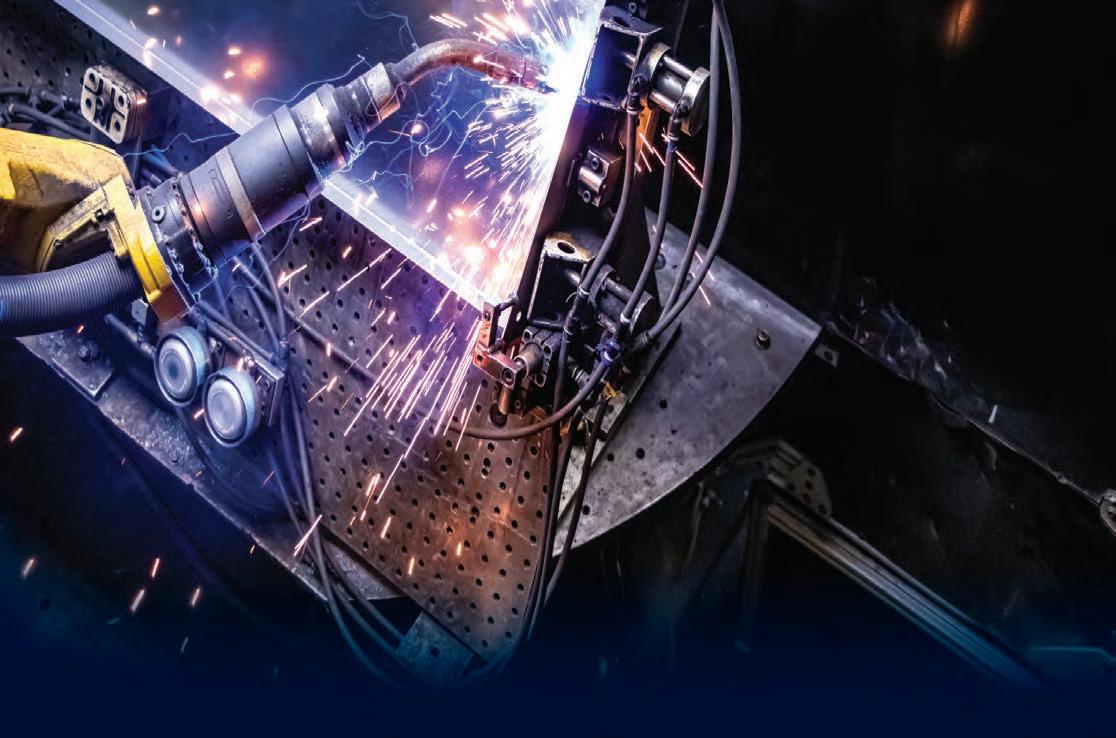
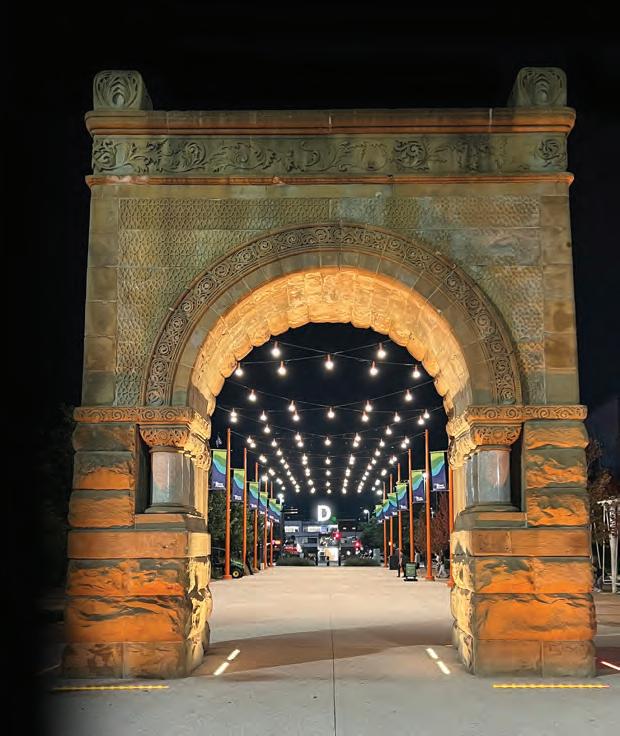

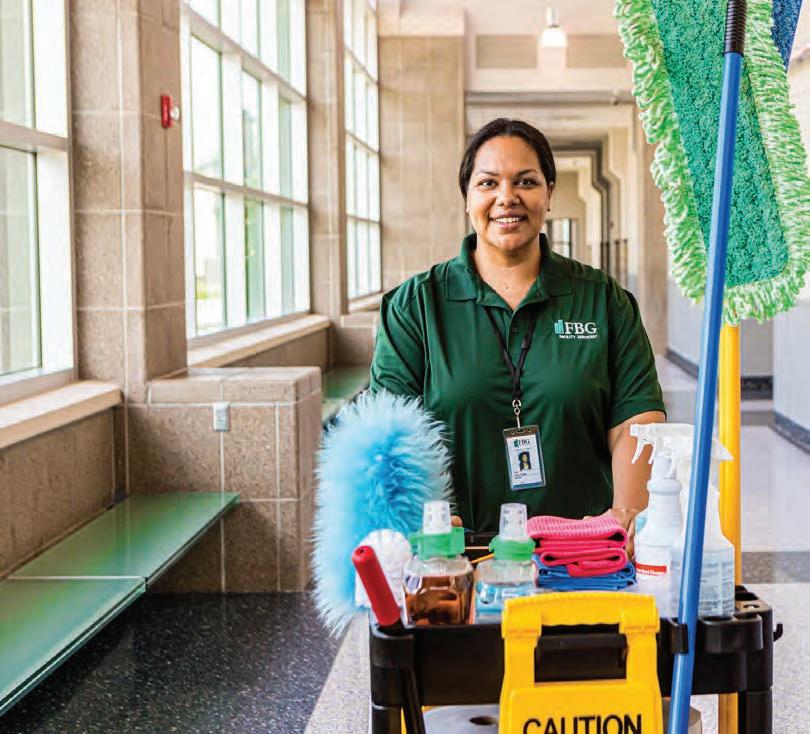



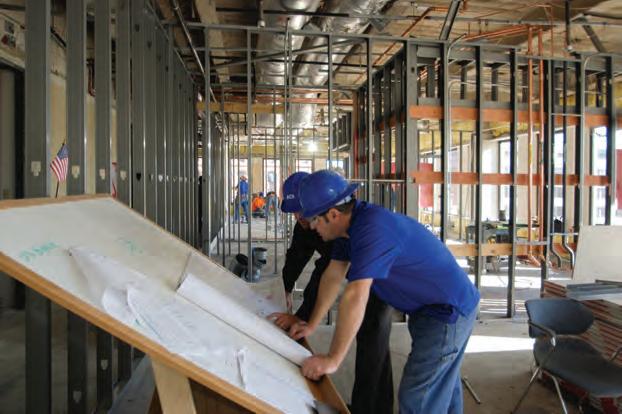

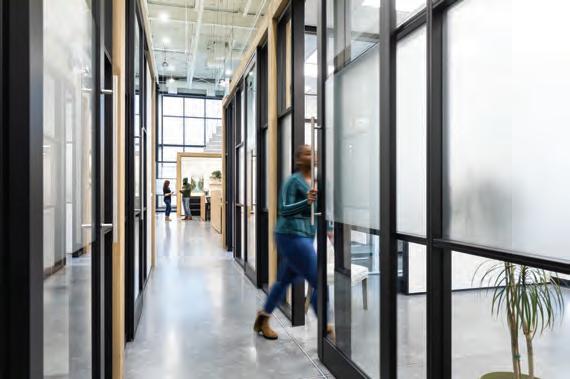

Vertical progress continues on Mutual of Omaha’s new headquarters. Completion is expected in the summer of 2026. ANNA
REED

• Carson Wealth Management was among those companies recognized for its leadership: “Carson epitomizes transformative leadership through its steadfast commitment to nurturing a diverse pipeline of future leaders. With a clear philosophy guiding their actions, they proactively cultivate an environment where individuals from all backgrounds are empowered to thrive and excel. Their dedication to growing the next generation of diverse leaders is evident in every aspect of their organizational culture, from mentorship programs to leadership development initiatives.”
• Holland Basham Architects was among those cited for their philanthropic activity: “Holland Basham Architects stands out for its remarkable dedication to community development and social impact through its investment of talent into North Omaha projects. Their deep commitment to revitalizing and enhancing the area reflects a genuine desire to make a positive difference in the lives of residents. Through their architectural expertise and unwavering dedication, they contribute to the transformation of North Omaha, creating spaces that not only meet the needs of the community but also inspire and uplift its residents.”
With a boost from public incentives, including state historic tax credits, the historic Plattsmouth High School built more than a century ago is now fully transformed into an apartment building that became occupied in March 2024.
In addition to the 25 units in the rehabbed schoolhouse, the multifamily housing project also includes two newly constructed apartment structures.
The project not only fires up nostalgia along Plattsmouth’s Historic Main Street but also adds workforce housing vital to new employers that have moved to the area in recent years.
“This building is in the heart of the community,” Plattsmouth Mayor Paul Lambert said.
Prior to the renovation the structure was vacant and in serious disrepair, merely months from a likely demolition. Another school building at a new site had replaced it back in 1976, and the old property was used only off and on after that for a couple of decades.
Each apartment dwelling is different, developer Ryan Durant said, and has a distinct personality. But vintage pictures, tin ceilings, wooden staircase railings, and other decor tie together to provide the schoolhouse feel.
Progress is well underway on the City of Plattsmouth’s new wastewater treatment plant along with its connection to the
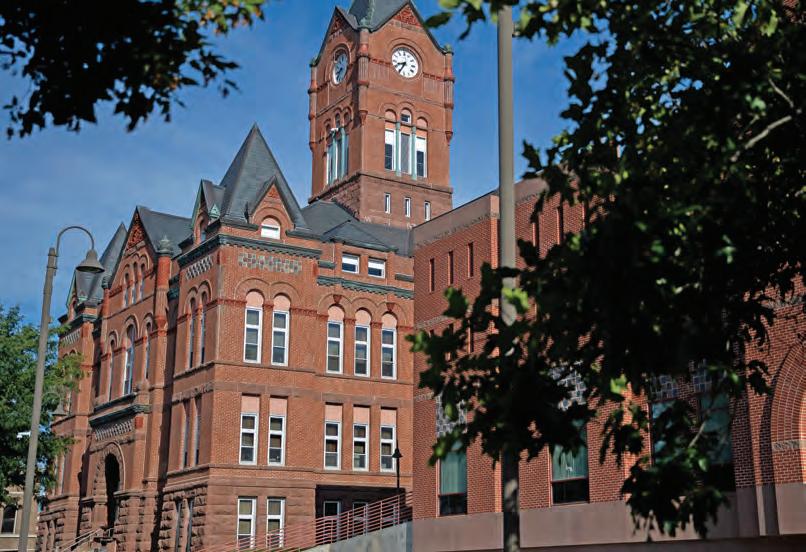
Omaha-based Metropolitan Utilities District for water service.
Following the devastating impact of the 2019 floods, Plattsmouth’s wastewater treatment and water plant were severely affected and off-line for weeks. Seeking resiliency and capacity for future growth, the city decided to construct a new treatment plant at a strategic location on the southwestern edge of the community.
The new location not only increases the capacity for water treatment but also locates the critical infrastructure at the heart of Plattsmouth’s future growth area, opening up hundreds of new acres for future development.
Further bolstering Plattsmouth’s ability to serve new and existing development is the connection of its water system to MUD. This connection increases the capacity available in the community and ensures future flooding will not impair the city’s water supply.
The city anticipates the new wastewater treatment plant will be operational in late 2025. The completion of its connection to MUD is currently slated for 2027.
Cass County is already recognized for its variety and quality of opportunities for glamping – which is camping in luxury. Its newest addition, Ashland Glamping, is sure to please all.
Located just off Interstate 80 along Highway 66, Ashland Glamping offers sanctuary to those seeking tranquility, adventure, and a connection to the great outdoors without sacrificing comfort. A passion project of Ashland resident Jake Messerly, the property’s 63-acre campus boasts scenic walking trails to be enjoyed alongside its seven (and counting) unique glamping structures all overlooking a stocked fishing and swimming pond.
Ashland Glamping’s domes and tent structures come with all the desired amenities for a great weekend any time of the year, including air conditioning and heating, private showers, refrigerators, private grills, and fire pits. Nearby are world class golf courses, Mahoney State Park, the MoPac Trail, and various eateries and breweries all just minutes away.
Ashland Glamping describes itself as a way to “escape the ordinary and embrace the extraordinary … where we redefine the traditional camping experience with a touch of luxury and a whole lot of nature.”
It’s one of several glamping locations throughout Cass County that provide a comfortable getaway.
One of Nebraska’s first inland port authority gives Fremont’s future new momentum for decades to come.
The new Fremont-Dodge Municipal Inland Port Authority district is 1,500 acres of prime land for industrial development just east of the city of Fremont in Dodge County, Nebraska. It’s a catalyst to attract new businesses, expand global trade, and give local manufacturers an efficient way to reach new markets.
Community partners see a port authority district anchored by a transportation hub, equipped to keep products moving in all directions.
Fremont Mayor Joey Spellerberg said the district is a “great opportunity
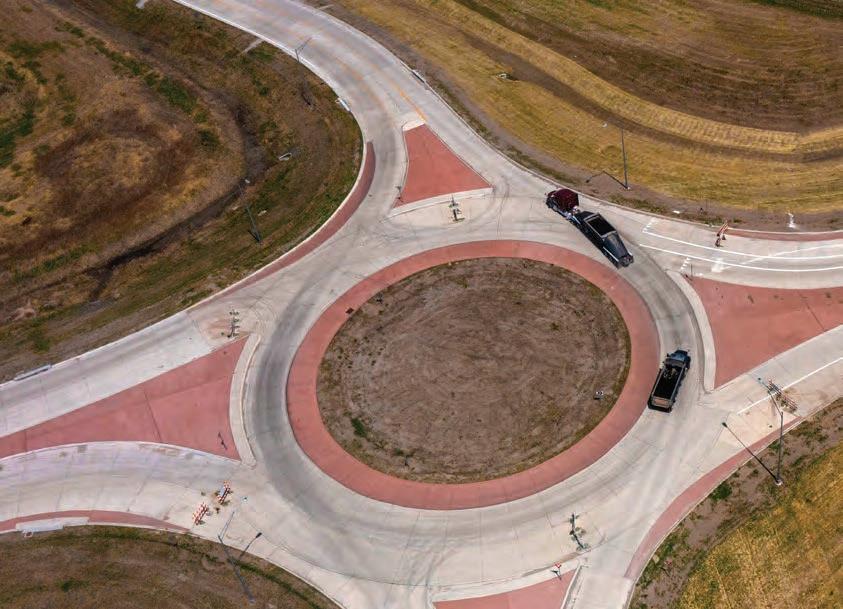
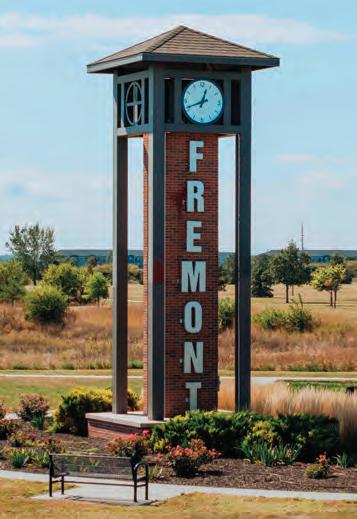
to leverage the many advantages of doing business in our community and contribute to a growing state economy.”
In 2023, an Omaha Chamber analysis projected annual statewide impact, at full occupancy, at over $1 billion after 10 years.
Also in play are port authority mechanisms to put site and infrastructure improvements on a fast track. In the make-or-break game of site-selection, the Fremont team expects more developer-friendly conditions that few cities and counties could pull off alone.
Until now, the Greater Fremont Development Council has broadly focused on advanced manufacturing, warehousing, and agribusiness for the vast multi-business industrial park just outside the city of Fremont and east of U.S. Highway 275. Increasing inquiries suggest growing interest in a site with multiple advantages.
Fremont Public Schools opened its new 30,000-square-foot Career and Technical Education Center in August 2024, providing more hands-on learning opportunities for students.
The center, funded by bonds approved by voters in 2021, cost nearly $10 million to build onto the school. About $2 million more in equipment is inside the facility.
The center offers plenty of space for programs in welding, construction technology, automotive and diesel tech, robotics, and health. The high school is partnering with Omaha-based Metropolitan Community College, giving dual credit opportunities to students. The school is also partnering with several local businesses that could benefit from the programs.
Fremont Public Schools Superintendent Mark Shepard said they’re already
seeing success. Having professional medical equipment in the center seems to have students more interested in the nursing program. He said they’ve tripled the number of students participating compared to last year.
The Fremont Home Fund is a new program of the Greater Fremont Development Council focused on helping to identify and catalyze infill development and housing rehabilitation within the city. The fund was created using the State of Nebraska Department of Economic Development’s 2022 Rural Workforce Housing Fund and matching dollars from generous Fremont investors.
The Fremont Home Fund offers low-interest loans at 3% to 5%, which is significantly lower than the typical 6% or 7% homebuyers will find now. Since they’re loans, not grants, GFDC will recoup the funds and be able to assist other projects with this revolving loan fund. Several projects are already underway using the $1.5 million pool of grant funds, improving several historic buildings and homes in Fremont. Some projects are expected to be completed this year.
The Blair-based Gateway Development Corporation is a catalyst for economic development and quality growth in Washington County, Nebraska.
The corporation was organized to help the county grow through recruitment and business development of commercial and industrial enterprises in the Greater Omaha metro.
Since 2018, Gateway has helped land 14 projects, creating more than 1,100 new jobs in the county. Projects range from a small fabrication company with four employees to a large global bioscience company with over 200 employees in Blair.
In the last six years, Gateway has landed over $490 million in capital investment and consistently helps find ways to support these businesses with both local and state incentives.
A new bypass in Blair, Nebraska, is expected to reduce truck traffic in the downtown area and improve safety. The bypass is forecast to reduce traffic congestion in the city by roughly 10% to 15%.
The four-lane roadway has three segments that extend around the south, east, and north sides of the city, providing an alternative route to keep traffic south of downtown. Having some traffic diverted to the south will also improve traffic flow through downtown, including truck traffic to the Blair Industrial Park and Cargill Campus. Nearly one-fifth of the vehicle traffic through downtown Blair is currently made up of trucks.
Some in Blair prefer that traffic pass through the downtown so their businesses can attract more eyes and potential clients and customers. But other business owners say the trucks
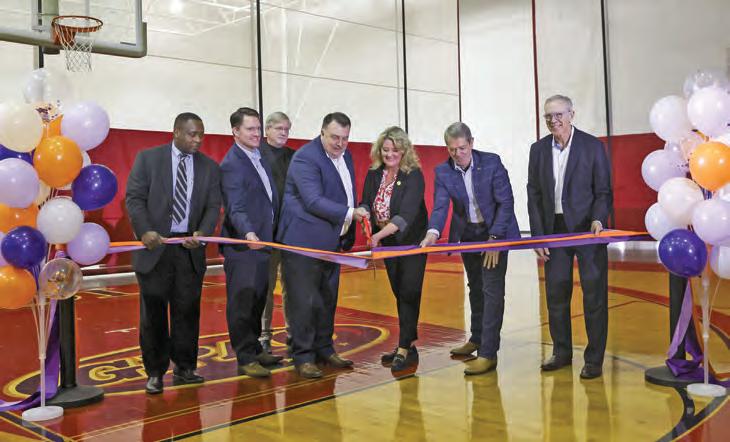
are noisy and sometimes smelly – but more importantly they are dangerous.
The project is funded by a mix of federal, state, and local funds. It’s expected to be open by the end of 2024.
Lutheran Family Services (LFS), one of Nebraska’s largest human care organizations, has launched a 10year strategic plan for the former Dana College campus in Blair.
Dana Village will provide holistic support, including attainable housing, for young people aging out of the foster care system. Other populations, such as low-income elderly, will also be able to apply to live in the community.
“We anticipate this could set standards for both foster care and campus revitalization that could be replicated nationally,” said Chris Tonniges, LFS president and CEO. “We are building a model and want partners to invest alongside us.”
LFS believes Dana Village could become the new national model for what to do with a shuttered college campus. Not only will it provide a home for young people aging out of foster care, but it will also give them a place for job training, therapy, and financial independence – to become solvent, productive citizens.
The Dana Village blueprint creates a life-long mentoring continuum from youth to seniors and solves issues along the social determinants of health – housing, employment, physical health, and mental health.
The Glenwood Resource Center in Glenwood, Iowa, is finding a new purpose. The state-owned facility dates back to 1860 when it was a home for Civil War orphans and over the years transitioned into several uses, the most recent as a home for disabled individuals.
The facility became dated over time and other options for the care of its residents became available. In 2022 Iowa Gov. Kim Reynolds announced the center would close in 2024.
Omaha’s HDR – the consultant hired by the Iowa Economic Development























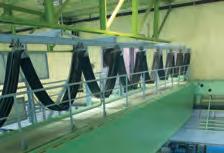
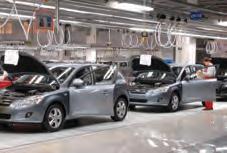
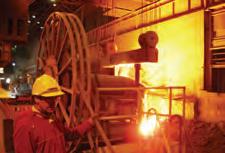


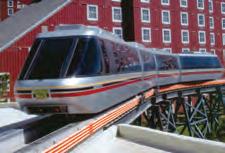



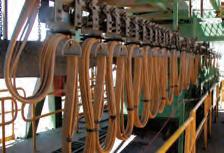
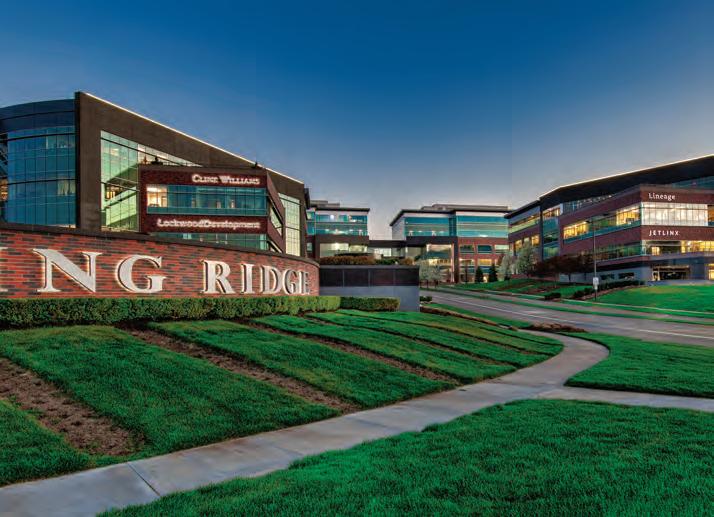
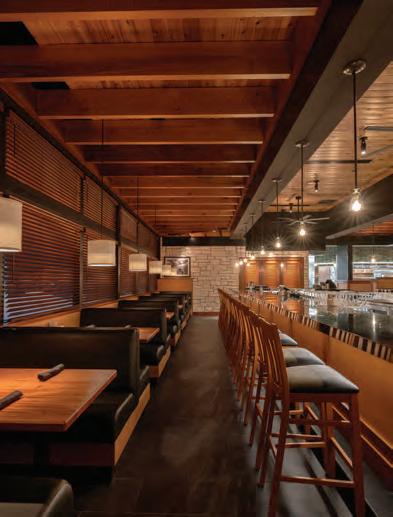
Lockwood Development is committed to exceeding expectations through:
Our goal is simple: to leave every place better than we found it, creating a lasting legacy that enriches our community for generations to come.
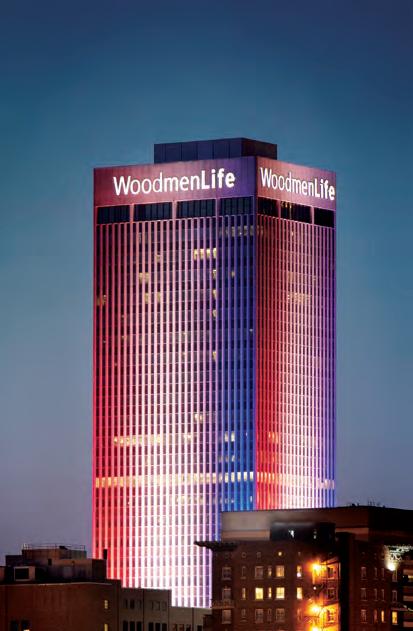

We’ve been helping to protect the financial future of families like yours, making a difference in hometowns across America and honoring our country since 1890. As a not-for-profit life insurance company, we put money back into the community. We’re here when you need us most. Find out why
for you.


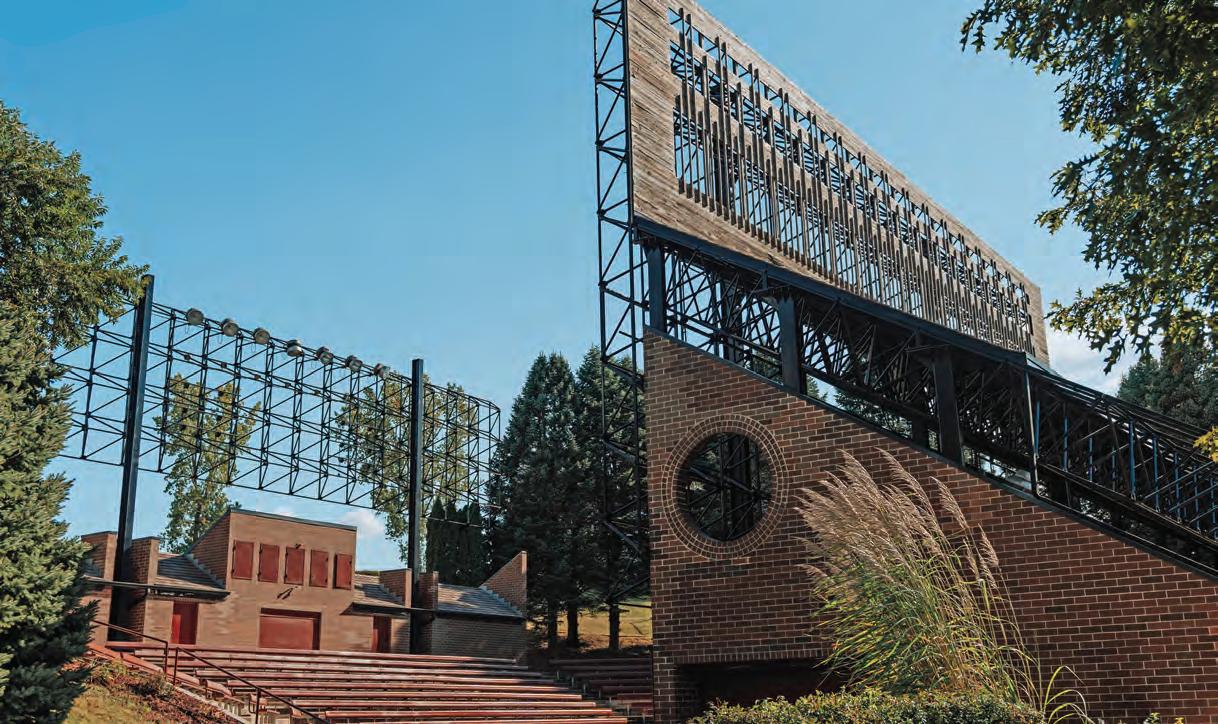
Authority to guide the “re-imagining” of the 380-acre site – hosted a series of workshops in 2024 to receive public input on the site’s future uses.
Mills County Economic Development Director Andrew Rainbolt told KMA news radio he was pleased with the public turnout and feedback provided throughout the sessions.
He said one emerging theme was allotting some of the space to serve as a veterans home.
“HDR took that feedback, and part of the vision sort of reserves a portion of the campus for that possibility, so I think we’re really trying to listen to the VA housing demand,” Rainbolt said.
The idea of converting the site into multiple forms of housing, given its proximity to U.S. Highway 34, is one proposal that has gained traction, Rainbolt said.
He said the development could also go hand-in-hand with future business development at the Iowa Economic Development Authoritydesignated Mills Crossing Mega Site up the highway from Glenwood.
“I think we’ll have some redevelopment of existing buildings, because a lot
of them were built as residential buildings, so hopefully we can redevelop those into some affordable, and potentially market rate, multifamily homes,” Rainbolt explained. He also said part of the campus may become high-end estate housing.
Rainbolt says the nearby Glenwood Archaeological State Preserve could also help draw in potential residents.
HDR and a local steering committee will continue to fine-tune the campus vision and begin determining some initial cost estimates for the redevelopment.
Rainbolt emphasized that no plans are set in stone. He said he hopes the local governments could form a multigovernmental agency with some ties to the state in hopes of finding some extra dollars to redevelop the property.
The Mills Crossing Mega Site, located just to the east of Glenwood, offers over 1,600 acres of land targeting large advanced manufacturing projects that
could have a transformational impact on the metro’s regional economy.
The site was certified as a mega site by the Iowa Economic Development Authority in 2022 and is the first certified mega site in western Iowa. The site also received the BNSF Certified Site designation in 2023.
“Having certified sites gives us a tremendous advantage in attracting new development opportunities,” said Debi Durham, executive director of IEDA and the Iowa Finance Authority. “The mega site is uniquely suited to companies requiring substantial infrastructure, such as automotive manufacturers and other large-scale industries, making Iowa an attractive location for these larger projects.”
The site is being spearheaded by MidAmerican Energy and provides many advantages for projects, including adjacency to the 4-lane divided Highway 34, access to the Burlington Northern railroad, and access to the metro’s 1 million population base.
The site also offers potential businesses access to MidAmerican Energy’s renewable energy base with over 88% of its retail sales to customers coming from renewable energy.
The Nebraska City Area Economic Development Corporation (NCAEDC) is addressing a critical need for workforce housing in the city. They have partnered with the City of Nebraska City to do so.
Working together in a private-public partnership, the city has invested in a new housing development – the first phase of which will add building sites for 24 single-family homes and 15 townhouses.
Both the city and the economic development organization started building homes in September 2024. Other developers have plans ready for about 10 additional units. The building lots are heavily discounted, reducing the costs to developers.
NCAEDC has also made significant progress addressing the availability of licensed child care options throughout Otoe County, adding capacity for about 140 children.
NCAEDC partnered with the Nebraska Children and Families Foundation and the Nebraska Department of Health and Human Services for grant funding opportunities, using more than $640,000 to add quality and capacity facilities that care for children of working families.
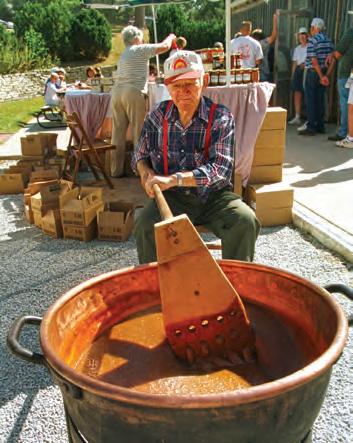

Advance Southwest Iowa Corporation is the economic development organization for Council Bluffs and all communities in Pottawattamie County. Advance is a one-stop shop for economic development with a focus on business attraction, retention, entrepreneurship, and site development.
While locations like Austin, New York and Silicon Valley are entrepreneurial hotbeds, many communities across the country have the infrastructure to launch successful startup companies.
In Iowa, Council Bluffs offers a supportive environment for startups by providing resources, mentoring, and networking opportunities for entrepreneurs. Council Bluffs’ strategic location, lower cost of living, and supportive business environment make it a hidden gem for new businesses.
“Entrepreneurs feed off each other,” said Niki Ferguson, Manager of Entrepreneurial Development for Advance Southwest Iowa Corporation. “It could be a food start-up and an artist. Or a distiller and a writer. They can still learn from each other. I’ve seen collaborations that I never
would’ve thought happen organically.”
One of Advance’s initiatives is Kitchen Council, which is housed at the Pottawattamie Arts, Culture & Entertainment Center in Council Bluffs. Kitchen Council provides food entrepreneurs with access to a state-ofthe-art commercial kitchen, educational resources, a member community, events, mentorship, and more.
Delicias Del Pan Bakery, owned by third-generation Colombian bakers Leidy and Orlando Cristancho, are benefitting from Kitchen Council to be much more than a commissary kitchen.
The couple started their dream business –a bakery inspired by artisanal breads and pastries from their native country – and have been embraced by Pottawattamie County and Council Bluffs residents. They are supported at farmers’ markets and Hoff Fourth Friday markets. They’ve even appeared at various Omaha markets, where their delicious treats have become a true delight.
“This is a regional partnership, even across the river, that is something we pride ourselves on,” Leidy said. “La Fuente in Omaha referred us to Kitchen Council, and together, ASWIC, Kitchen Council, and La Fuente continue to support Delicias Del Pan and mentor us in growing our business.”
A new type of business has made its way to Carson, Iowa, and it’s something to toast.
Judge Richard Distillery, which opened this year, is the first distillery in Pottawattamie County and just the 21st statewide – and it’s a family affair.
Father and daughter Terry (company president) and Jill Richardson (CEO) along with Terry’s wife and two of their sons opened the business. It’s named after Terry’s grandfather, a farmer from Kentucky, and specializes in bourbon and whiskey.
The business calls Main Street in downtown Carson home – a 3,800-square-foot craft distillery tasting room and event center. The event center has room for up to 100 people, with a catering kitchen for large gatherings.
“We want to do things to incorporate the community,” Terry said. “We hope to bring people into town.”
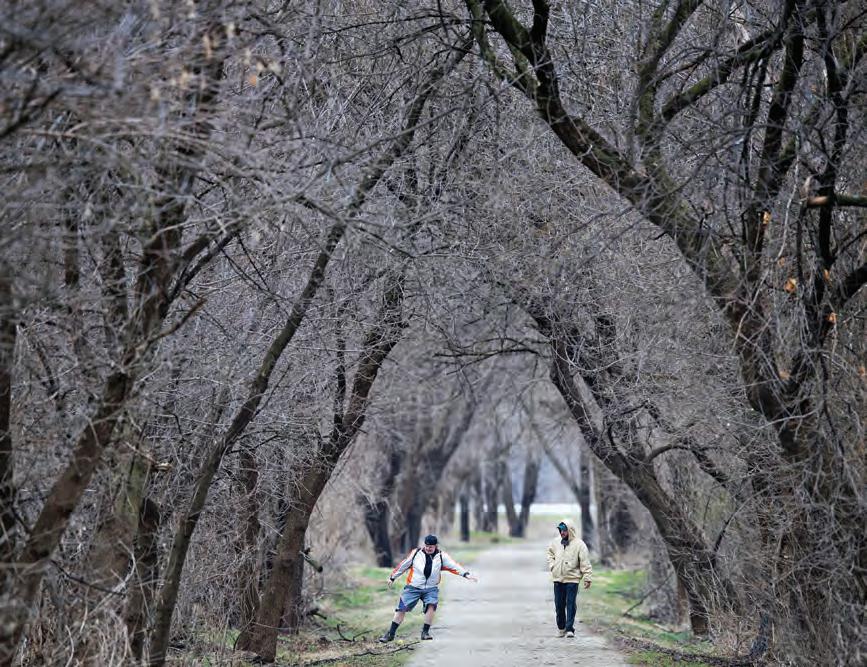
Once known as the “Golden Mile,” over the past two decades the 84th Street corridor in La Vista experienced a business and entertainment downturn that left a void in the community.
But over the past decade, thanks to a private-public partnership, the onemile area has been transformed into a booming corridor featuring a mixed-use and destination property – highlighted by the opening of The Astro Theater and The Astro Amphitheater.
Developed by City + Ventures, which purchased the former Walmart property, this 34-acre property includes retail shopping, dining, living, and office space that covers approximately 300,000 square feet. The development will include over 350 residential units.
New businesses continue to move into the two main buildings that anchor the property and face The Astro.
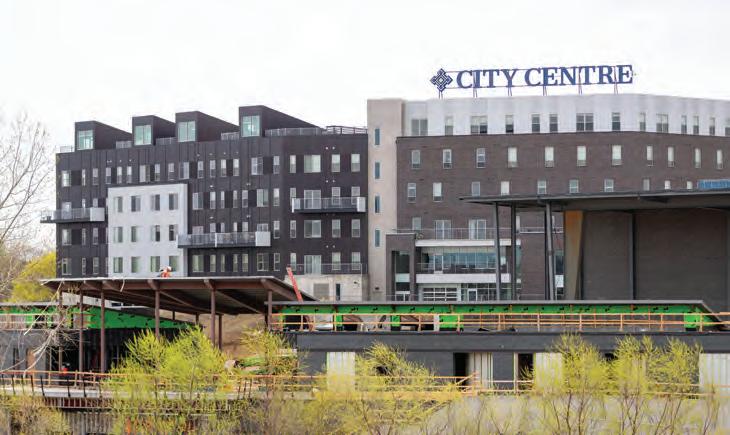
Located in the City Centre development, The Astro Theater and The Astro Amphitheater are premier music venues that bring world-class entertainment to the local community.
With state-of-the-art acoustics, lighting, and sound systems, the venues offer an unforgettable live music experience for music lovers of all ages. Performers have included Ringo Starr and Melissa Etheridge.
Both venues boast spacious performance stages. Comfortable seating areas can accommodate up to 2,400 guests in The Astro, the indoor theater, and 5,500 at The Astro Amphitheater, the connecting outdoor grass amphitheater.
Although the bulk of improvements and additions to the 84th Street corridor are complete, city leaders intend to continually assess what can still be added or changed to make it a top destination in Greater Omaha.
A new training center – a home for the E-4 “high fidelity, full motion” flight simulator – has been protecting the United States from La Vista for two years. The $16 million simulator is the first of its kind for the Air Force’s 595th Command & Control Group’s E-4B aircraft.
Based at Offutt Air Force Base, the E-4 planes, nicknamed Nightwatch, are sometimes referred to as “doomsday planes” because of their critical role in the continuity of command during a national security crisis.
The simulator was constructed by CymStar LLC.
“CymStar is proud to have been entrusted to provide this critical national training capability,” said Dan Marticello, CymStar president and CEO. “We are pleased to join the local community in serving Offutt and optimizing mission readiness for E-4B aircrews.”
This is the first new training system acquired since 2009, and the Eighth
Air Force says it will be a big help. Prior to this, E-4 aircrews had to go to a different location for training.
“Now, by having this project here for very low dollars at a very fast pace, we can have our crews train where they live and they can train in the same system that we expect them to,” said Maj. General Andrew Gebara, Eighth Air Force commander.
He says the project is critical for both the E-4 crews and the Eighth Air Force.
“The new facility is representative of community collaboration and innovation,” said La Vista Mayor Doug Kindig. “It is a modern technological addition to La Vista, where we are proud to support the mission of Offutt Air Force Base.”
Lovely Skin has been treating the skincare needs of Omaha and the region for years, and the opening of its state-ofthe-art facility will allow professionals to serve even more people annually.
Completed this year and spanning 75,000

Headquartered right here in Omaha, we’re a company of innovative thinkers with more than a century of experience in agribusiness. Over 1,400 employees in 100-plus offices and facilities in North America and Asia lead the way for our customers and suppliers around the world.
square feet, the new facility will function as a multi-purpose space, encompassing warehouse and distribution areas alongside dedicated office and retail space. The design also incorporates plans for future expansion, allowing the center to grow to a total of 100,000 square feet.
“We’ve been involved with the design aspects of this project for over a year now,” said Schemmer architect Michael Sinclair.
Construction began in 2023, with Omaha’s Boyd Jones serving as the general contractor.
Schemmer’s contributions to the project encompassed architectural design, mechanical and electrical engineering, structural and civil engineering, and even geotechnical engineering to ensure a solid foundation.
“This is a unique project for Lovely Skin,” Sinclair said, “and it’s been incredibly rewarding to see their excitement grow as they witness every detail come together. Their active involvement fosters a sense of ownership, which is something we value highly at Schemmer.”
*Some of this information came from a variety of local news sources.
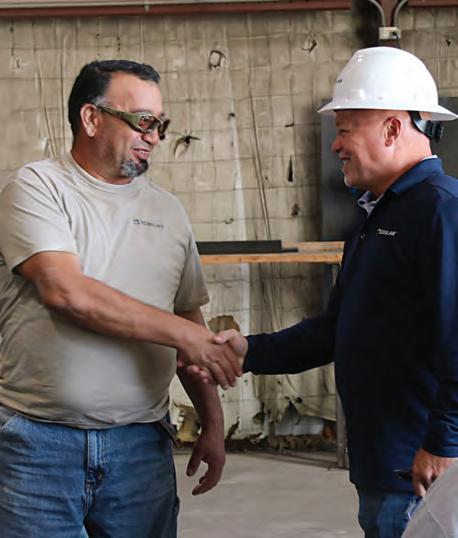
Visit Scoular.com to learn about the benefits of working with us.
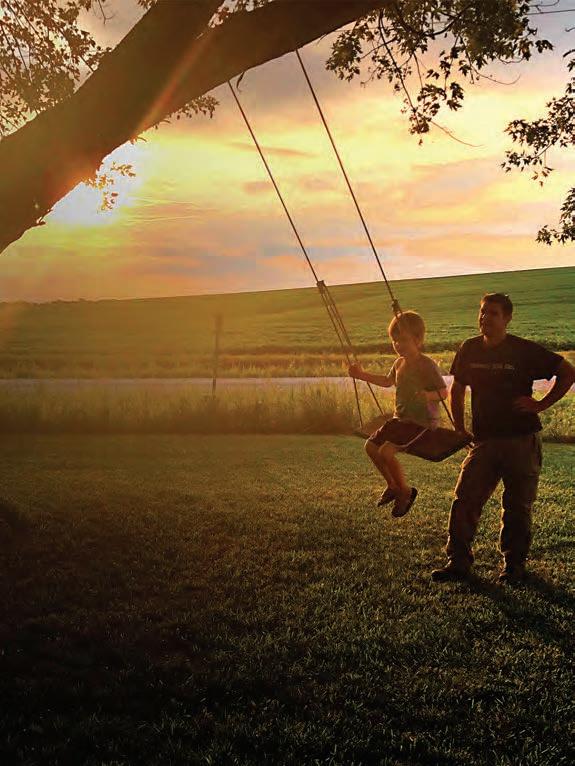
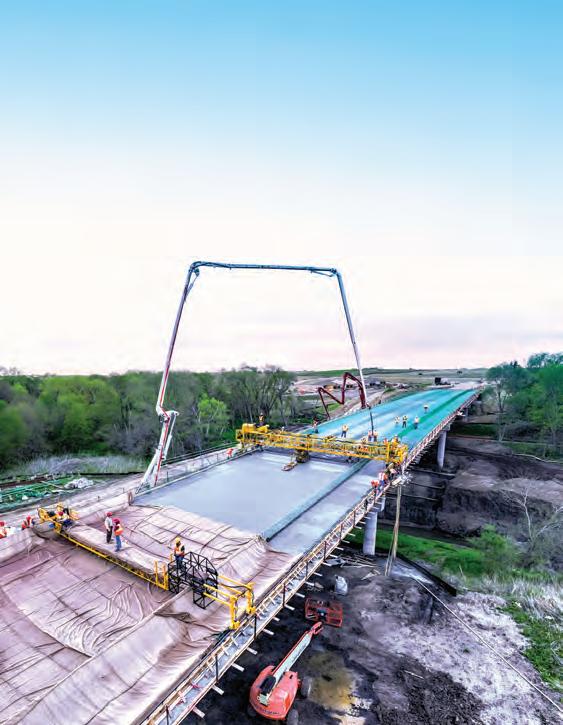



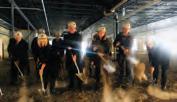



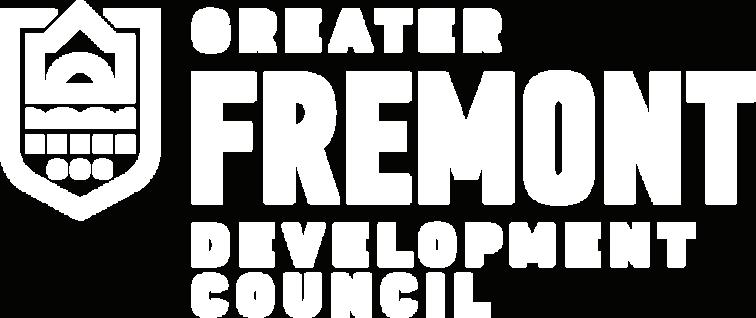




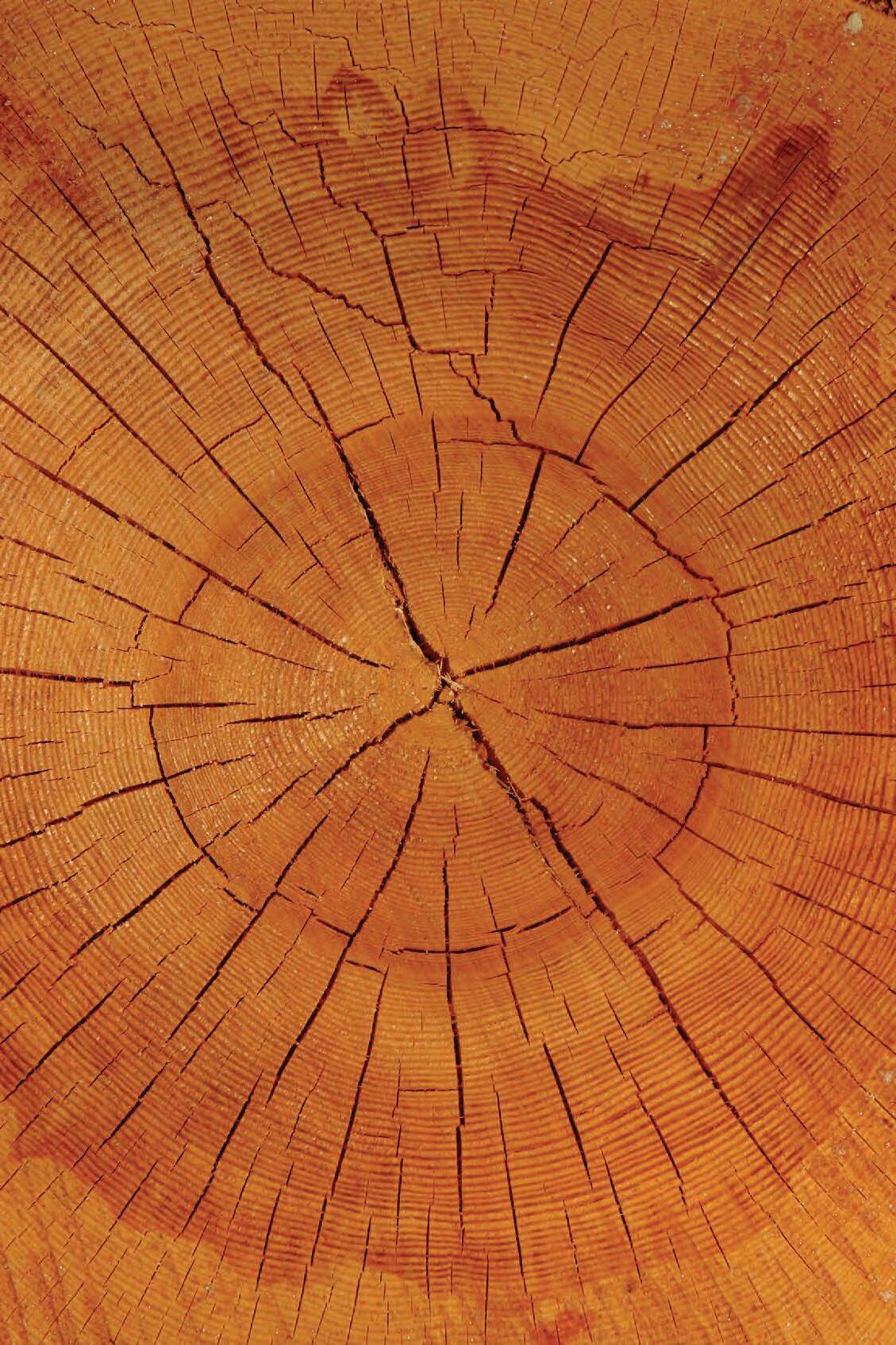
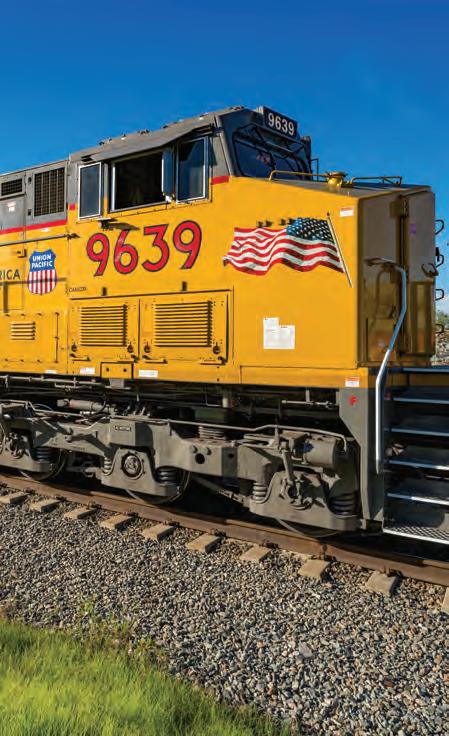
Union Pacific Railroad laid its first Omaha tracks in 1865. Since then, our employees have lived and worked in the community, establishing deep roots and a prominent place in the nation’s history – all from a city we proudly call home.
We rise to serve our customers, moving the goods American families and businesses use every day. Union Pacific directly supports many of the nation’s fastest growing cities, connecting the global supply chain at all major West Coast and Gulf Coast ports to Canada, Mexico and the country’s eastern gateways.
As our railroad innovates for growth and drives new tech advancements, one thing remains constant – Union Pacific in Omaha.

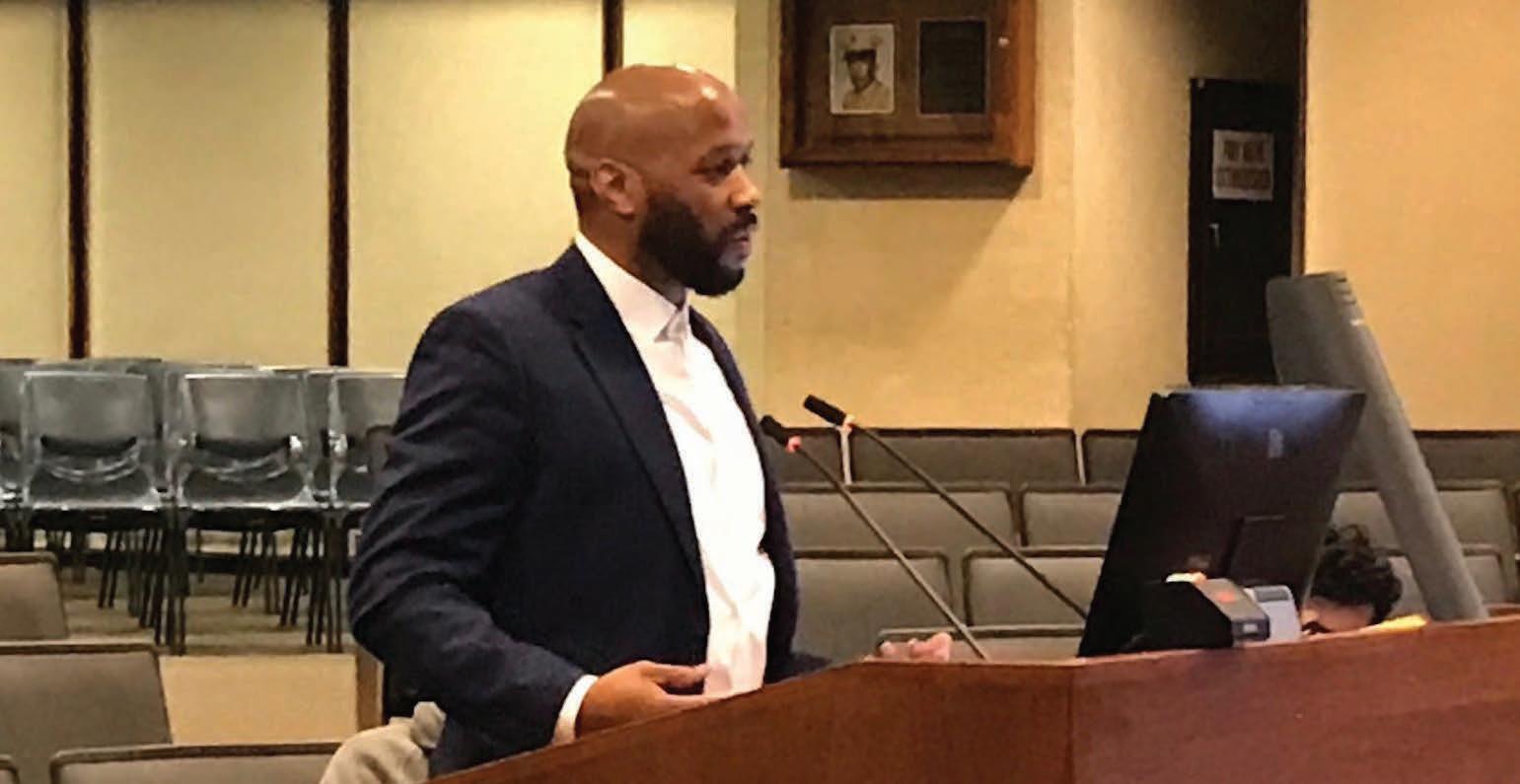
It was a good day.
Phillip McClain watched as the family of four entered their three-bedroom, 2½-bathroom house in June as first-time homeowners. He smiled as he watched the two children jostle to claim their bedrooms while their parents discussed how they would decorate their new home.
“It felt good to see a family start their journey with their first home,” said the Chicago native and Omaha resident since 2008. “The American dream is to own a home and have your family inside it.”
The family’s big day marked the first of nine homes in the Curtis Corner development, situated at 49th and Curtis Avenues in North Omaha, to go to first-time owners.
The project was a first for McClain and his real estate development company, which draws its name from being with honor and integrity. “I created the Mensch Group to be a group of people with integrity and who do things with honor,” he said. McClain’s aim was to provide affordable housing to homebuyers whose household incomes might fall below the median for the Omaha area.
The homes – which cost about $310,000 to build but sold for $285,000 – came about through collaboration between, among others, the Mensch Group, city government, and a local nonprofit neighborhood revitalization organization.
McClain, who grew up on Chicago’s south side and came to Nebraska to attend Bellevue University, witnessed the disparities among neighborhoods in Illinois’ largest city just because of their location.
He saw similar disparities in Omaha –and chose to situate his development project in an area that needed a boost.
“If I am going to put myself out there as a Black developer, my first project should be to help my own,” he said.
He learned a parcel of land was available at 49th and Curtis – and inventoried its qualities as a housing development site. He discovered that the site was situated close to health care and schools and came with easy access to Sorensen Parkway and the North Freeway.
The city provided $551,000 in taxincrement financing (TIF), used to keep overall costs down by covering
pay acquisition, site preparation, and architectural and engineering costs. Spark Capital, a nonprofit, covered the gap between the building cost and the sales price. Sudbeck Homes served as the builder.
Throughout the process, McClain came to realize that patience was a required virtue. Sometimes, his timeline for moving the development project along wasn’t in his control. Funding projects such as his, he said, also was a challenge.
With the homes that make up Curtis Corner owned and occupied, McClain already has decided what’s next. He’s keeping his focus on North Omaha with three projects in the works.
The first is a single-family housing development project, and the second is a multiple-family development project. The third – the most expansive of the three – is a large-scale mixed-use housing and commercial development project.
“There’s a lot happening right here,” he said. “My project is just one of them, but it will help change the landscape of North Omaha.”

It was moments like these that Kathy Bossman realizes helped make her the leader she is – the leader who is now Omaha’s first female fire chief.
As a newly named Omaha Fire Department battalion chief in 2010, Bossman was in charge when firefighting crews responded to emergency calls. As a firefighter, paramedic, and later a captain, she watched and learned from battalion chiefs under whose command she had served.
Their approach often was to take a hard-charging, vocal, and visible presence at fire scenes, she recalled.
“I am more soft-spoken; I had to learn to be a leader, but also to utilize my own natural abilities,” said Bossman, who became fire chief in March 2023. “To act like my predecessors wouldn’t have been authentic.”
Bossman said she realizes she is a trailblazer but offers gratitude to the
women who were first to join Omaha’s department nearly four decades ago and for the fire chief who hired them. Chief Horton Dahlquist hired the department’s first class of female firefighters in 1987.
“I thank Chief Dahlquist for his forward thinking,” she said. “Those first five were the trailblazers. They paved the way for me.”
Bossman finds herself leading a fire department of 646 employees and facing
the challenge of providing service to a growing community. She also faces the challenge of replenishing a group of female firefighters who have served the department for years and now are retiring.
Truth be told, Bossman said, she never intended to make firefighting her career.
She didn’t grow up playing with toy fire trucks and didn’t hear a call to become a firefighter when choosing a career. She majored in psychology and decided to pursue a career in health care as a physical therapist.
She received a rejection letter the first time she applied to physical therapy school. The same thing happened on her second attempt.
“They were hard to accept,” she recalled. “I made an effort to figure out what my career would look like. I knew I wanted to work in health care.”
She took classes to become a paramedic, which led to interaction with members of the Omaha Fire Department. Her next challenge was to take the written firefighters’ exam and, if successful, move on to the physical test. Back in the 1990s, applicants for 40 to 50 department openings typically numbered 1,500 or more.
She knew that the city typically hired firefighting classes every two years, so she stayed ready. She prepared for the physical test by taking a class offered by the then-YWCA, especially for
women who wanted to be firefighters.
“I had this overwhelming sense that I needed to succeed,” she said. “I wanted to be on the list, and I gave it my best effort. I can say I was in the best shape of my life at that point.”
She joined the department as a paramedic in 1997 and has enjoyed a successful climb to chief – first being promoted to captain in 2004, then battalion chief in 2010, and assistant chief in 2017.
At some point, she said, she realized that being named chief was a possibility. She was ready to apply when her predecessor, Chief Dan Olsen, retired.
“I made a decision internally to take every opportunity to learn and build my leadership skills so I would be ready if the time came,” she said.
One step was to earn a master’s degree in organizational leadership. Another was to enroll in an executive development program sponsored by the International Association of Fire Chiefs. A third step was to prepare herself for the testing process.
She refined her vision for the department and prepared to share her 5-, 10-, and 15-year strategic plans. She also prepared for her interview by anticipating questions she might be asked and creating her responses. Then, she practiced giving those responses.
When Mayor Jean Stothert appointed her as Omaha’s 31st chief, the mayor acknowledged the nature of the appointment and made it clear Bossman was selected from a pool of five candidates because of her proven record of leadership and service.
“I’ve always said I don’t like to talk about my gender in this (the mayor’s) role, but I wanted to hopefully pave the way for any women that follow me,” Stothert told the media. “I know Chief Bossman will do the same with the Omaha Fire Department, and that’s a real thrill. But I didn’t choose her because of her gender. I chose her because of what her qualifications are, and her expertise.”
Bossman joined a small group of female fire chiefs in the United States. They are in cities smaller and larger than Omaha –and even volunteer departments. The Los Angeles Fire Department, for example, has a female chief. The first female fire chief of Kansas City, Mo., retired last year.
Bossman said one of her priorities is to encourage women to consider a career in firefighting. Opportunities within the department, she noted, include serving as a fire investigator, writing policy in emergency medical services, and working in supply –being responsible for purchasing fire trucks that cost $1 million each.
“One thing I want people to know is what amazing opportunities there are for a career in fire service,” she said.
Beth Whited’s leadership style can be summed up in one word: collaboration.
Whited believes a leader’s job is bringing together people of diverse backgrounds and experiences, and giving them the tools and support they need to reach their full potential. If her team wins, Union Pacific Railroad wins.
“If I am successful, it’s not just because of me,” she said. “It’s because of the other people who are working hard and who
are bringing a diversity of perspective to the table, creating value for our company. I want them to get credit and the acknowledgement they deserve.”
As Union Pacific’s president – the first woman to serve in that role – Whited helps lead one of the nation’s largest freight-hauling railroads, with about 32,000 employees, operating over 32,200 miles of track in 23 U.S. states west of Chicago and New Orleans. Whited doesn’t like to refer to herself as an industry trailblazer, but she does
acknowledge the honor that comes with being the first woman president of an historic company with roots extending back to President Abraham Lincoln.
“It’s been a great company to work for – I’ve never been bored,” said Whited, who has long championed diversity in the workforce.
Diversity, she explained, is difference – in life experiences, in geography, in how you were raised, in religion, and in the color of your skin.
“All of those things make you into the person you are,” she said. “And I think having people with differences is important.”
During her years as Union Pacific’s chief human resources officer, Whited took aim at the masculine terms to describe railroad roles – brakeman, signalman.
“Everyone was a ‘man,’” she said. Under her guidance, job descriptions at Union Pacific no longer contain gender-specific descriptors. Whited explained the importance of moving from male-dominated job descriptions, as part of an effort to diversify the railroad’s workforce and help women see themselves in these roles.
“If I want to attract a workforce, I’m cutting out 50 percent by using such gender-specific terms,” she said. “A woman likely would not apply for a position that includes ‘man’ in the job description. ‘That doesn’t sound like it’s going to be a welcoming environment for me.’”
“So we’re flipping the script and saying these jobs can be done by anyone. They may traditionally have been done by men, but that doesn’t mean women can’t do them.”
The results, she said, can change a company’s culture.
As Union Pacific’s president, Whited said, she feels a responsibility to “bring people along with her.”
Whited said she opts to sponsor her colleagues rather than mentor them. Both have value, she said, but there is a difference between the two.
“Being a mentor is advising ‘make sure you wear a suit to that meeting,’” she said. “If I sponsor someone, I’m going to talk about why this person is the right choice for the job when they aren’t in the room.”
Coming out of the University of Iowa with a degree in business administration and accounting, Whited received multiple first-job offers, including one from Deloitte & Touche in New York.
Union Pacific, with its headquarters in Omaha, offered her a job in corporate audit.
“I decided Union Pacific was the place for me,” said the Iowa native. “It’s a big company with interesting challenges that touch every market – and it has room for me to grow.”
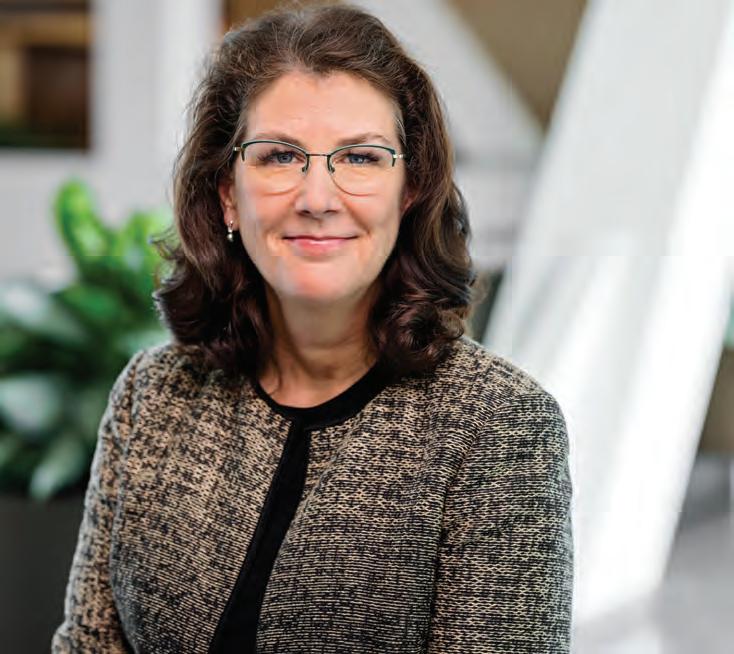
Her desire to embrace opportunities at Union Pacific remains strong.
“There’s always something new to do and interesting to learn,” she said.
A promotion to assistant vice president of investor relations came in 2000, followed by a promotion to president of Union Pacific’s distribution services in 2006. Other positions and promotions followed in marketing and sales and human resources.
In August 2023, she was named president. She oversees the railroad’s Washington, D.C., affairs, public affairs, communications, legal affairs, and corporate strategy and sustainability.
Whited said being a “first” was never her plan for her railroad career.
Instead, during her 37 years with the company, she has looked for opportunities to gain experience and learn.
“I was more just thinking I want to do a good job and someone will notice that,” she said.
She was correct. In 2021, the League
of Railway Women and Progressive Railroading named her Railway Woman of the Year. Whited was included in 2023 by Constellation Research as one of top 50 executives learning change for a sustainable future.
In early 2024, leaders in Marshall, Texas, welcomed her to their community and proclaimed it “Beth Whited Day.” A band played; platitudes followed.
“I’ve never had a band play for me like this, and I’m sure it will never happen again,” she said.
Whited will serve as board chair for the Greater Omaha Chamber, the largest business membership organization in Nebraska, starting in 2025. Her vision is to foster a business community that thrives, but also collaborates and thrives together.
“I’ve always tried to create an environment where everyone feels like they can bring their whole self to work, everyone feels like they’re included –that their opinions and thoughts matter, and that they will be listened to,” she said. “It is one of the most important things you can do as a leader.”


